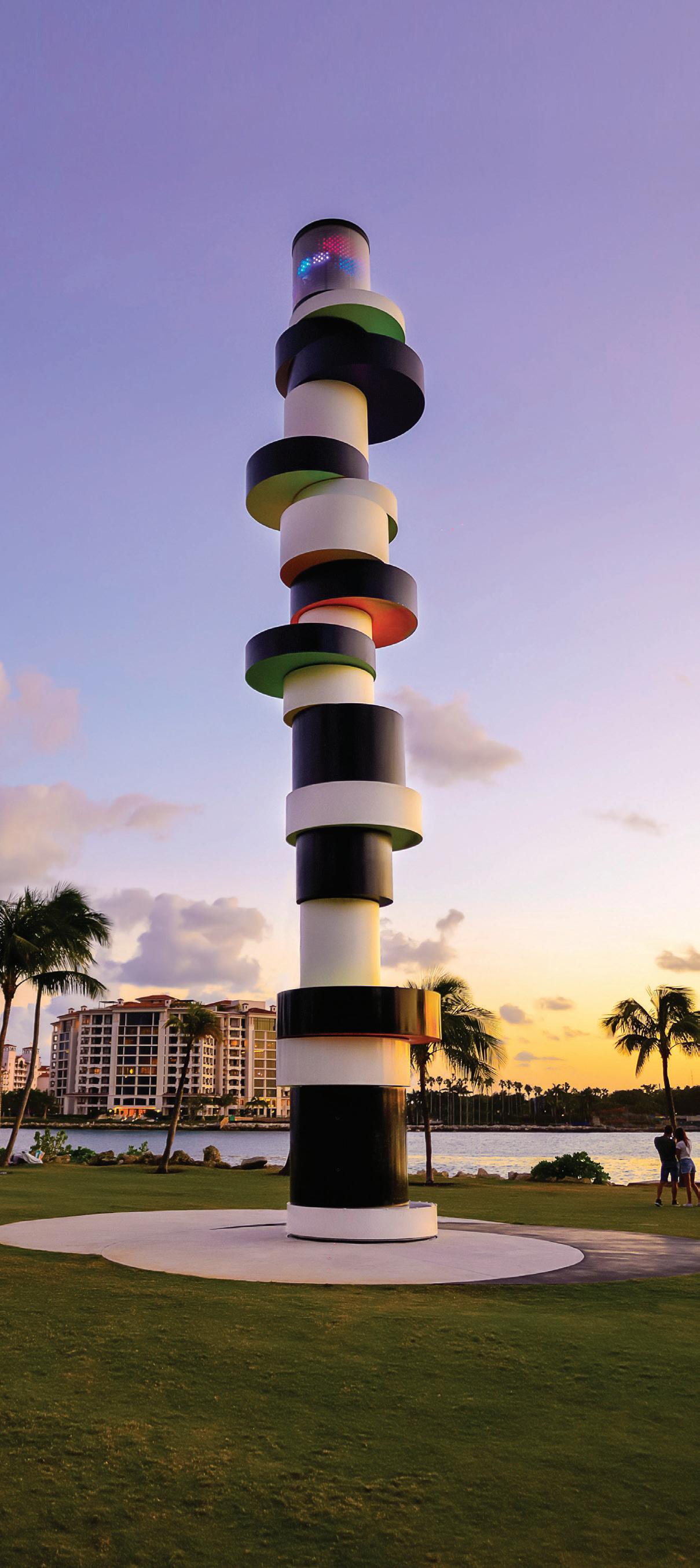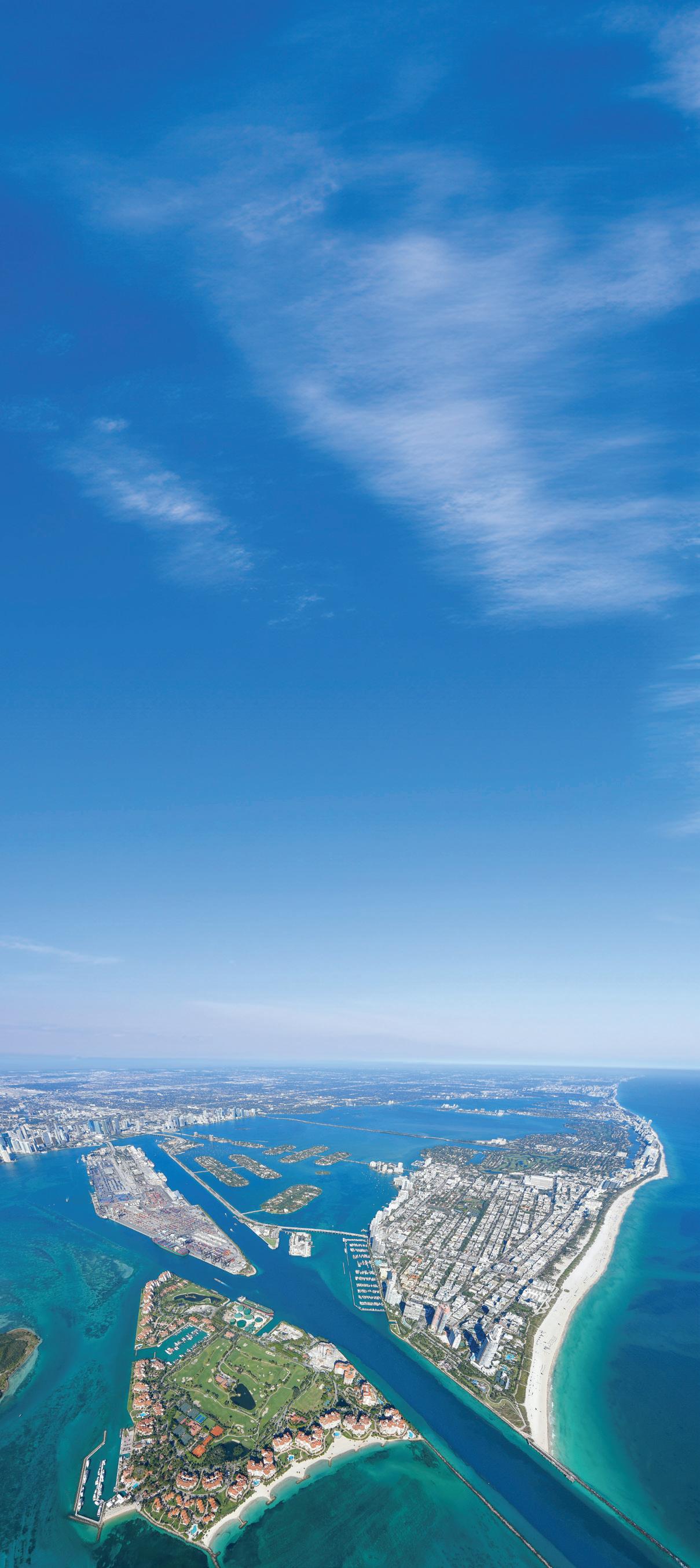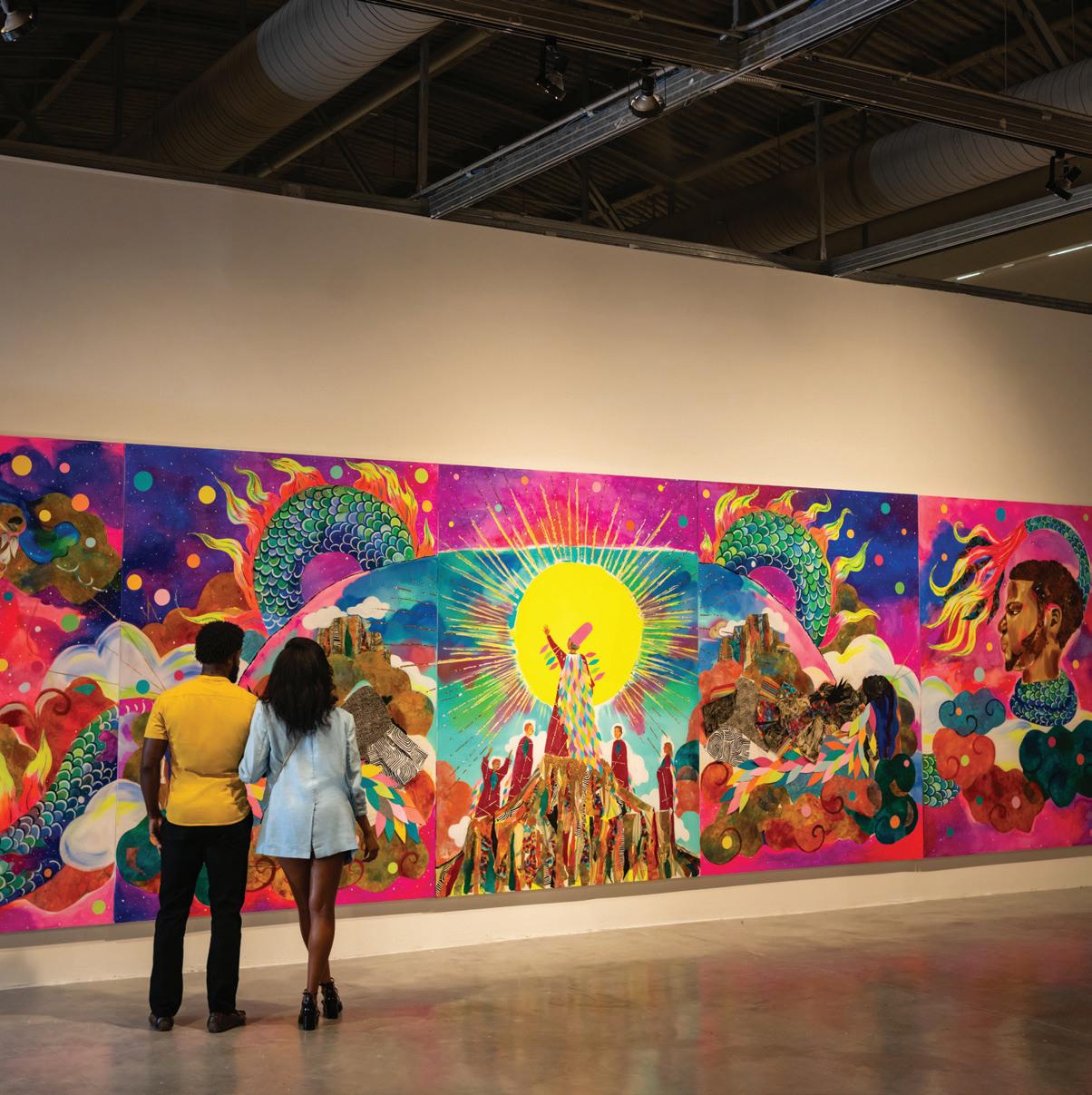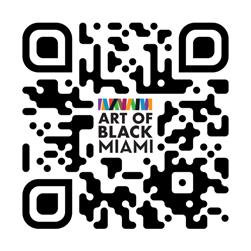










THIS PUBLICATION WAS PRODUCED BY:
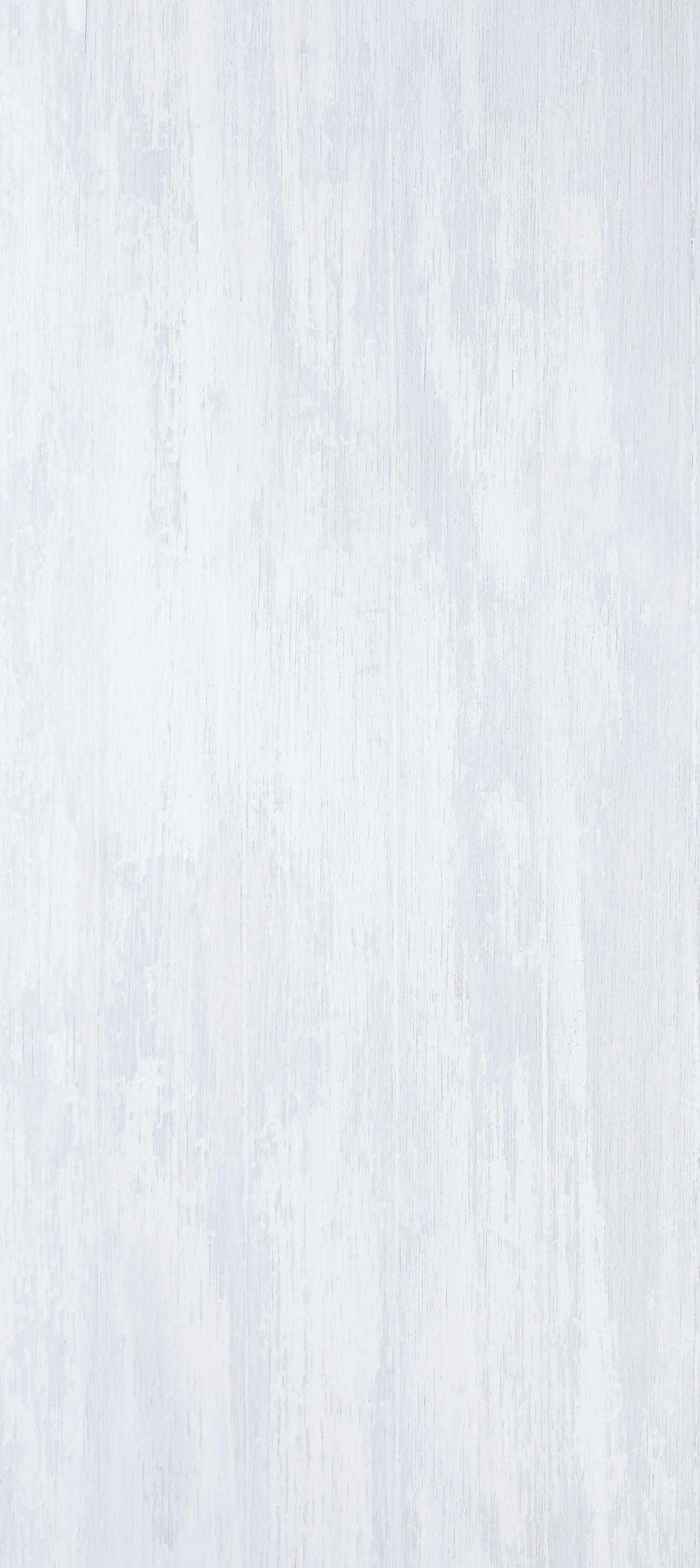
CHAIR
Julissa Kepner
PRESIDENT & CEO
David Whitaker
CHIEF OPERATING OFFICER
Rolando Aedo, CDME
COMMITTEE CHAIR, MULTICULTURAL TOURISM & DEVELOPMENT
Yvette N. Harris
SENIOR VICE PRESIDENT, MULTICULTURAL TOURISM & DEVELOPMENT
Connie W. Kinnard
SENIOR DIRECTOR, TOURISM BUSINESS ENHANCEMENT, MULTICULTURAL TOURISM & DEVELOPMENT
Petra Brennan
EXECUTIVE DIRECTOR, BHI
Graylyn Swilley-Woods, Ph.D.
PROGRAM MANAGER, MULTICULTURAL TOURISM & DEVELOPMENT
Herlinda D. Lombardi
COORDINATOR, MULTICULTURAL TOURISM & DEVELOPMENT
Ella Pedre
SENIOR VICE PRESIDENT, MARKETING & TOURISM
Gisela Marti
DIRECTOR, CREATIVE SERVICES
Junia Parodi
SENIOR EDITORIAL MANAGER, PUBLICATIONS
Robert Franzino
CREATIVE SERVICES MANAGER
Tito Monsante
GRAPHIC DESIGNER
Luis I. Reyes
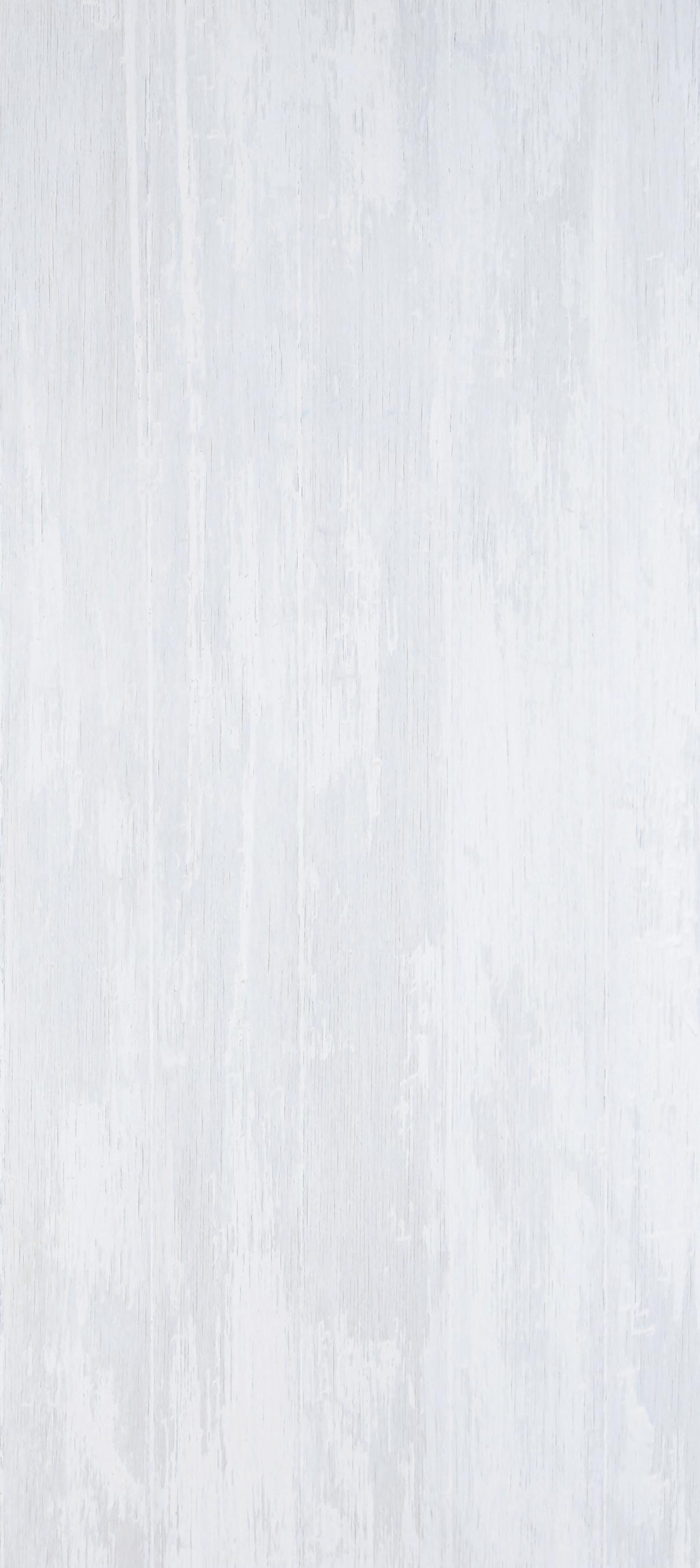
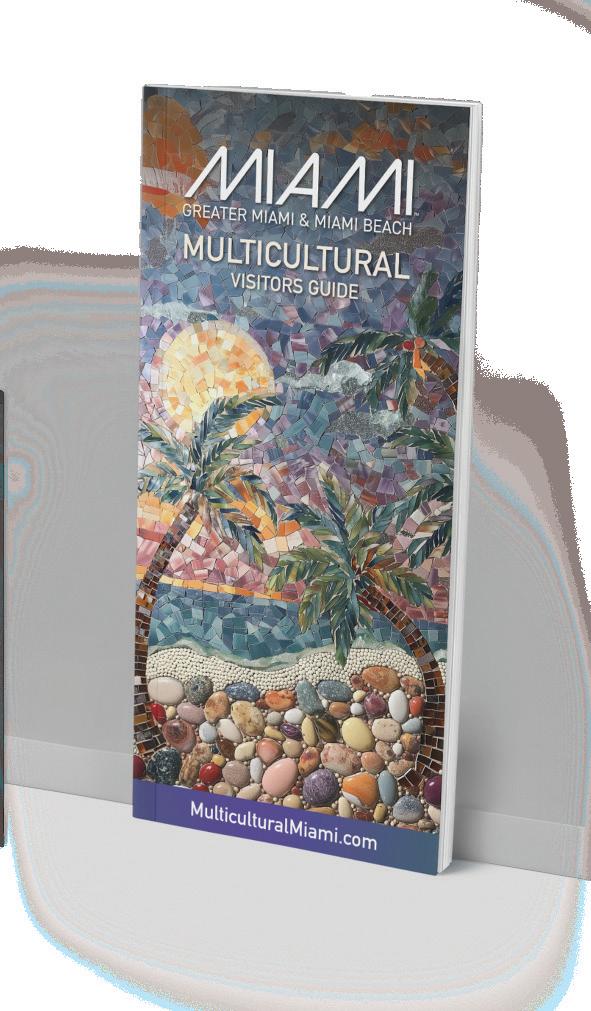
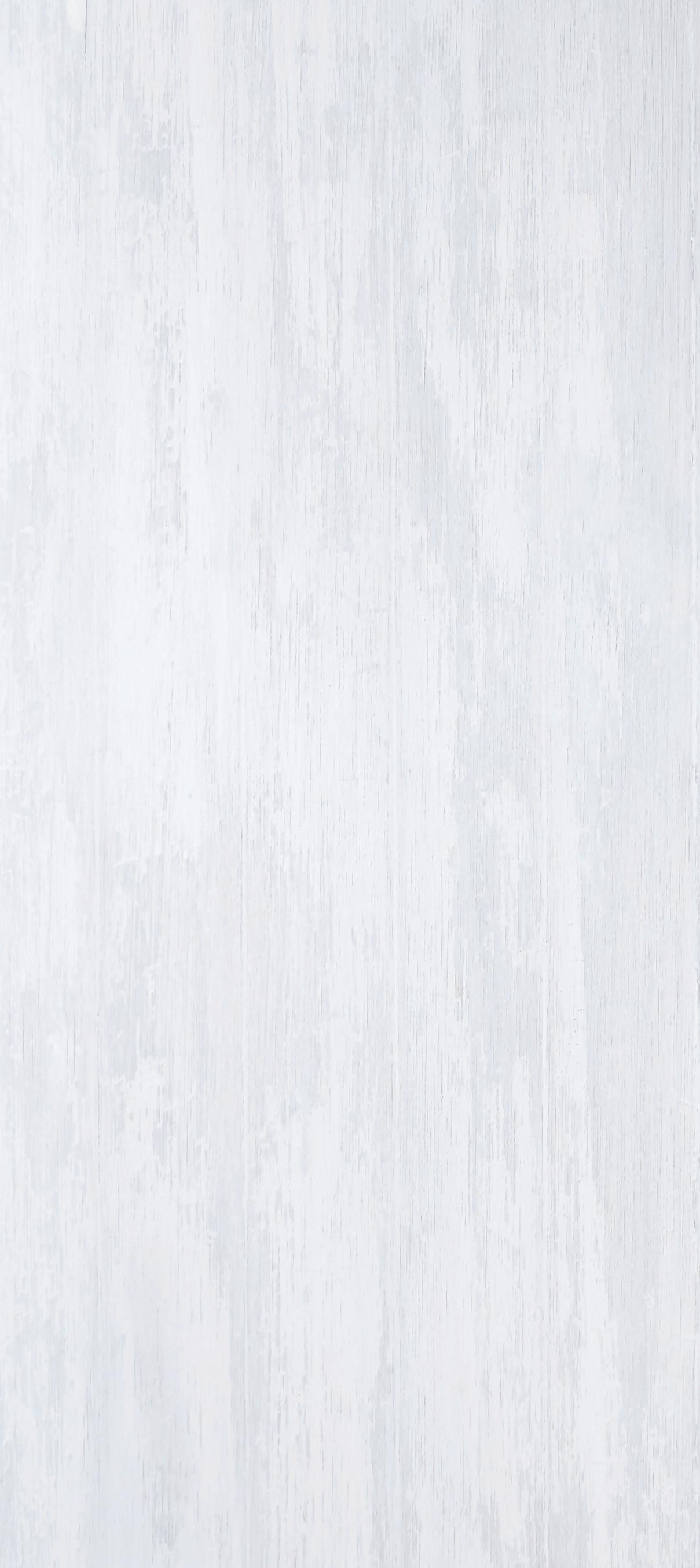
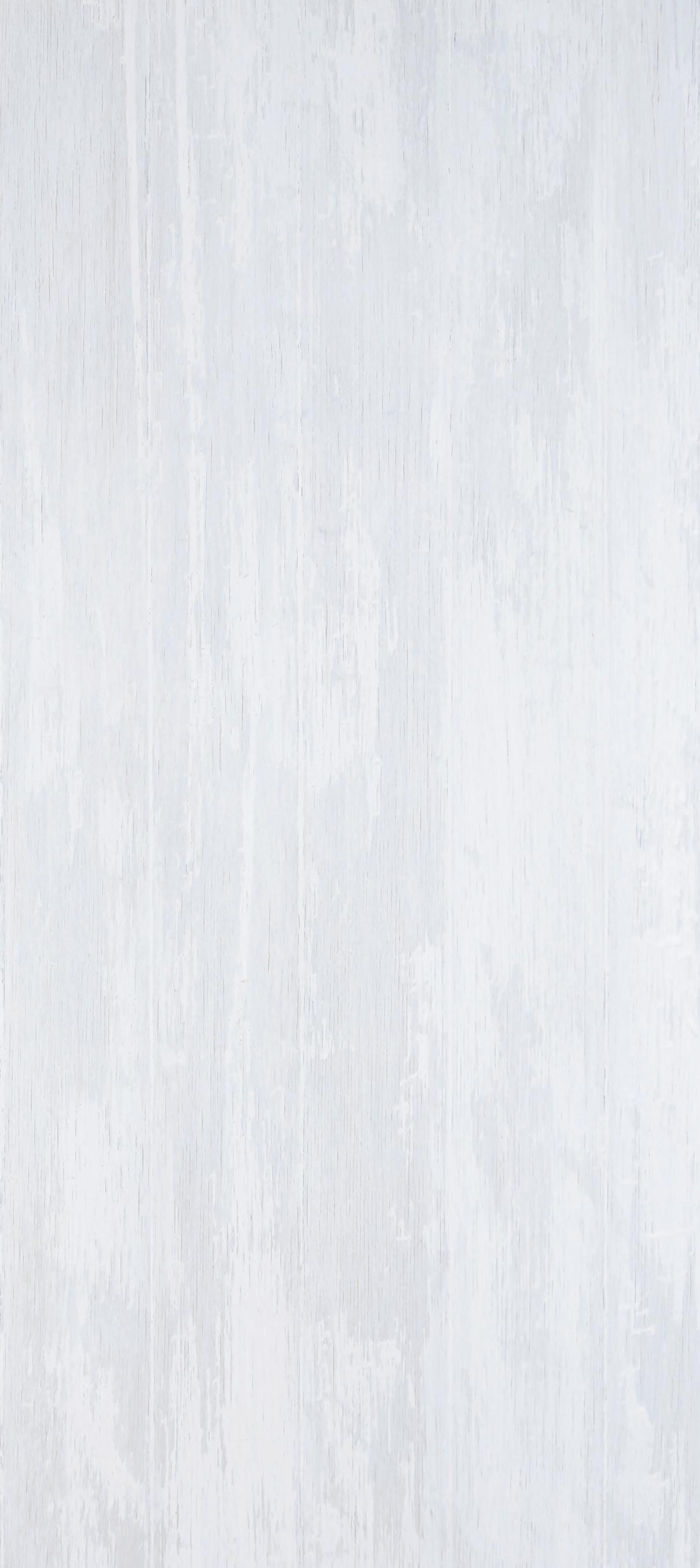
Allapattah
Brownsville
Coconut Grove & Little Bahamas
Doral
Everglades Area & Miccosukee Indian Village
Hialeah & Hialeah Gardens
Historic Overtown
Liberty City
Little Haiti & Lemon City
Little Havana
Miami Beach
Miami Gardens
North Miami
Opa-locka
South
Heights & Homestead
Virginia

The history and heritage throughout Greater Miami & Miami Beach featured in this publication elevate our ongoing efforts to create awareness.
The Greater Miami Convention & Visitors Bureau (GMCVB) is excited to produce the latest edition of the Greater Miami & Miami Beach Multicultural Visitors Guide. The history and heritage throughout our communities featured in this publication elevate our ongoing efforts to create awareness of the many historic sites, attractions, events, restaurants, retailers and businesses that are a part of the cultural fabric of our community.
The GMCVB proudly serves as the official, accredited destination sales and marketing organization for Greater Miami & Miami Beach. It is a private, not-for-profit sales and marketing organization with more than 1,100 private business
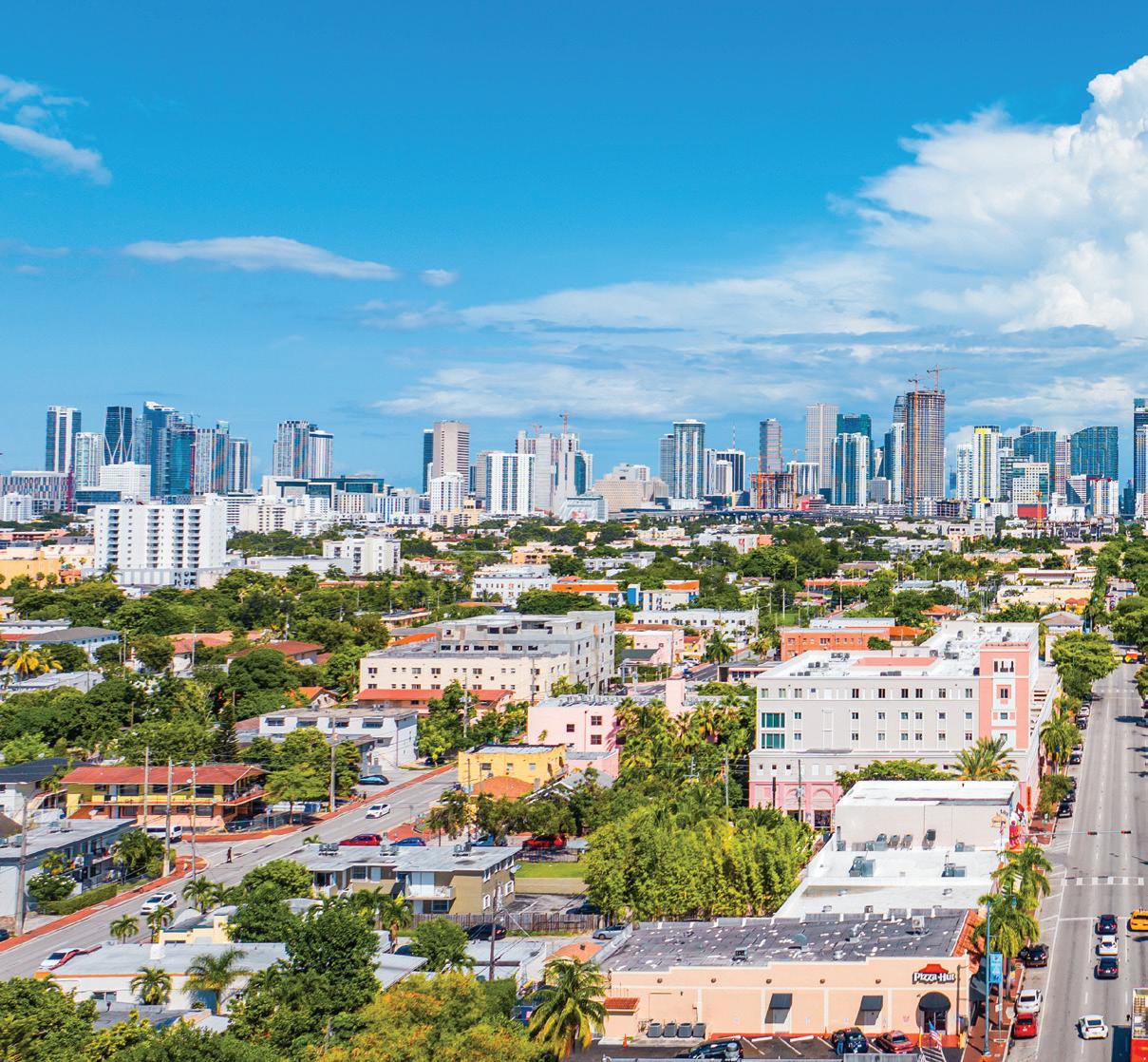
members and local government partners in the community. We are excited to continue representing our multicultural neighborhoods and showcasing the unique diversity of our community through this guide.
Greater Miami & Miami Beach is one of the top destinations in the world for business and leisure travelers. We’re known for beautiful beaches, best-in-class accommodations, dining, attractions, shopping and sports. Arts and culture are the heartbeat that brings this all to life.
Warm regards,
David Whitaker President & CEO
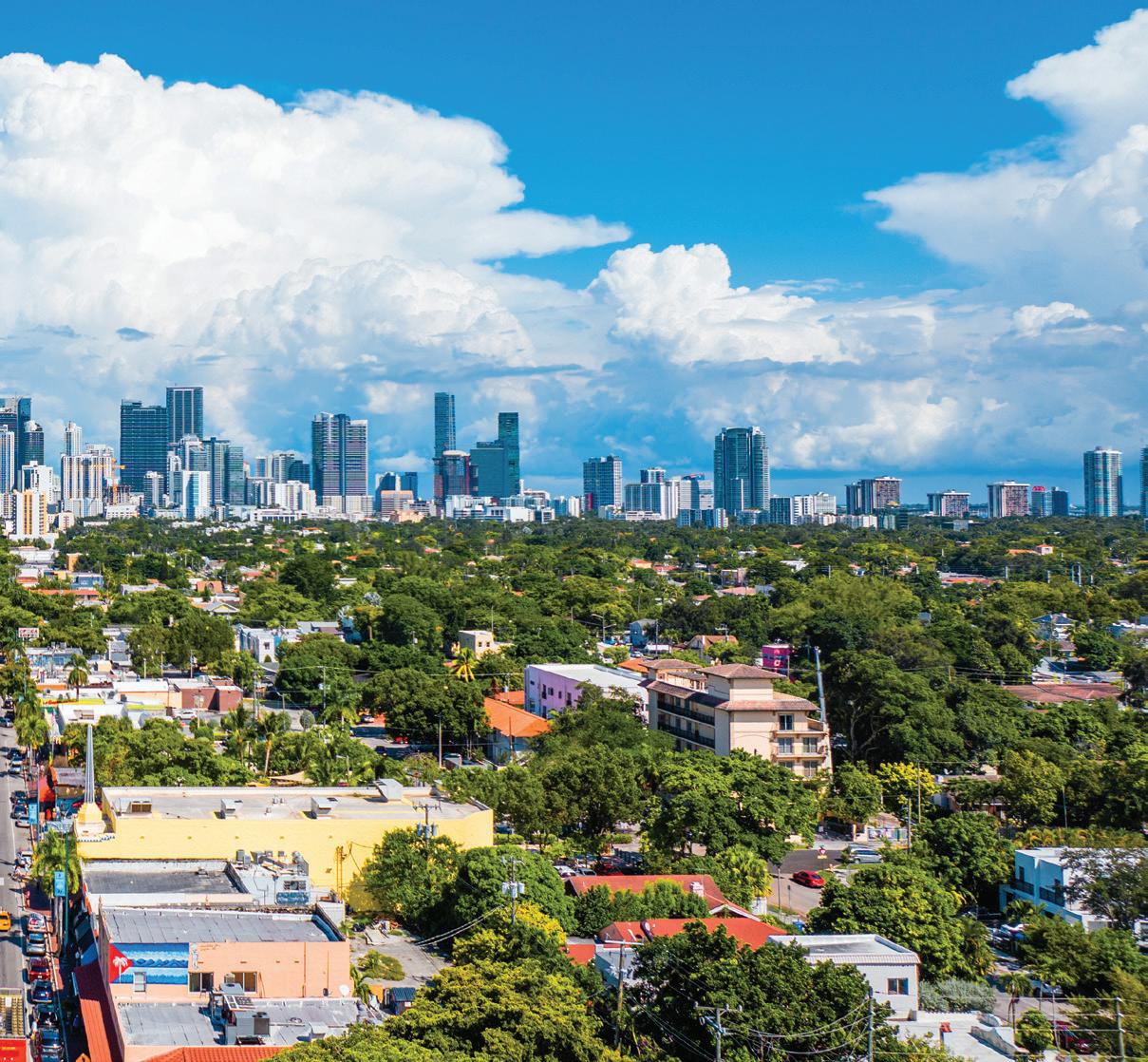
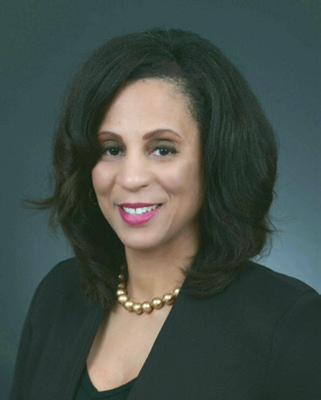
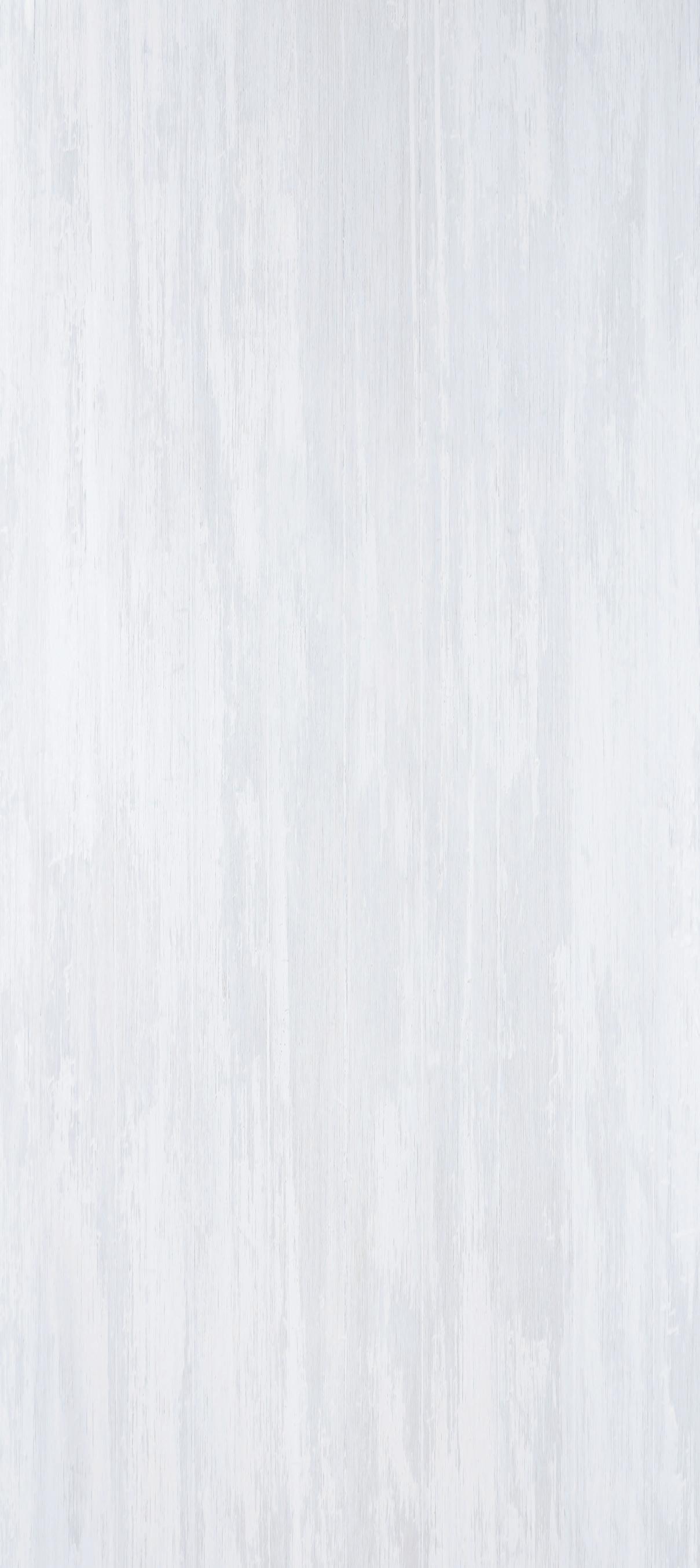
You will find a mosaic of cultures represented through art, music, food and our unique communities.
Welcome to Greater Miami & Miami Beach. Here, you will find a mosaic of cultures represented through art, music, food and our unique communities. Miami’s diverse population comes from many cultural backgrounds and infuses our destination with a soulful, genuine multicultural presence. Are you thinking about visiting or planning a conference in Miami? I hope so! Miami offers an abundance of amazing hotels, one-of-a-kind venues, the reimagined Miami Beach Convention Center, diverse heritage neighborhoods and many memorable experiences. Please come taste, touch and indulge. You won’t be disappointed.
This Multicultural Visitors Guide was created with you in mind. I hope the information included in this publication highlighting our multicultural offerings is helpful as you plan your trip to Greater Miami & Miami Beach and that you consider it your indispensable companion once you arrive. For more information about things to do, places to go, tour operator information and tour ideas to help plan your exploration, visit MulticulturalMiami.com
Sincerely,
Connie Kinnard
Connie W. Kinnard Senior Vice President Multicultural Tourism & Development
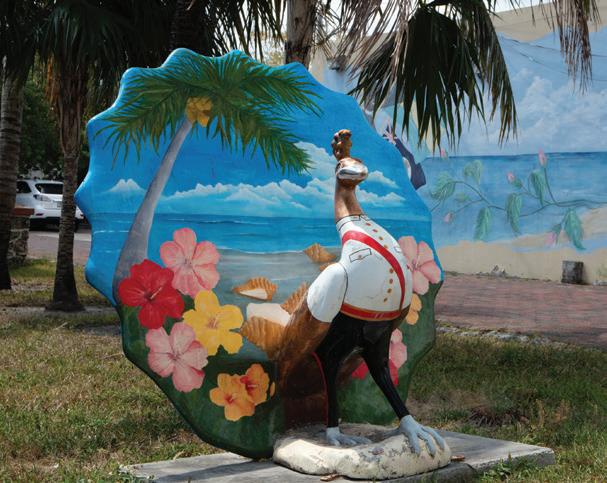
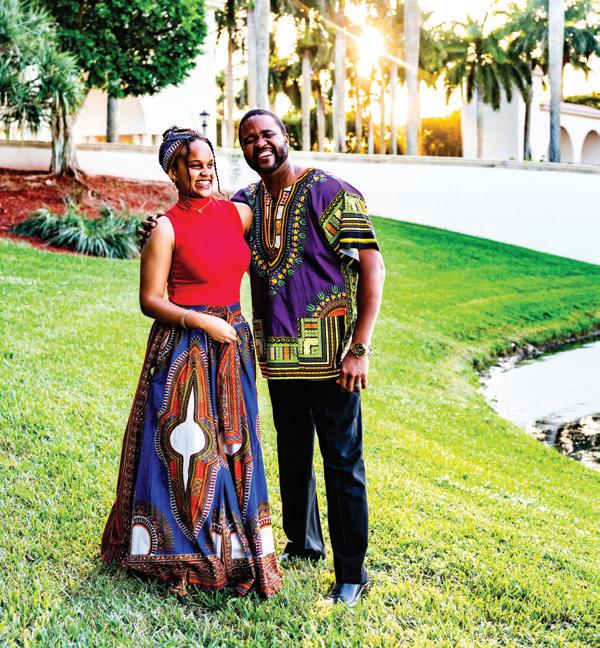
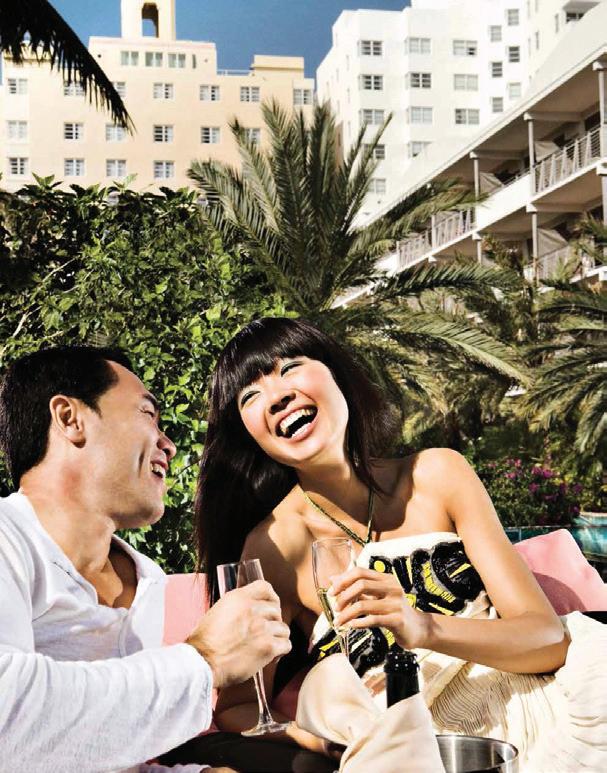
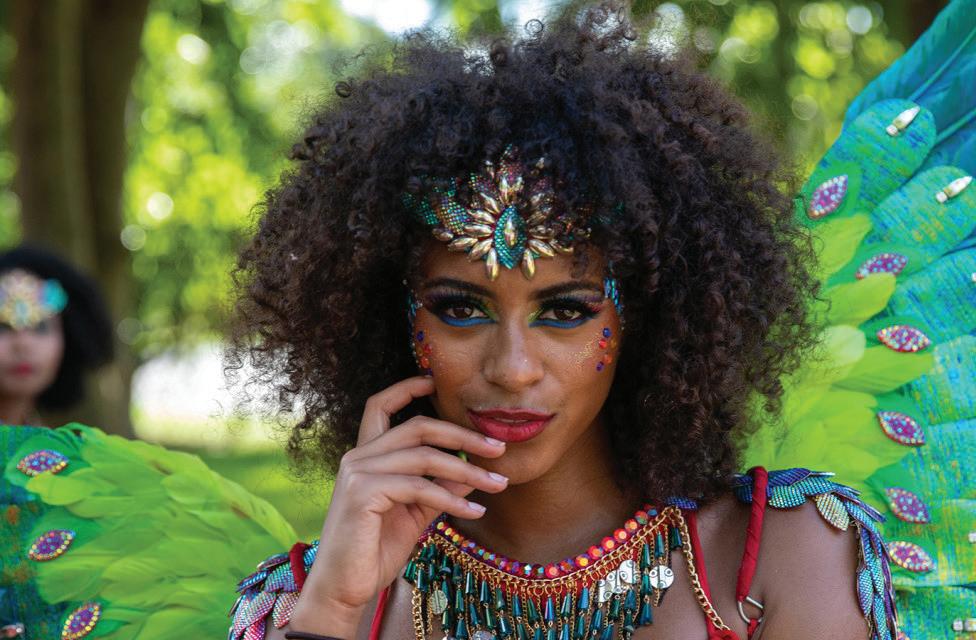
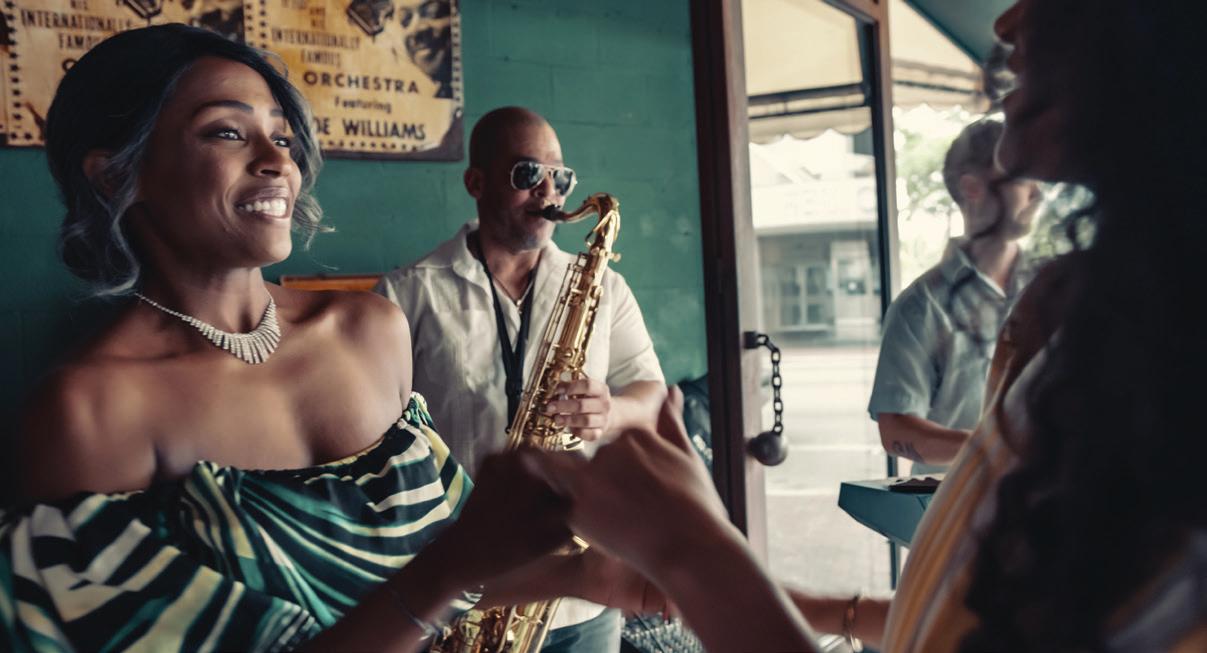
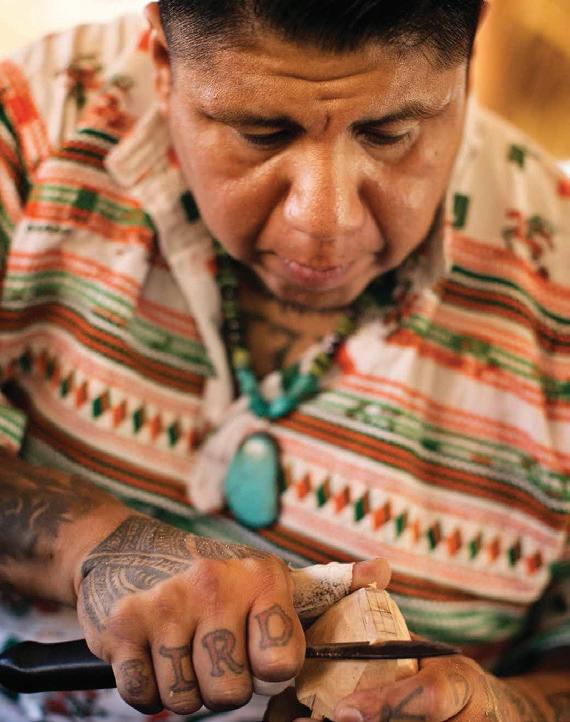
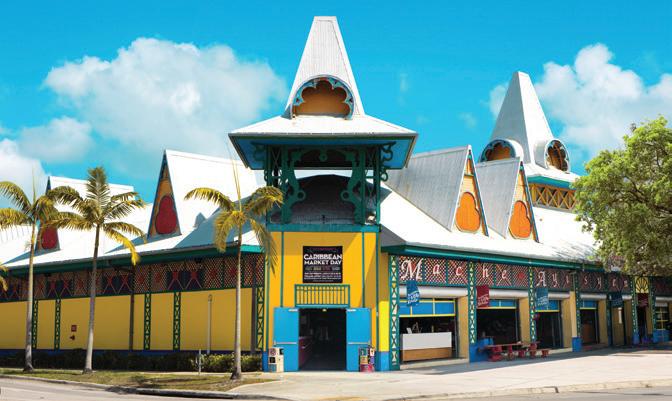
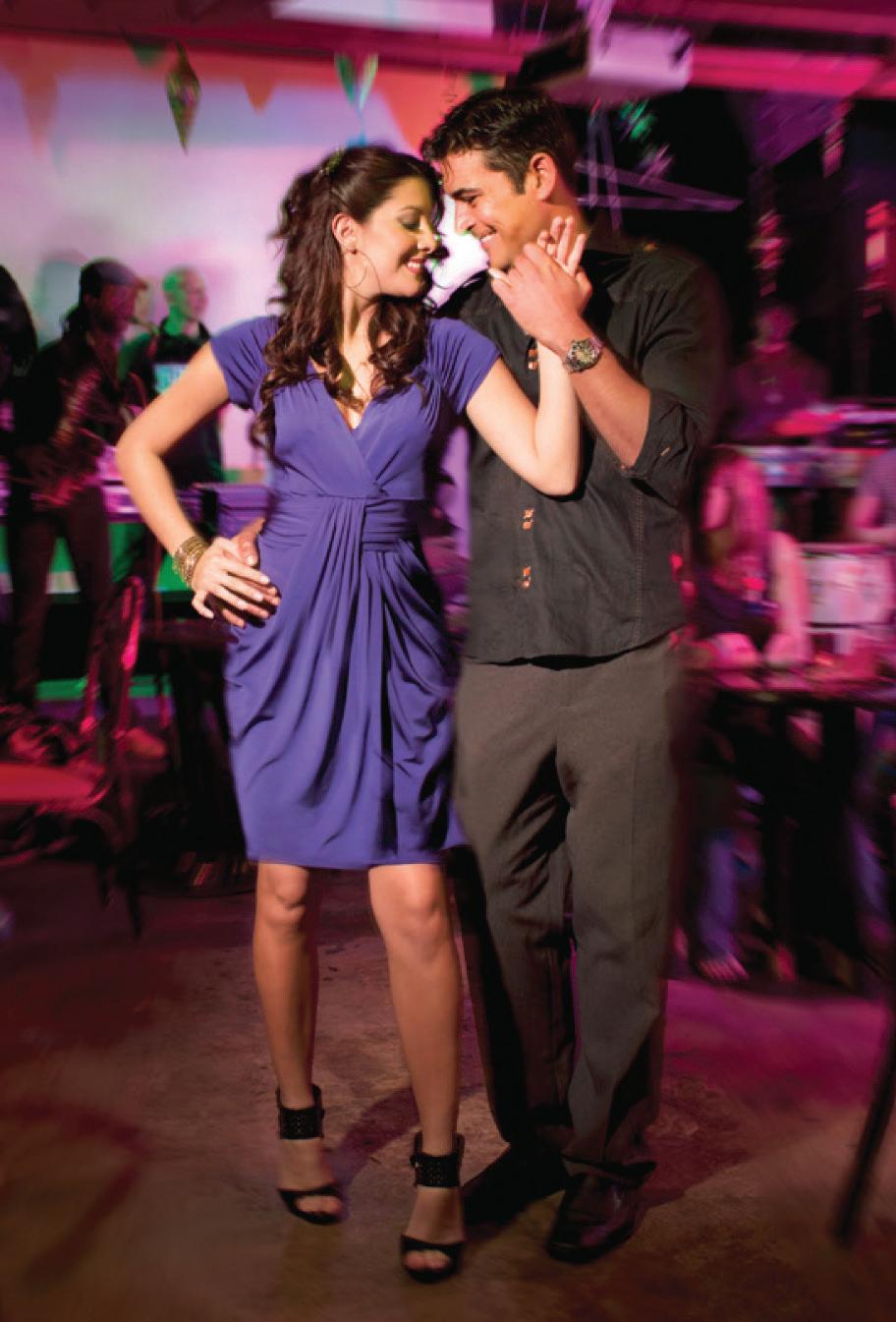
Travel & tourism is the number one industry in Greater Miami & Miami Beach. It supports our economy, which is heavily comprised of small businesses and entrepreneurs serving tourists in many of our iconic neighborhoods.
Every visitor makes an investment in our community when they travel here for a vacation, business meeting, convention or major event. But more importantly, they invest in our people.
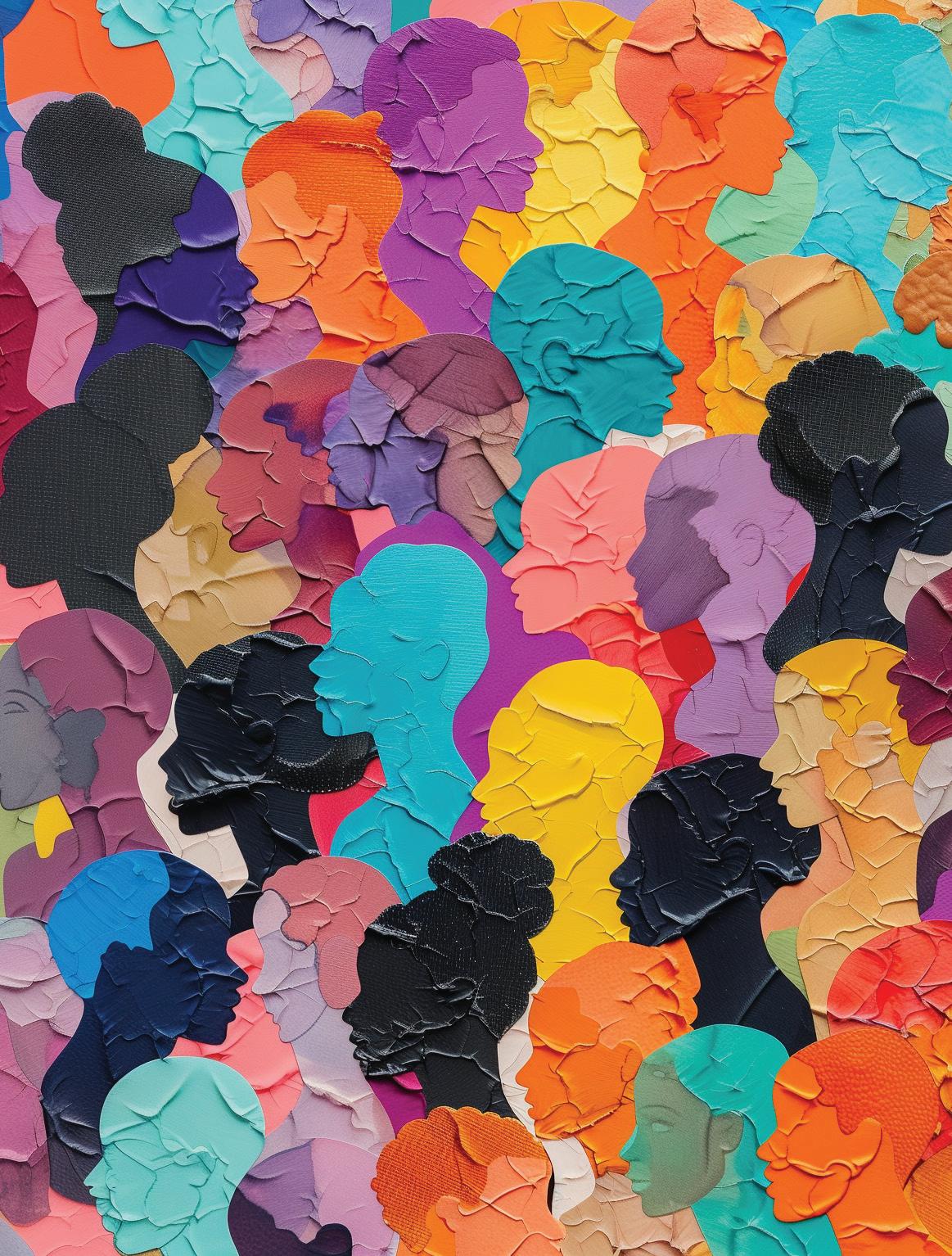

It is always our goal to help foster inclusion and a sense of belonging for residents and visitors. Our cultural landscape helps define our destination’s global brand and is a key differentiator. We thrive on our destination’s authenticity of people, multiple audiences and experiences. This is what helps make our community an ideal place to live, work, play and visit.
Please accept our invitation to visit and learn more about what we and our partners are doing to keep our community a vibrant and accessible destination that welcomes everyone.
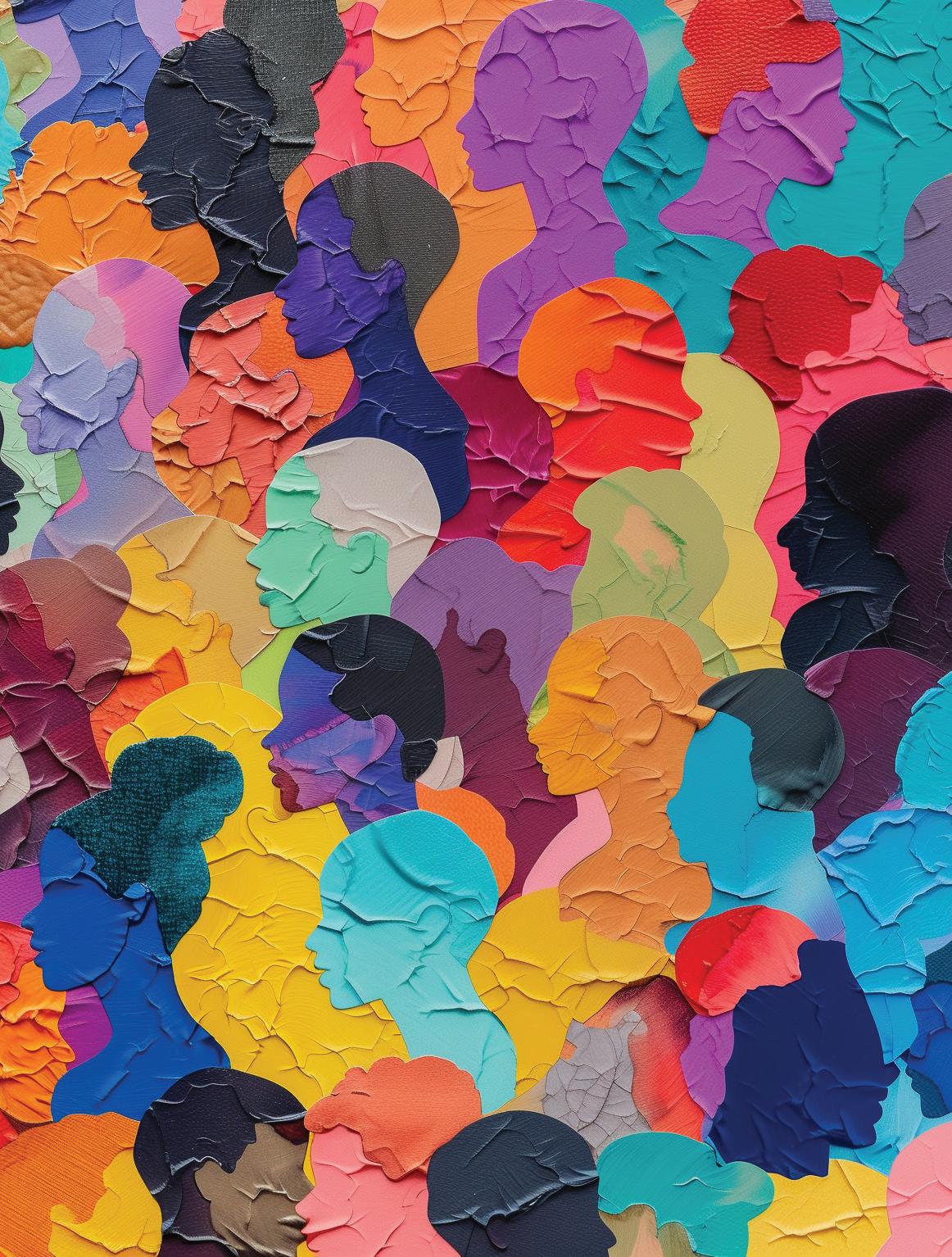


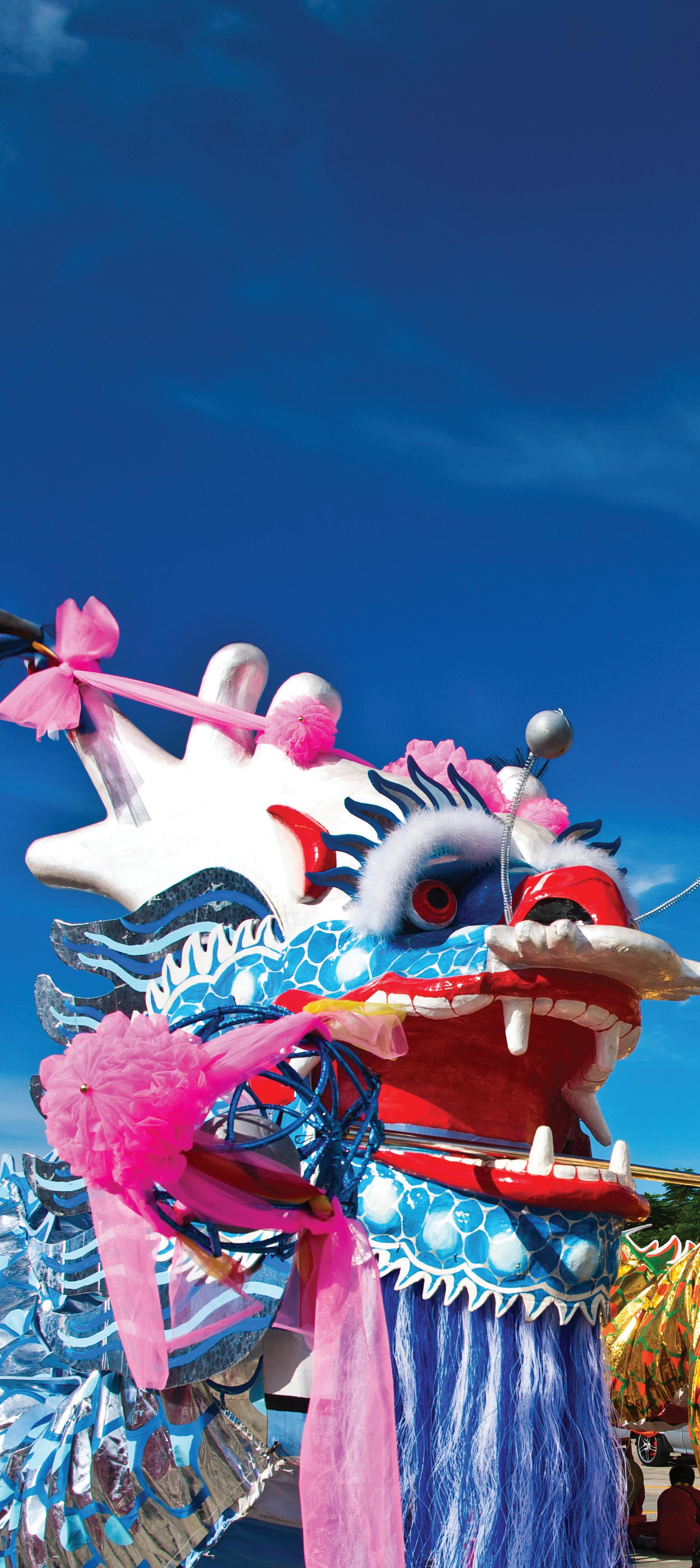
Scan to see Greater Miami & Miami Beach’s full calendar of events.
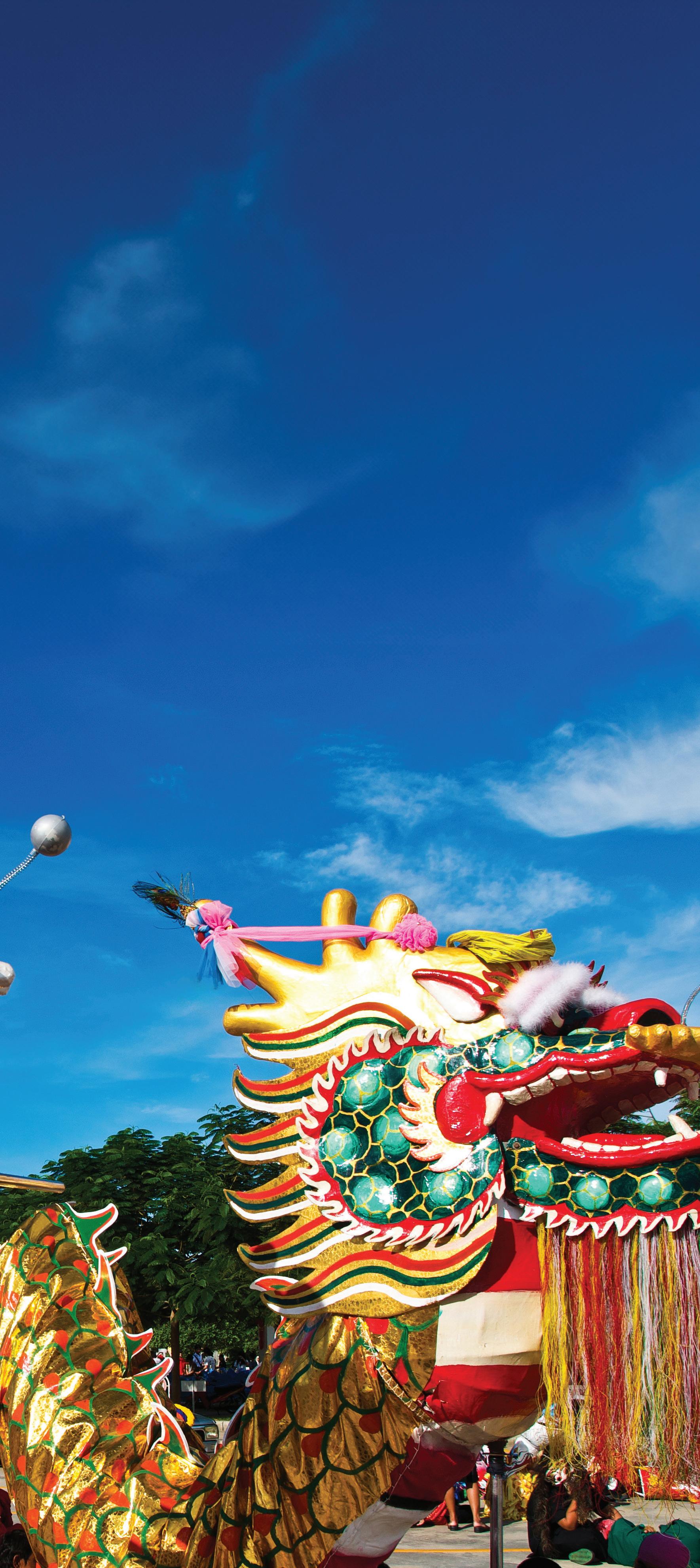
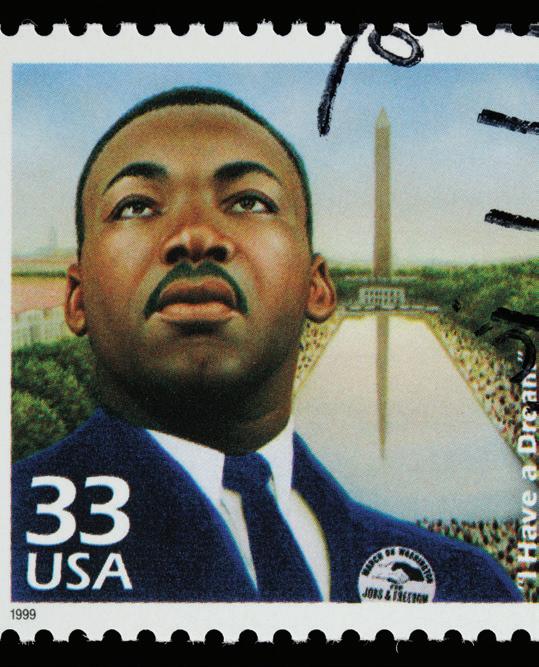
Dr. Martin Luther King Jr. Day Parade
MLKParadeandFestivities.org
José Martí Parade www.HialeahFL.gov
Miami Arts, Culture & Heritage Months MiamiandBeaches.com/Deals
Miami Jewish Film Festival MiamiJewishFilmFestival.org
South Beach Jazz Festival SoBeJazzFestival.com
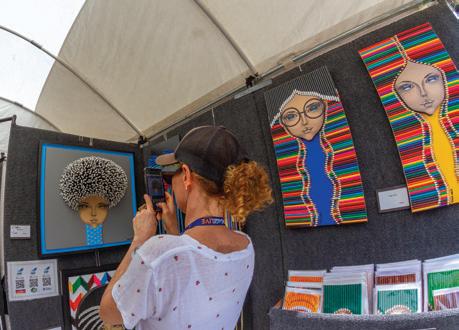
Black History Month Events BlackHistoryMonthMiami.com
Coconut Grove Arts Festival CGAF.com
Japanese Setsubun Festival FriendsofJapaneseGarden.com
Melton Mustafa Jazz Festival Weekend
MeltonMustafa JazzFestival.com
Soul Vegan Festival SoulVeganFestival.com

Asian Culture Festival AsianCultureFestival.net
Calle Ocho Music Festival CarnavalMiami.com
Carnaval on the Mile CarnavalMiami.com
Global Cuba Fest MiamiLightProject.com/ Global-Cuba-Fest
Jazz in the Gardens JazzintheGardens.com
Montreux Jazz Festival Miami MontreuxJazz FestivalMiami.com
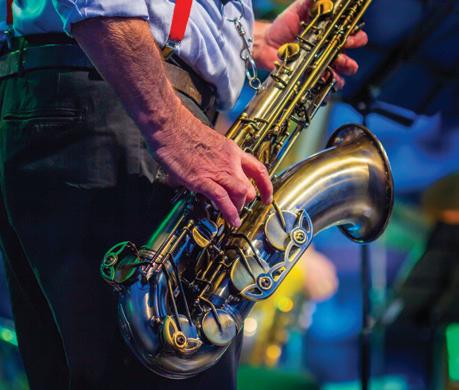
Creole Food Festival CreoleFoodFestival.com
MENA Fest Opa-locka DiscoverOpaLocka.org
Miami Springs River Cities Festival Facebook.com/RiverCitiesFestival
Sankofa Jazz Festival AHCACMiami.org
Third Horizon Caribbean Film Festival ThirdHorizonFilmFestival.com
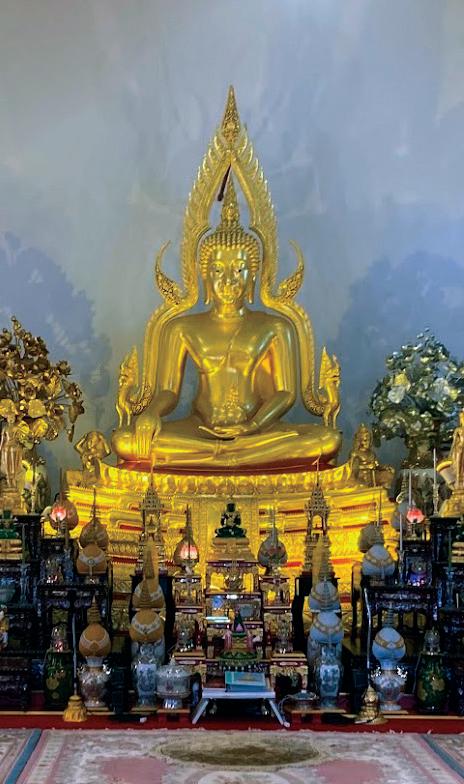
Best of the Best Music Fest BestoftheBestConcert.com
Cuba Nostalgia CubaNostalgia.com
Haitian Compas Festival HaitianCompasFestival.com
Little Haiti Book Festival MiamiBookFair.com/LittleHaiti
SweetHeat Miami SweetHeatMiami.com
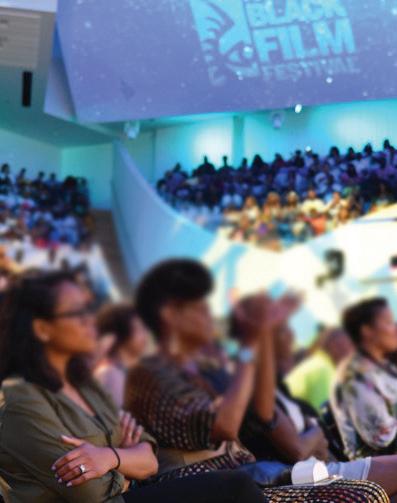
American Black Film Festival (ABFF) ABFF.com
Juneteenth Celebrations MiamiandMiamiBeach.com
Miami Bahamas Goombay Festival MiamiandMiamiBeach.com
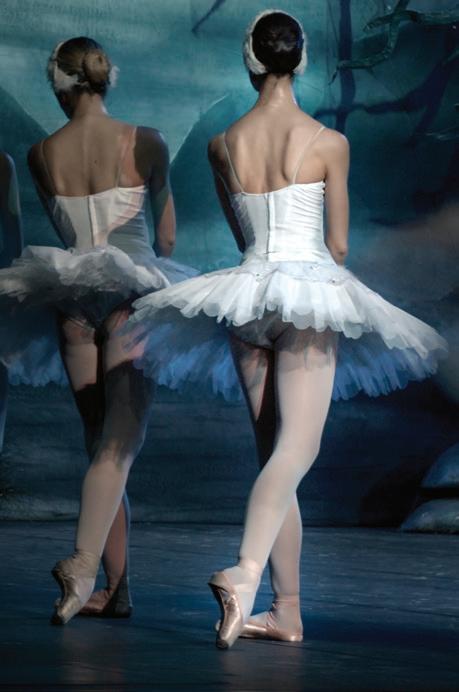
International Ballet Festival of Miami InternationalBalletFestival.org
International Hispanic Theater Festival of Miami TeatroAvante.org
Miami Salsa Congress MiamiSalsaCongress.com
Miami Takeover TheMiamiTakeOver.com
SumFest SumfestMusicFest.com

Black Business Month MiamiandMiamiBeach.com
International Ballet Festival of Miami InternationalBalletFestival.org
Miami Beach Kizomba Festival TheMBKF.com
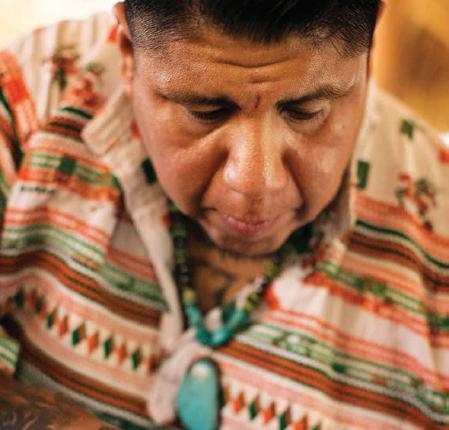
Inffinito Brazilian Film Festival INFF.online
Miccosukee Celebrates American Indian Day Miccosukee.com
Orange Blossom Classic OrangeBlossomClassic.com
Urban Film Festival UrbanFilmFestivals.com

AfrICANDO - U.S. Trade & Investment Conference/Expo AGOACSONetwork.org
Celebrate ORGULLO CelebrateOrgullo.com
iGen Film Festival iGenFilmFestival.info
Miami Carnival MiamiCarnival.org

Miami Book Fair MiamiBookFair.com

Art, Blues and Soul Festival AHCACMiami.org
Art of Black Miami Art Season ArtofBlackMiami.com
Miami Arts, Culture & Heritage Months MiamiandBeaches.com/Deals
Miccosukee Indian Arts & Crafts Festival Miccosukee.com Rolling Loud RollingLoud.com
Umbrellas of Little Havana Art Festival instagram.com/ umbrellasoflittlehavana
Experience Art of Black Miami year-round throughout Greater Miami & Miami Beach. Explore exhibits and art initiatives that showcase the diversity of the visual arts locally, nationally and internationally, celebrating the Black diaspora. Visit ArtofBlackMiami.com for up-to-date art events.
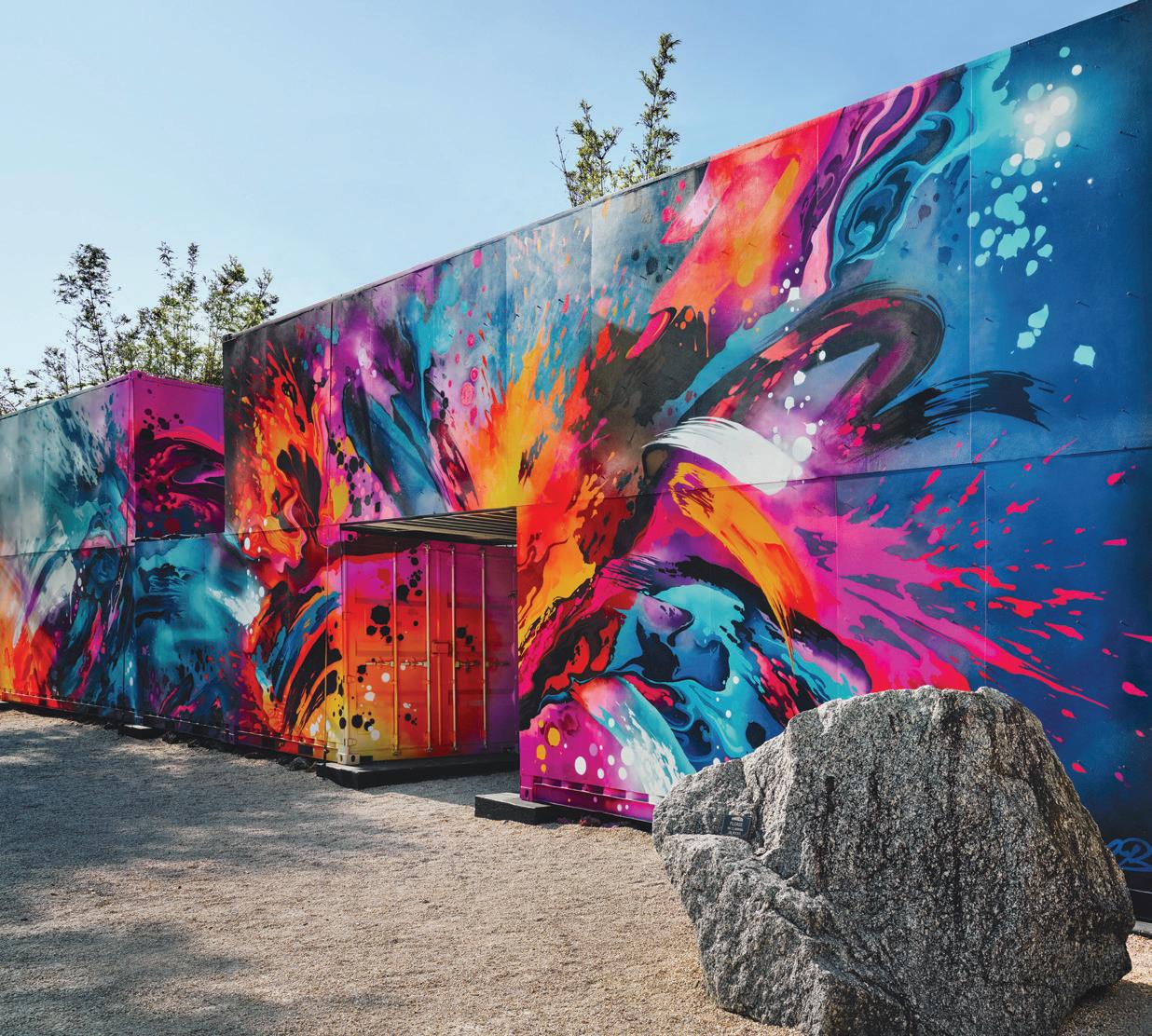
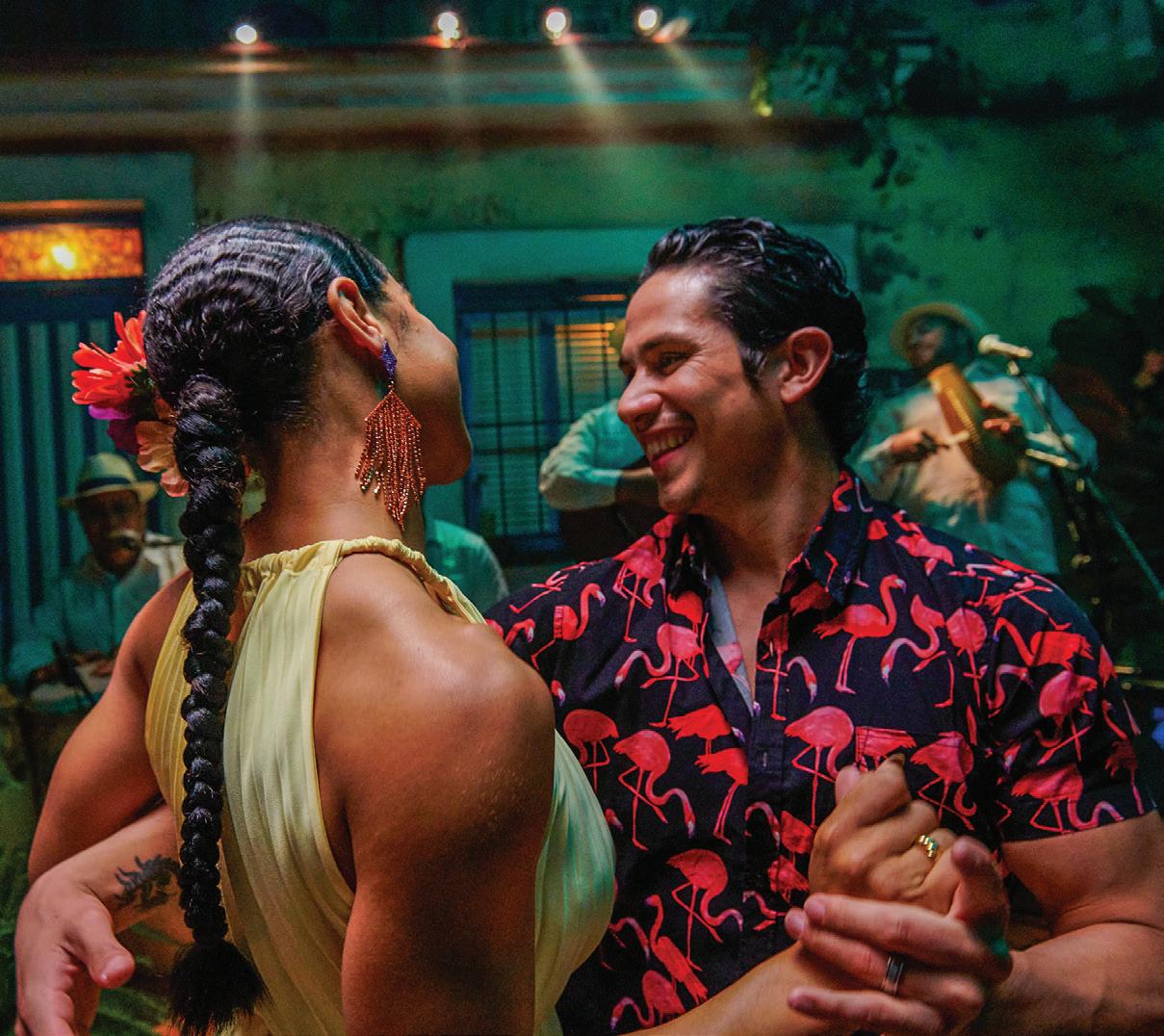


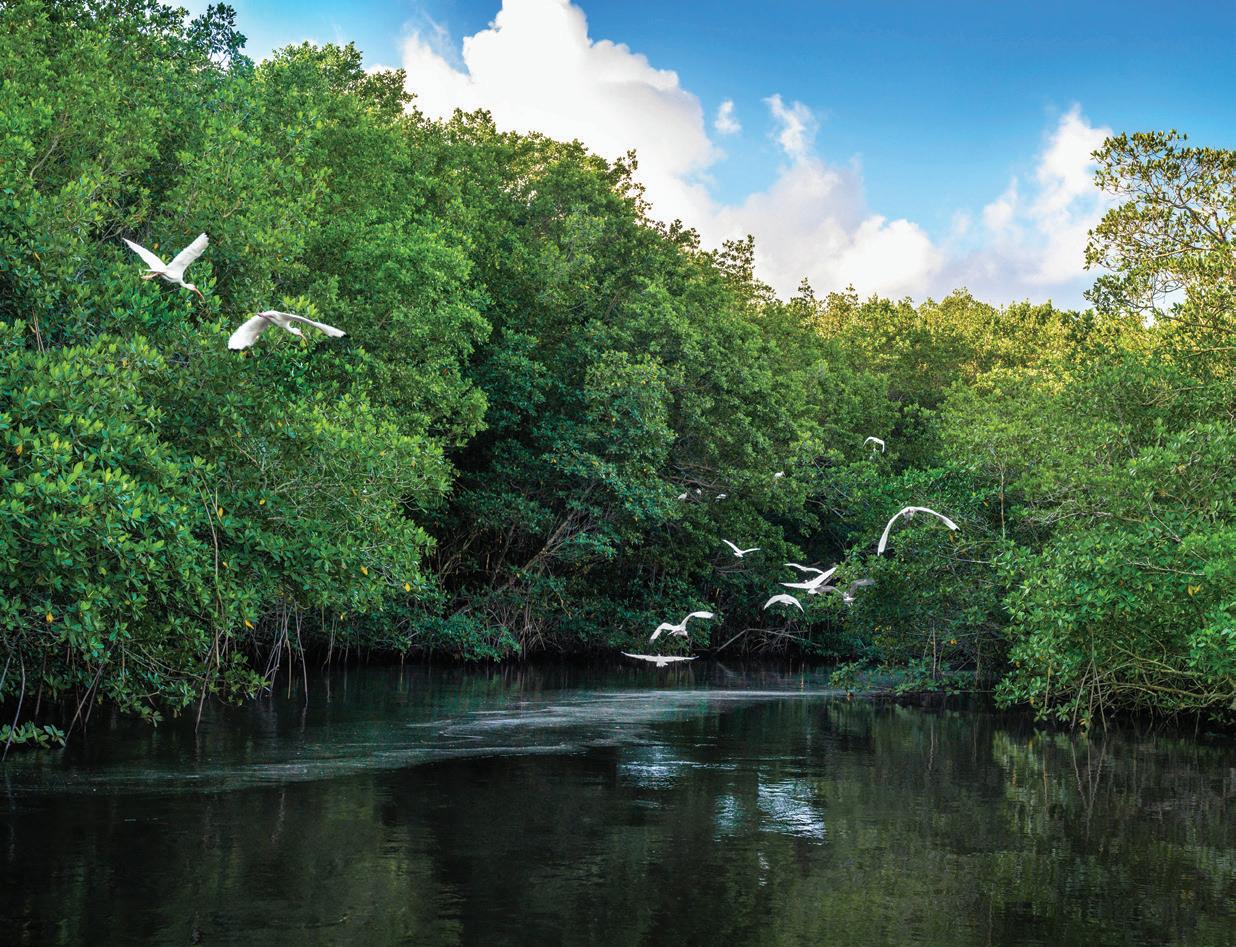
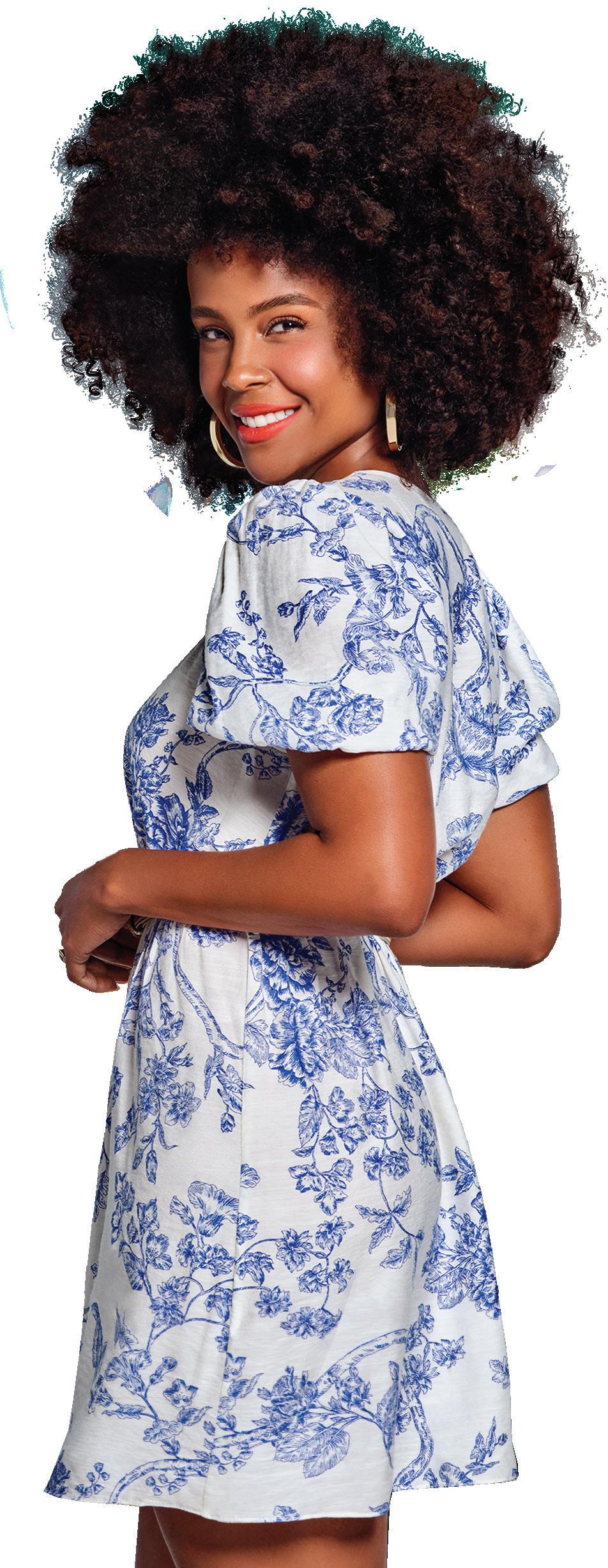
As the vibrant heart of cultural diversity and inclusivity, we are thrilled to invite you on a captivating journey through a mosaic of traditions, flavors and stories that makes up the rich tapestry of our community. Join us in honoring the heritage, history and contributions of various cultures that have shaped Greater Miami & Miami Beach into the extraordinary melting pot it is today. From festivals to art exhibits and from culinary delights to educational experiences, this is your chance to immerse yourself in the captivating beauty of Miami’s multicultural heritage.
The Lunar New Year is celebrated for multiple days in late January and early February and is one of the most important celebrations of the year among East and Southeast Asian cultures. Celebrate Lunar New Year in Miami with a variety of special cultural and culinary events.
Immerse yourself in the richness of Black culture, history and traditions in Miami with soulful music, inspiring art, international flavors and cultural events throughout February during Black History Month.
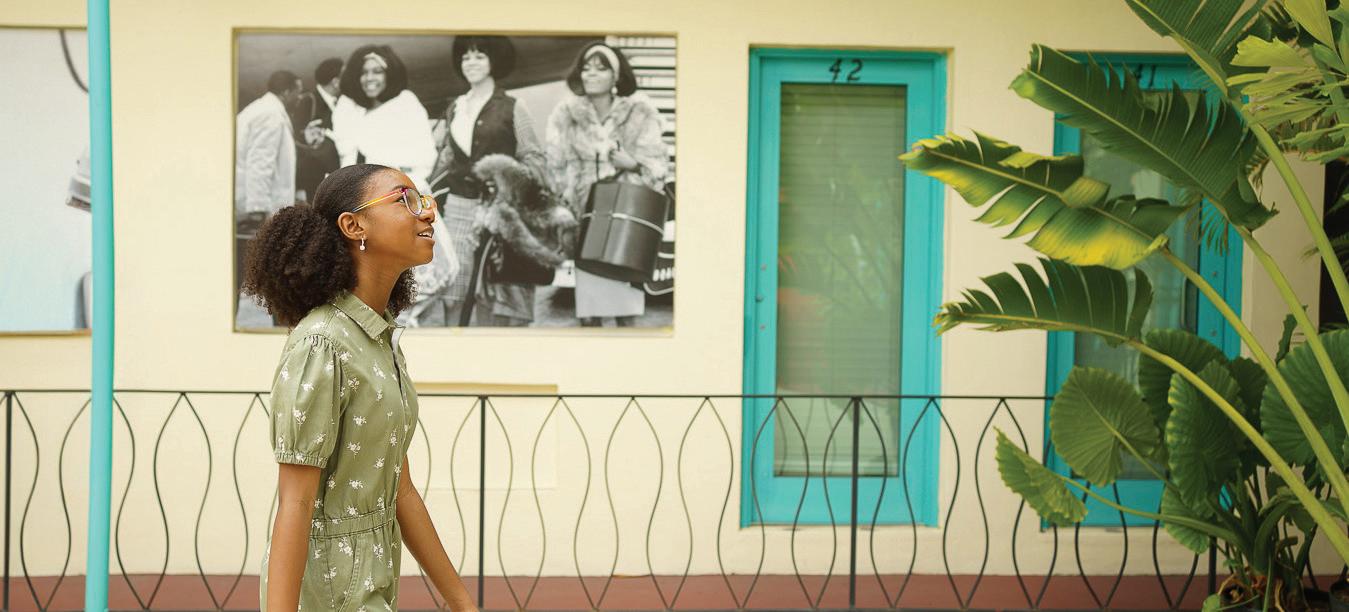
Asian Americans and Pacific Islanders have made lasting impacts throughout Greater Miami & Miami Beach. We recognize these contributions, and how this community continues to enrich our culture in the U.S., by celebrating AANHPI Heritage Month every May.
Explore vibrant Haitian culture by visiting art exhibits, festivals, events and more in honor of Haitian Heritage Month every May.
May is Jewish American Heritage Month, a celebration of Jewish American culture across the country. The idea started right here in Greater Miami & Miami Beach to encourage people to learn about the Jewish American experience in order to combat ignorance and hatred.
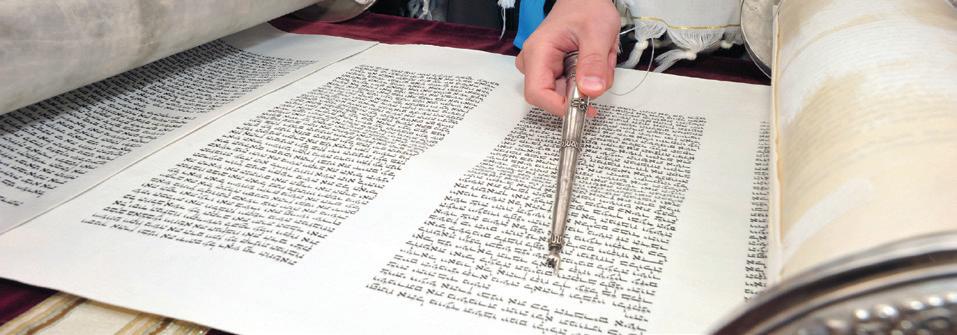
Embrace international cultures during Caribbean American Heritage Month every June as Miami comes alive with festivals, events and live music performances showcasing the Caribbean spirit.
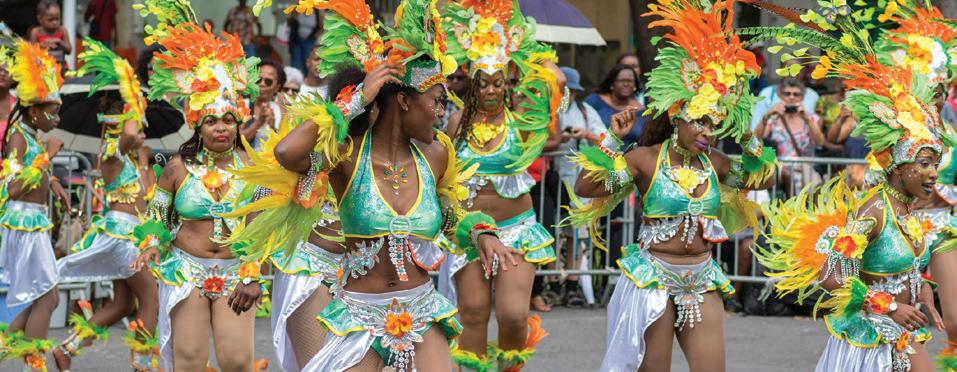
From September 15 to October 15 each year, during Hispanic Heritage Month, immerse yourself in Miami’s Hispanic culture with special events and concerts.
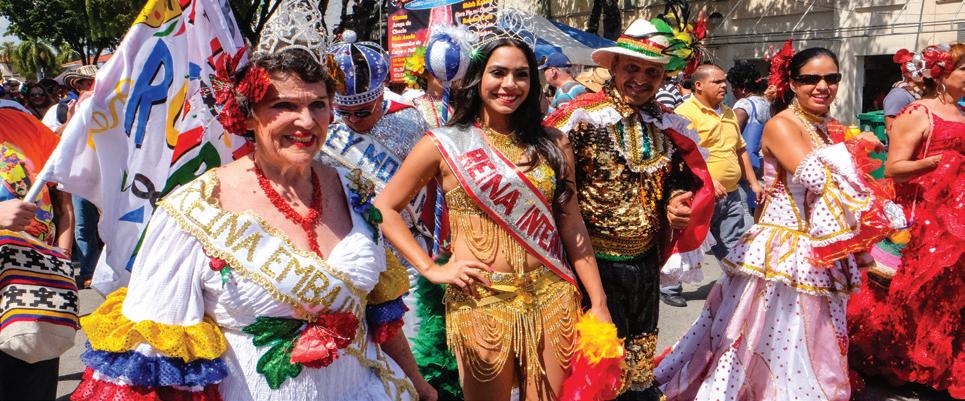
Native American Heritage Month is observed in November, but you don’t have to wait to experience in Miami’s fascinating indigenous culture – it’s all around you, all year long.
Scan to discover more about our heritage months.
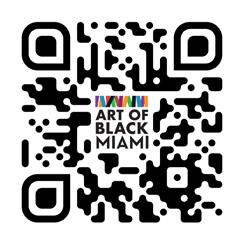
Scan to learn more about the Art of Black Miami program.
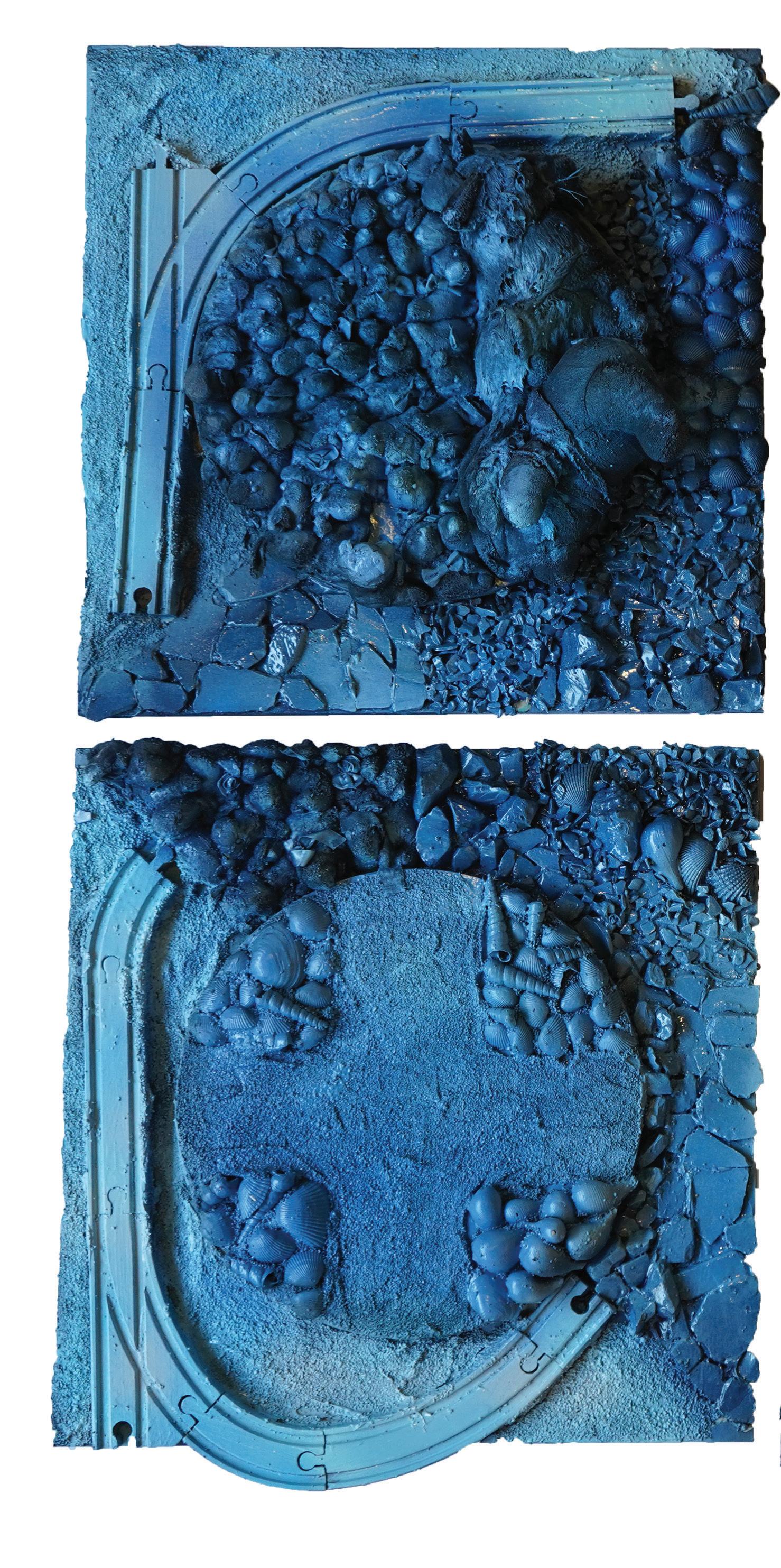
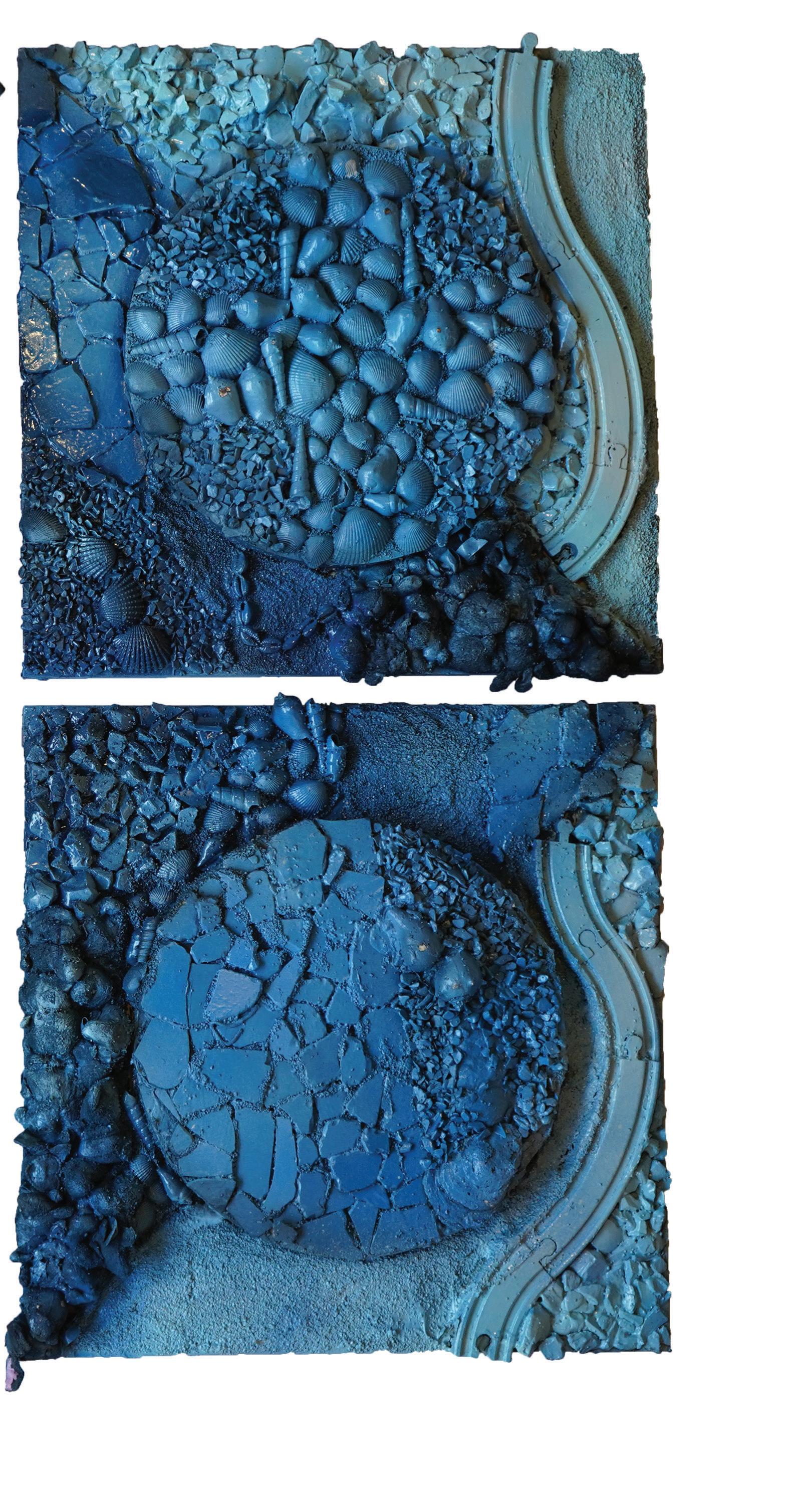
Art of Black Miami was created by the Greater Miami Convention & Visitors Bureau to showcase all genres of the visual arts of the Black Diaspora, representing works from Africa, the Caribbean, Latin America and around the globe.
The program gives visitors and residents the opportunity to learn about local visual artists, discover their stories and get a new perspective on Miami’s vibrant and unique artistic landscape. It highlights the artistic landscape found in heritage neighborhoods and communities year-round throughout Greater Miami & Miami Beach.
During the Art Basel season in December, art events are activated and rolled out through curated art initiatives organized by art organizations, galleries and spaces in neighborhoods including Historic Overtown, Little Haiti, Little Havana, Opa-locka, Downtown Miami and beyond. These shows and events offer a unique appeal and cultural aesthetic, represented in artist-run exhibitions, fairs, performances and pop-up events.
Visit ArtofBlackMiami.com for up-to-date art events, promotions and more information.
Always looking to expand its Art of Black Miami programming, the Greater Miami Convention & Visitors Bureau debuted the Art of Black Miami Podcast Series in the summer of 2021. The aim of the podcasts is to highlight and give voice to Miami’s established and emerging artists from the Black diaspora who make Miami such an exciting place to live and visit. Miami-based artists share their unique experiences and artistic expression influenced by Miami’s cultural landscape, rich heritage and mosaic of neighborhoods. Each podcast ranges from 12 to 15 minutes. They also include links to the artists so listeners can explore further and perhaps even buy some art.
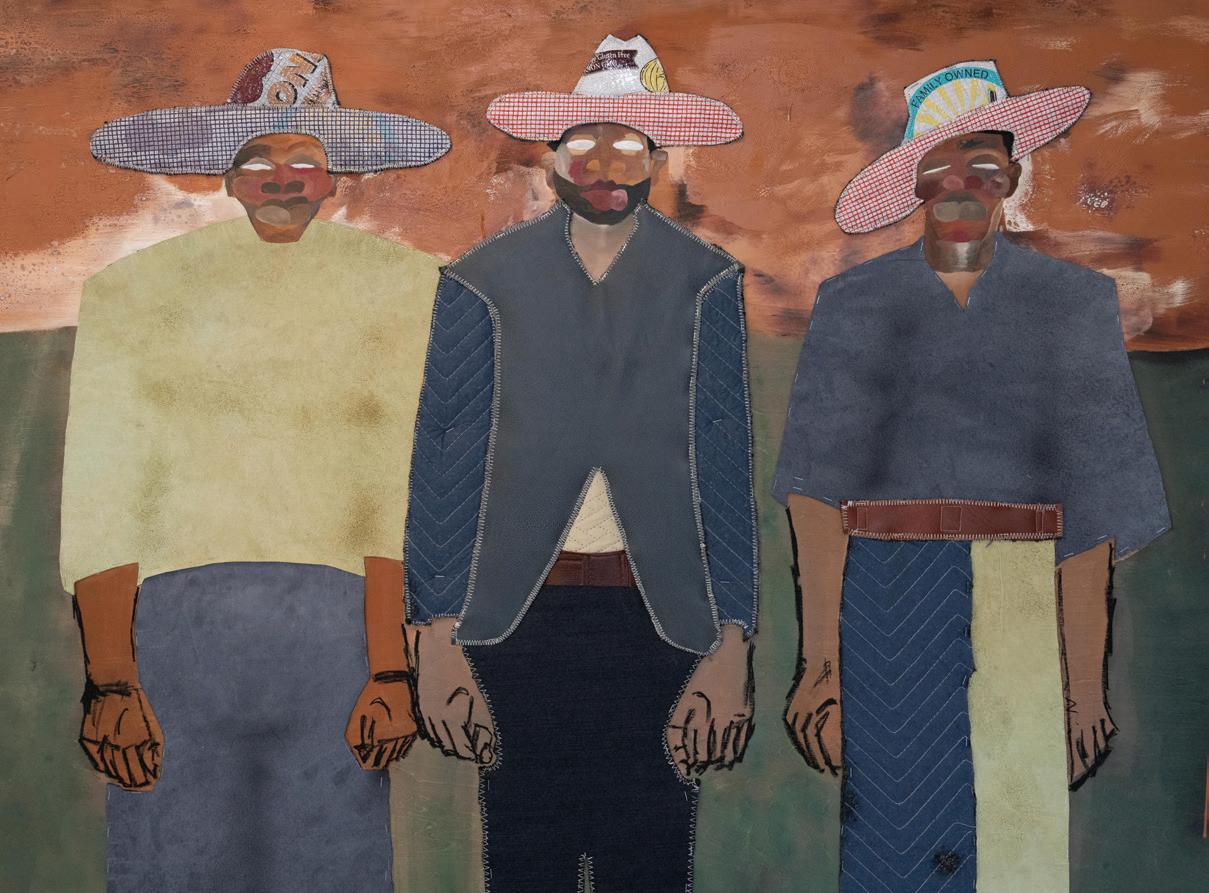
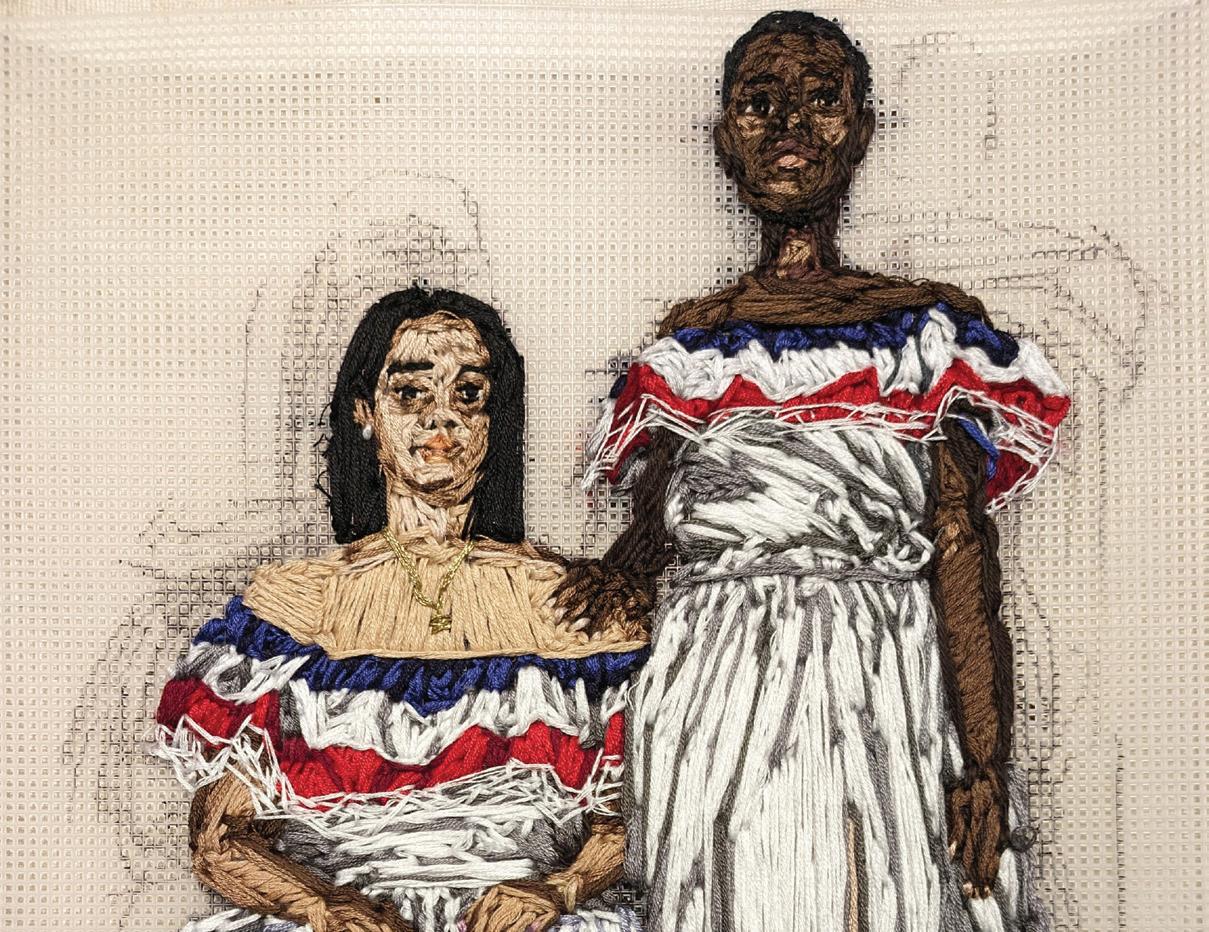
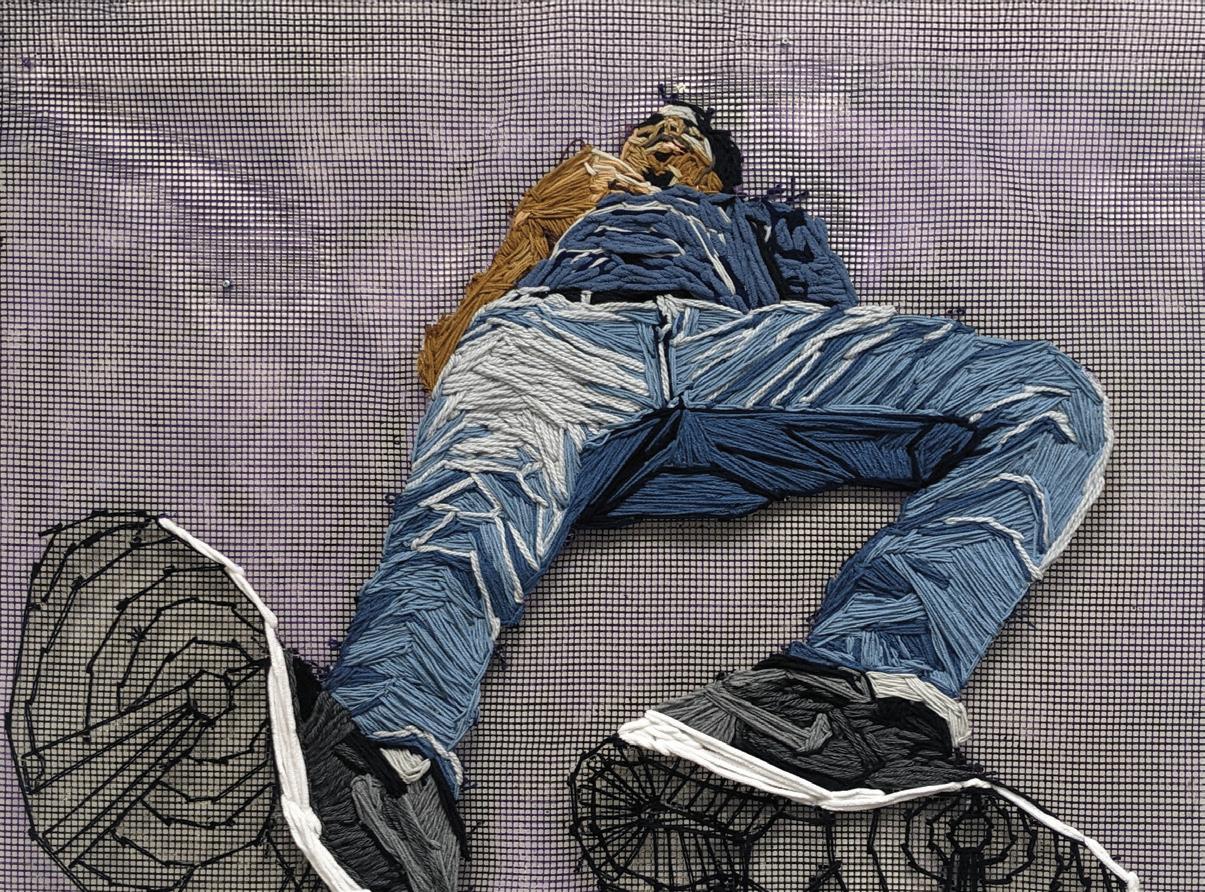
Scan to discover Art of Black Miami podcasts.


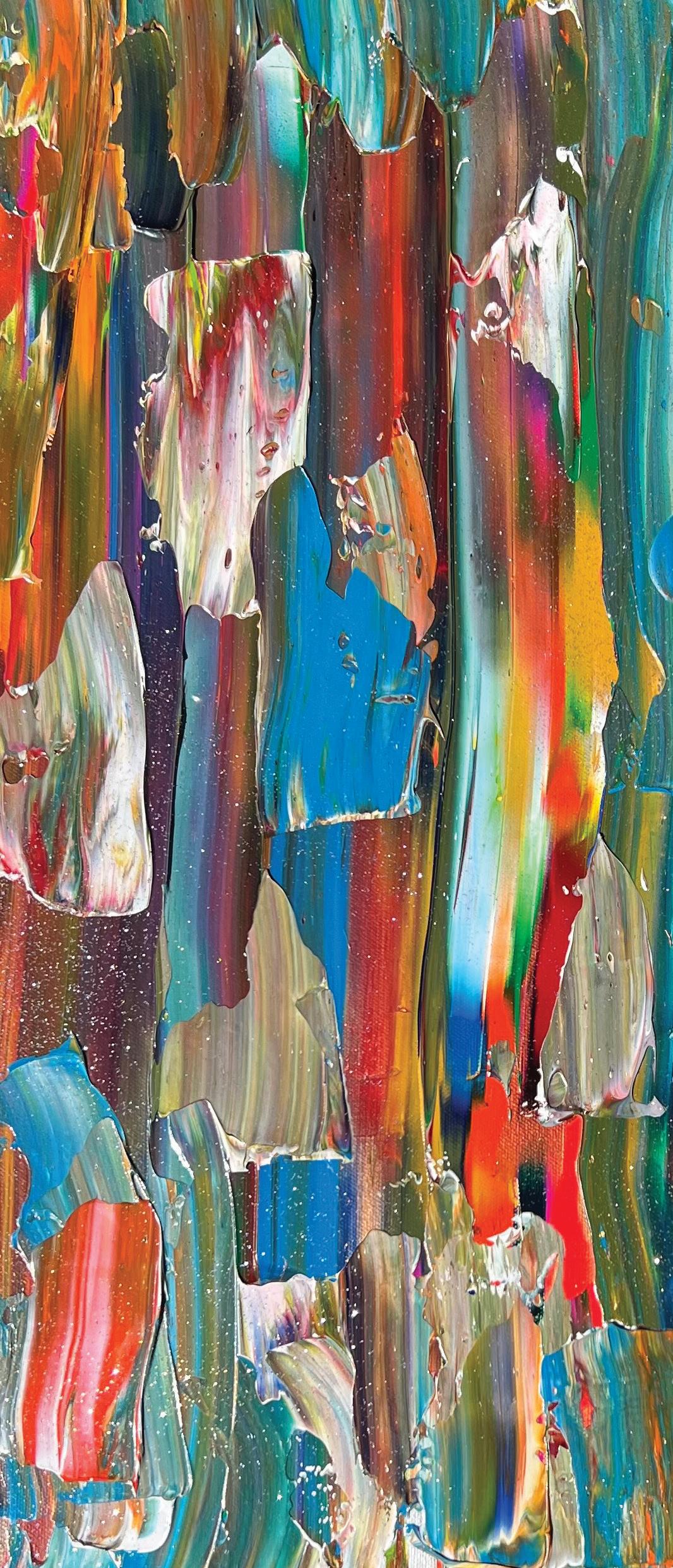
Scan to learn more about Greater Miami & Miami Beach’s multicultural neighborhoods as well as tour operators and tour ideas.
From historic Black neighborhoods to vibrant communities with residents hailing from Latin America, the Caribbean and other regions, Greater Miami & Miami Beach’s diversity offers visitors a truly multicultural experience.
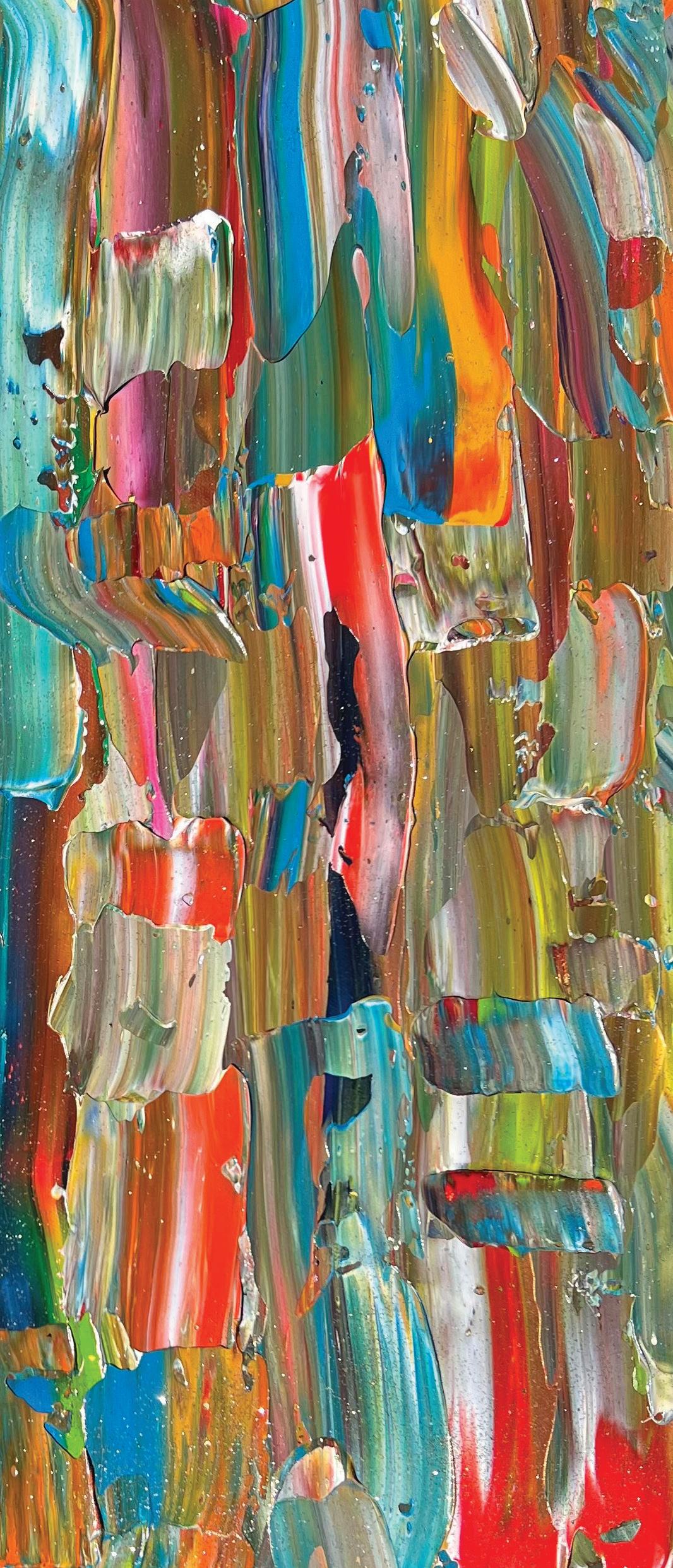
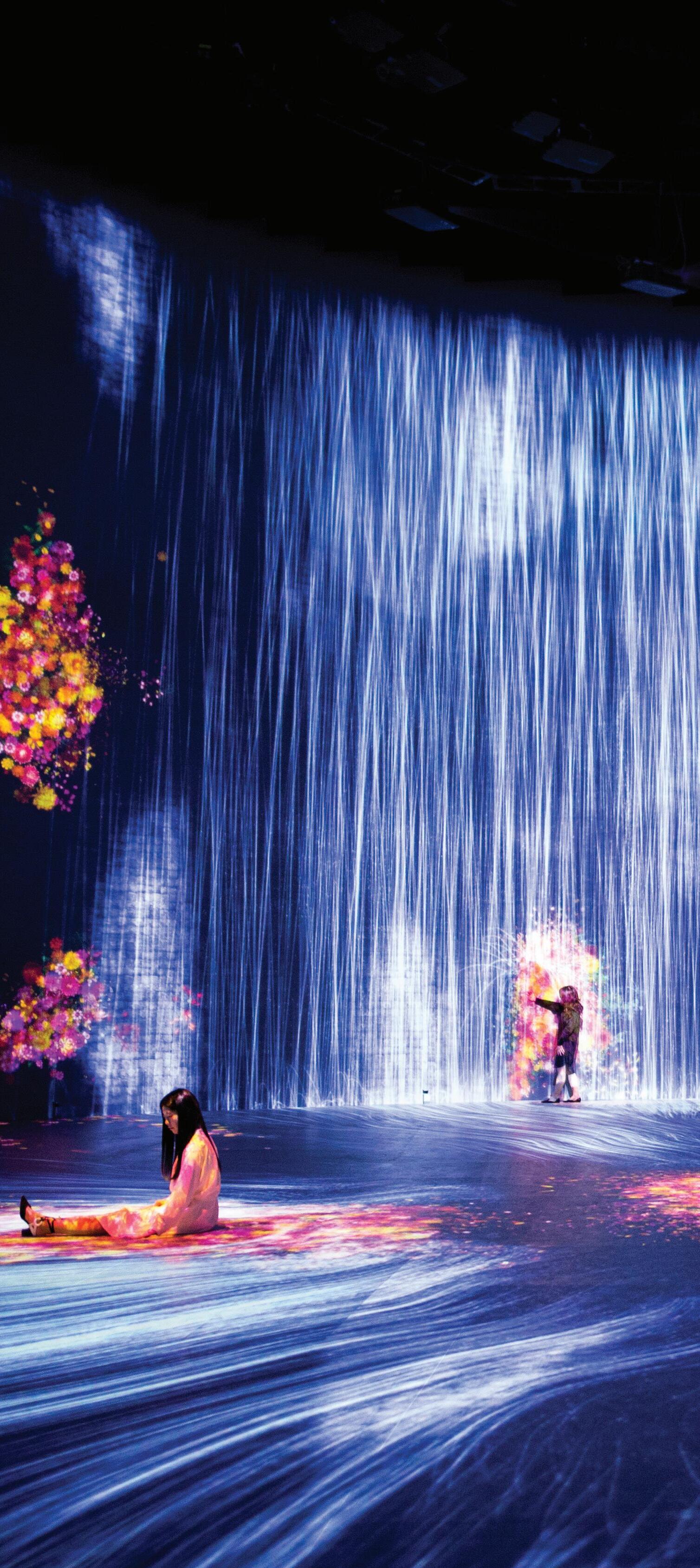
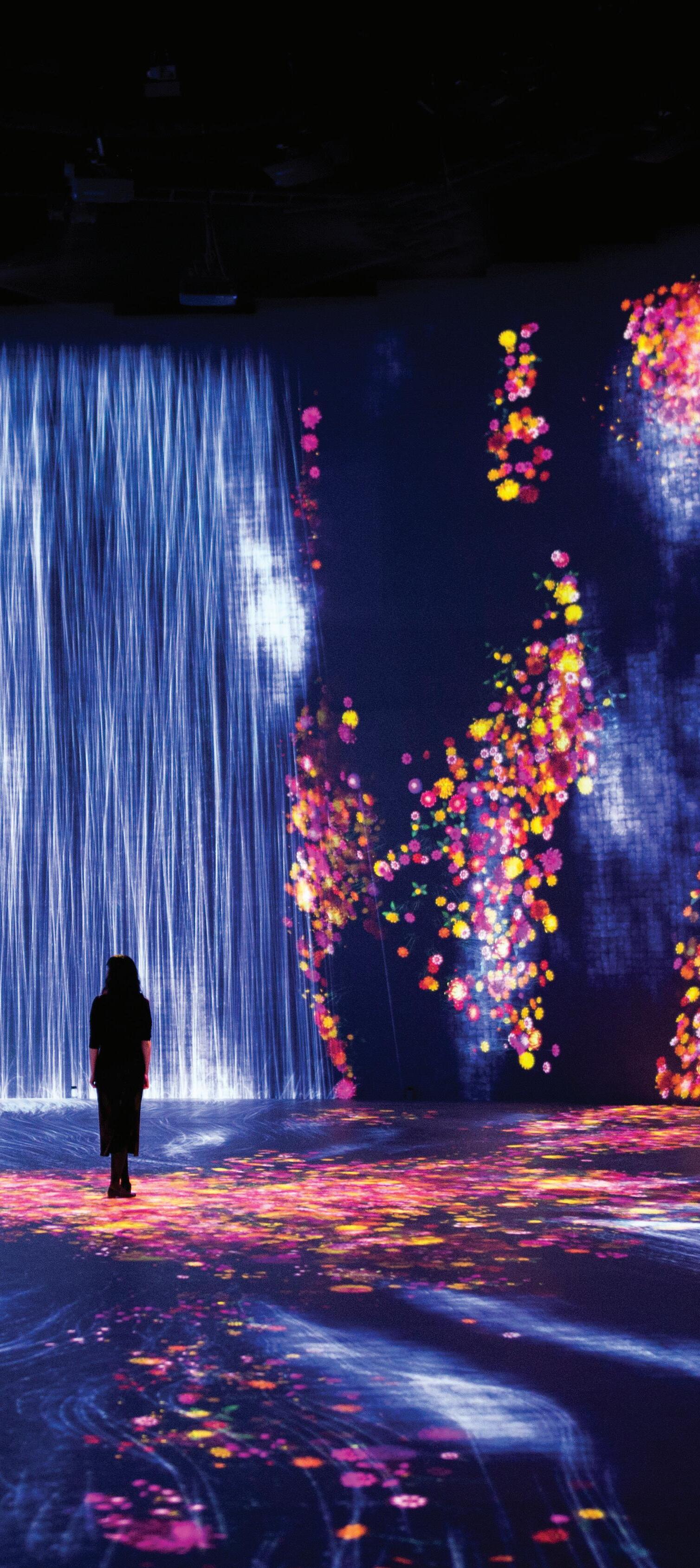
Considered a hidden gem, Allapattah is one of Greater Miami & Miami Beach’s oldest communities. Named for the Seminole word for alligator, it traces its history to the mid-1850s. Early settlement was led by William P. Wagner, the earliest permanent settler known to historians.
When he arrived in the area from South Carolina, he chose an elevated grove of trees bordering the Miami Rock Ridge for his homestead. Allapattah found its stride at the end of the 1800s, developing steadily well into the 20th century. Thanks to the arrival of the Florida East Coast Railroad, the community welcomed an influx of new residents and continued to grow.
The 1950s brought greater diversity, as Blacks and Cuban immigrants moved to Allapattah. Although the neighborhood became home to one of the largest Cuban populations in Miami and continued to draw immigrants from Central America, South America and other areas, it’s known for its sizable Dominican population, earning the nickname Little Santo Domingo.
The best way to experience the neighborhood’s Dominican culture is at Club Típico Dominicano. Voted the best Latin club in Miami, it has been a beloved family-owned fixture since 1985. It’s a combination restaurant and nightclub
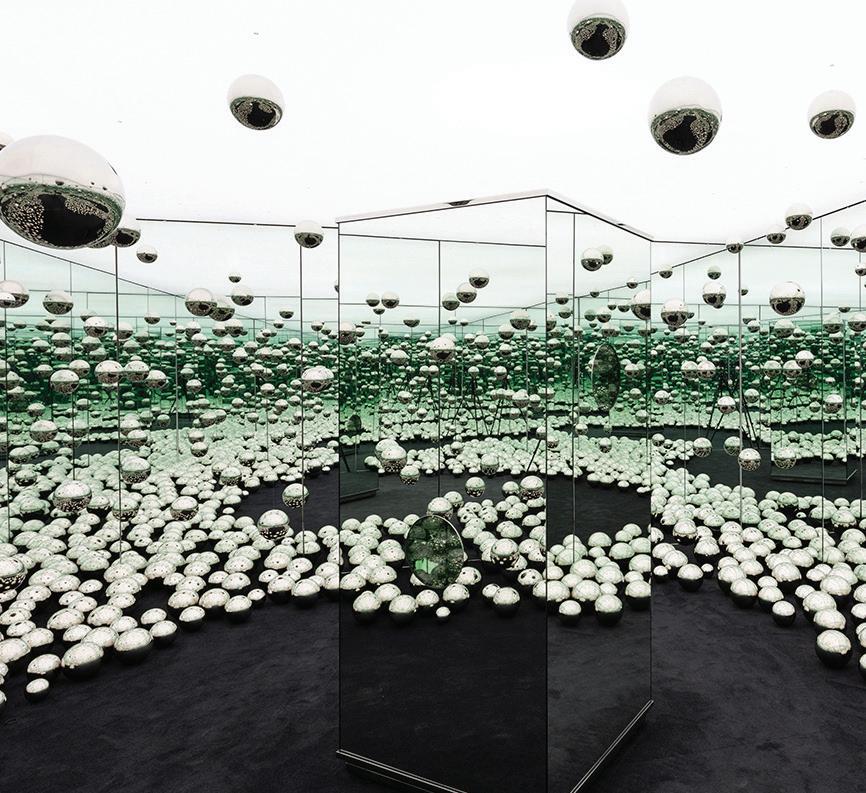
with salsa, merengue and all sorts of Latin music to get the crowd moving.
Allapattah’s contemporary art scene has taken off in recent years. The neighborhood is the proud home of the Rubell family’s world-renowned private art collection. The family relocated its collection from the Wynwood area in 2019 and opened the Rubell Museum in Allapattah. Directly across the street from the Rubell Museum, Superblue is an experiential art center that presents stunning, transformative installations. Audiences are invited to participate in the artists’ extraordinary work and share in the experience. Allapattah is also home to pioneering art galleries, including the Mindy Solomon Gallery, El Espacio 23, Voloshyn Gallery, KDR and Andrew Reed Gallery, all of which feature works by local artists.
On the campus of the historic Corpus Christi Catholic Church, you’ll find a historic gem: the Florida Cultural Heritage Center. It features exhibition space and a significant collection of Spanish colonial art, and it’s home to the Martha/Mary Concert Series. For a complete change of pace, head to The Breakroom. At this unique space, guests can get out their frustrations in a safe and structured environment by breaking all kinds of objects.
For those who like BBQ, Hometown Barbeque is a must. It’s not just a locals’ favorite but also one of the country’s best. Enjoy a classic barbeque menu for lunch and wood-fired items for dinner.
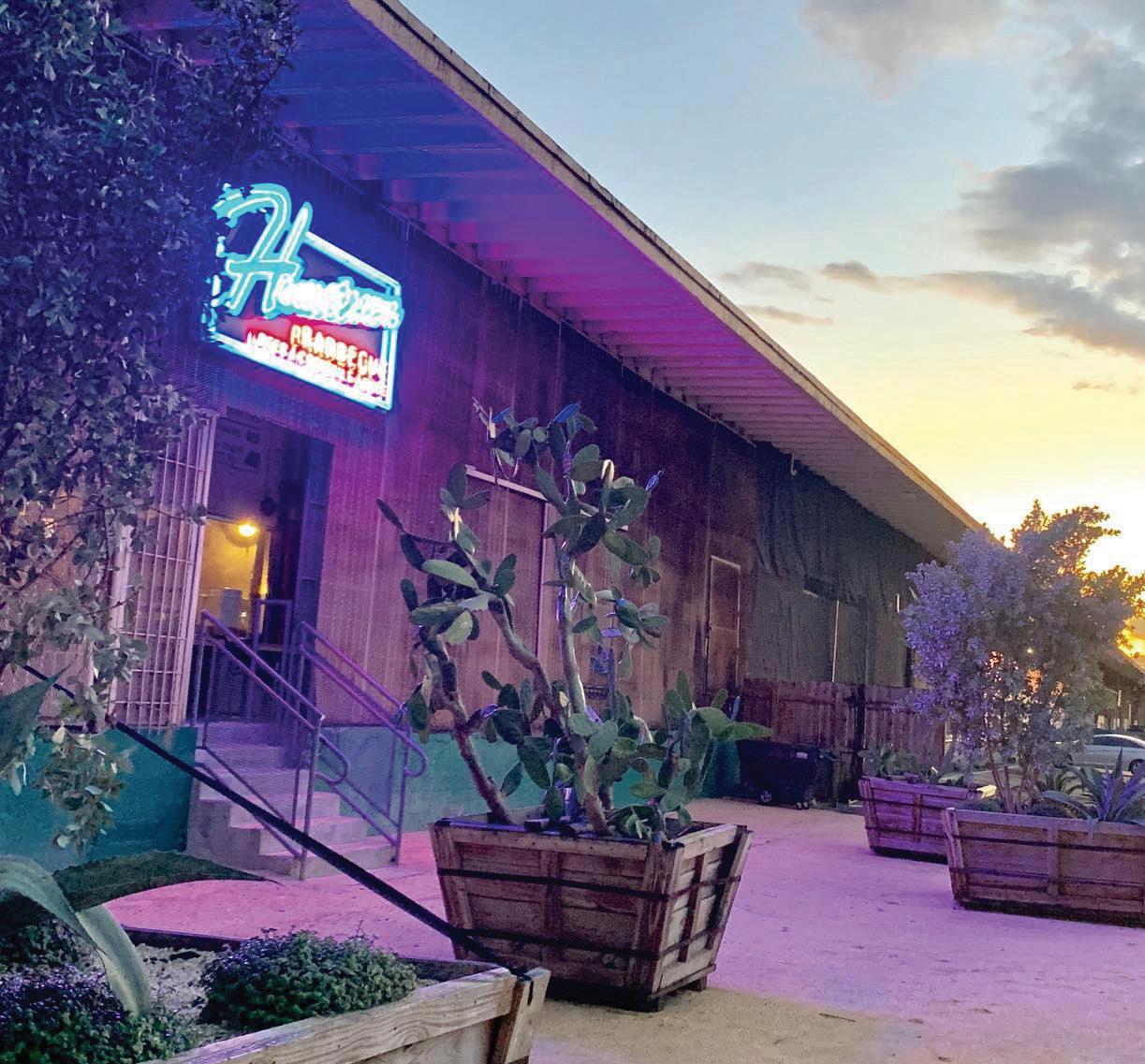

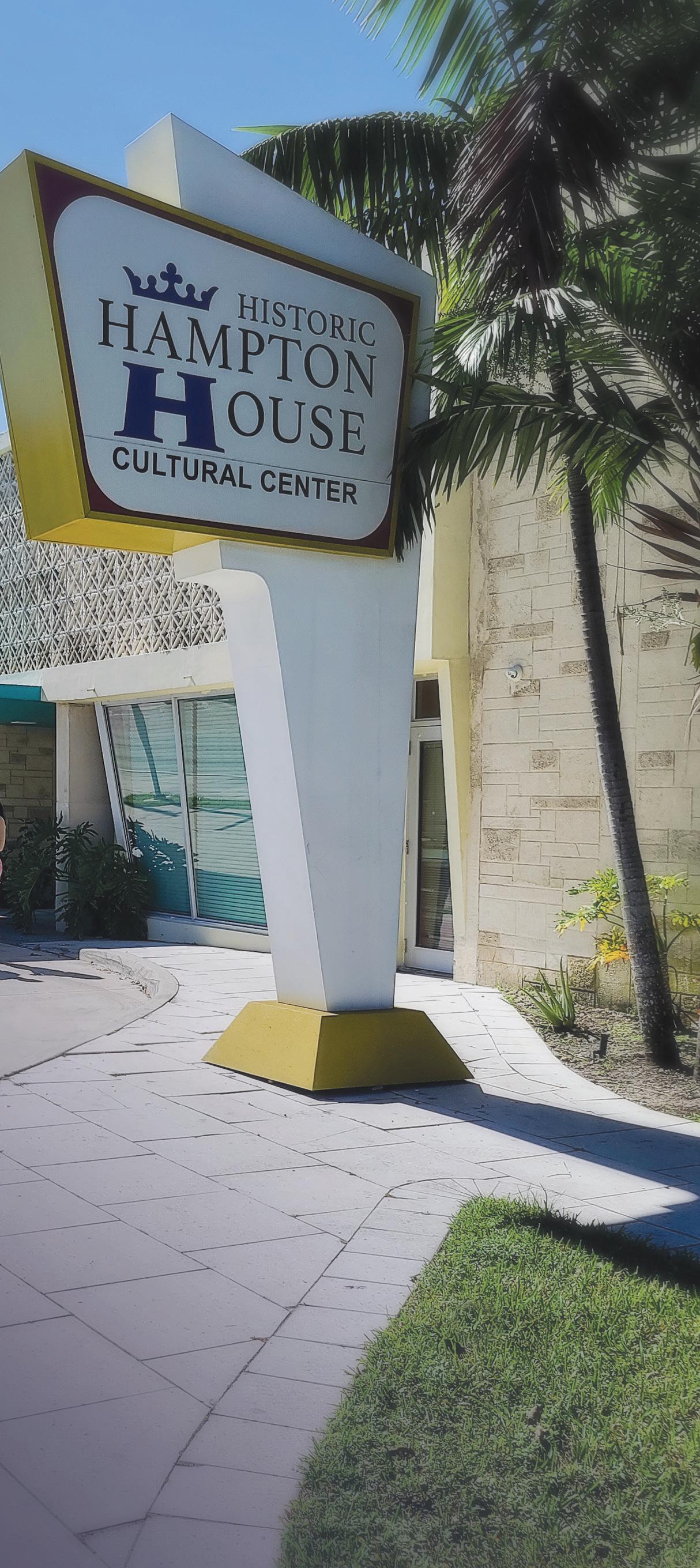
Brownsville is a neighborhood with a rich history. It was established as a settlement for white families in the 1920s, but fond memories of Brownsville, along with nearby Liberty City, paint a picture of a thriving community for Black professionals starting in the mid 1940s. In the 1960s, the Hampton House in Brownsville was the place to see and be seen in Miami’s Black community, replacing former hot spots in Historic Overtown.
The Historic Hampton House Museum of Culture & Art is a Brownsville landmark. During segregation, this resort was one of the few places where African Americans could stay when traveling or vacationing. Great jazz artists performed here, and people of all races and cultures enjoyed the best Miami had to offer. Musicians who stayed or played here included Sammy Davis Jr., Nat King Cole and many others. Motown Records founder Berry Gordy stayed here, and DJ China Valles broadcast a live jazz show from the club on radio station WMBM.
The two-story, 50-room Miami Modern-style inn had a jazz club, a restaurant and a swimming pool. Dr. Martin Luther King Jr. was famously photographed in his swimming trunks, enjoying a dip in the pool. While the Hampton House was a popular hangout for entertainment and known as the “Social Center for the South,” it was also the site for weekly meetings of the Congress for Racial Equality. Dr. King visited often during the early 1960s and delivered a version of his “I Have a Dream” speech at the Hampton House in 1960 before his legendary oration at the March on Washington in 1963.

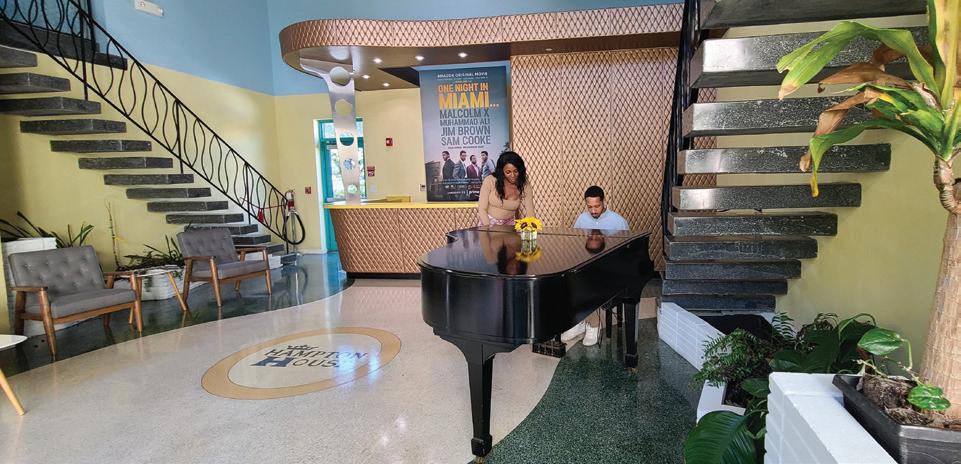
The Hampton House’s heyday is memorialized in the film “One Night in Miami,” a dramatization of the evening in 1964 when Muhammad Ali (still called Cassius Clay at the time), Malcolm X, Sam Cooke and Jim Brown gathered to celebrate Ali’s title victory at the Miami Beach Convention Center. Other athletes, in addition to Ali, visited the Hampton House, including Jackie Robinson, Joe Louis and Althea Gibson. It wasn’t just a celebrity hangout, though. It was a gathering space for people of the neighborhood on weekend evenings and after church on Sundays.
As segregation laws were lifted in the late 1960s, many prominent members of the Black community in Brownsville and Liberty City dispersed to other Miami neighborhoods, leaving the area in economic blight. The Hampton House eventually closed in 1976 and remained an abandoned shell of a building into the early 2000s. The building was facing demolition, and an advocacy group declared the block a protected historical site in 2002. It was eventually purchased by Miami-Dade County.
In 2015, the Historic Hampton House restoration project began under the leadership of preservationist Dr. Enid Pinkney. The building now serves as a neighborhood hub for culture, education and history, hosting a range of events, including art competitions, film screenings, live music performances and more.
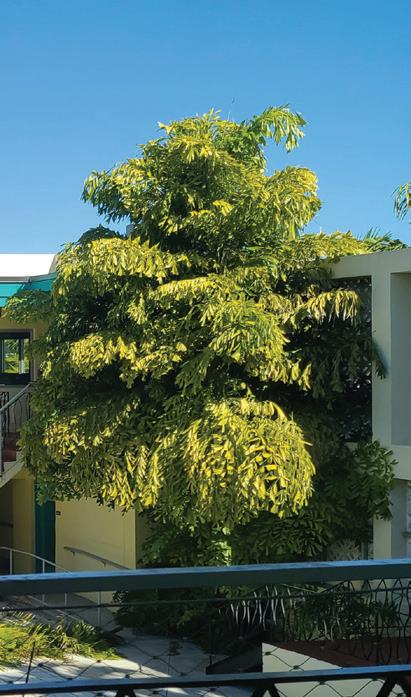
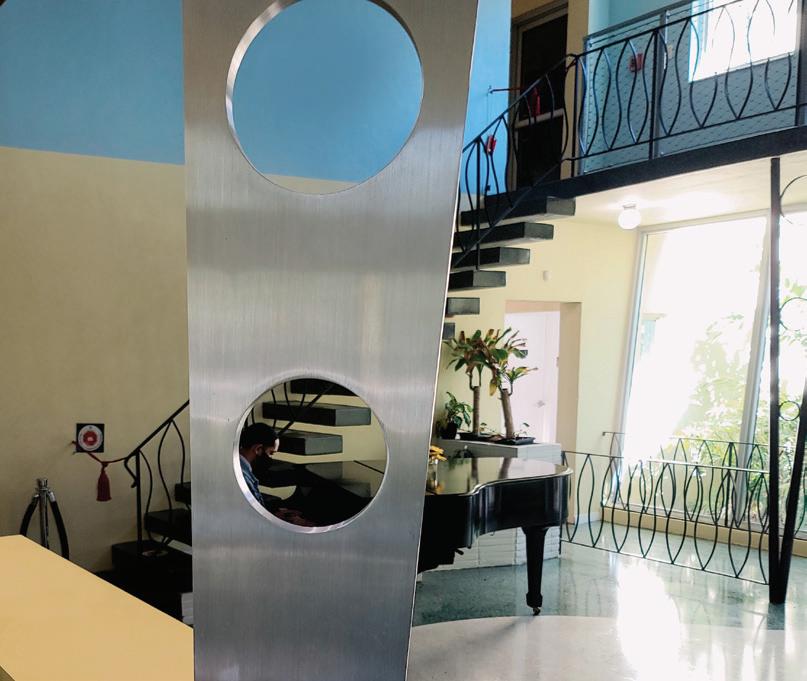
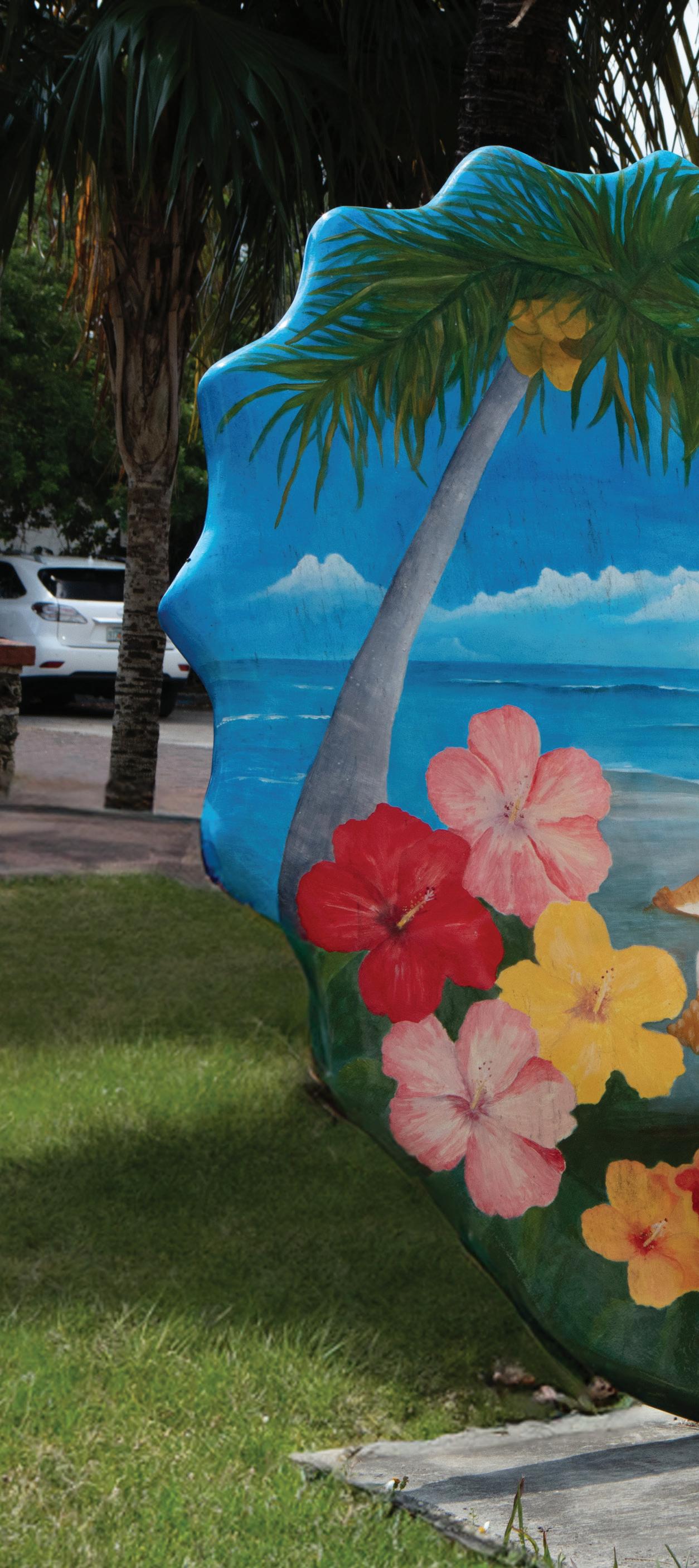
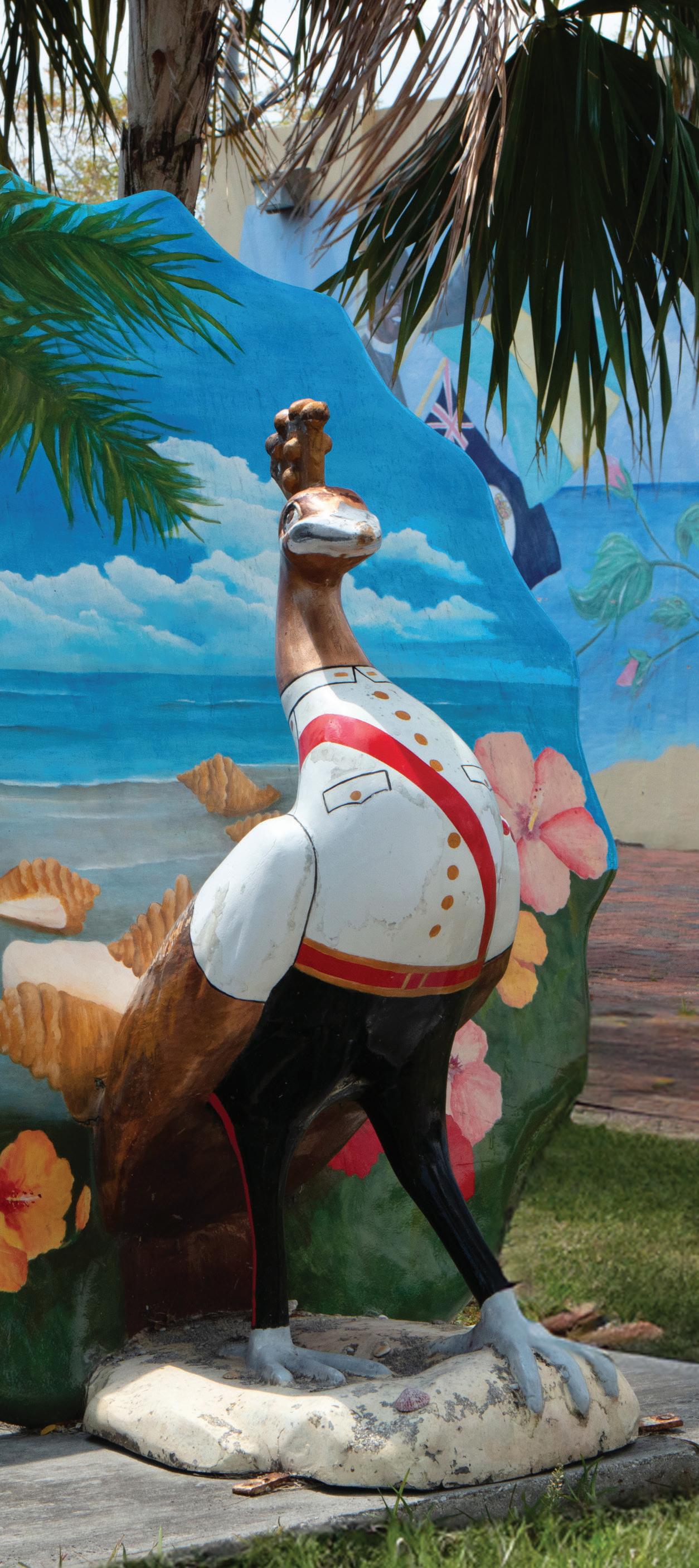
A little Bohemian, a little Bahamian, “The Grove” is a bayfront village where people can stroll quaint, tree-lined streets and savor a waterfront ambience. Miami’s most historic neighborhood is also one of its most beautiful. The lush community of Coconut Grove is known for its tropical vibe.
To become acquainted with Coconut Grove’s abundant heritage and the pioneers who first settled here, history buffs should explore Little Bahamas, a historically Black neighborhood in the West Grove where you’ll find farmers markets, art galleries and historic Black churches. Little Bahamas is known for its eclectic points of interest, dynamic arts and culture scene, and deep dedication to celebrating Black heritage.
Before Miami evolved into the international, cosmopolitan destination that it is today, Coconut Grove was just a small community settled by Bahamian pioneers. Beginning in the 1870s, immigrants from the Bahamas arrived to seek new lives and bright futures. Many found work at the Peacock Inn, which functioned as a major hub for the growing community that surrounded it.
As the people of Coconut Grove settled into their new home, they impacted the neighborhood in a variety of meaningful ways. The community’s rich Bahamian culture is still alive today. Many historic buildings remain, including shotgun houses (humble wood-frame homes) sprinkled throughout the neighborhood.
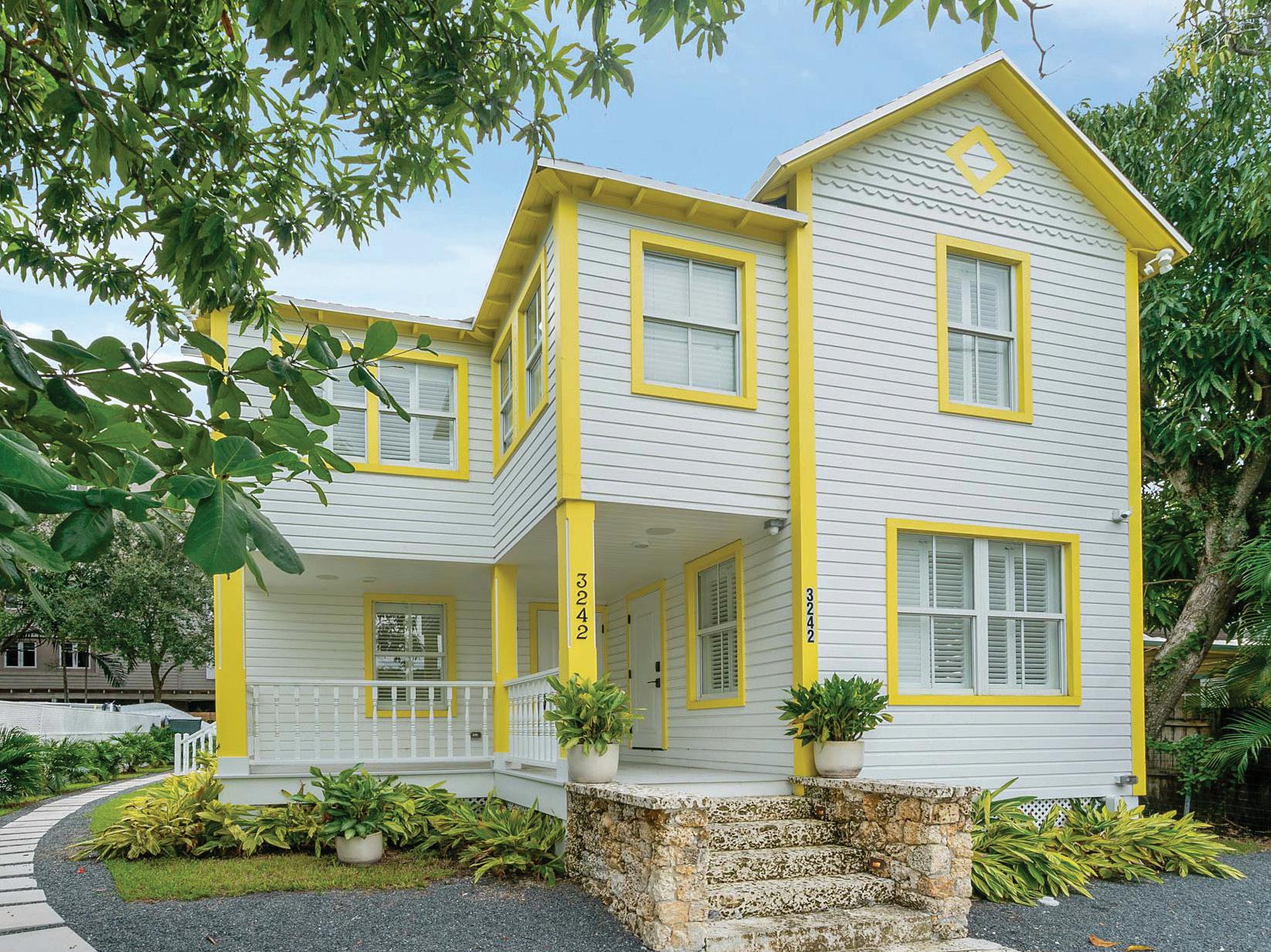
These simple but sturdy homes, made from a combination of coral rock and Dade County pine, are a defining characteristic of the neighborhood.
Historic sites and notable places in the Little Bahamas area include the Colored Library (Odd Fellows Hall), built in 1896 as the area’s first library for Black people and a communal meeting place for members of fraternal organizations; the Mariah Brown House, originally owned by one of the first Bahamians to arrive in Coconut Grove; the E.W.F. Stirrup House, the home of a Bahamian carpenter who went on to become a millionaire; and the Coconut Grove Cemetery, which dates back to the early 1900s and is best known as the home of the anthropomorphic “head and shoulder stones,” which aren’t found anywhere else in the area. Several local churches are rich in history, including Coconut Grove Church of Christ, celebrating 90 years, the Macedonia Missionary Baptist Church, the oldest Black church in the community, and the Christ Episcopal Church, founded by a group of West Indian settlers.
If you’re searching for even more to explore in Coconut Grove’s Little Bahamas area, snag a selfie with the Nassau Daddy Peacock. Created by sculptor Rosie Brown, this unique peacock statue serves as a welcoming committee of sorts for everyone arriving to the Little Bahamas area. Its vibrant colors depict elements of the community’s Bahamian roots and provide a perfect photo op.
The neighborhood is home to popular happenings, including the weekly Coconut Grove Organic Farmers Market and the Miami Bahamas Goombay Festival, an annual three-day celebration of the Grove’s Bahamian culture and heritage.
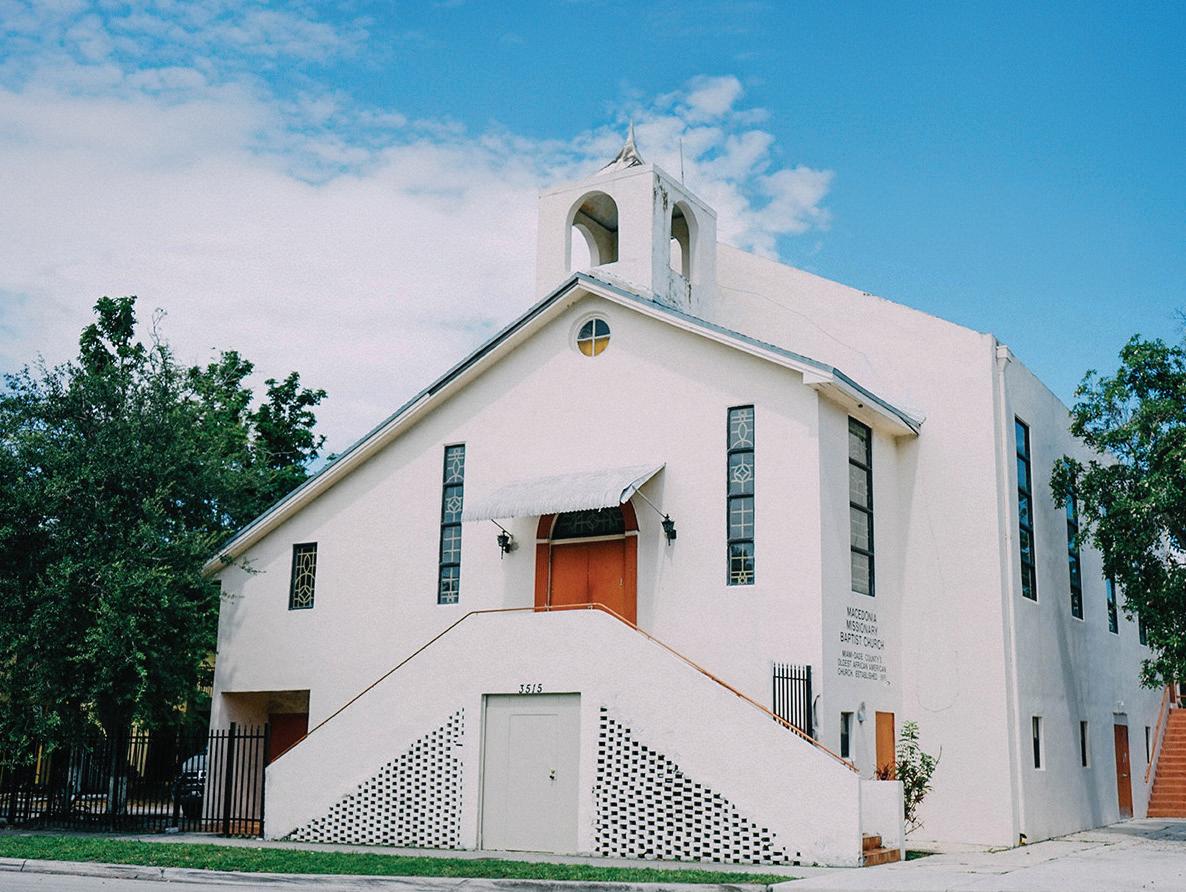
Whether you’re seeking to delve into the cultural heritage and history of this welcoming community or hoping to learn more about the diversity that enriches the destination, Little Bahamas is a neighborhood more than worth a visit. With fascinating historic highlights and plenty of present-day culture to offer, Little Bahamas is a beloved fixture in the larger Miami community.
You’ll also find plenty of attractions closer to the bay in Coconut Grove. Spend a leisurely day strolling the Renaissance-inspired gardens and grounds of Vizcaya Museum and Gardens, the elaborate Gilded Age winter retreat of industrialist James Deering. The opulent main house is filled with original furnishings and art, and the lush gardens and water views are perfect for Instagram-worthy pictures.
The Barnacle Historic State Park
Step back in time at another bayfront gem, the five-acre Barnacle Historic State Park, which offers tree-lined paths for bird watching and scenic strolls. As the historic property of yacht designer, sailor and Coconut Grove pioneer Ralph Munroe, the park houses replicas of two of his sailboats along with his 1891 home, the oldest in Miami-Dade County.
The Barnacle Historic State Park
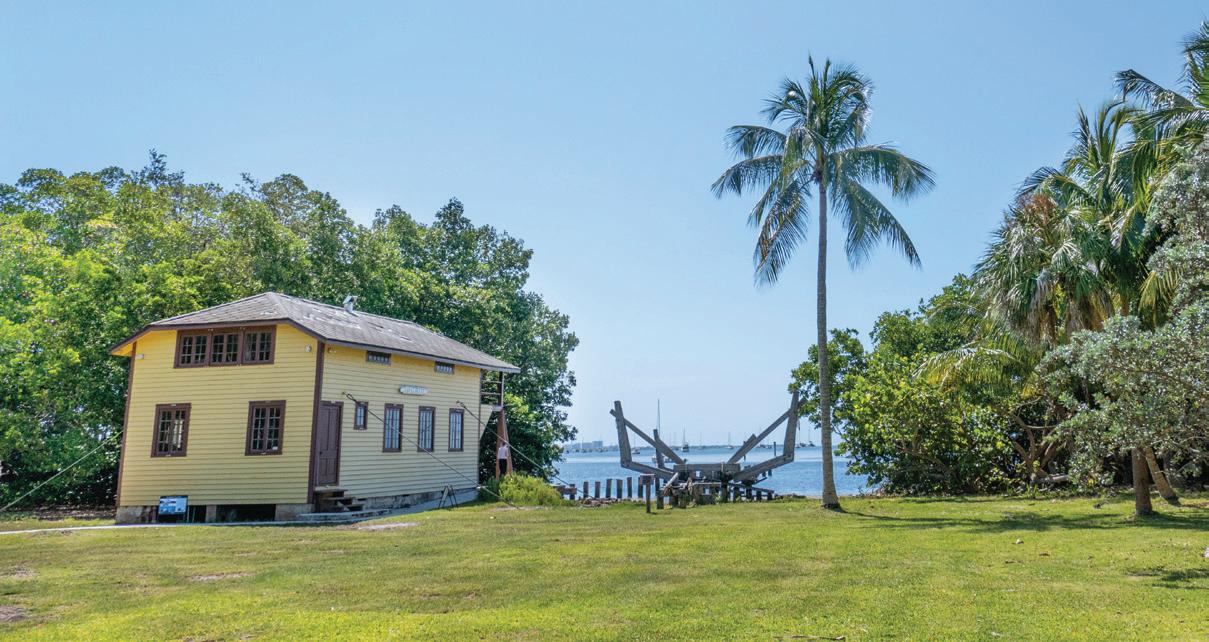
If you’re looking for more space to stretch your legs, head to Peacock Park. The nine-acre park, which was the site of the Peacock Inn, is filled with recreational spaces, including softball and soccer fields, a playground and a wooden boardwalk that winds along the edge of Biscayne Bay.
The iconic shopping and dining hub of CocoWalk has been reimagined with a new look and an updated roster of well-known retailers and cute boutiques. Refuel at one of hot restaurants, including PLANTA Queen, known for plant-based comfort food. Other favorites include Chug’s Diner for Cuban classics with a twist and Jaguar Restaurant for creative Latin American cuisine.
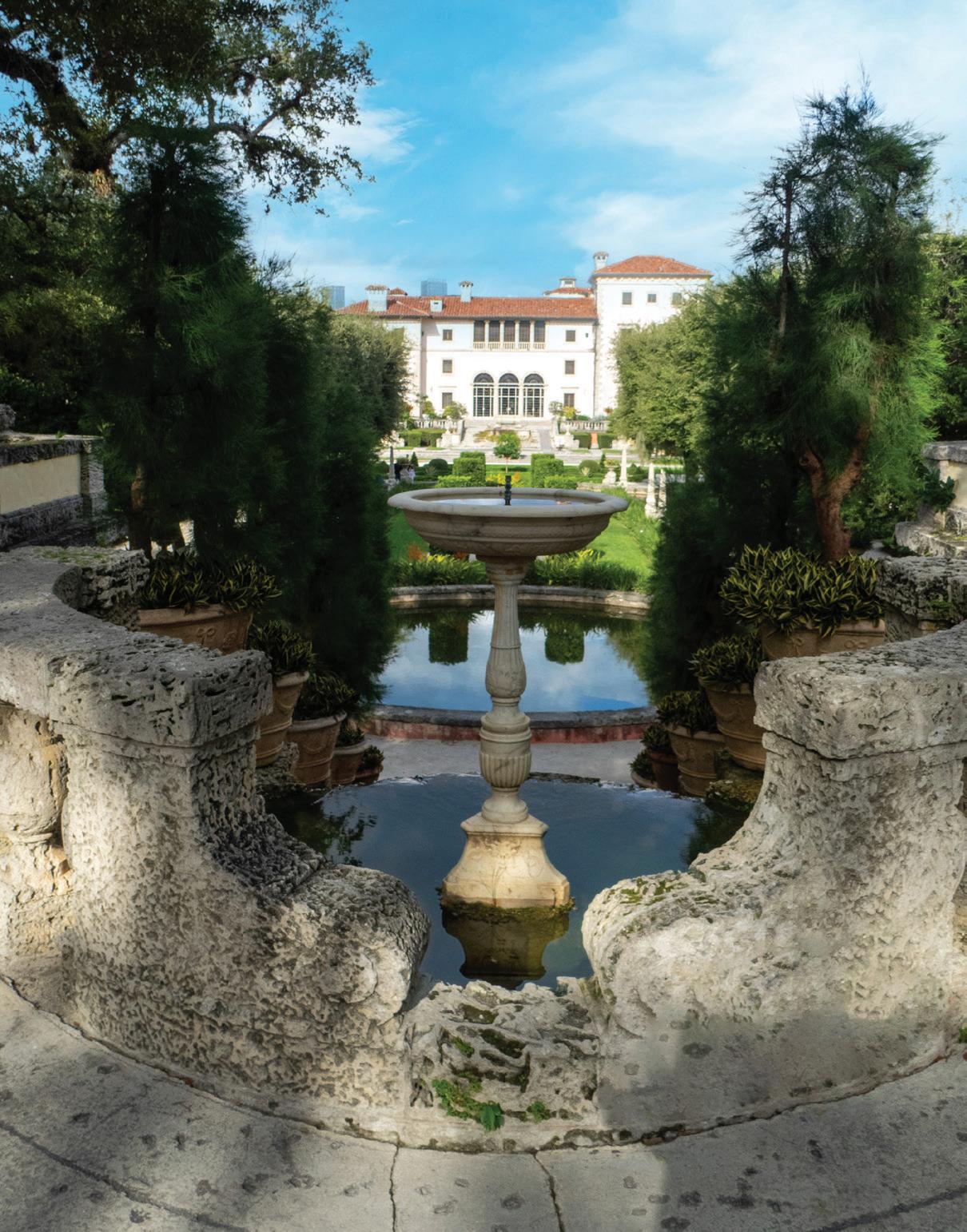
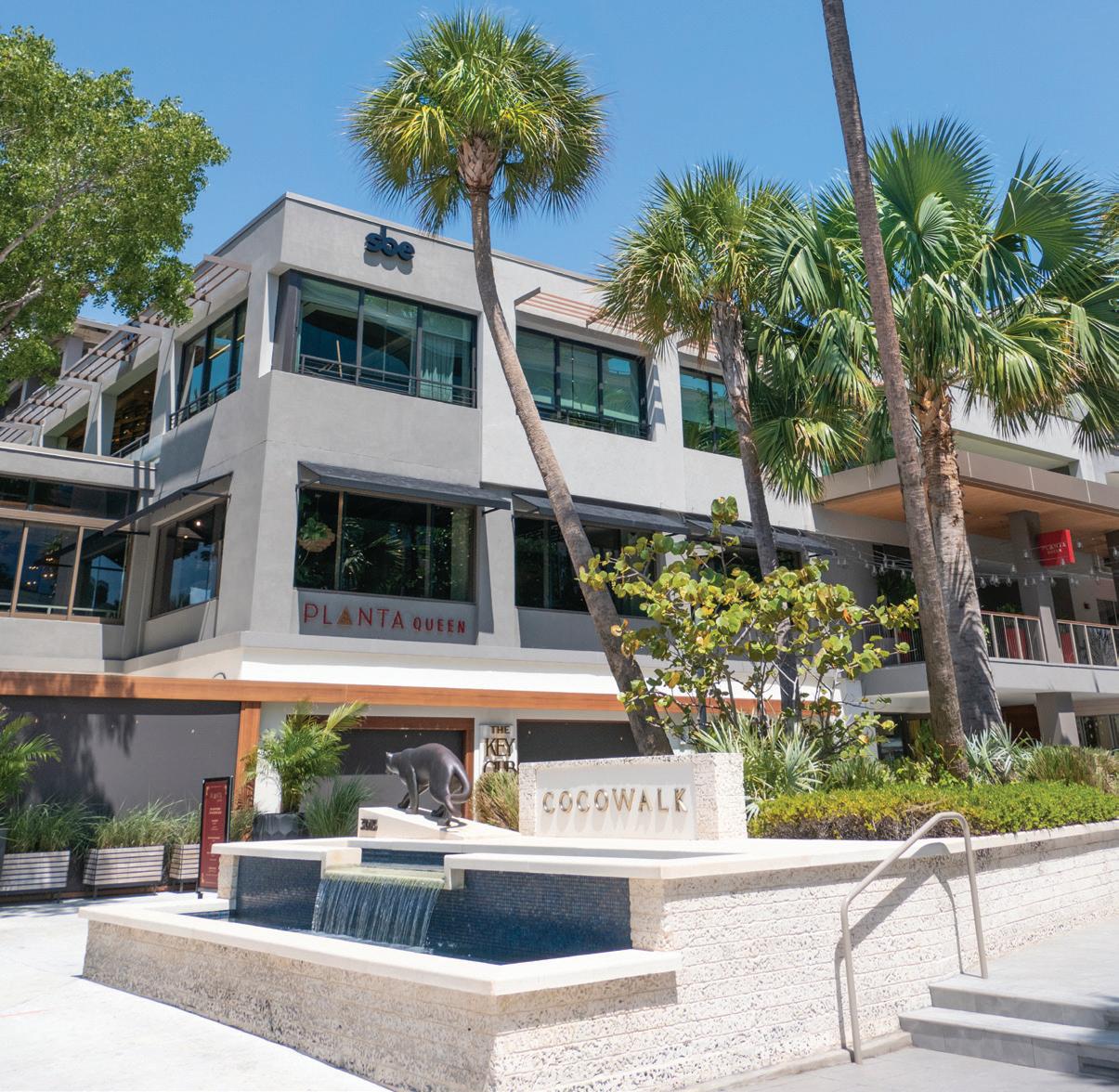
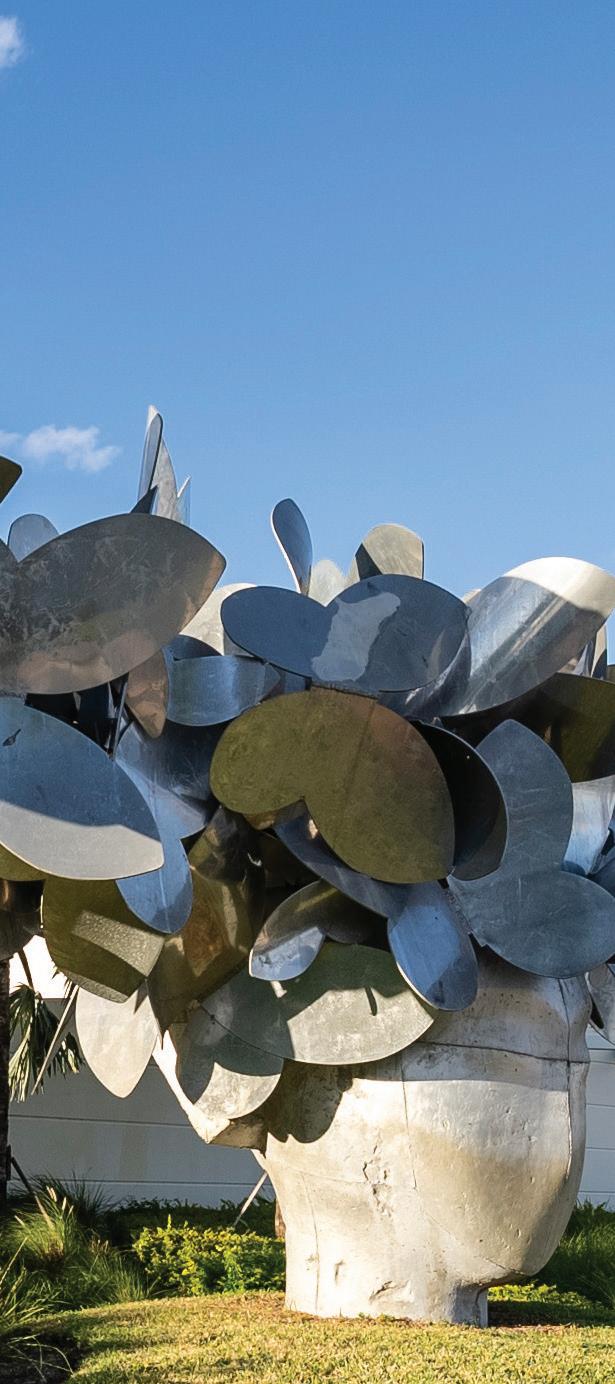
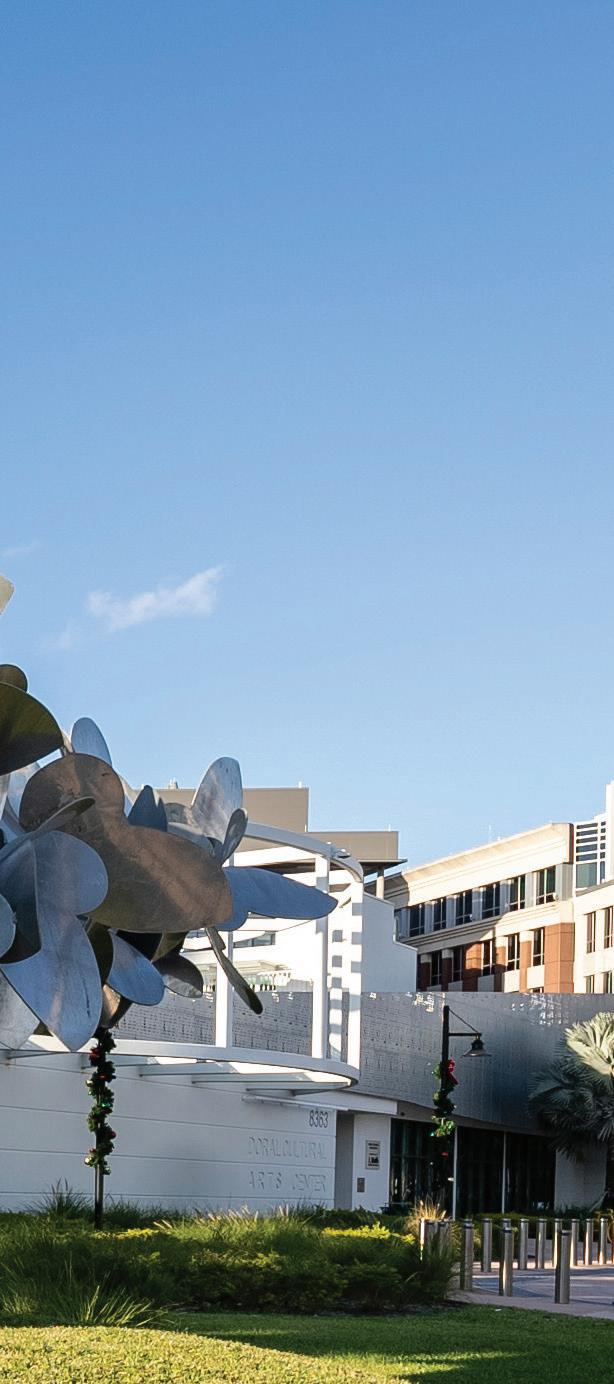
Doral is a thriving neighborhood just west of Miami International Airport. Often dubbed “Doralzuela” as a nod to its sizable Venezuelan population, the city is imbued with a vibrant South American culture that you can experience through its cuisine. Sample arepas – sweet corn pastries stuffed with cheese or other fillings – at dozens of local restaurants, such as La Uchireña or La Coriana.
With free trolley service throughout the city, it’s easy to get around and explore everything Doral has to offer. From Downtown Doral Park, anchoring the city center, to Doral Central Park, with its 82 acres of green space and recreation, there are plenty of outdoor activities to enjoy.
Doral has become a cultural center in recent years. In addition to a range of works on display throughout the city as part of the Art in Public Places program, it is home to the Doral Contemporary Art Museum, with exhibitions ranging from pop art to fashion and photography, and the state-of-the-art, multipurpose Doral Cultural Arts Center
CityPlace Doral is loaded with trendy shops, restaurants and entertainment spots. You’ll be greeted by dancing fountains, and you can unwind around the lush walkways while browsing the boutiques. There are numerous restaurants to choose from. When it comes to entertainment, you can go bowling, see a movie or enjoy activities ranging from group workouts to nights centered around the arts.
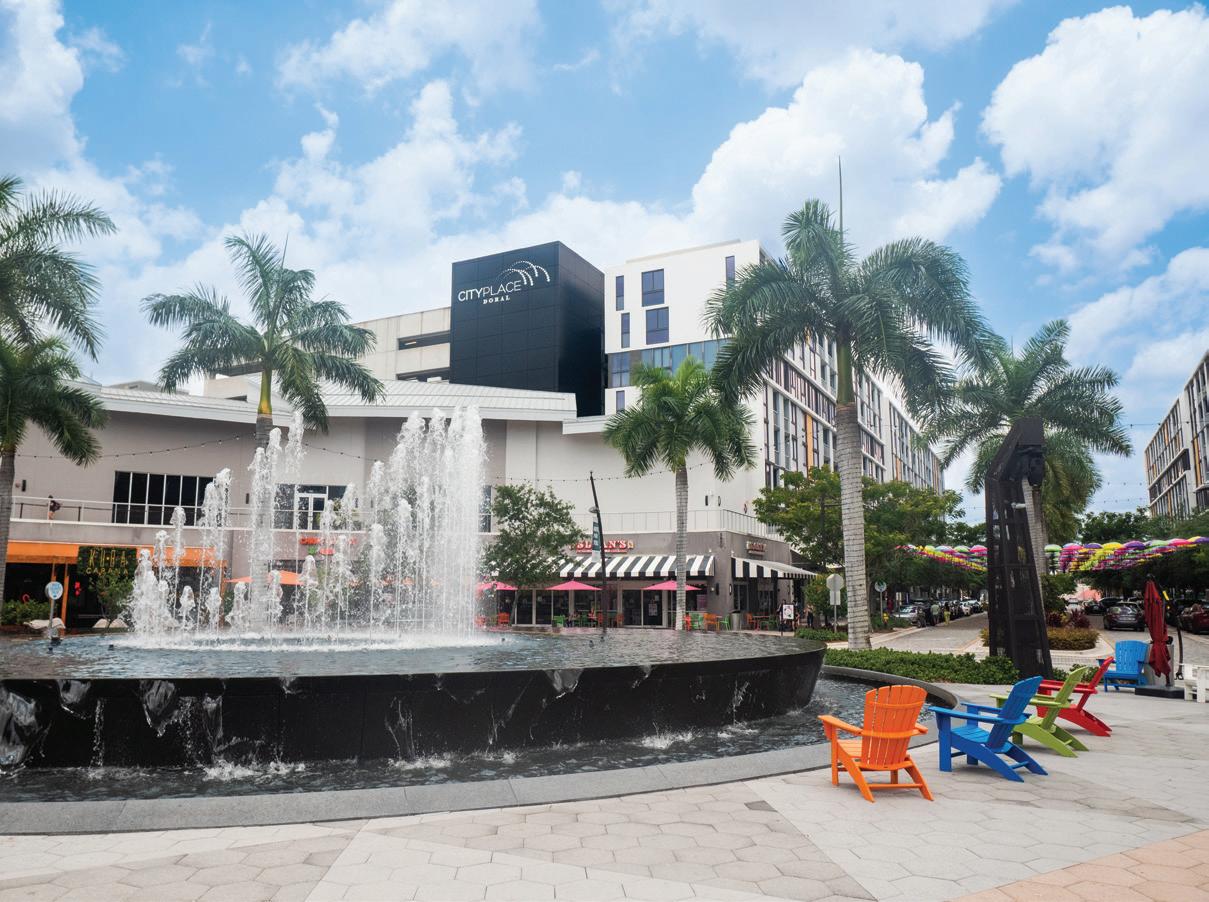
The Shops at Downtown Doral is another live/work/play destination with locally owned stores, enticing eateries and welcoming green spaces. It offers an array of international cuisines at amazing restaurants, including Pisco Y Nazca (Peruvian), Bulla Gastrobar (Spanish) and Bombay Darbar (Indian).
Doral is home to two food halls – Shoma Bazaar and The Doral Yard – that offer a range of international delights as well as cultural events and a welcoming space for the community to gather.
With its ample warehouse space, Doral is a center of Greater Miami & Miami Beach’s vibrant craft beer scene. It’s anchored by The Tank Brewing Co., which boasts a large brewery, tap room and cigar lounge. The space’s décor stays true to its home in an industrial building. Exposed ductwork and high ceilings provide a minimalist design.
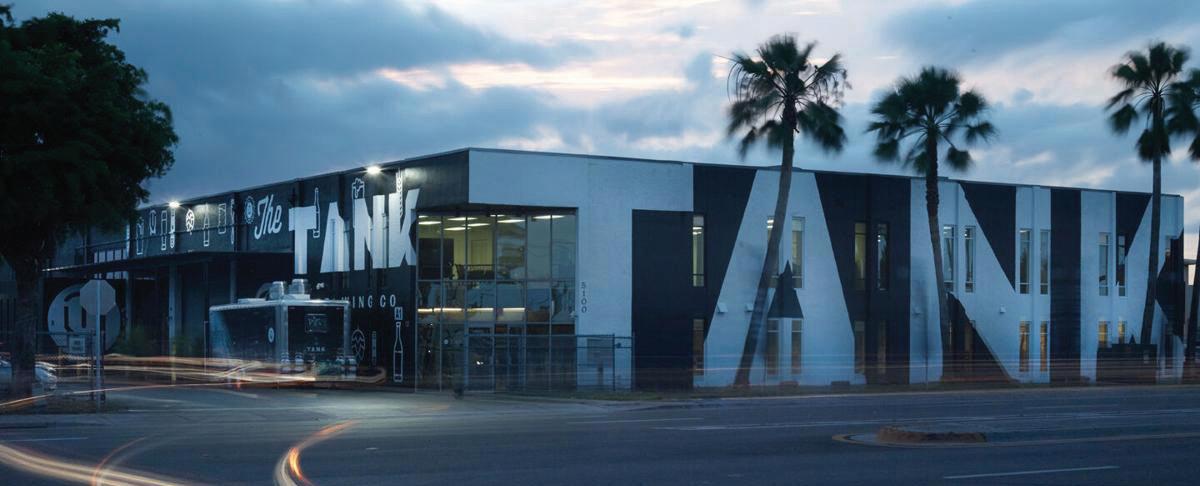
Doral is home to Miami International Mall, with more than 100 stores. Located near Miami International Airport, it’s home to major retailers, like Macy’s, and more than 20 restaurants. Whether you have a few hours to kill on a layover at the airport, are looking for high fashion at great prices or simply want to make an entire day of shopping, Doral has something for you.
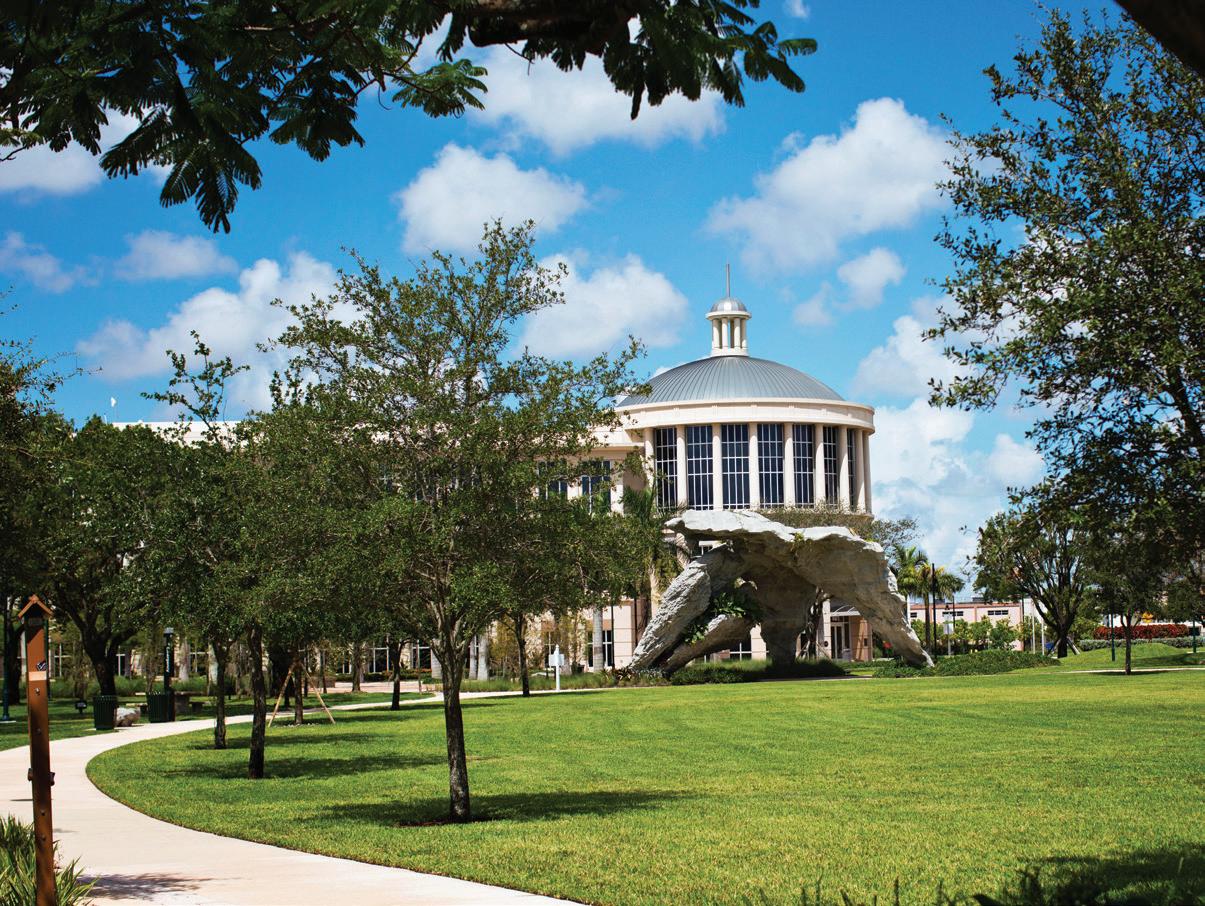
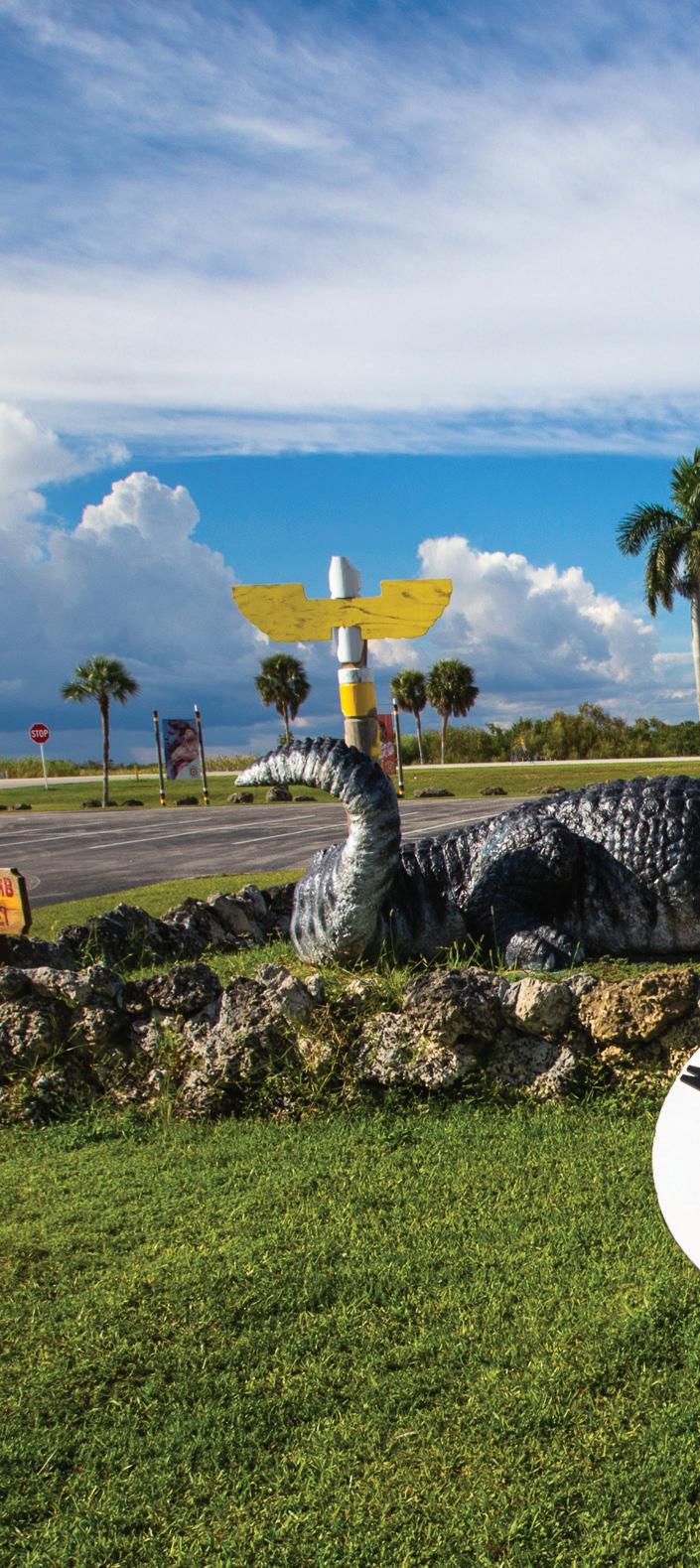

Drive due west from Downtown Miami along Tamiami Trail (Southwest 8th Street) for about an hour and you’ll arrive in an enchanting area where the bustle of the city gives way to the wide-open expanses of the Everglades. Airboat rides, Native American culture and outdoor adventures await.
Airboat tours are one of the most popular ways to experience the Everglades. Set on parks and farms throughout the area, these aquatic excursions often include on-land educational wildlife shows, alligator demonstrations and exhibitions to round out your day. At Miccosukee Indian Village and Airboat Rides, you can also explore the culture, lifestyle and history of the Tribe, which calls this area home.
The village includes a living history museum, gift shop and alligator demonstrations. At the Indian Village Museum, you can explore the Tribe’s rich and creative culture in an authentic setting. Here, you’ll find Tribe members demonstrating traditional skills, such as doll making, beadwork, patchwork and basket weaving. The museum showcases artwork, tribal artifacts, photography and the government documents that granted the Miccosukee sovereignty in 1962. Exhibits include clothing, paintings and cooking utensils, and you can learn about the Tribe’s traditional way of life in a documentary film. The Tribe also operates the Miccosukee Casino & Resort on the edge of the Everglades, offering easy access to the area.
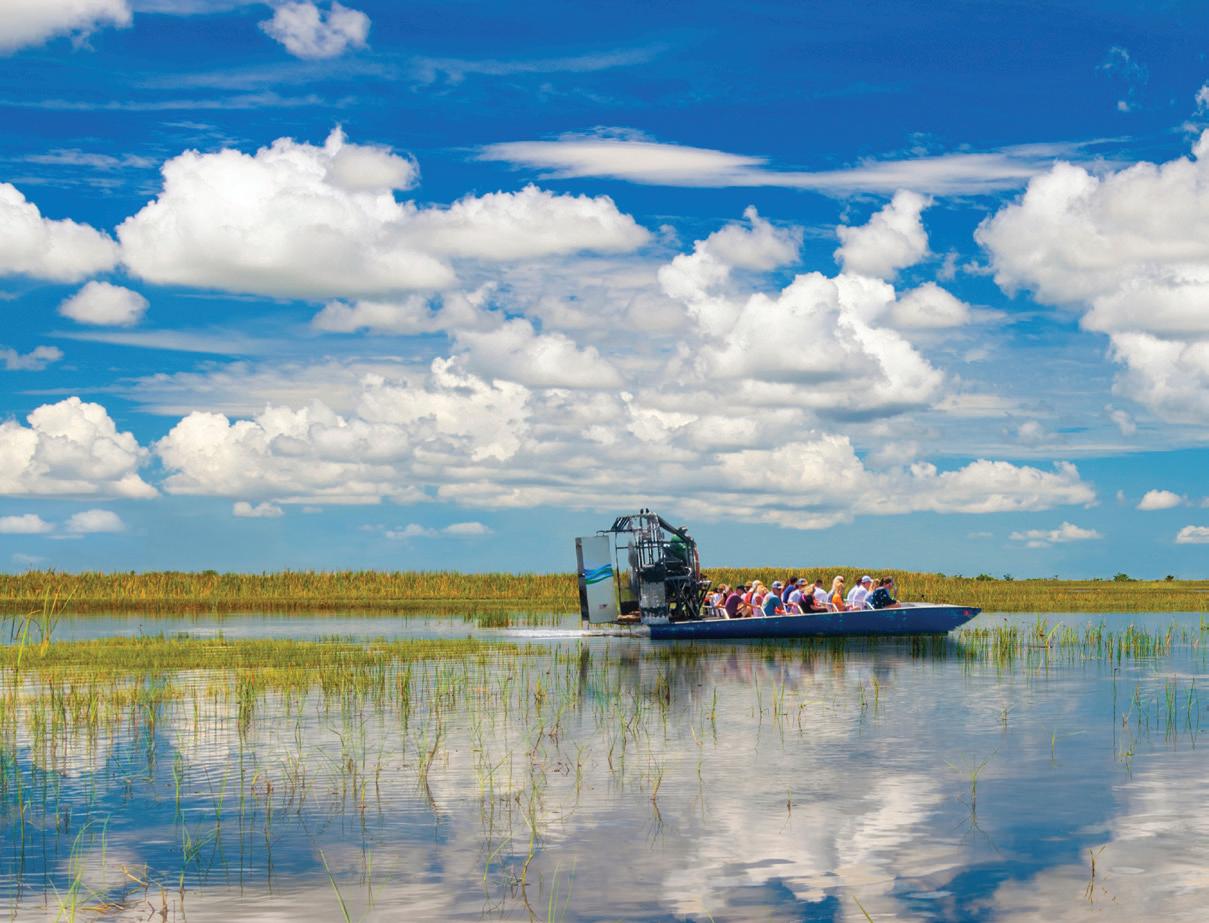
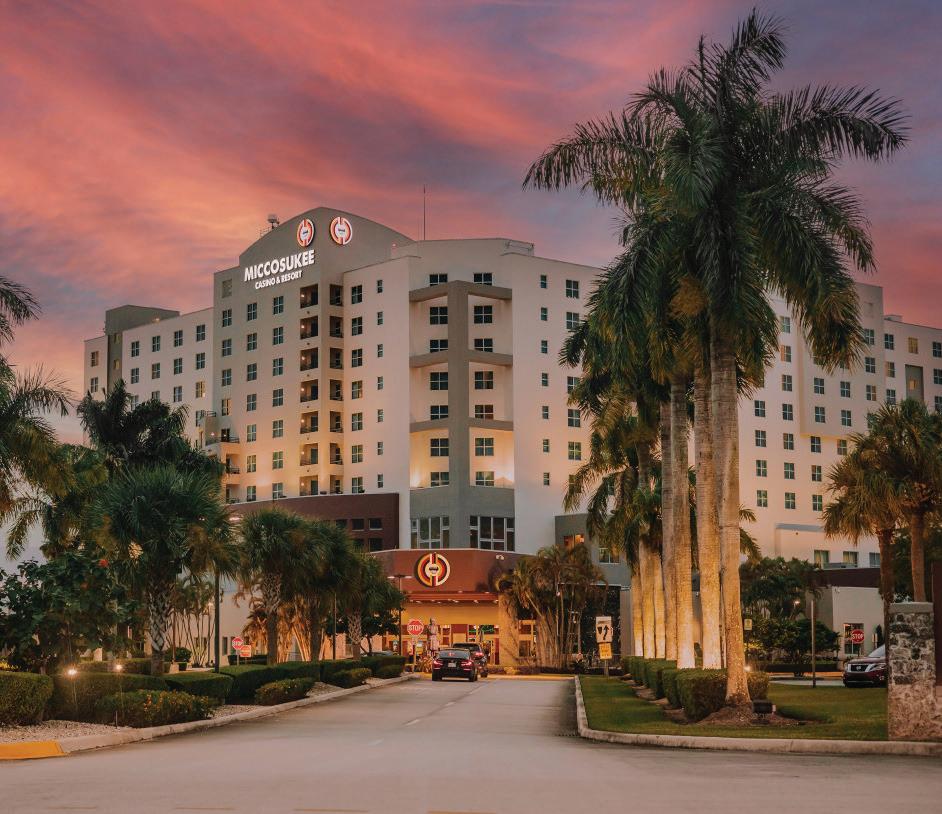
While the main entrance to Everglades National Park is located farther south, in Homestead, the Shark Valley Visitor Center off of Tamiami Trail is a great way to explore the park. The scenic Shark Valley can be explored in a variety of ways. Shark Valley Tram Tours take visitors on a guided two-hour tour led by local naturalists who describe the wildlife, plant species and ecological features that make the Everglades so special.
Drive another half hour west along Tamiami Trail and you’ll arrive at Big Cypress National Preserve, which protects 729,000 acres bordering Everglades National Park. From the rare ghost orchid to the Florida panther and white-tailed deer, you may have an opportunity to see plants and animals you won’t see anywhere else.
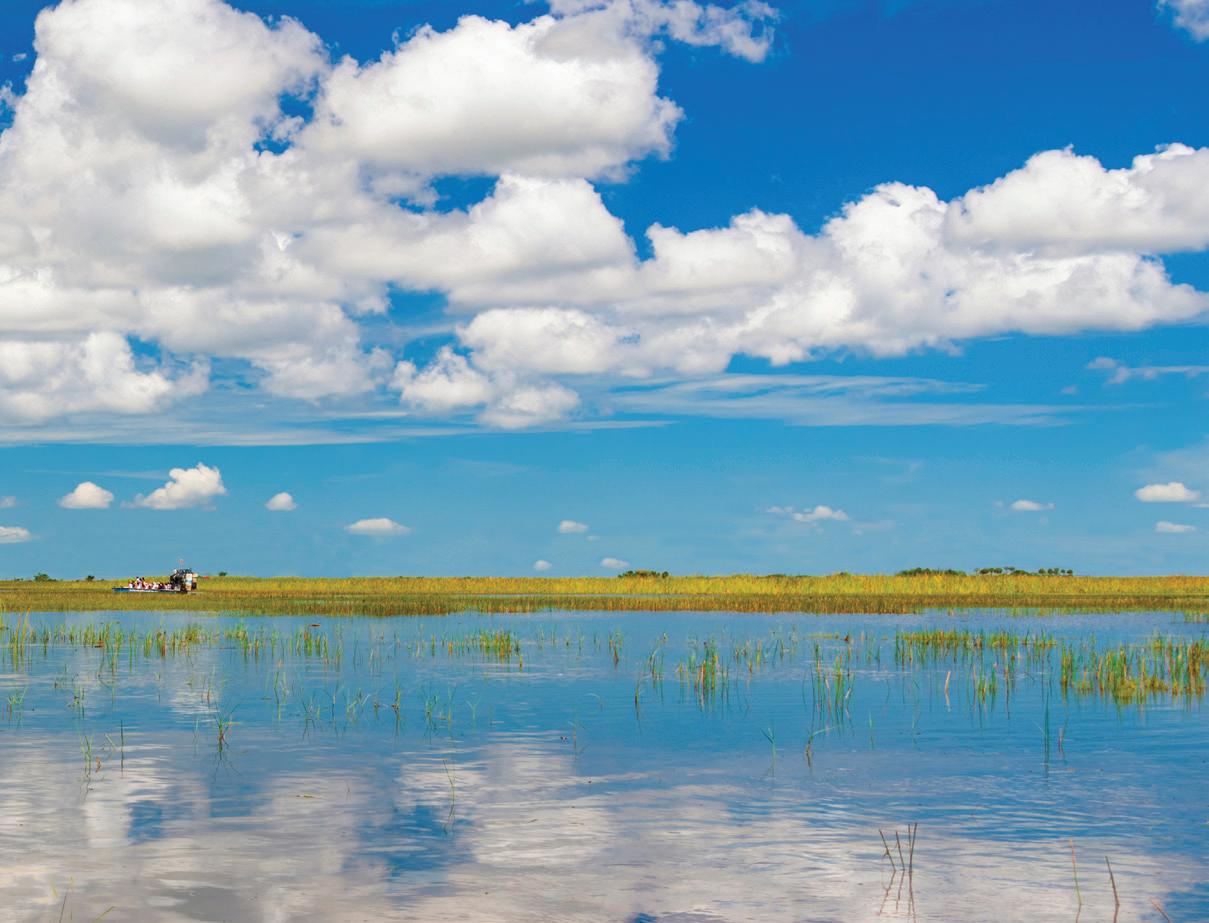
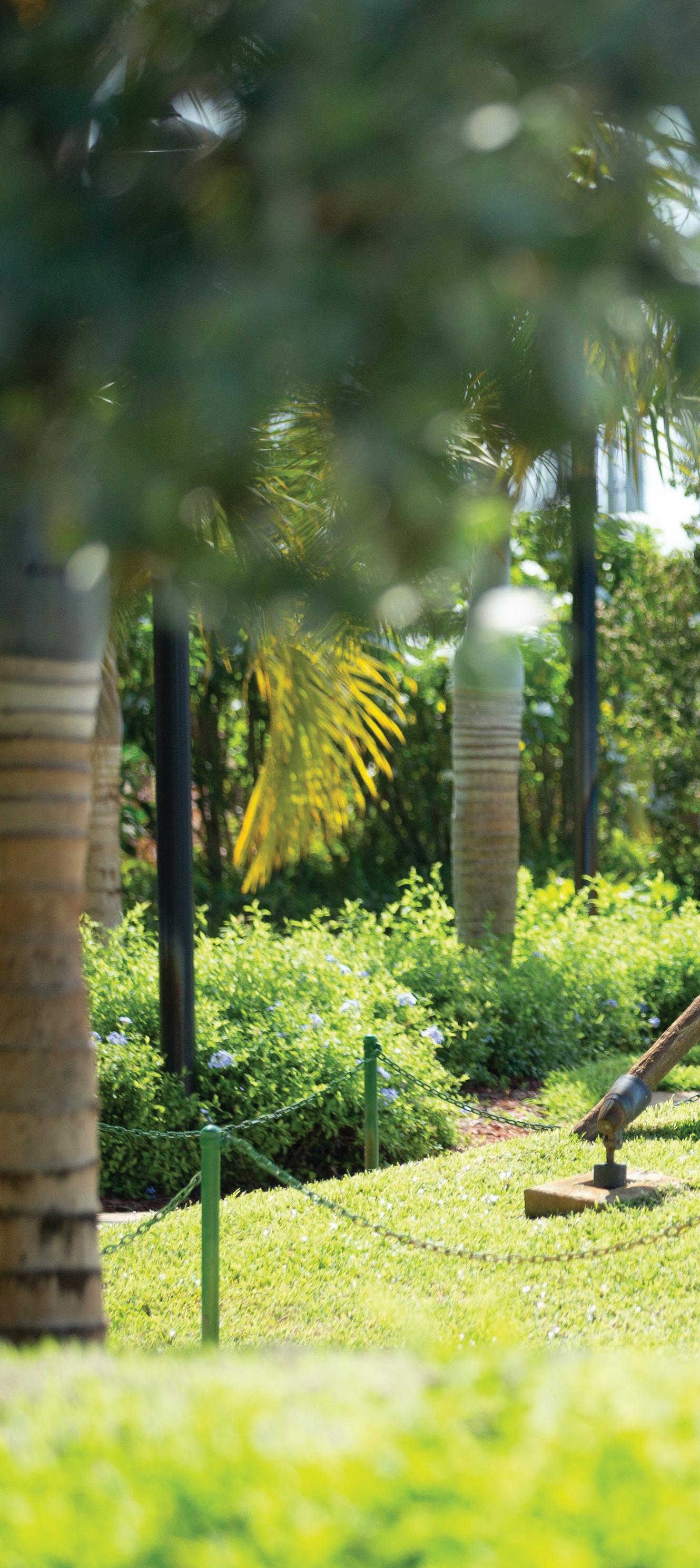
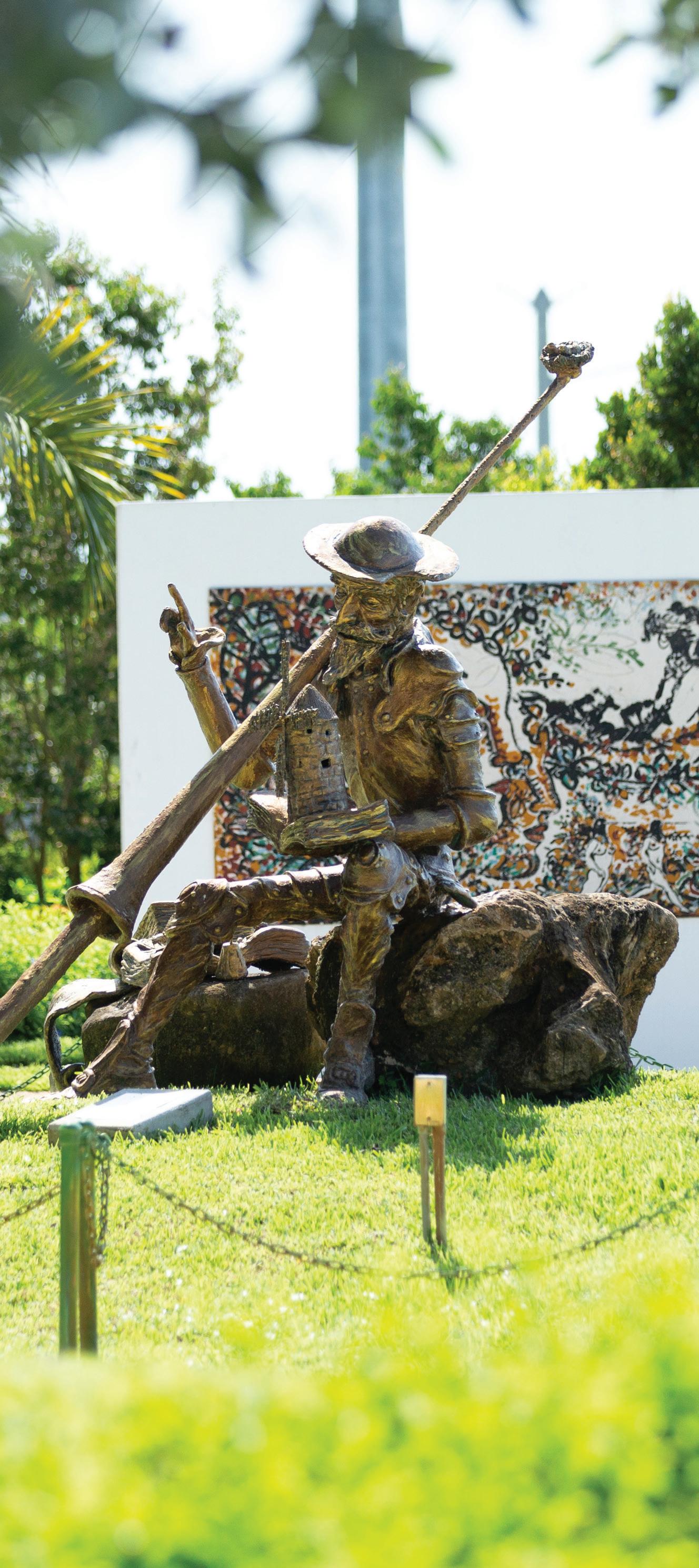
Looking to get a real dose of Hispanic heritage? Head to Hialeah. Home to the nation’s highest percentage of Cuban and Cuban American residents, Hialeah’s culture is driven by its international roots.
A network of local artists, musicians and art enthusiasts has joined forces to share their stories, creating the Leah Arts District, Hialeah’s very own living/work space for artists. The area is designed to promote arts and culture in Hialeah and give local artists a place to meet, exchange ideas and display their latest art. The district was a hub of production and manufacturing in the 1980s. Eventually falling into abandonment, this once-neglected neighborhood is now a haven of thrift stores, antique shops, artsy soirées, block parties, workshops, live music and performances, and dozens of murals.
A place designed to foster inspiration and creativity, Garden of the Arts is Hialeah’s own open-air museum. This cultural park is a collection of paved walking trails, green spaces, historic murals, monuments, benches and an amphitheater. The park was created as a place to enjoy quiet contemplation.
The Cuban Culture in Exile Heritage Park site (also known as Monument Park) honors the Cuban exile experience that is such a big part of Hialeah’s story. It’s dotted with artsy, historic monuments honoring high-profile names in Cuban history, like singers Olga Guillot and Celia Cruz.
The Milander Center for Arts and Entertainment accommodates events of all sizes. It has both an amphitheater and an exhibit space. Located on Miami Dade College’s Hialeah Campus, the Hialeah Cultural Center was created to celebrate Hialeah’s arts and
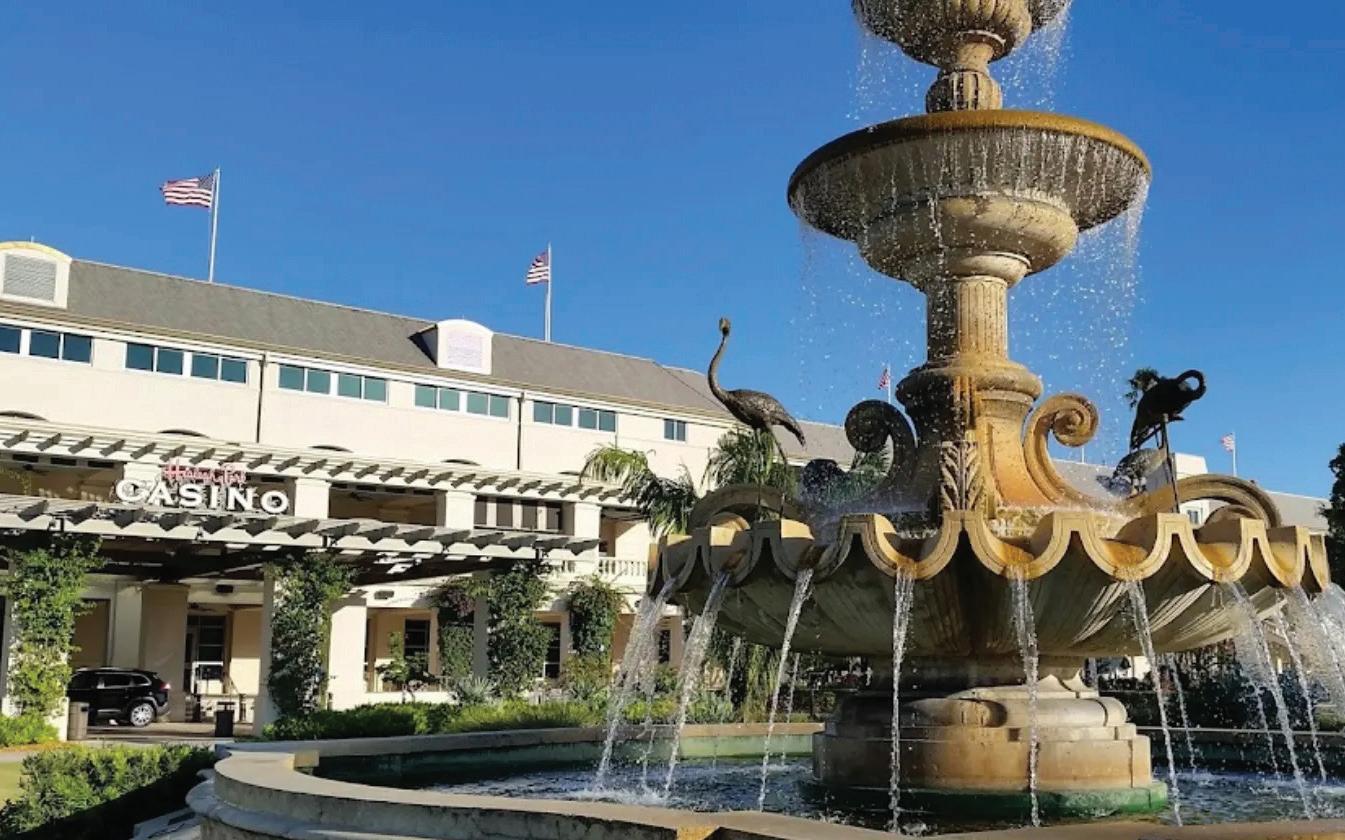
culture scene. It’s home to curated exhibitions, art lectures, film studies, oral history projects, and juried music and arts competitions.
Hialeah has plenty of public parks. The largest is Amelia Earhart Park. It offers everything from a petting zoo and dog park to mountain biking trails and a fishing pier. The Miami Watersports Complex is located on the park’s 91-acre lake. Visitors can do anything from cable and boat wakeboarding to wakesurfing, waterskiing, kneeboarding and paddleboarding
Head to Hialeah Park Casino for fun and gaming. It has been a mainstay for nearly a century, with a National Register of Historic Places distinction. Set on 200 acres of landscaped gardens, it’s also an Audubon Bird Sanctuary where flamingos roam wild.
Hialeah is the place to eat when you’re craving Latin American cuisine. The area is famous for its Cuban restaurants. Founded in 1982, Molina’s Ranch is one of Hialeah’s original, family-owned Cuban spots. Hialeah is also home to an outpost of Graziano’s, a fine Argentinian steakhouse.
The team behind the Kush Hospitality Group, which runs several popular restaurants throughout Greater Miami & Miami Beach, has recently entered the Hialeah food and drink scene. First, it reopened Stephen’s Deli, said to be the destination’s longest-operating delicatessen, and rebranded it as Kush by Stephens. Located in the Leah Arts District, it brings classic Jewish deli flair back to Hialeah, remaining true to the deli’s roots.
Then, it opened the adjacent La Cocina Cocteleria, the neighborhood’s first cocktail bar, offering creative “Hialeah-inspired” cocktails with tongue-in-cheek names like Ñooo Que Bueno, Pots & Pans and Tiki-Tiki Music.
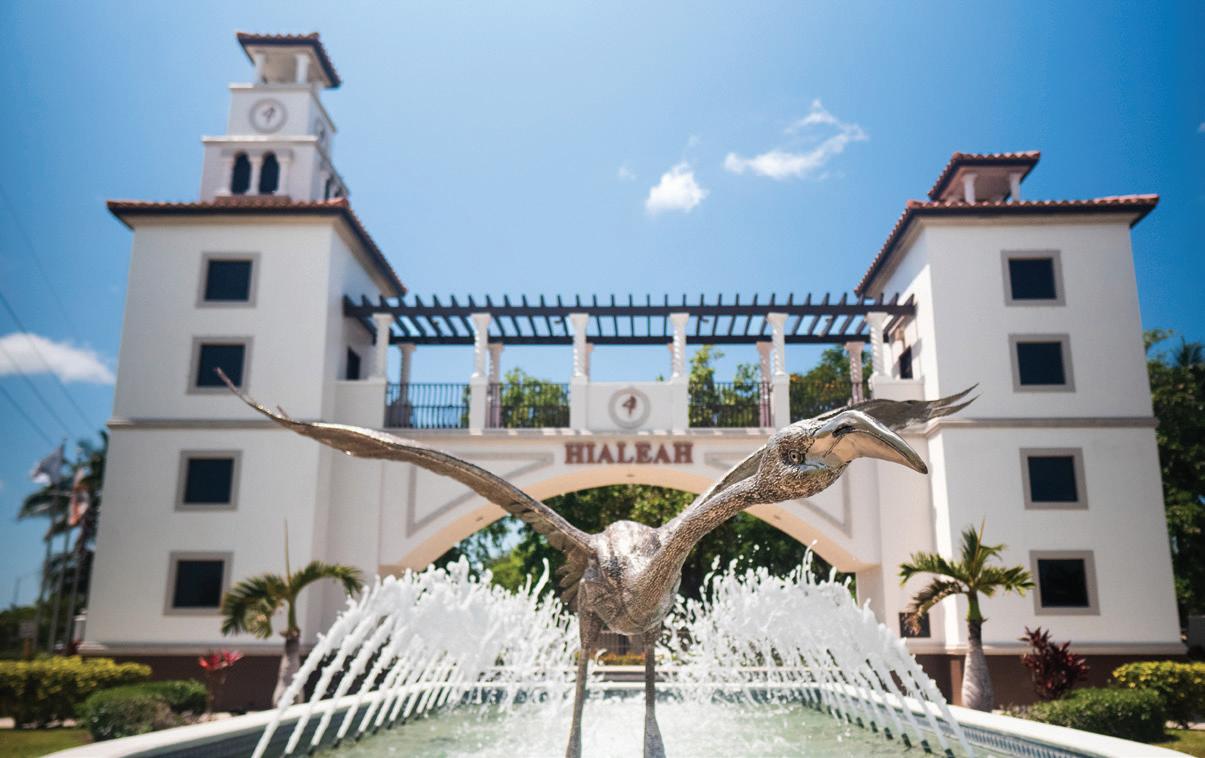
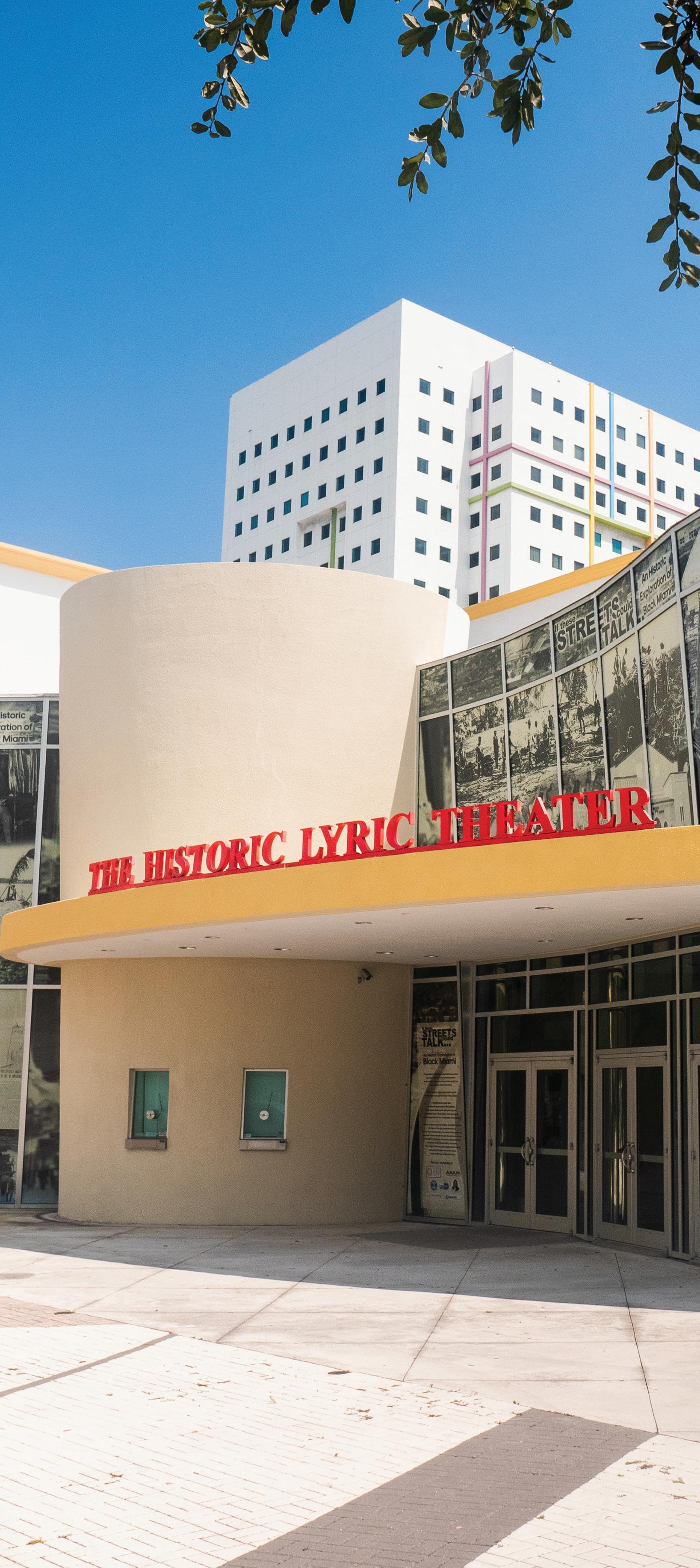
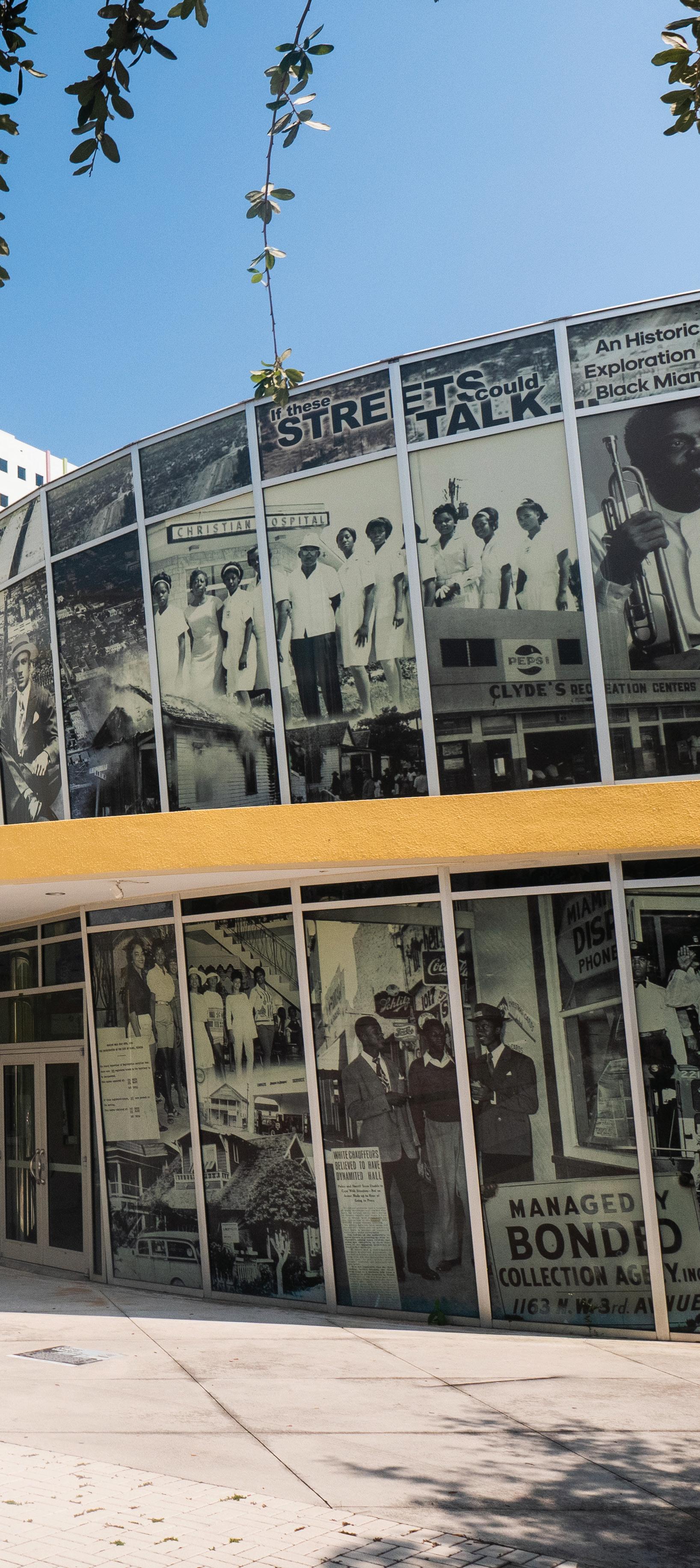
Just northwest of Downtown Miami, Historic Overtown is steeped in Miami’s Black heritage. In its heyday, starting in the 1930s, it was a bustling entertainment district nicknamed Little Broadway for its similarities to Harlem during the Harlem Renaissance. Stars like Louis Armstrong, Ella Fitzgerald and Billie Holiday all performed on its stages and mingled in its clubs.
No description of Historic Overtown would be complete without at least a brief dive into the community’s history, which dates to the 1890s. Historic Overtown is one of Miami’s oldest continuously populated neighborhoods, coming in second only to Coconut Grove.
Historic Overtown’s founding was a direct result of the Jim Crow Laws, which put segregation into practice in several ways, including the establishment of specific neighborhoods for Black residents. Initially built to serve as a home for African American railroad workers employed by tycoon Henry Flagler, Historic Overtown evolved over the decades into a hub for Black culture, music and business. By the 1950s, the neighborhood was considered a Miami hot spot, famous for its nightlife scene.
The construction of two major freeways in the 1960s displaced thousands of Historic Overtown’s residents and demolished swaths of the community. But today, the neighborhood is experiencing a modern-day renaissance, one in which Miami’s Black history is honored and celebrated. The neighborhood has grown and thrived throughout the revitalization process. Community gardens, historic buildings and cultural centers have been created and preserved to honor the distinct past of Historic Overtown.
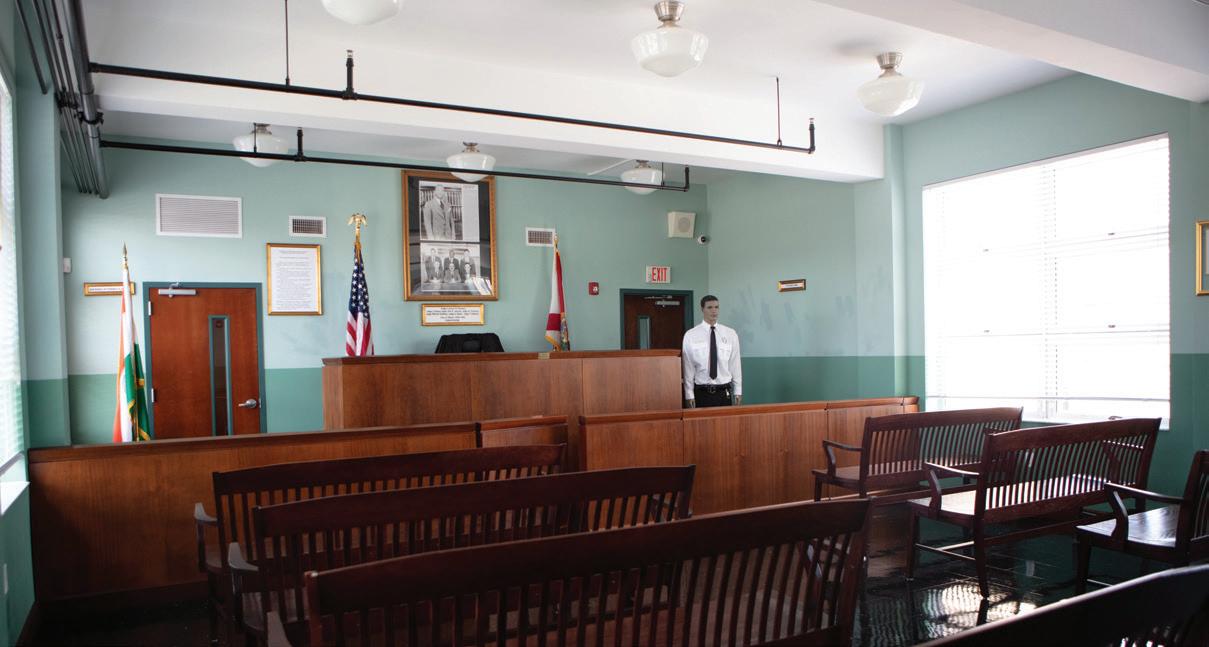
The vibrant spirit of Historic Overtown that defined it in its past lives on today, making it one of Miami’s must-visit communities. The diverse population, historic roots and thriving arts and culture scene have come together to make this neighborhood unlike any other part of Miami, offering a one-of-a-kind experience for locals and tourists alike. Whether you’re interested in exploring the community’s history, enjoying some of the best soul food in Florida or diving into the local culture, there’s no shortage of things to see and do in Historic Overtown.
Because of segregation during the Jim Crow era, Historic Overtown is where Black artists and celebrities spent the night when visiting and performing in Miami. Today, visitors can stay at the Dunns Josephine Hotel and get a feel of what Historic Overtown was like during its heyday. Each room is uniquely designed to bring to life the essence and style of African American icons and figures from the Harlem Renaissance era, from legendary singer Ella Fitzgerald to writer and cultural explorer Zora Neale Hurston.
The Black Police Precinct & Courthouse Museum was home to the city’s first Black police officers, who patrolled the area starting in the 1940s. Packed with artifacts, documents, videos and oral history, the museum provides insight into Miami’s rich Black heritage and this unique time in Miami’s history.
The Lyric Theater was built in 1913. Through the years, countless legendary performers graced the stage, from Cab Calloway and Count Basie to Nat King Cole, Sammy Davis Jr. and Josephine Baker. After a period of dormancy, a newly restored Lyric reopened during Black History Month in February 2014, reclaiming its title as the oldest operating theater in Miami. Under the stewardship of the Black Archives History & Research Foundation, The Historic Lyric Theater is once again a top performing arts destination.
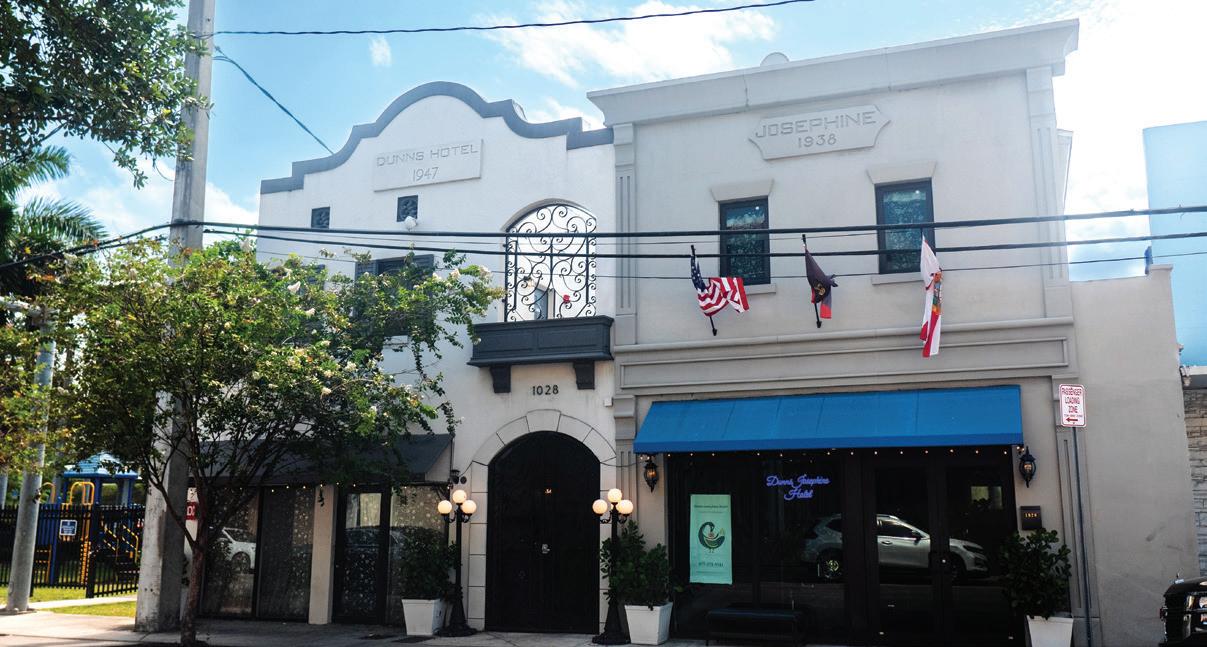
Another historic jewel in Historic Overtown is the Overtown Performing Arts Center (OPAC). The building is the former Ebenezer Methodist Church. Its calendar has featured everything from a soul food pop-up restaurant to an open art gallery, giving the community a place to gather and enjoy the best of Historic Overtown. In 1925, the Ward Rooming House opened its doors to both Blacks and Seminole Indians, who were typically unable to find welcoming accommodations elsewhere in Miami. Now listed on the National Register of Historic Places, it stands as a symbol of the long-held values of the Historic Overtown community. It has been transformed into an art space, with Hampton Art Lovers Gallery curating exhibitions by Black artists.
Historic Overtown also nurtured Miami’s original street artist, Purvis Young, whose evocative murals span from the 1970s to 2010 and can still be seen throughout the neighborhood. Young painted scenes inspired by life on the streets in Overtown and his daily observations. While his work is often classified as folk art, his style of mixing bold, saturated colors resonates with contemporary art movements.
As one of the oldest churches in Miami, the Greater Bethel African Methodist Episcopal Church has seen over a century of historic events pass by its doors. The building’s distinct architectural style and stunning stained-glass windows make it a must-see icon of Historic Overtown. Mt. Zion Missionary Baptist Church is yet another historic landmark, serving as a meeting place for Martin Luther King Jr., Civil Rights leaders and other important organizations since its founding in 1896.
The D.A. Dorsey House is a historic 1920s building honoring former resident D.A. Dorsey, one of the community’s most well-known business people of the 20th century and its first Black millionaire.
You can get a taste of Miami’s Black heritage through the food in Historic Overtown. Lil Greenhouse Grill is a locally owned gem. Its Neo-Soul menu has a delicious brunch with items like collard greens with ham hock, creamy baked mac and cheese, and fried shrimp with biscuits.
After more than 45 years in business, Jackson Soul Food has earned its reputation as the heart and soul of Miami, thanks to its scrumptious food and at-home atmosphere. House of Wings is many locals’ pick for the best wings in Miami; order the lemon pepper if you stop in.
Celebrity chef Marcus Samuelsson has added to the neighborhood’s appeal with an outpost of Red Rooster, his globally inspired soul food restaurant.
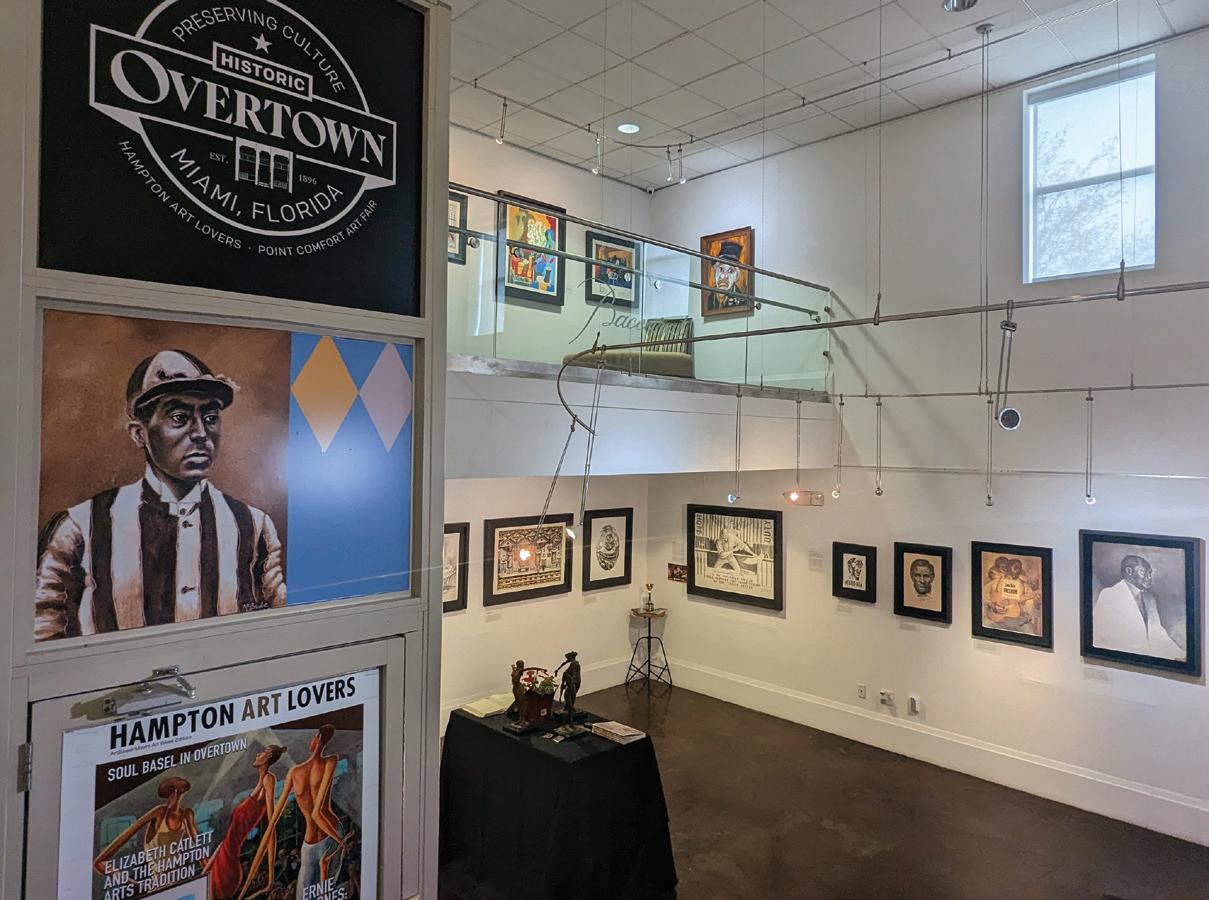
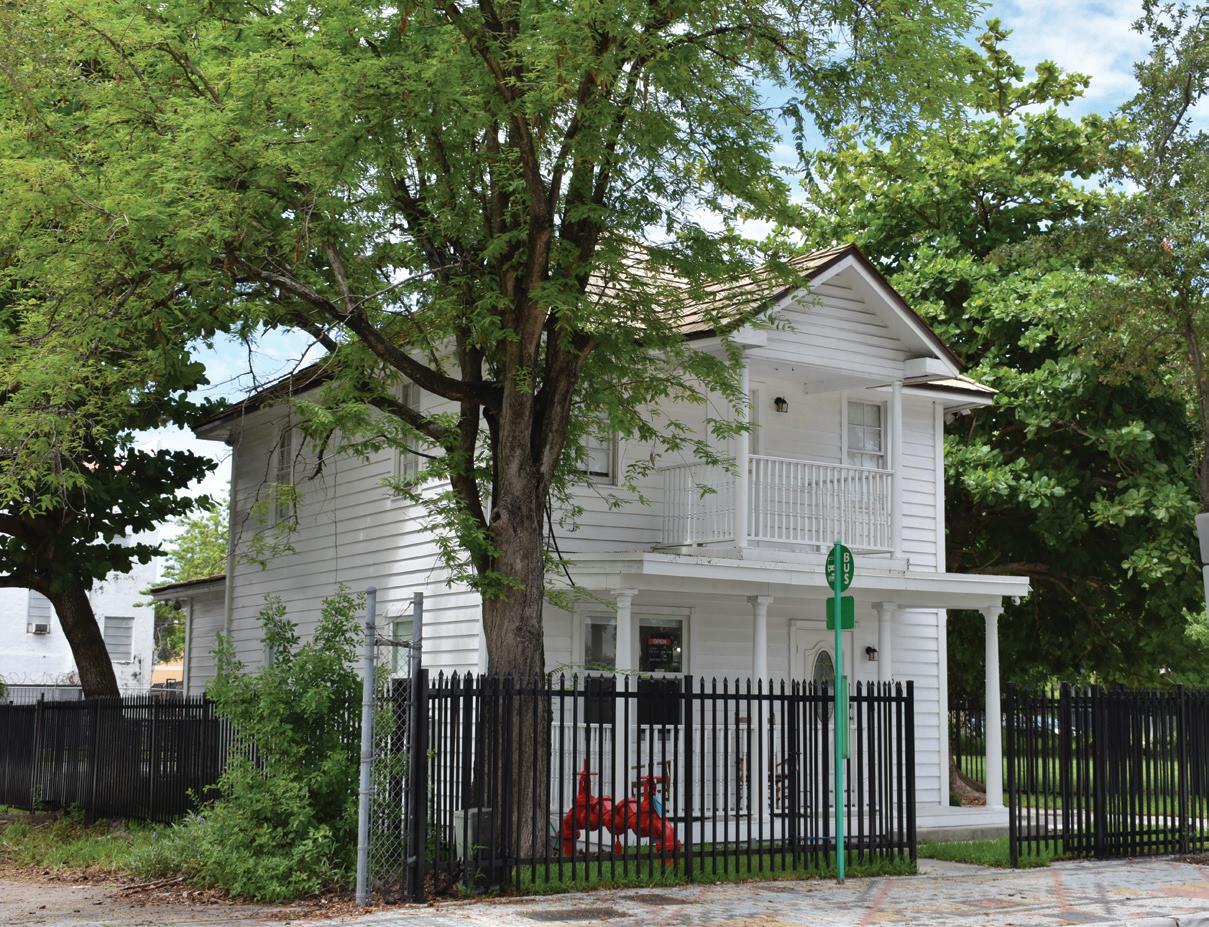
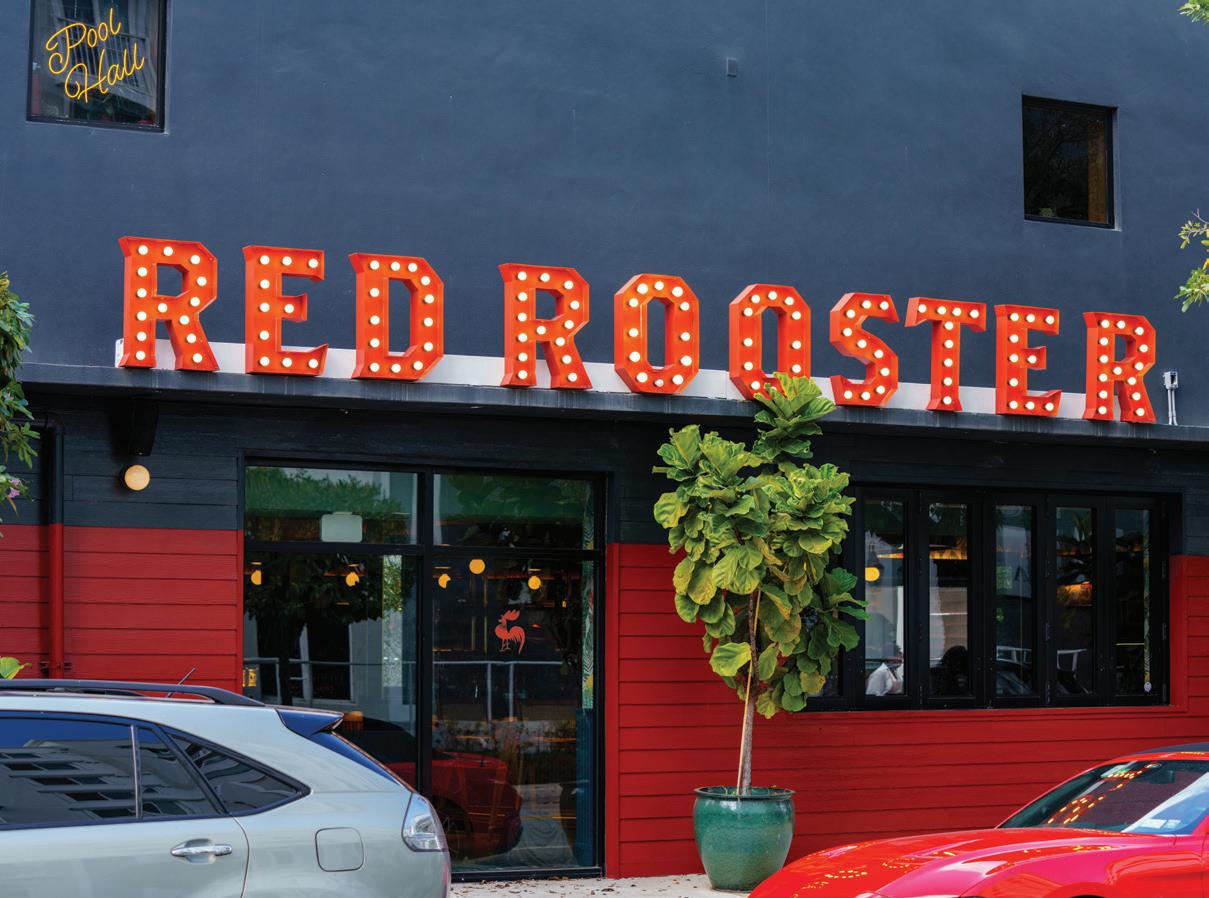
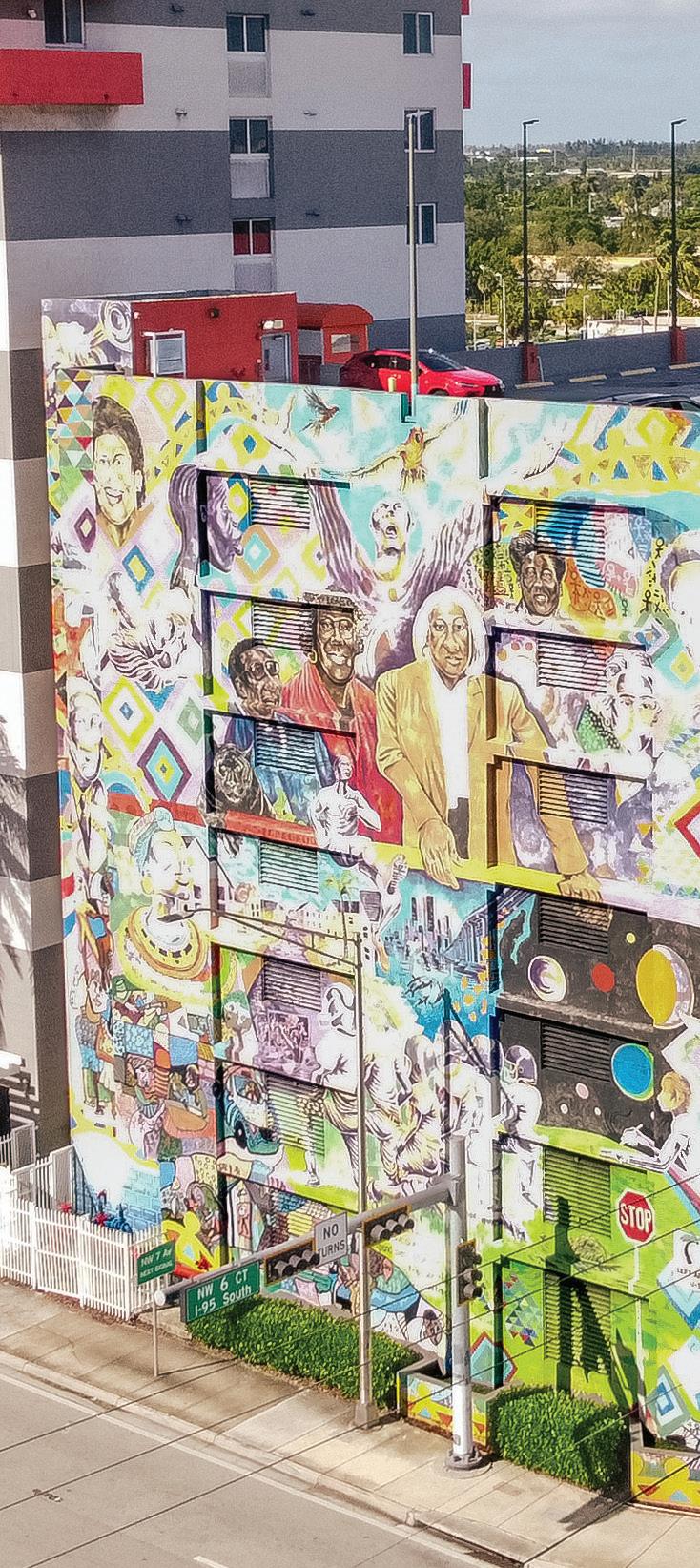
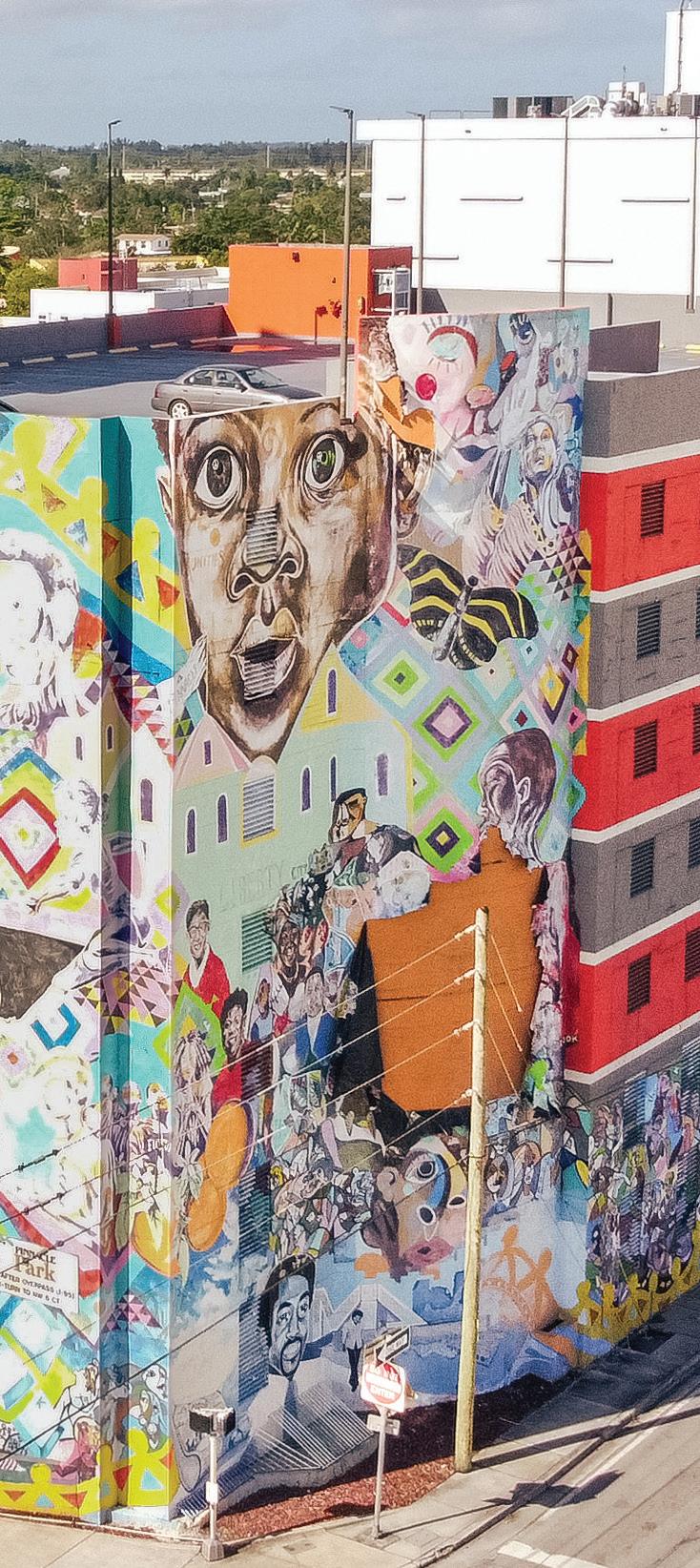
Greater Miami & Miami Beach’s unique multicultural heritage has deep roots in Liberty City. The first wave of migration of Blacks to Liberty City began in 1937, when many families moved to the Liberty Square Housing Project. From here, the neighborhood expanded and began flourishing.
The second major migration came in the late 1950s and early 1960s as a result of the expressway construction that displaced Black residents of Overtown. Liberty City fell on hard times from the late 1960s to the early 1980s. Determined local leaders’ efforts are paying off with increased commercial development and area beautification.
In the early 1930s, President Franklin D. Roosevelt signed off on the construction of the Liberty Square housing project, the first of its kind in the region. Seeking to provide welcoming, safe homes as an alternative to other overcrowded projects, Liberty Square officially opened its doors in 1937. The housing project quickly expanded into a full-fledged neighborhood, complete with several community centers, hospitals, churches and other highlights. It became a central gathering place for many prominent figures in the following decades, including Muhammad Ali and Dr. Martin Luther King Jr.
Liberty City experienced many challenges during the second half of the 20th century, but the community persisted. A number of nationally known talents have emerged from Liberty City in recent years, and the neighborhood has become a welcoming destination for locals and visitors interested in its art, culture, music and history. The Academy Award-winning movie “Moonlight,” created by Liberty City natives Tarell Alvin McCraney and Barry Jenkins and inspired by their time growing up in the area, was partly filmed here.
The annual Dr. Martin Luther King Jr. Day Parade has been a highlight of Liberty City’s cultural calendar since 1977, when Miami was the first city in the country to organize such a parade. A mural by the late artist Oscar Thomas at Northwest 62nd Street and 7th Avenue honors Dr. King. Painted in black and white, the 62nd Street MLK Mural depicts several images of Dr. King in oration. There’s a dove flying with an olive branch, the symbol of peace, and a quote from Dr. King’s “I’ve Been to the Mountaintop” speech. Titled “Prince of Peace,” the mural is a powerful symbol of the Civil Rights movement.
Liberty City is home to several entertainment venues. The Marshall L. Davis, Sr. African Heritage Cultural Arts Center is devoted to nurturing the artistic talents and ambitions of the Liberty City community. With various creative arts studios and an auditorium, the center is a hub for locals to create and experience art. It’s also home to the Amadlozi Gallery, featuring culturally enriching exhibitions by emerging as well as established artists. The Joseph Caleb Auditorium hosts a rich array of events, ranging from community forums to local performances. Fantasy Theatre Factory operates the Sandrell Rivers Theater, a state-of-the-art facility that offers diverse programming for kids and adults.
Lincoln Memorial Park Cemetery, one of the oldest cemeteries in Miami-Dade County, consists of more than 500 mostly above-ground vaults. Black pioneers buried here include Dr. William A. Sawyer, the first Black physician in Miami-Dade County and founder of Christian Hospital; Arthur and Polly Mays, who opened a school for rural Black children in South Dade; and Florence Gaskins, who formed the first local Red Cross chapter for Blacks.
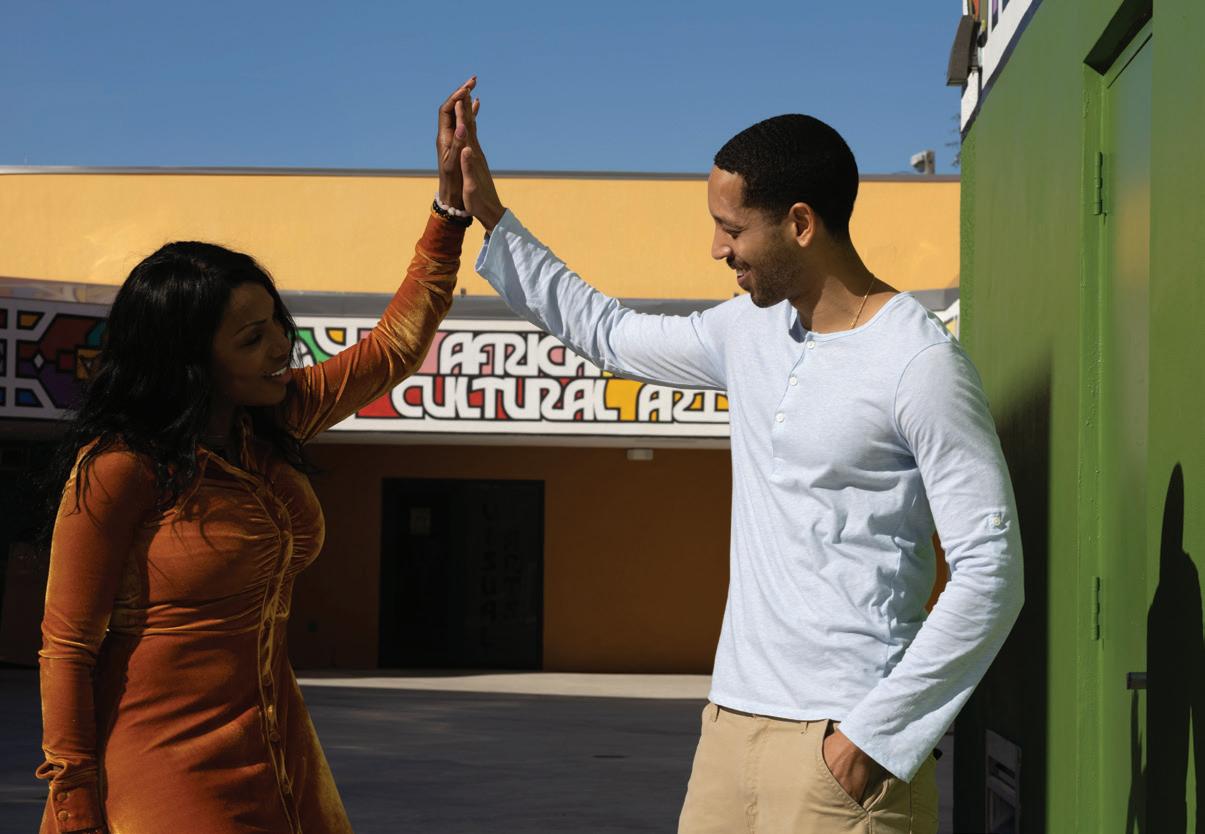
Known as Liberty City’s beloved comfort food spot, MLK Restaurant is a family-run operation serving up Southern classics to anyone and everyone with an appreciation for delicious food. While there’s certainly a nod to Dr. King in its name, MLK Restaurant actually stands for My Little Kitchen. Photos of heroes of Black history adorn its walls.
Surround yourself with the colors and flavors of the Caribbean at Naomi’s Garden Restaurant & Lounge near Liberty City. This family-owned Haitian-Caribbean restaurant’s outdoor area features colorful murals, lush gardens and patio seating.
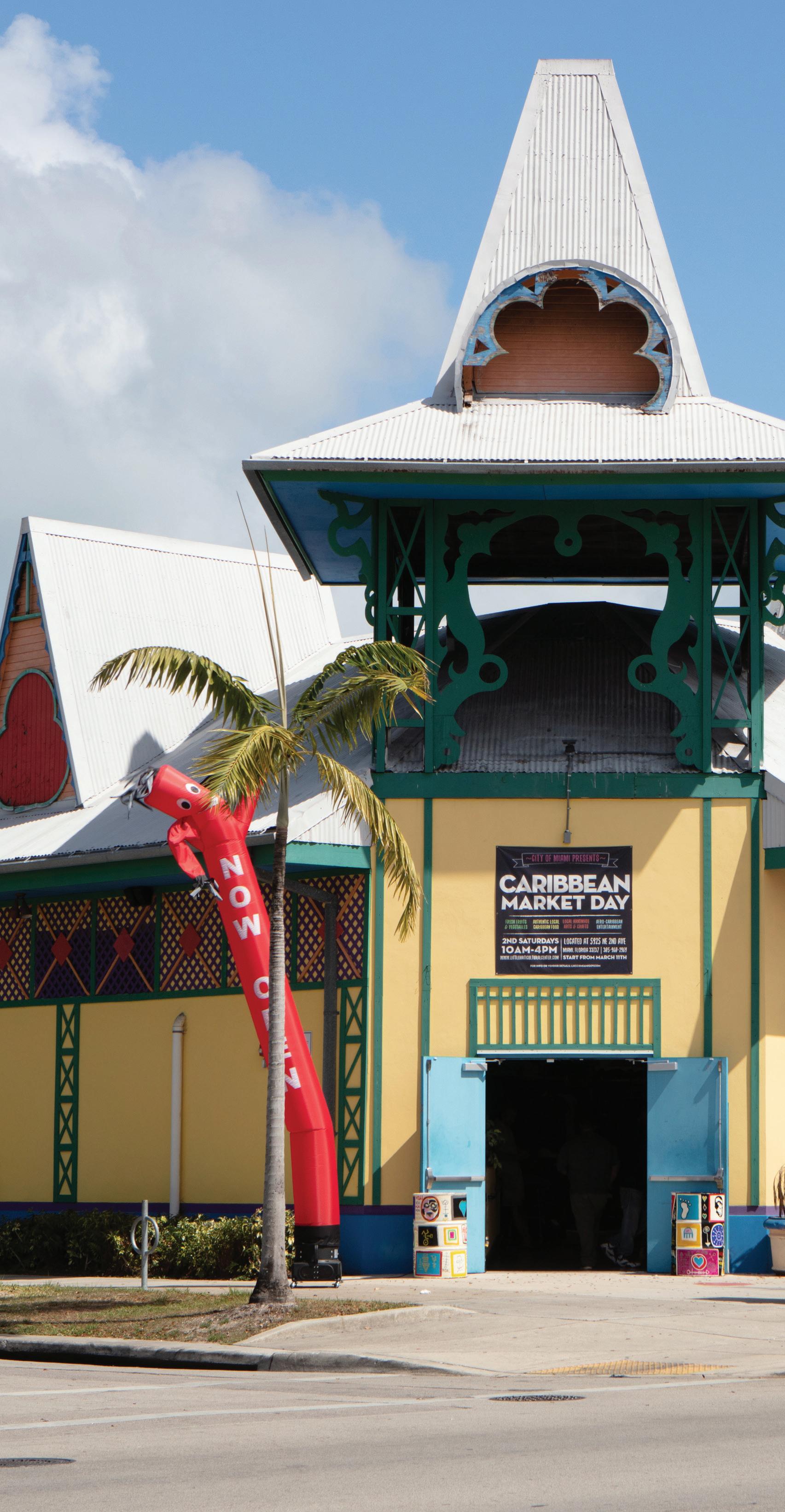

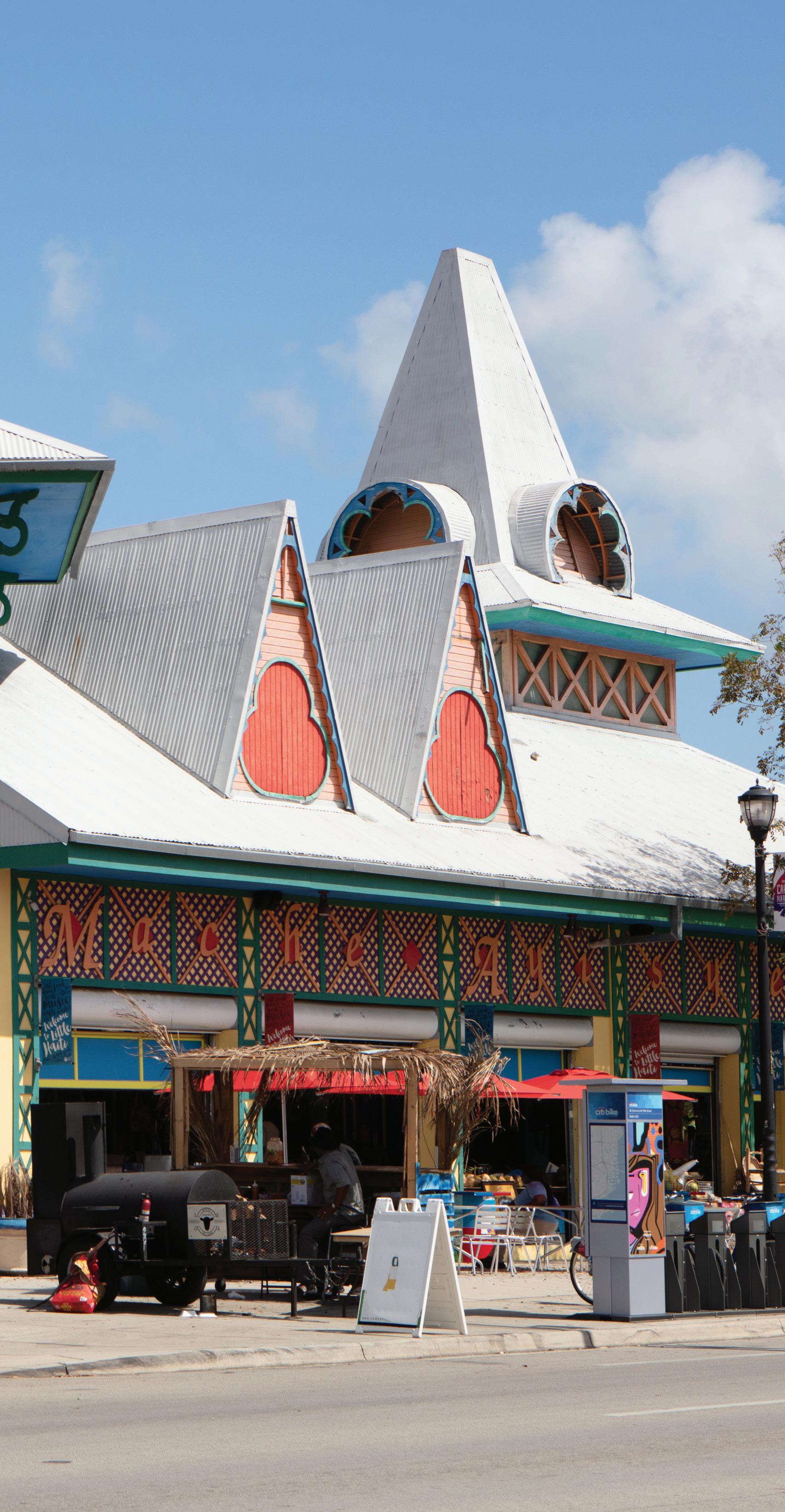

Little Haiti, one of Miami’s many vibrant and culturally rich neighborhoods, is home to the destination’s Haitian community. Pay a visit to this lively pocket of Miami to discover authentic Creole cuisine, a Haitian bookstore, a Caribbean marketplace and a thriving cultural center. In recent years, Little Haiti has seen an influx of artists and other creative types who’ve brought with them contemporary art galleries, hip restaurants and a bustling food hall.
Lemon City was a community on the shores of Biscayne Bay, predating the incorporation of the City of Miami, that was home to white and Black pioneers. Most of the Blacks in this area were of Bahamian descent and established flourishing communities and businesses, including the only U.S. Post Office in the area, a library, churches, a “colored school” and a cemetery.
There were at least three identifiable Black communities in Lemon City – Nazarene, Knightsville and Boles Town – all dating from about 1900. After the area underwent a drastic demographic shift in the 1920s, Lemon City became a distant memory in the minds of many of Miami’s Black pioneers.
Over the past several decades, Haitians have moved into the area and changed the character of the neighborhood that was once known as Lemon City. The culturally vibrant Haitian community has enriched Miami’s multiethnic character.
While the area is now known as Little Haiti, significant facts and tangible evidence of this once-vibrant pioneer community are being uncovered through findings at the Historic Lemon City Cemetery
Little Haiti’s main attractions are centered around the Northeast 2nd Avenue corridor. This business district is of great social and cultural significance to the Haitian Diaspora because it is the only area in the history of Haitian immigration primarily inhabited by Haitians. It bustles with Haitian-owned and operated businesses, where the aroma of Creole cooking, multihued artwork, the rhythm of Haitian compas music, and the expressive tone of Haitian Creole greet residents and visitors alike. The name of a cultural icon graces this major thoroughfare – Northeast 2nd Avenue is known as Avenue
Felix Morisseau Leroy (named for the Haitian Creole writer and poet) and it leads to Toussaint L’Ouverture Elementary School (named for the leader of Haiti’s independence movement).
One of the neighborhood’s distinguishing features is the colorful and distinctive Caribbean signage along the business corridors. Local businesses stand out with their high-pitched roofs and bright, pastel colors. One such business is Libreri Mapou, a bookstore founded in 1986 by Jan Mapou, a Haitian playwright and activist. The shop offers a selection of rare books in French, Creole and English. Subjects range from folklore and sociological studies to novels as well as language and grammar books. It’s a great place to linger and check out the vast number of titles.
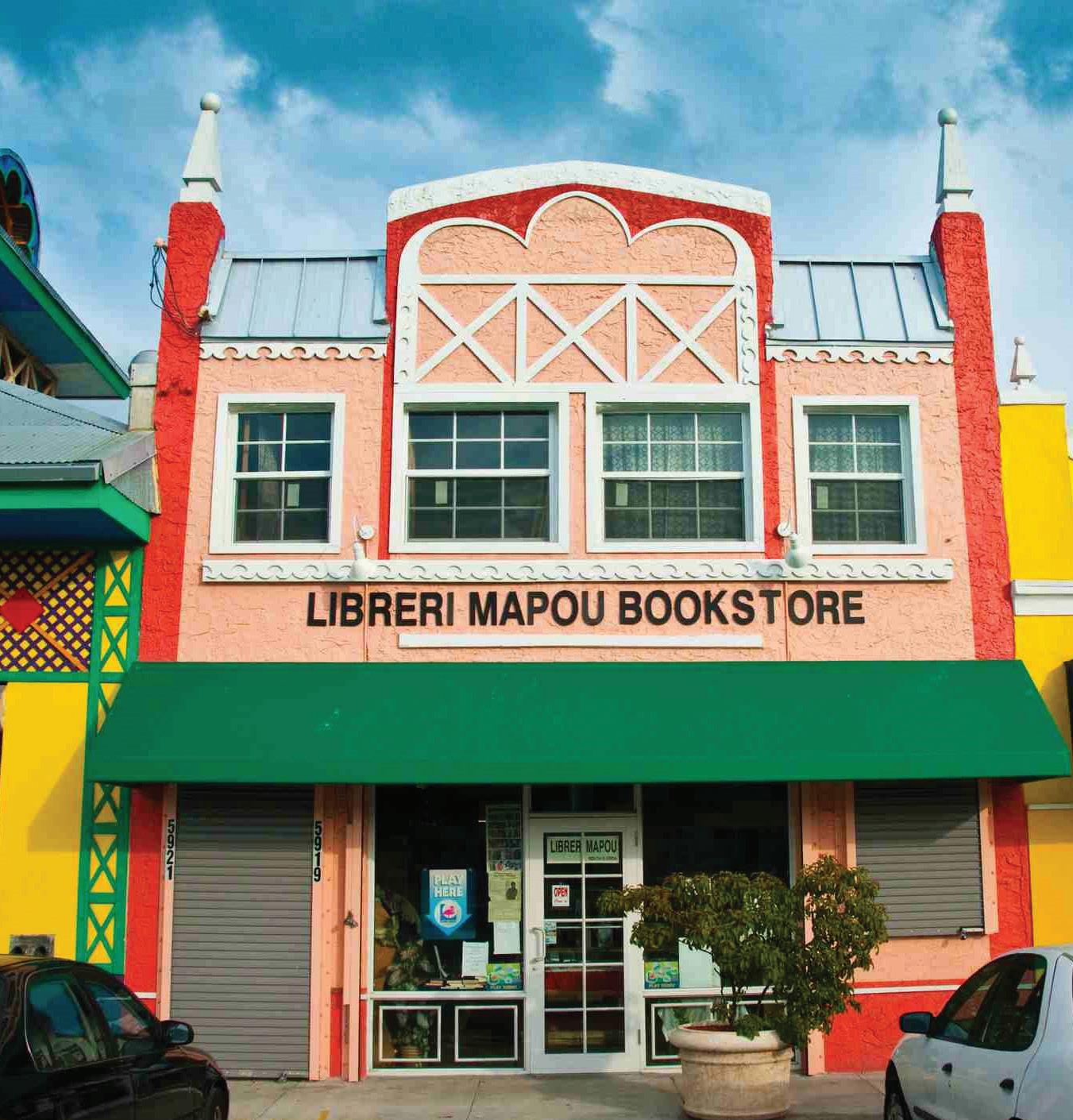
A thriving arts scene has taken root, with contemporary galleries joining longtime institutions such as the Little Haiti Cultural Complex, an arts center and museum showcasing Haitian painting, sculpture and crafts. It also offers classes ranging from ceramics to Afro-Caribbean folk dancing. The center’s 300-seat theater is a popular location for live music and dance performances. On the third Friday of every month, Sounds of Little Haiti is a party with live music in a celebratory, family-friendly environment.
Next door, local craftspeople sell their goods during special events at the Caribbean Marketplace, a modern replica of Haiti’s colorful Iron Market. Check the calendar for Caribbean Market Days, held periodically on Saturdays.
Sweat Records is more than a locally owned indie record shop – it’s also a longtime community gathering place. You’ll find a treasure trove of records curated by founder Lauren “Lolo” Reskin (who’s also a local DJ), from oldschool hip-hop to rock, experimental, metal, folk and punk. The shop also hosts a slew of live events, ranging from music to comedy shows, and boasts an onsite vegan coffee shop.
The perfect place for a gallery crawl, Little Haiti has become a hub for Miami’s contemporary art scene. Stop by Emerson Dorsch, one of Miami’s original gallery trailblazers – it’s committed to a core group of local artists. Nearby, Nina Johnson Gallery’s focus is on design and sculpture, representing both Miami-based and international artists. Laundromat Art Space is an artist-run studio and exhibition space (in a reclaimed laundromat, naturally) that always has something new and thought-provoking on display.
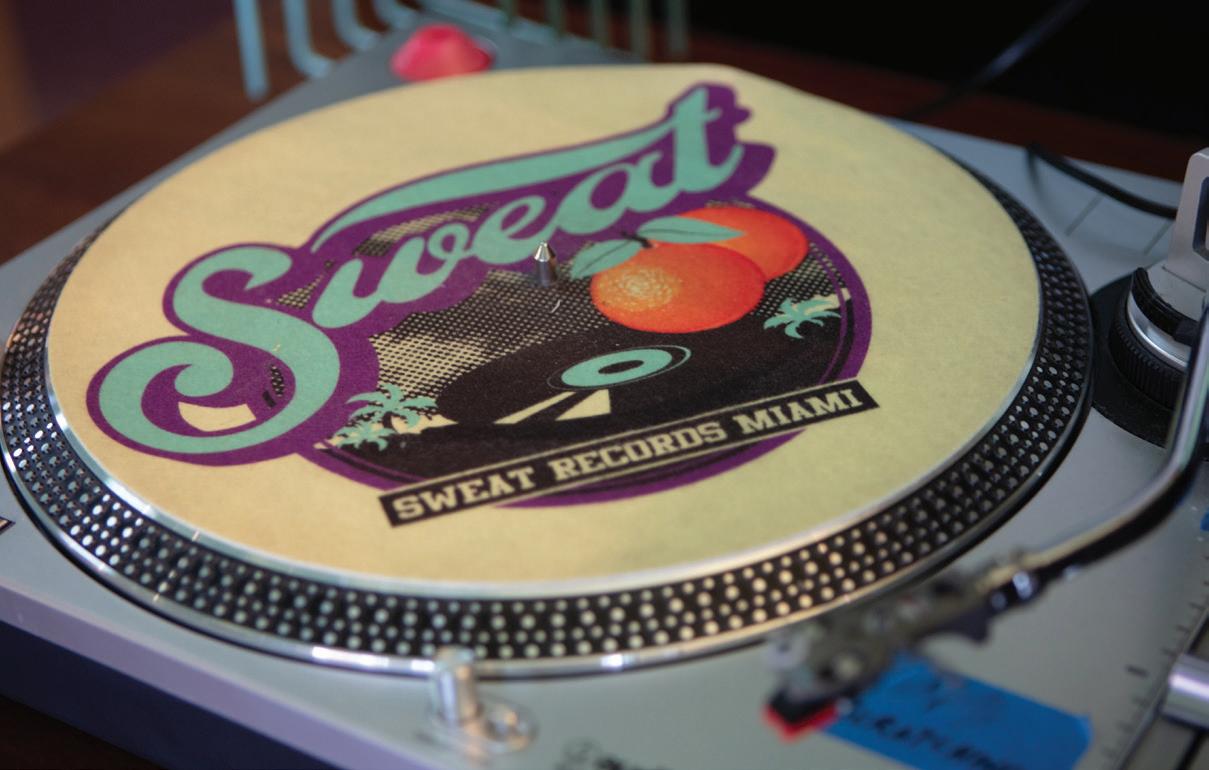
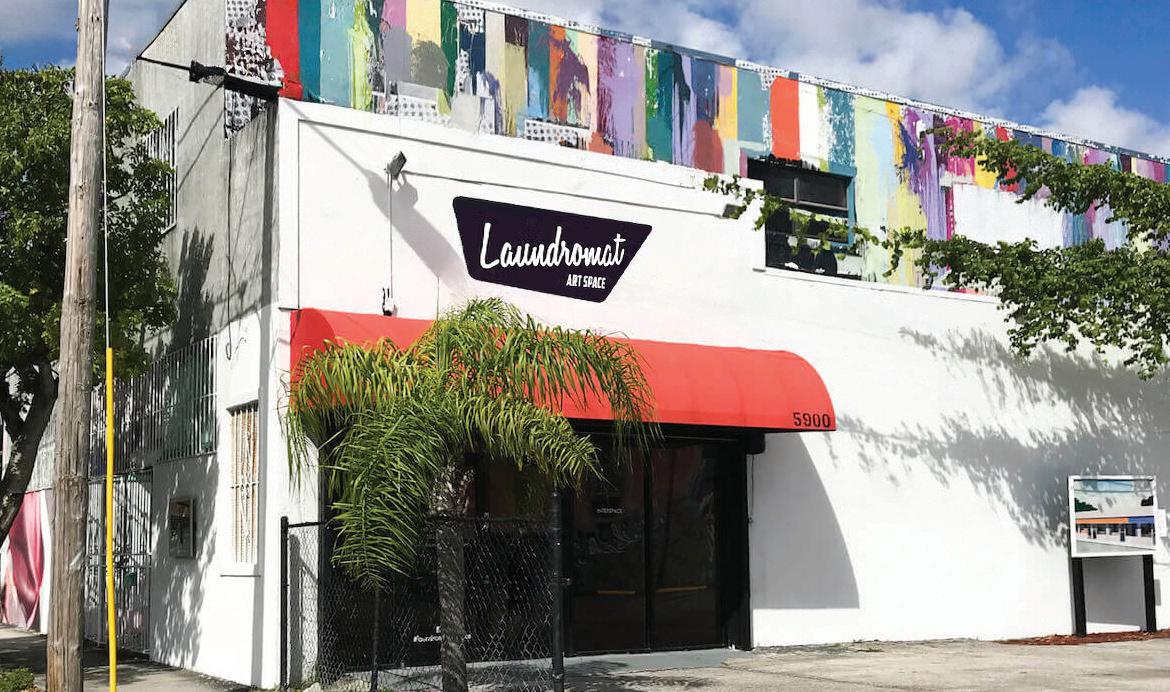
Of course, Little Haiti is a fabulous place to sample authentic Haitian and other Caribbean cuisine.
Start at Chef Creole, with its signature recipes focusing on seafood, including whole fish, seafood criollo stew and platters of fried lobster, shrimp and fish. It also serves up a delicious traditional pork griot stew. Chez Le Bebe has been a staple in Little Haiti for more than 34 years and claims to have the best griot in town. The price and spice are right at La Fourchette, a takeout-only spot. Get those taste buds ready for some griot, steamed fish, fried turkey, mixed vegetables, stew conch and spaghetti creole.
You’ll find fresh pen kreyòl (Creole bread) and flaky Haitian patties filled with cod or beef at Piman Bouk Bakery. Located in the heart of Little Haiti, Clive’s Cafe is a longtime locals’ favorite for authentic Jamaican food. Its menu includes classic Caribbean dishes, such as oxtail, curried goat, beef stew, jerk chicken and ribs.
The Citadel is a unique creative space that combines food hall delights with maker-driven retail and a rooftop lounge for live music. Be sure to hit up the diverse food vendors.
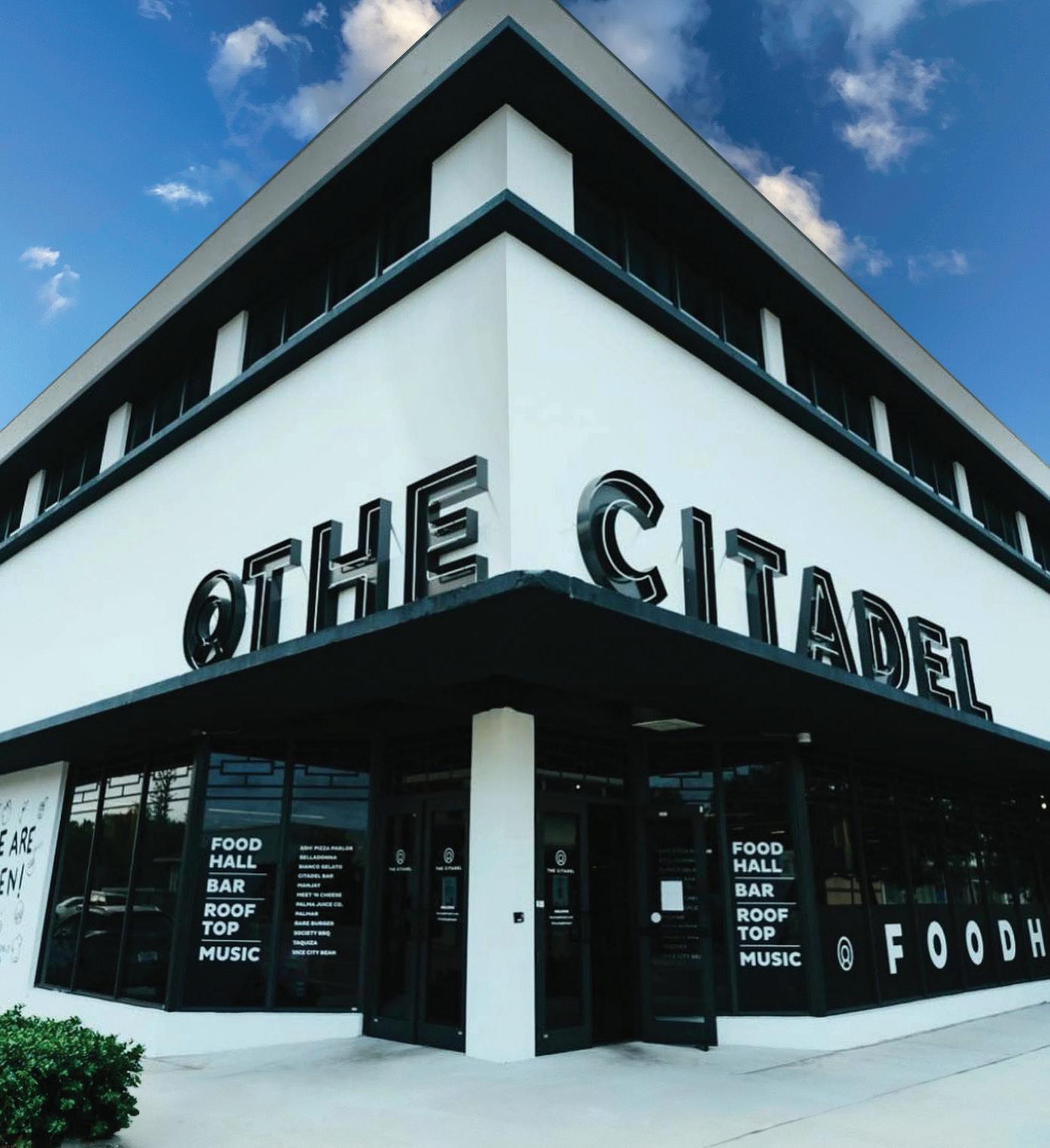
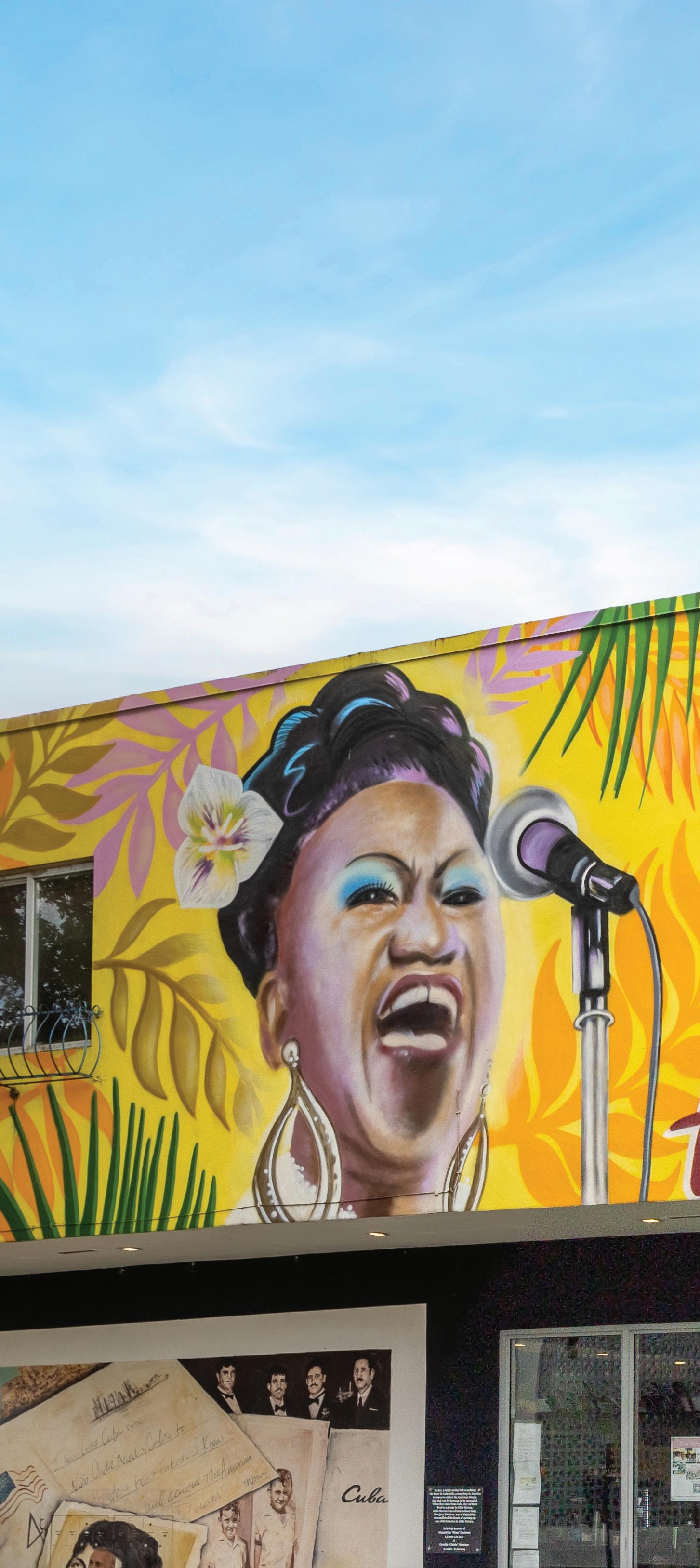
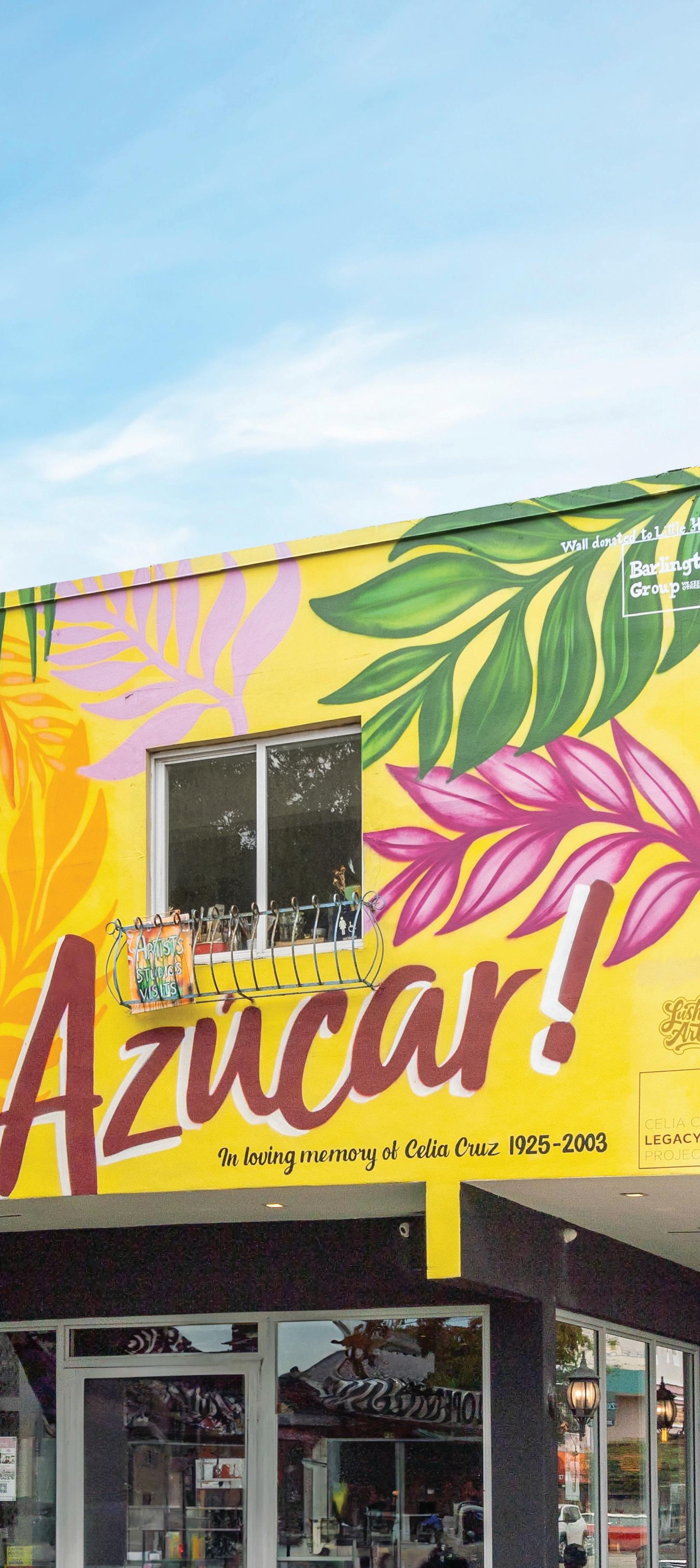
Little Havana is part of what makes Greater Miami & Miami Beach such a dynamic cultural destination. The neighborhood is the thriving and always lively hub of Hispanic culture in Miami. Cuban exiles moved here in the 1960s and 70s. The neighborhood quickly transformed into the culturally and architecturally rich destination it is today. The National Trust for Historic Preservation has declared it a national treasure.
Most of the action is centered around world-famous Calle Ocho (Southwest 8th Street), a vibrant thoroughfare lined with restaurants, fruit stands, cigar shops, galleries and music venues. You’ll discover a constant celebration of Cuban heritage here. The street is lined with murals and other artwork, from the mosaic tiles near Domino Park depicting classic symbols of Cuban heritage to walls covered with portraits of Cuban legends, including revolutionary poet José Martí and beloved singer Celia Cruz.
A cherished pastime is watching locals compete in long-running games of dominoes while debating politics at Domino Park. The park is named for Dominican-born General Máximo Gómez, the leader of the Cuban Liberation Army during the wars of independence against Spain.
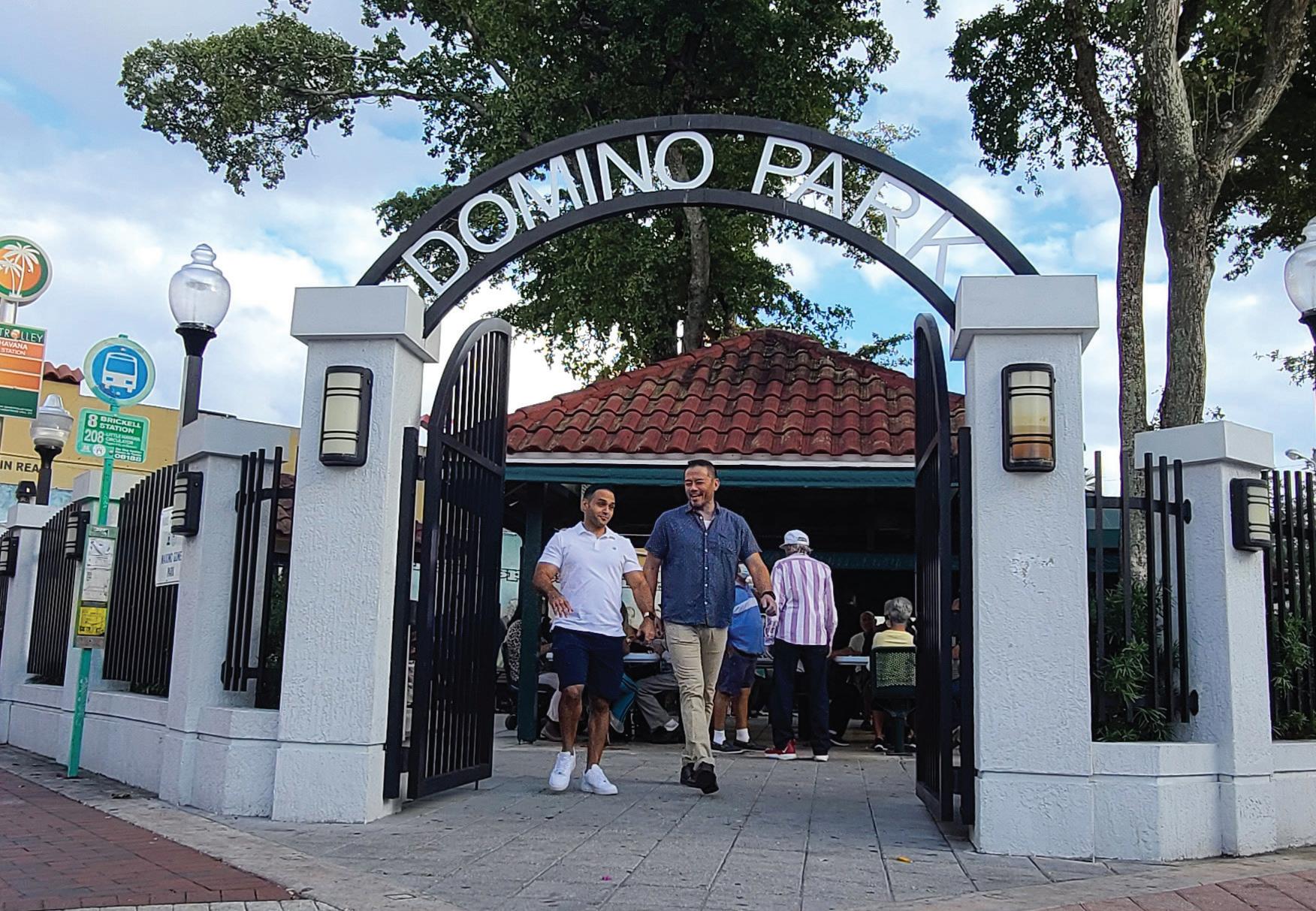
Located at the intersection of Calle Ocho and Southwest 13th Avenue, Cuban Memorial Boulevard pays homage to soldiers who fought in the Cuban War of Independence and in the 1961 Bay of Pigs Invasion. You’ll find a string of seven small monuments throughout this stretch. A highlight is the Bay of Pigs Brigade 2506 Museum, which includes artifacts and memorabilia from the ill-fated attempt by Cuban exiles to overthrow Fidel Castro’s revolution.
Little Havana is also the place to learn the art of rolling cigars at family-owned spots like Little Havana Cigar Factory, El Titan de Bronze and Cuban Crafters Cigars Walk into any shop you find and you’ll see cigar masters perfecting their craft.
Little Havana’s arts and cultural scene is especially vibrant. The neighborhood plays host to the Calle Ocho Music Festival every March to celebrate Carnaval Miami, with big-name entertainers headlining the festivities. On the third Friday of every month, Viernes Culturales (Cultural Fridays) celebrates the arts and cultural offerings of restaurants, bars, shops and galleries along Calle Ocho. There’s a stage set up on the street for dance and musical performances, and galleries keep their doors open late. A highlight of the event is a walking tour of the neighborhood led by celebrated local historian Dr. Paul George.
No matter when you visit, you can always soak up the local art and culture at galleries like the Futurama 1637 Art Building, a unique marketplace that includes studios where you can peruse diverse artwork and watch creatives at work.
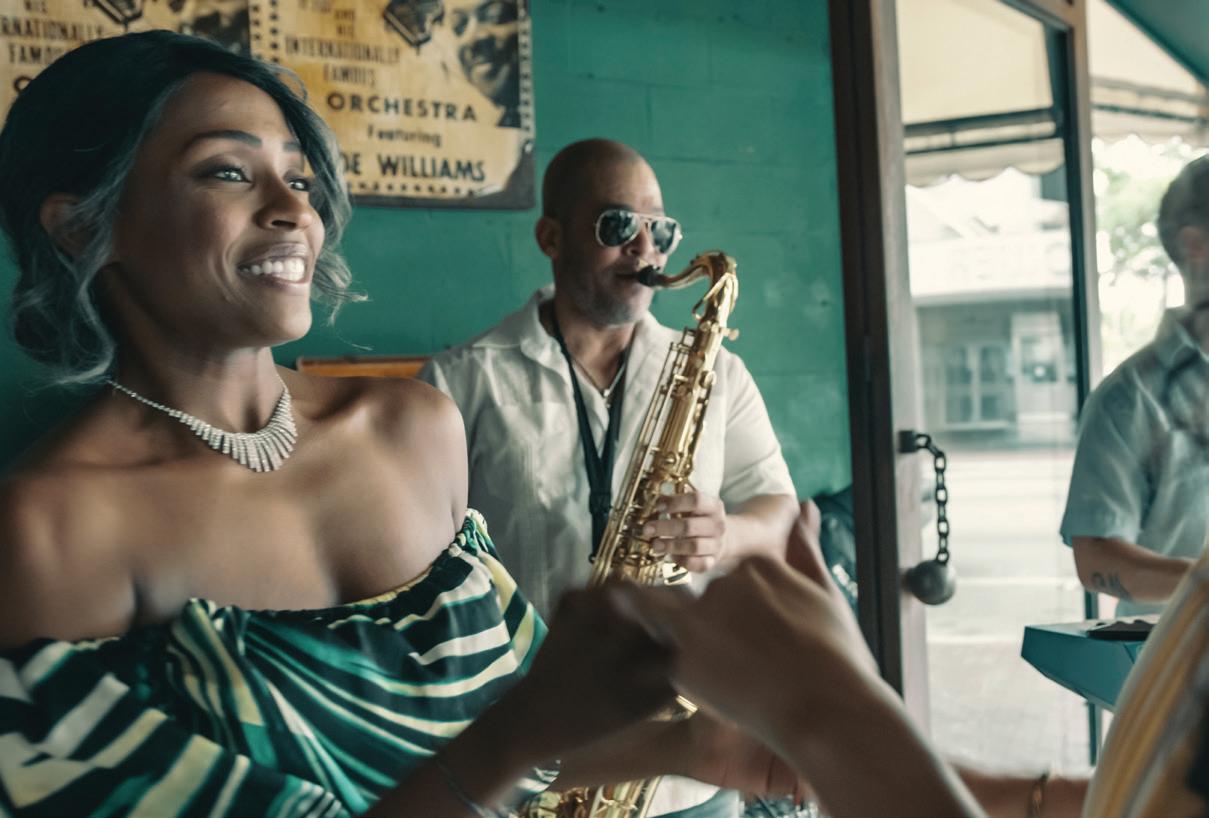
One of the area’s best live music venues is the Cubaocho Museum & Performing Arts Center, a museum and gathering space where art, live music and dance intermingle. The museum is home to a rare and stunning collection of Cuban art dating from the 1800s to 1959. More than a museum, it’s also the place to sip an impressive selection of rums and listen to acts ranging from Cuban jazz to salsa bands.
Don’t miss a night at historic Ball & Chain for mojitos and creative Cuban bites and to dance salsa while listening to some of the best live music in Miami. This restored jazz hall hosted stars like Billie Holiday, Chet Baker and Count Basie during the 1950s.
The Miami Hispanic Cultural Arts Center offers art exhibits, films and performances in a beautiful, historic building. The nearby Miami-Dade County Auditorium, featuring Art Deco Revival décor, has served as the center for the Hispanic arts community for decades.
The Koubek Center, set in a historic mansion on Miami Dade College’s InterAmerican campus, celebrates the local multicultural community with concerts, art exhibitions, theater performances and more.
The Havana Collection clothing store offers classic Cuban guayabera shirts in the finest fabrics for men, women and children. The guayabera’s lineage goes back to the Cuban countryside – or “el campo” – of the early 18th century. Thanks to the shirt’s timeless, understated elegance, its popularity continues to grow in modern times. The Havana Collection Experience is the place to discover works by local artists, classic cars, antiques and exhibits, and an impressive collection of guayaberas. Its Rooster Alley highlights a collection of Little Havana’s iconic and colorful rooster sculptures.
Little Havana is also home to the Miami Marlins. Catch a Major League Baseball game at the team’s state-of-the-art stadium, loanDepot Park. The retractable roof ballpark features unobstructed views of Downtown Miami’s skyline.
One of the best ways to dig into Cuban culture is through its food. Whether you make a pilgrimage to the classic, family-owned Versailles Restaurant or pay a visit to one of Little Havana’s other top Cuban restaurants, you’re going to want to sample everything from strong, sweet Cuban coffee to a savory Cuban sandwich.
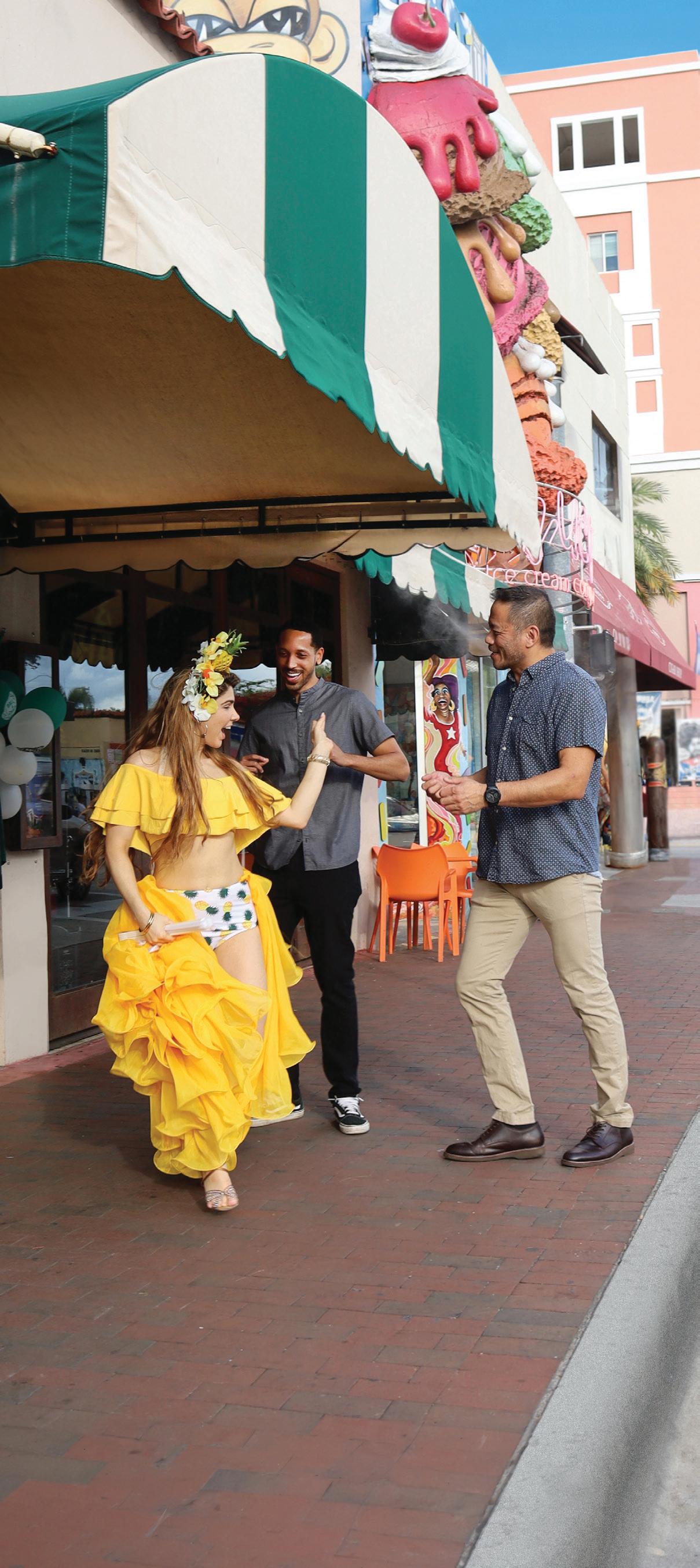
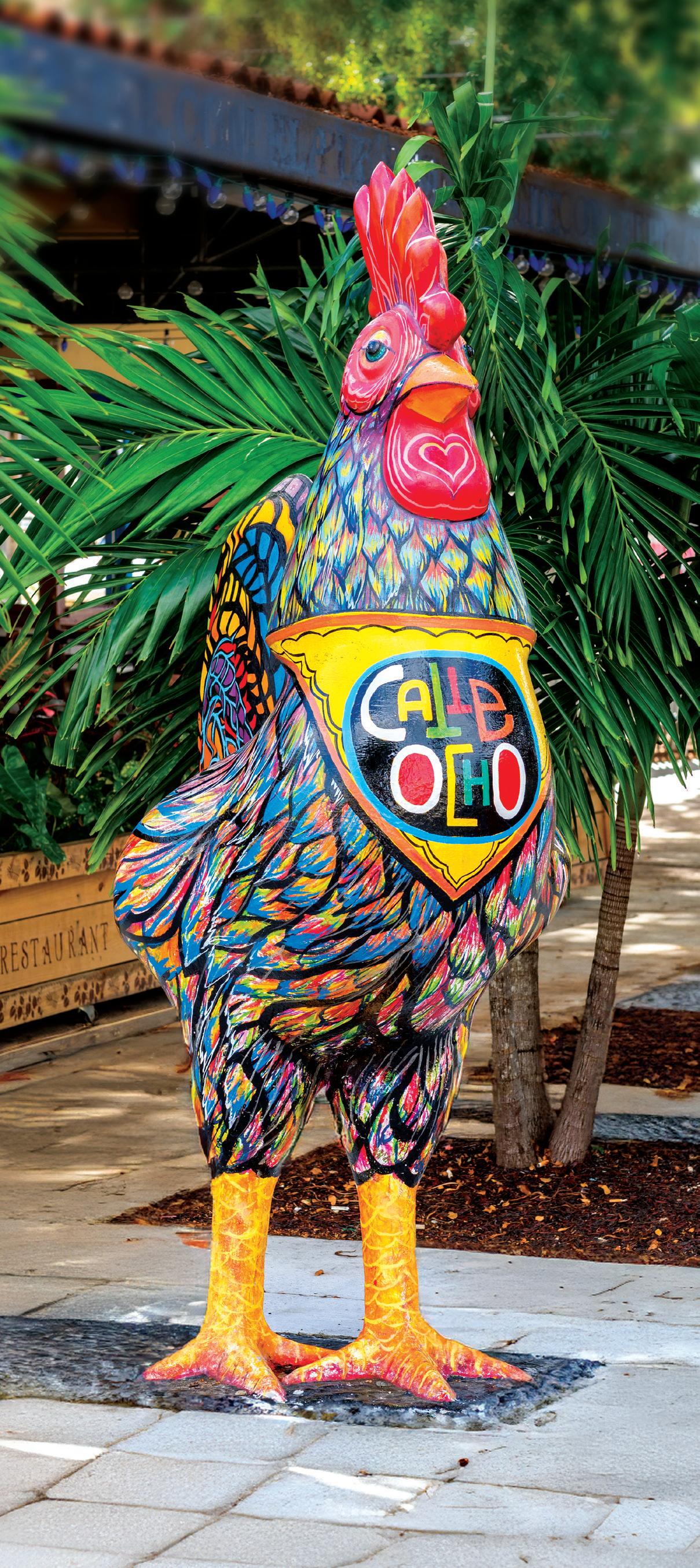
One of Calle Ocho’s most beloved sandwich shops is Sanguich de Miami. Its croqueta preparada is a croquette sandwich so delicious, you’ll dream about it when you get home. With old-timey décor and colorful stamped concrete tiles, this establishment makes you feel like you’re sipping coffee in Old Havana. Little Havana is also home to chef-driven restaurants like Cafe La Trova by Miami’s beloved Chef Michelle Bernstein. It presents creative dishes and a killer cocktail program in collaboration with master mixologist Julio Cabrera.
For dessert, head to Azucar Ice Cream Company for artisanal ice cream and sorbet with tropical flavors. You can’t miss a stroll through Los Pinareños Fruteria. This open-air fresh fruit and juice market is a family-run staple that’s been around since the 1960s. Try tropical fruits, such as ripe mangos and papaya, as well as fresh sugarcane, fruit juices and smoothies.
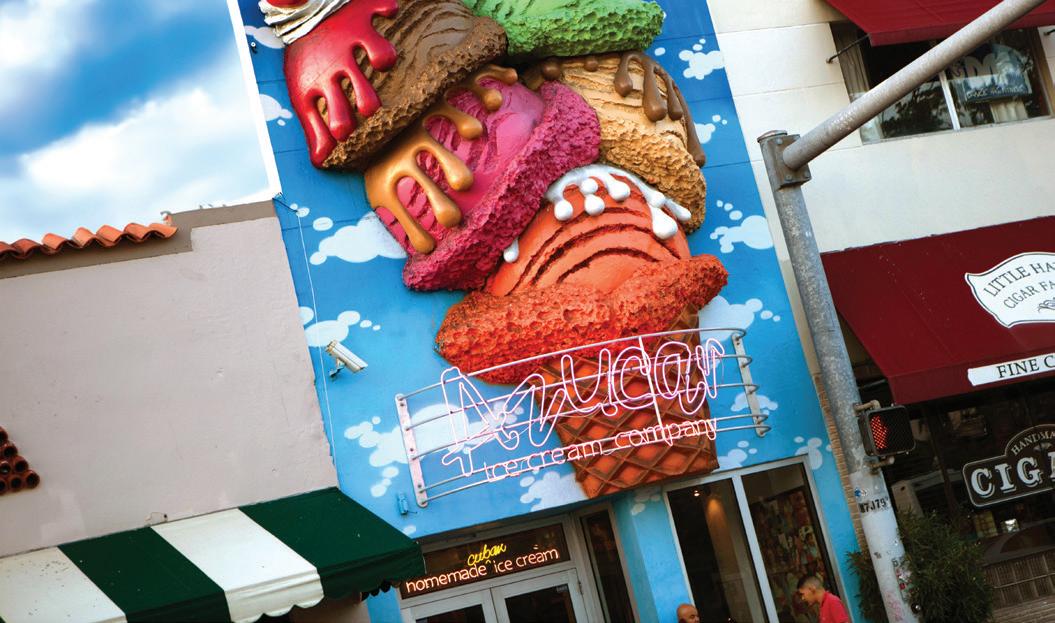
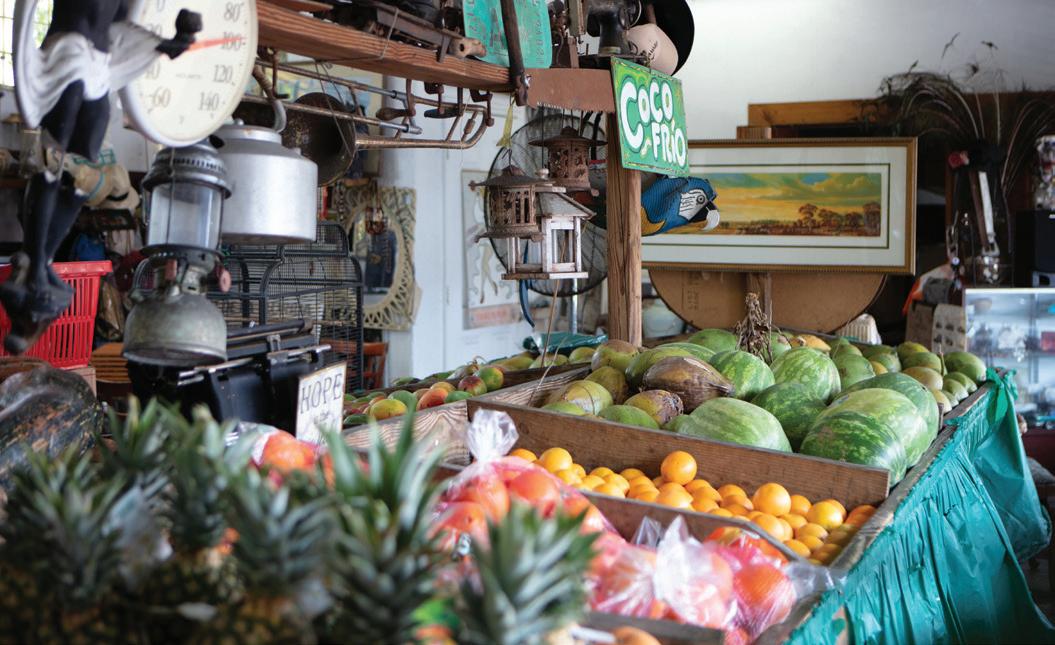
For a comprehensive taste of the area, book a walking tour with Miami Culinary Tours. In-the-know guides will lead you through the neighborhood, stopping for delicious bites while delivering interesting facts about cultural landmarks.
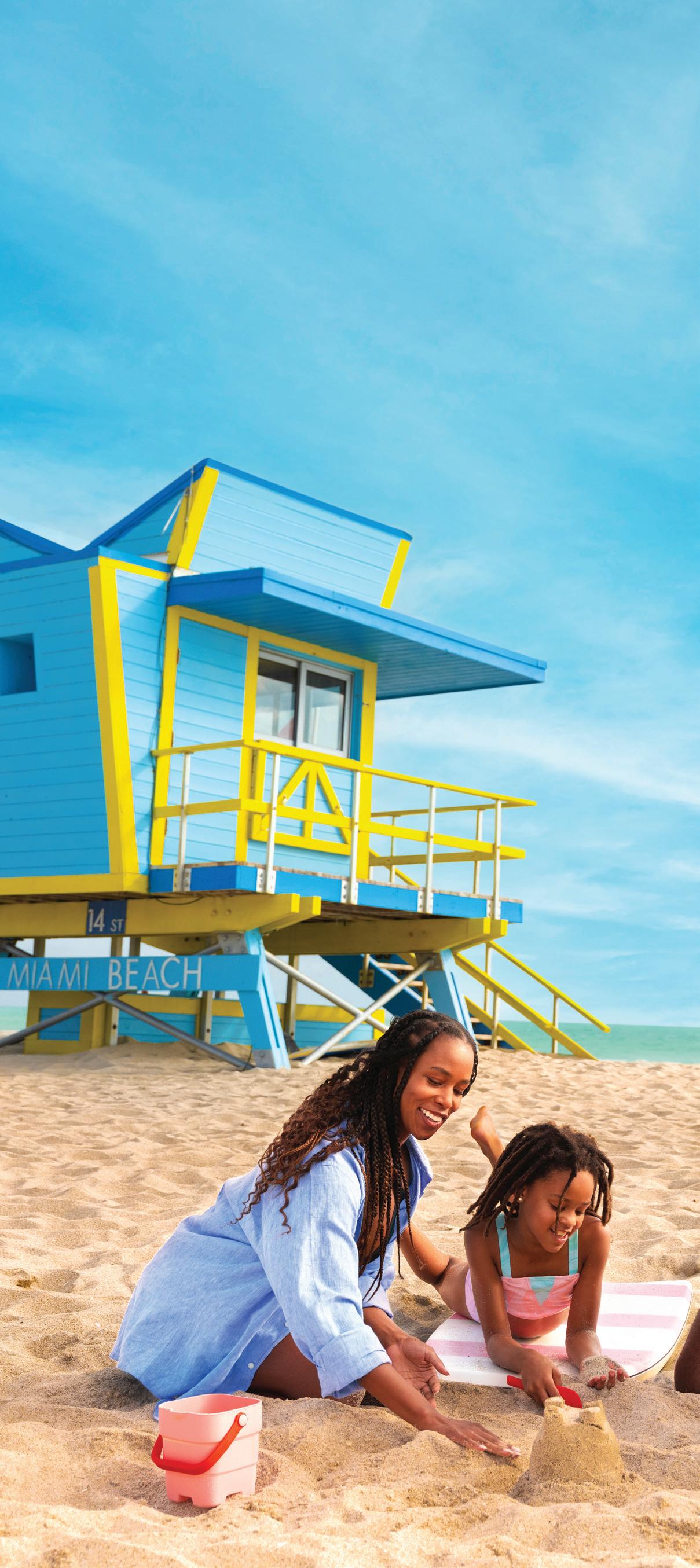
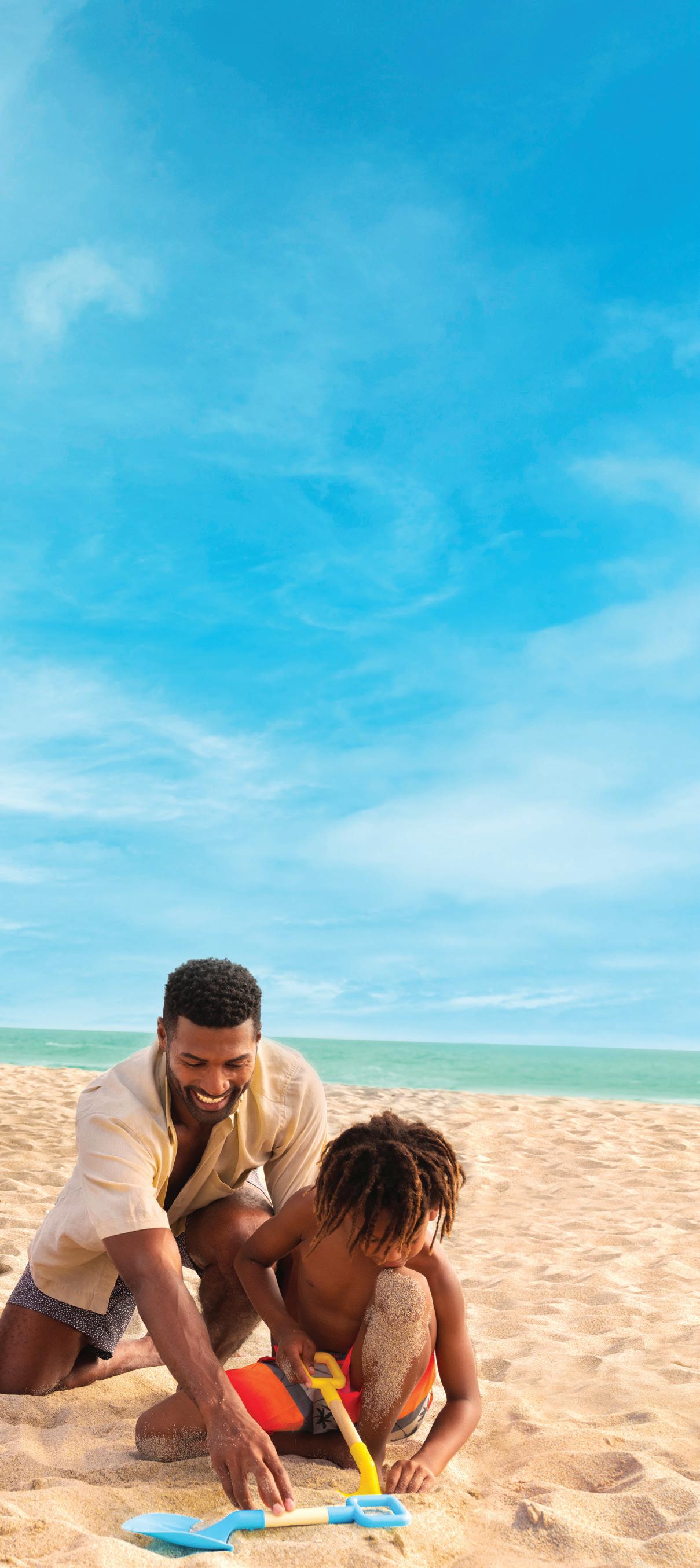
Miami Beach is a global arts and culture destination. It has a rich history as a cultural center, from the world-famous entertainment scene of the 1950s to today’s modern South Beach. The Atlantic Ocean stretches along the beach for miles, lined with Art Deco and mid-century modern hotels. This slender, nine-mile-long barrier island is divided into three distinct neighborhoods: South Beach, Mid Beach and North Beach.
The Art Deco Historic District, which has the nation’s largest concentration of Art Deco architecture and features more than 800 historic buildings, is the heart of South Beach. Guided walking tours led by the Miami Design Preservation League take you through this area, between 5th and 23rd streets and along Ocean Drive, Collins Avenue and Washington Avenue, providing interesting architectural insight along the way. Designated a National Register of Historic Places district since 1979, most of the historic buildings are in the Art Deco style, but there are examples of Mediterranean Revival and MiMo (Miami Modern) as well.
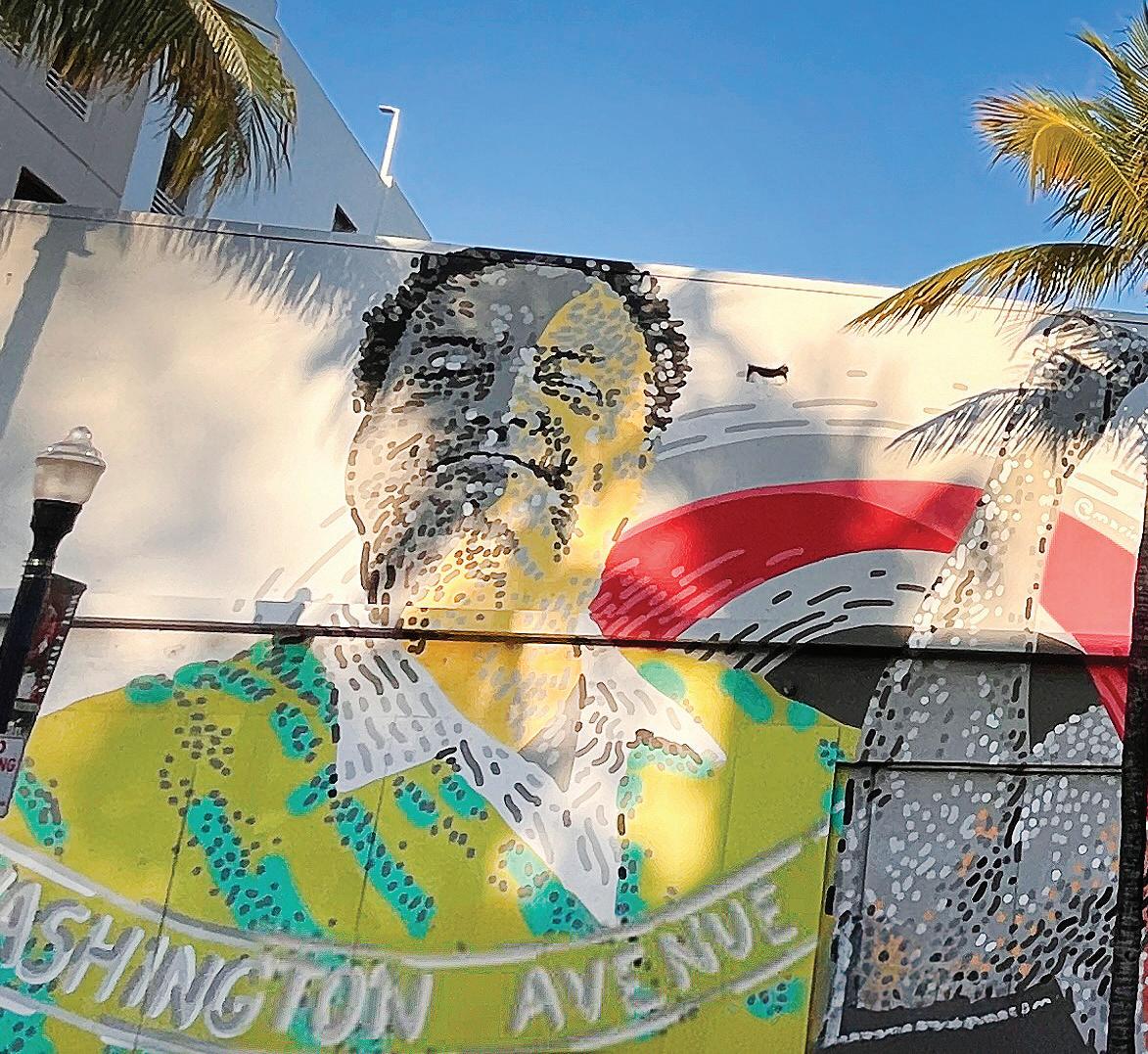
Visit the Art Deco Museum inside the Art Deco Welcome Center at Ocean Drive and 10th Street, which is the starting point of many of the tours, to better understand the architectural and cultural heritage of Miami Beach. The Art Deco Welcome Center is right next to Lummus Park, a winding path that slices between iconic Ocean Drive and the beach from 5th Street to 14th Place. It’s where South Beach truly comes alive in the mornings with runners and joggers, locals playing volleyball or working out at the outdoor gym, and kids running free on the park’s playgrounds.
Miami Beach is home to a vibrant Jewish community with a rich cultural history that dates to 1913, when the first Jewish immigrants settled in South Beach’s South of Fifth neighborhood. The community thrived after World War II, with the arrival of Holocaust survivors and Jewish refugees. The neighborhood is home to the timeless Joe’s Stone Crab. Generations of locals and visitors love its Old World charm, white tablecloth style and, of course, its succulent stone crabs, which are in season from mid-October to mid-May.
Located on the corner of Washington Avenue and 3rd Street, the Jewish Museum of Florida-FIU is your headquarters for celebrating local Jewish culture. You can explore more than 250 years of Jewish history here. The museum’s permanent exhibition – MOSAIC: Jewish Life in Florida, 1763 to Present – features photos and artifacts exploring the Florida Jewish experience. It also hosts fascinating temporary exhibitions throughout the year.
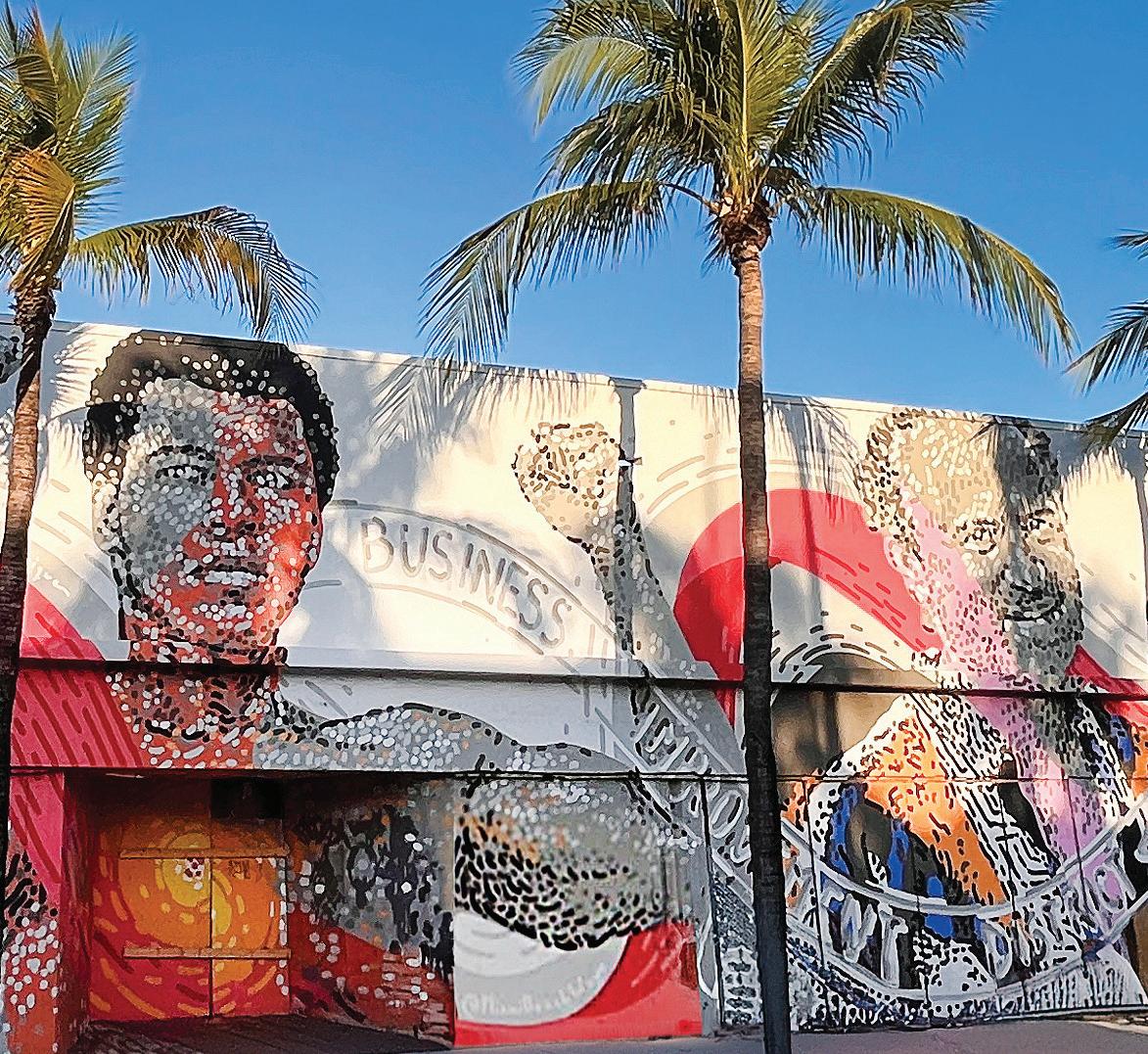
The museum is comprised of two adjacent former historic synagogues that have been restored and are connected with a skylighted bistro. The museum first opened in the 1936 Art Deco synagogue. In 2007, the museum expanded into Miami Beach’s first synagogue, built in 1928-1929.
The Miami Design Preservation League, in partnership with the Jewish Museum of Florida-FIU, organizes South Beach Jewish Walking Tours These two-hour guided tours dive into the history of Jews in Miami Beach over the past century. You’ll hear stories of prominent people and institutions that shaped the community and explore the unique architecture that rose in Miami Beach over this period. You can also take a self-guided walking tour of Miami Beach’s active synagogues.
Situated in a historic Mediterranean Revival building in the heart of South Beach, The Wolfsonian–FIU is a museum, library and research center with an intriguingly specific scope and mission. The collection of 200,000 artifacts, photographs, design objects and artworks dating from 1850 to 1950 explores the persuasive power of art and design and what it means to be modern. Exhibits have included Silhouettes: Image and Word in the Harlem Renaissance, focusing on the role of art in this movement from the 1920s to the 1940s.
The Holocaust Memorial Miami Beach is a stunning tribute to the six million Jewish victims of Nazi terrorism before and during World War II. The memorial features a dramatic sculpture by artist Kenneth Treister depicting a larger-than-life bronze arm rising from the earth. The arm is tattooed with an Auschwitz number. Look closely and you’ll notice small human figures crawling up the arm in an attempt to escape. The sculpture is surrounded by a tranquil pond with lily pads and a memorial wall engraved with thousands of names of people who perished in the Holocaust.
Adjacent to the Holocaust Memorial Miami Beach, the Miami Beach Convention Center (MBCC) is a state-of-the-art convention center with easy access to inspiring cultural venues, vibrant green spaces, a championship golf course and fashionable shops. Pride Park is part of the MBCC Campus. Named in support of the LGBTQ+ community as well as to promote civic pride in the City of Miami Beach, it offers a shaded respite with a veterans memorial, walkways, a sculpture by celebrated artists Elmgreen & Dragset, and a central lawn.
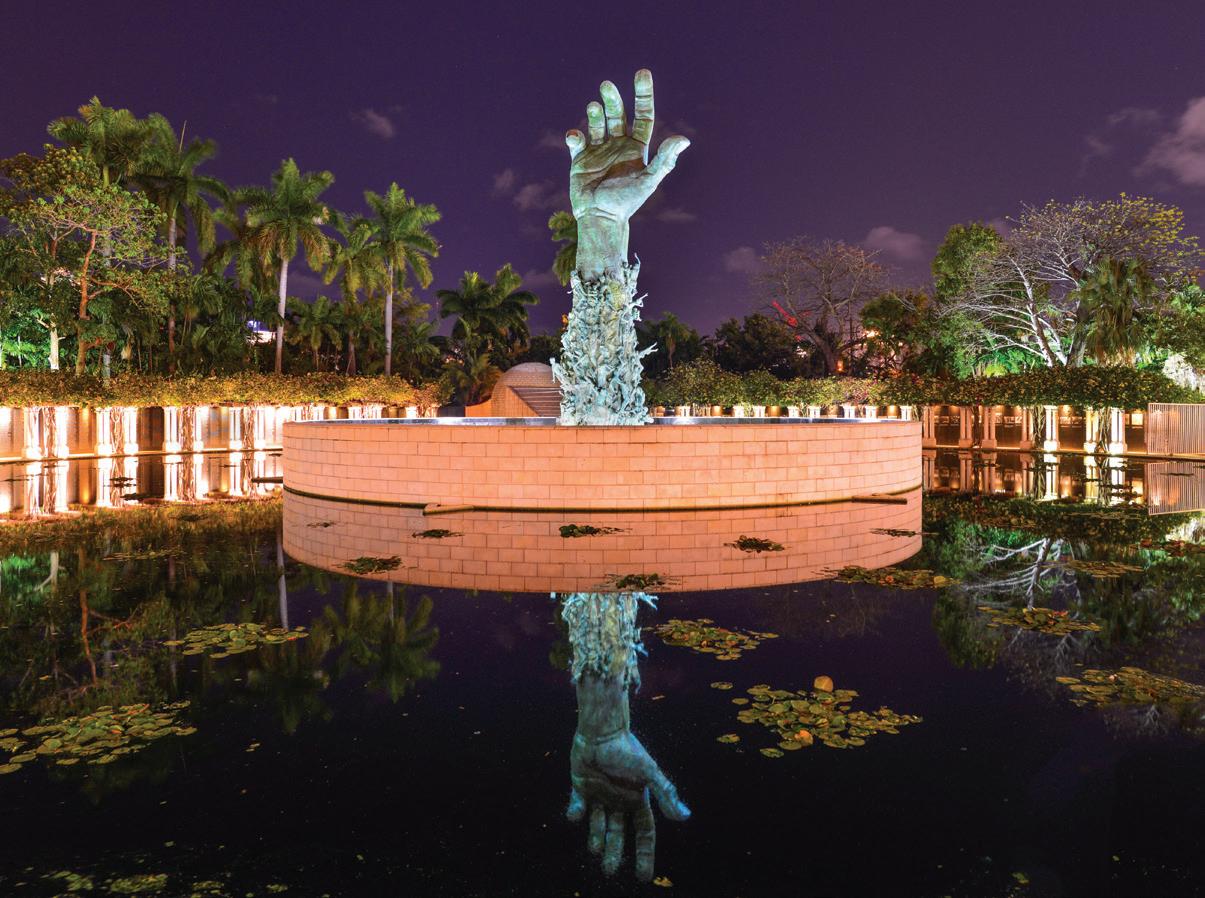
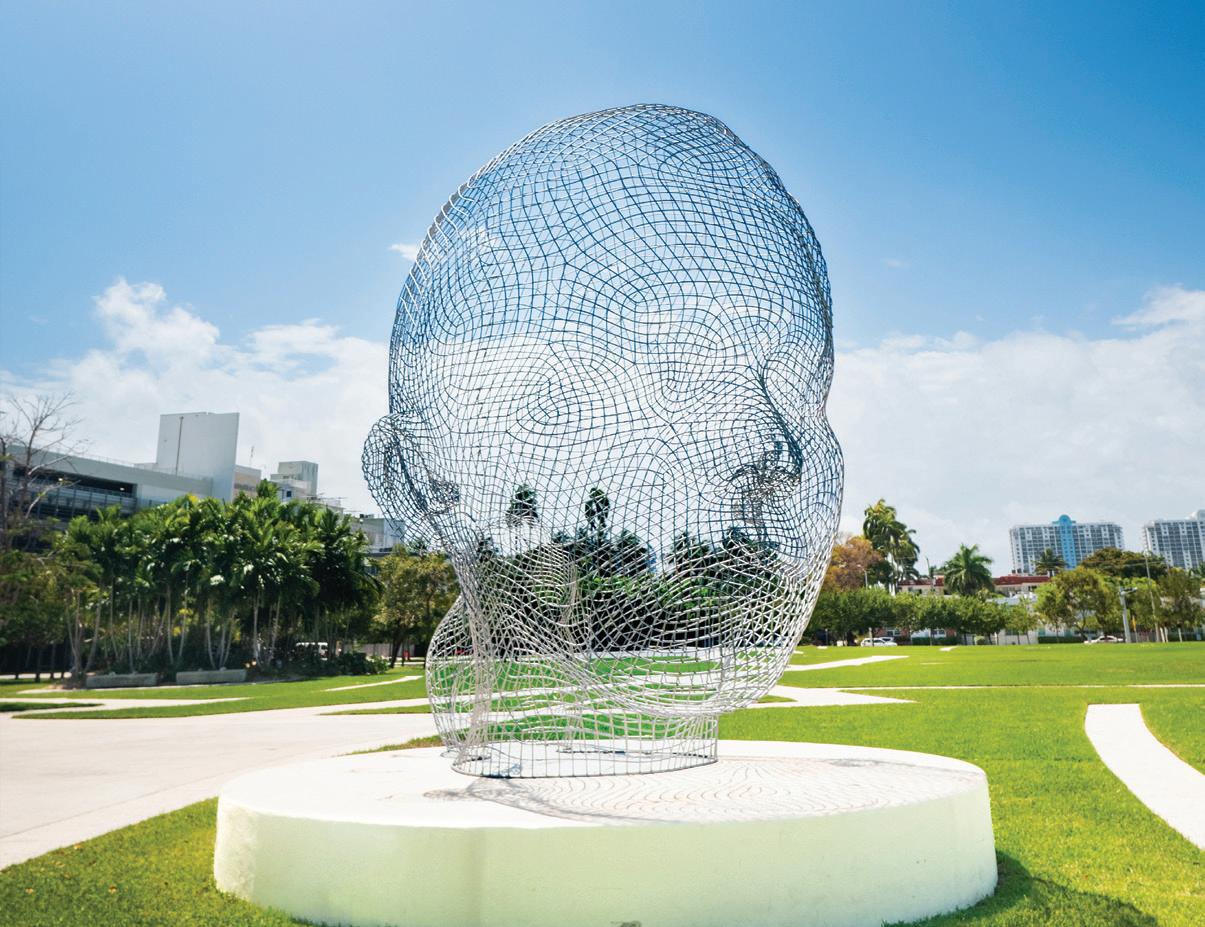
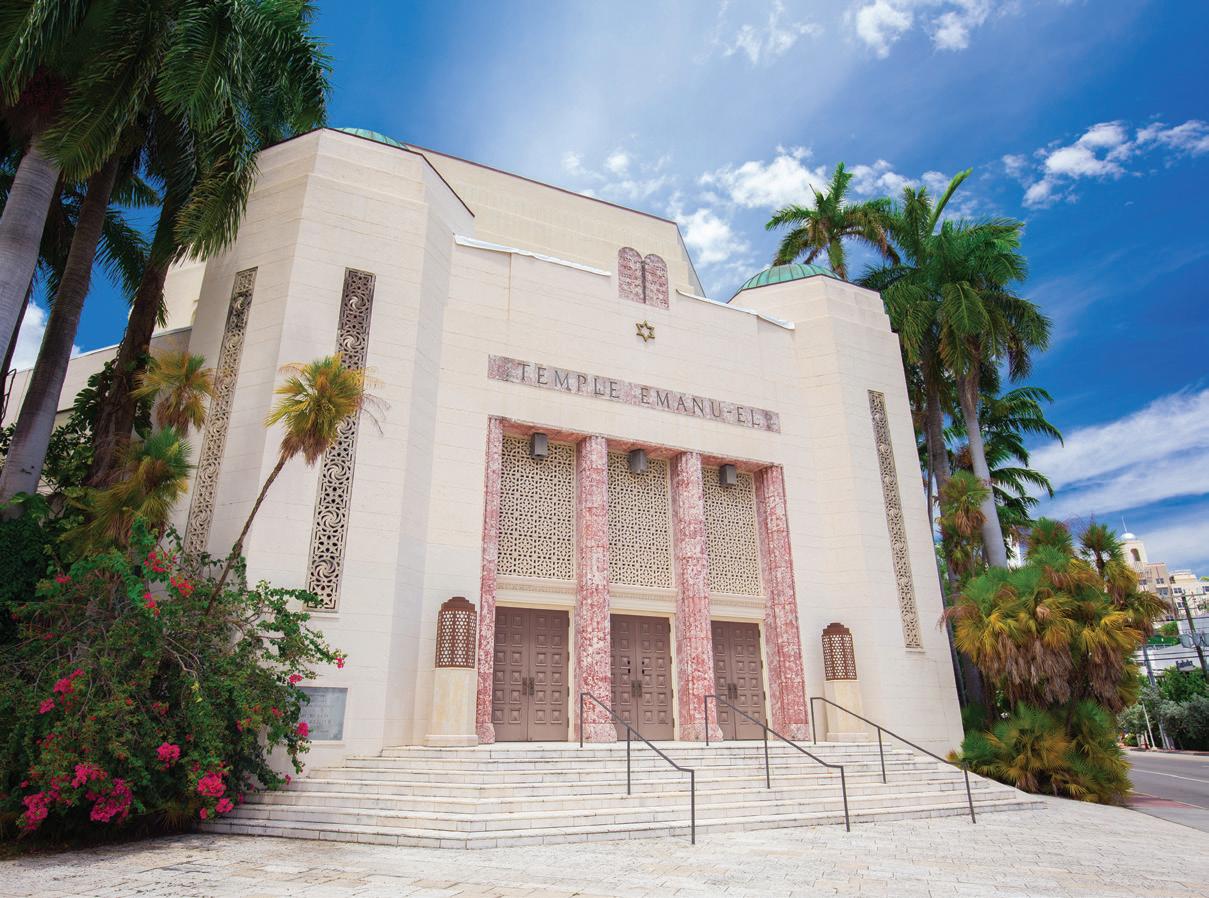
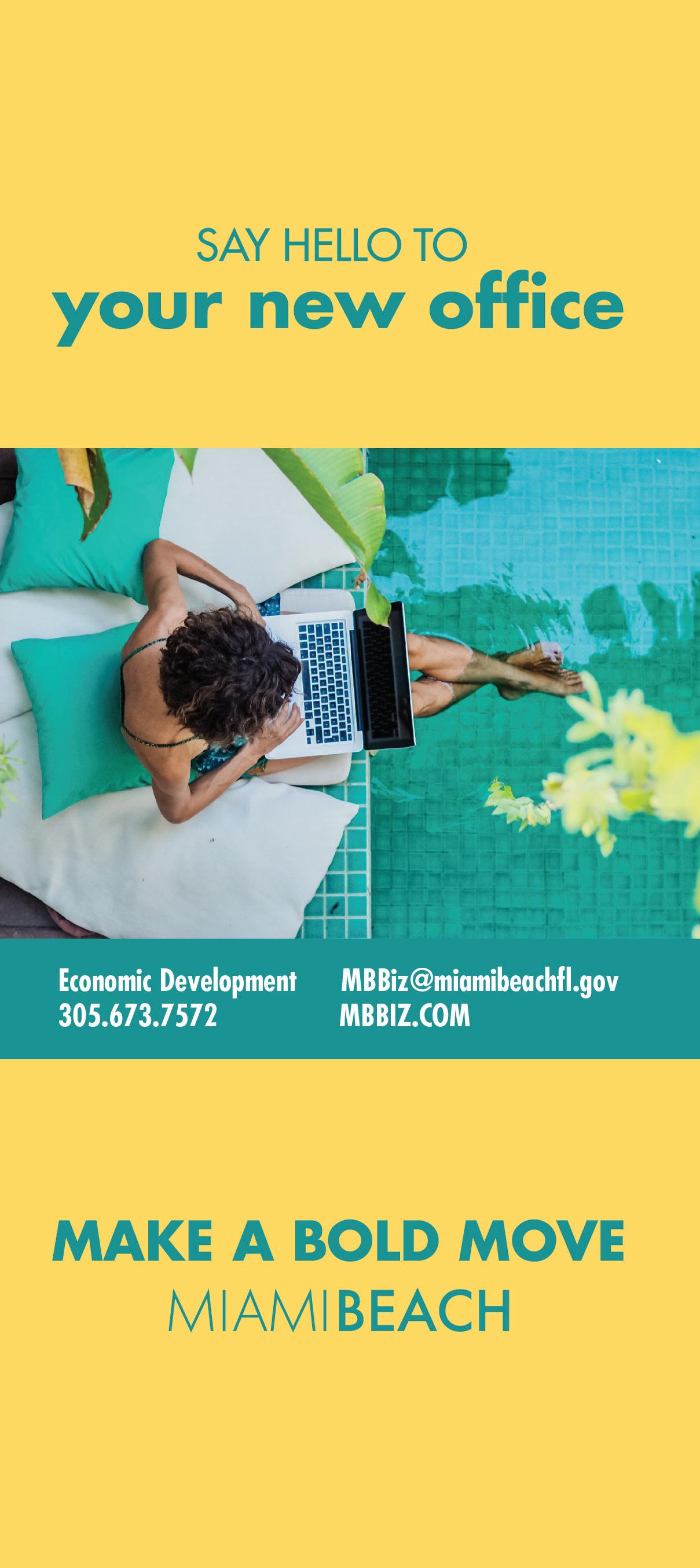
Take a short stroll south on Meridian Avenue and you’ll reach 17th Street, where you’ll find Temple Beth Shmuel, the Cuban Hebrew Congregation of Miami, and Temple Emanu-El, a conservative synagogue, just a few blocks apart. Both buildings are significant for their unique historic architecture, and the neighborhood is a great place to get a glimpse of contemporary Jewish life in Miami Beach.
Ichimura Miami-Japan Garden, a traditional Japanese garden on Watson Island between Downtown Miami and Miami Beach, is home to blooming orchid trees and an intimate green space that hosts events, festivals and classes related to Japanese culture.
Ichimura Miami-Japan Garden
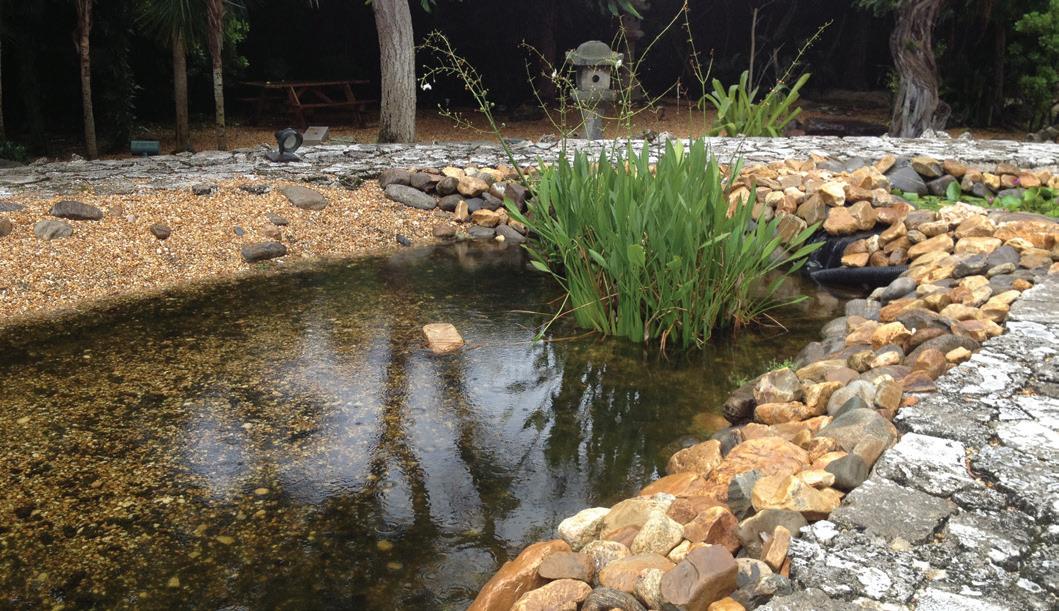
Mid Beach, a diverse neighborhood between 24th and 60th streets, has stylish restaurants and lounges, its own arts district and, of course, that famous swath of sand that beckons both visitors and locals. This is also a historically Orthodox Jewish area, and it’s worth taking a stroll along the 41st Street corridor or the nearby Beachwalk to explore.
Life moves at a leisurely pace in North Beach, the relaxed Miami Beach neighborhood that runs from 60th Street up to the Town of Surfside. In this area, the striking architectural style is Miami Modernism (MiMo).
The broad beach is alluring, and there’s plenty of space to find a prime spot on the sand. Your palate can embark on a trip around the world in just a few blocks here. Many restaurants are centered around the historic Normandy Fountain. Jewish delis and Italian trattorias speak to the communities who settled here first, and restaurants serving a variety of Latin American cuisines – including Colombian, Peruvian, Argentinian and Mexican – add flair. The satisfying result is a delectable taste of modern Miami Beach.
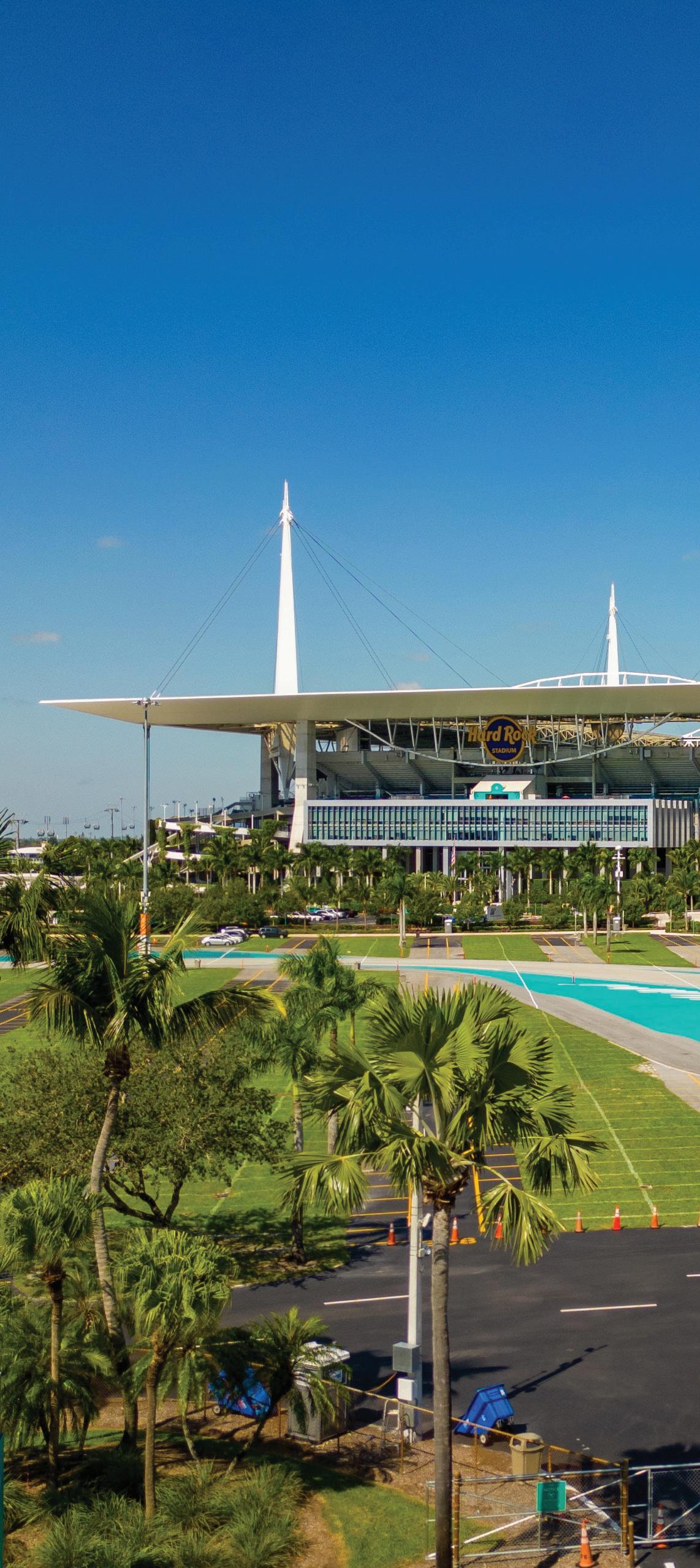
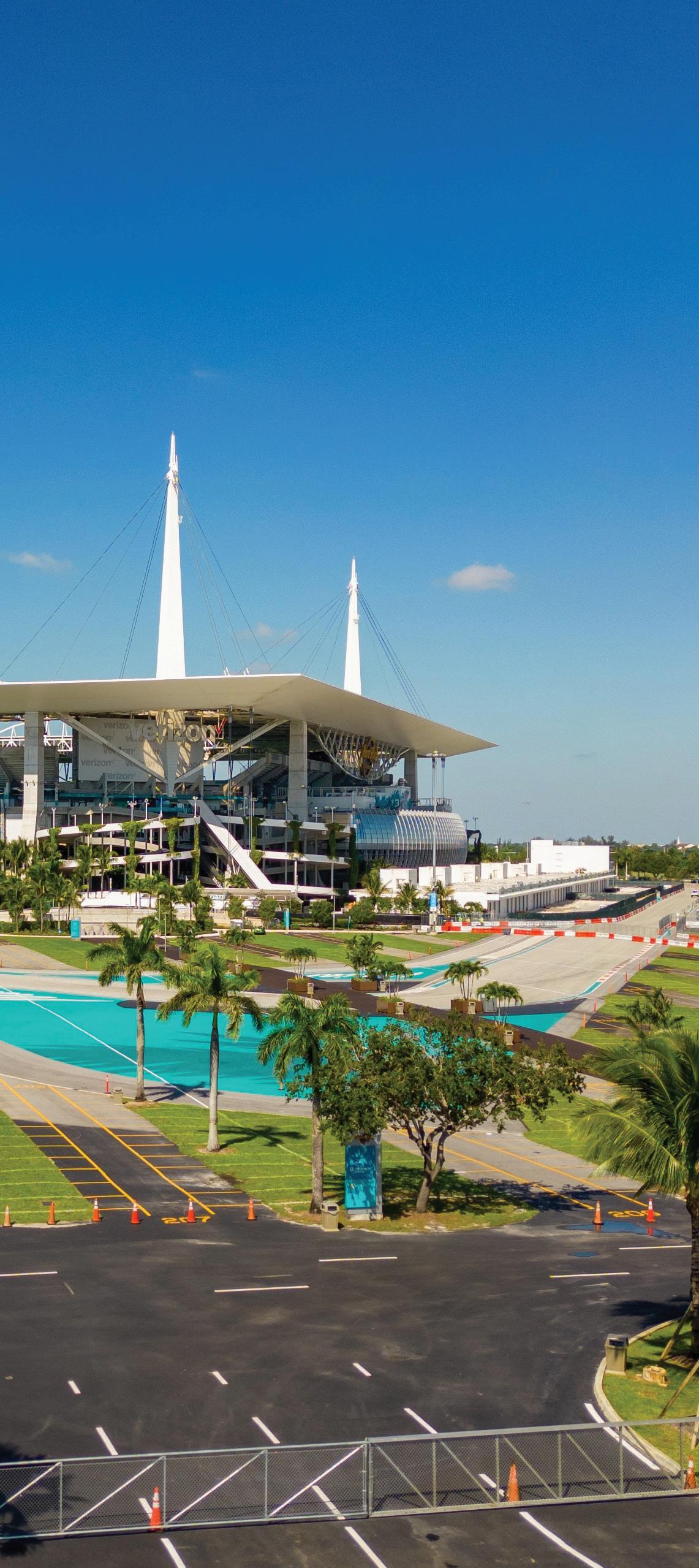
Miami Gardens is a diverse and exciting neighborhood that is home to some of the world’s top sports and entertainment events. It’s also an enclave of international food and peaceful parks.
Jazz in the Gardens, held every March at Hard Rock Stadium, celebrates diversity, culture and art through various genres of music. It is Miami Gardens’ premier entertainment event. The festival highlights both local and international musicians. Past performers have included the likes of Chaka Khan, Anita Baker and Smokey Robinson. The festival also boasts a marketplace dedicated to artwork, jewelry and fashion as well as delicious Caribbean food. Another annual music festival at Hard Rock Stadium is Rolling Loud, which always presents a star-studded lineup of hip-hop heavyweights.
Hard Rock Stadium is the proud home of the Orange Blossom Classic college football game, held over Labor Day weekend. The game was traditionally the leading post-season event for Historically Black Colleges & Universities (HBCUs) during its heyday from 1933 to 1978. A four-decade absence ended when the Classic returned to Miami in 2021. The Orange Blossom Classic is more than just a game – it’s an opportunity to highlight the best and brightest aspects of HBCU culture in the majority Black city of Miami Gardens, which is home to Florida Memorial University. Just like every HBCU game, the offthe-field festivities – ranging from a parade to a career fair to the Battle of the Bands – rival the on-field matchup.
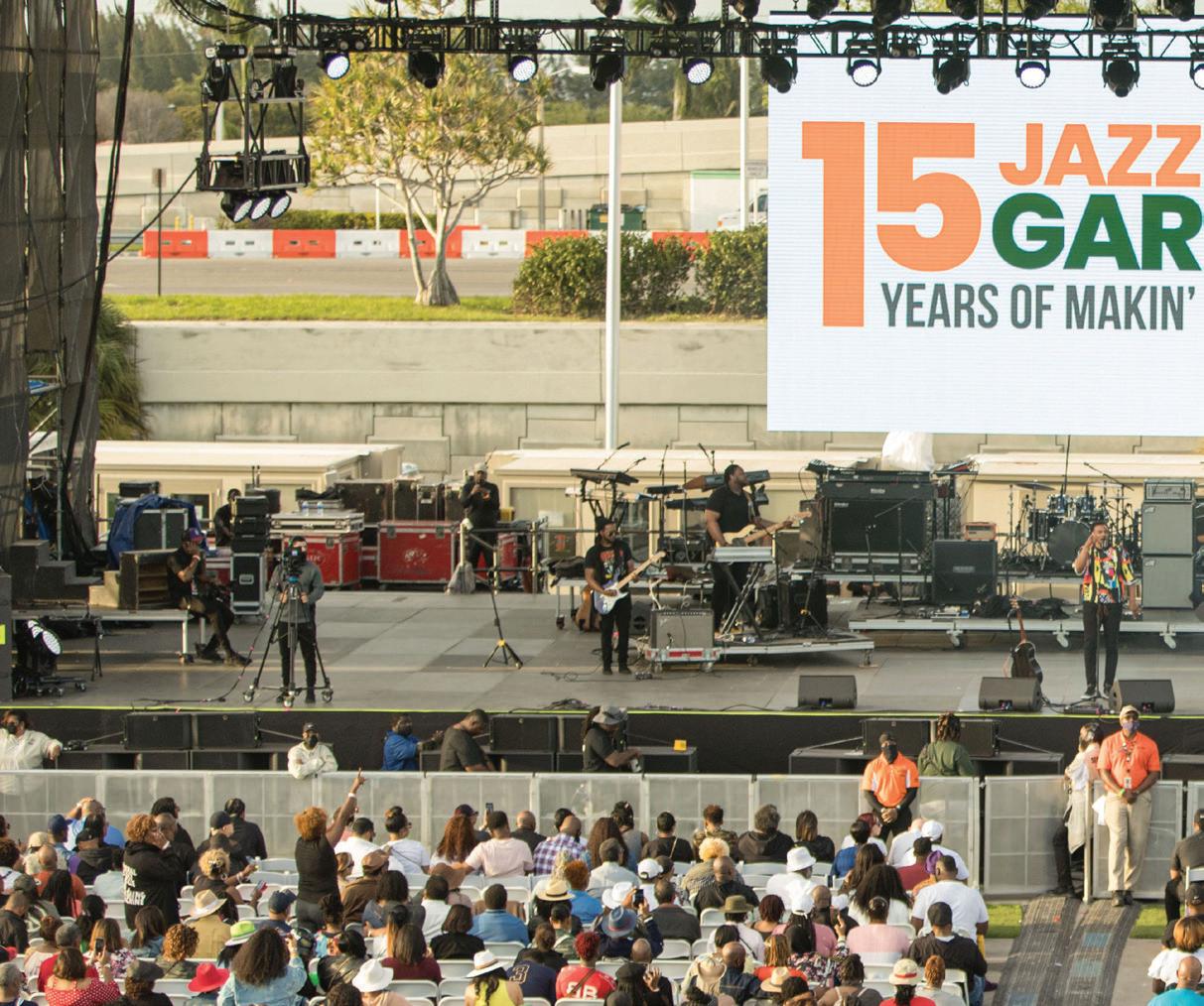
Hard Rock Stadium also hosts the Miami Open tennis tournament, the NFL’s Miami Dolphins, the University of Miami Hurricanes football team and the Orange Bowl college football game. The stadium has hosted several Super Bowl games, most recently Super Bowl LIV in 2020. The latest sporting event added to the calendar is the Formula 1 Miami Grand Prix. This exciting race takes place every May at the Miami International Autodrome, built around Hard Rock Stadium.
As its name implies, Miami Gardens is a beautifully landscaped area with plenty of public parks providing outdoor recreation for the whole family. Situated in the heart of a residential neighborhood across the street from Miami Garden Lake, the Betty T. Ferguson Recreational Complex is an impressive park with both indoor and outdoor facilities. Other Miami Gardens parks with ample recreational opportunities include Buccaneer Park, Bunche Park & Pool, Miami Carol City Park, Scott Park, Vista Verde and Rolling Oaks Park
Situated at the intersection of Northwest 13th Avenue and 167th Street, the Sunshine State Arch arcs towards the heavens, reminiscent of the famed Gateway Arch in St. Louis. In fact, the Sunshine State Arch drew inspiration from Gateway but managed to complete construction in 1964, three years ahead of the St. Louis monument. Designed by Walter C. Harry, it’s a classic Miami roadside attraction and officially designated on the National Register of Historic Places.

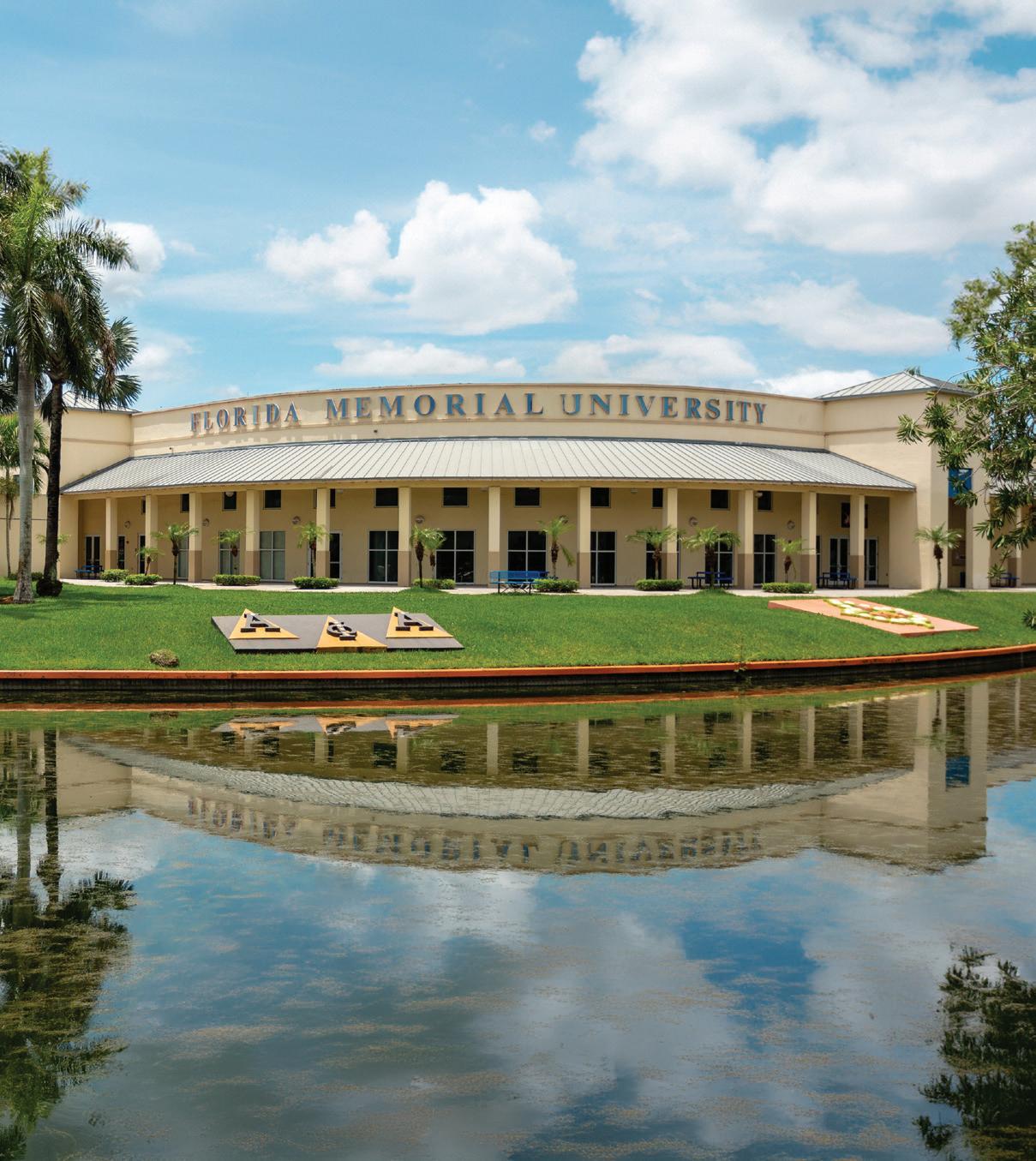
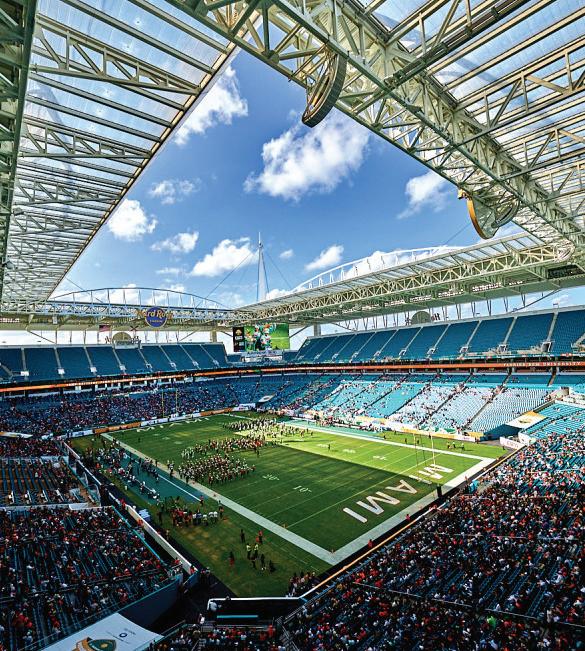
Miami Gardens is flush with incredible Caribbean and soul food restaurants that bring home a taste of the islands.
Arline’s Restaurant & Seafood is a no-fuss Caribbean soul food diner that’s a favorite among locals for its seriously delicious down-home cooking and seafood.
Head to Lorna’s Caribbean & American Grill for authentic flavors of the Caribbean, specifically Jamaica and the Bahamas. This fast-casual spot is the place to go when you’re craving jerk chicken. Lovely’s On The Go, a takeout-only restaurant, has a cult following for its creative, sumptuous preparations of Caribbean seafood and comfort food, along with some healthy options.
Yarumba Restaurant & Lounge is the place to go in Miami Gardens for Dominican fare.
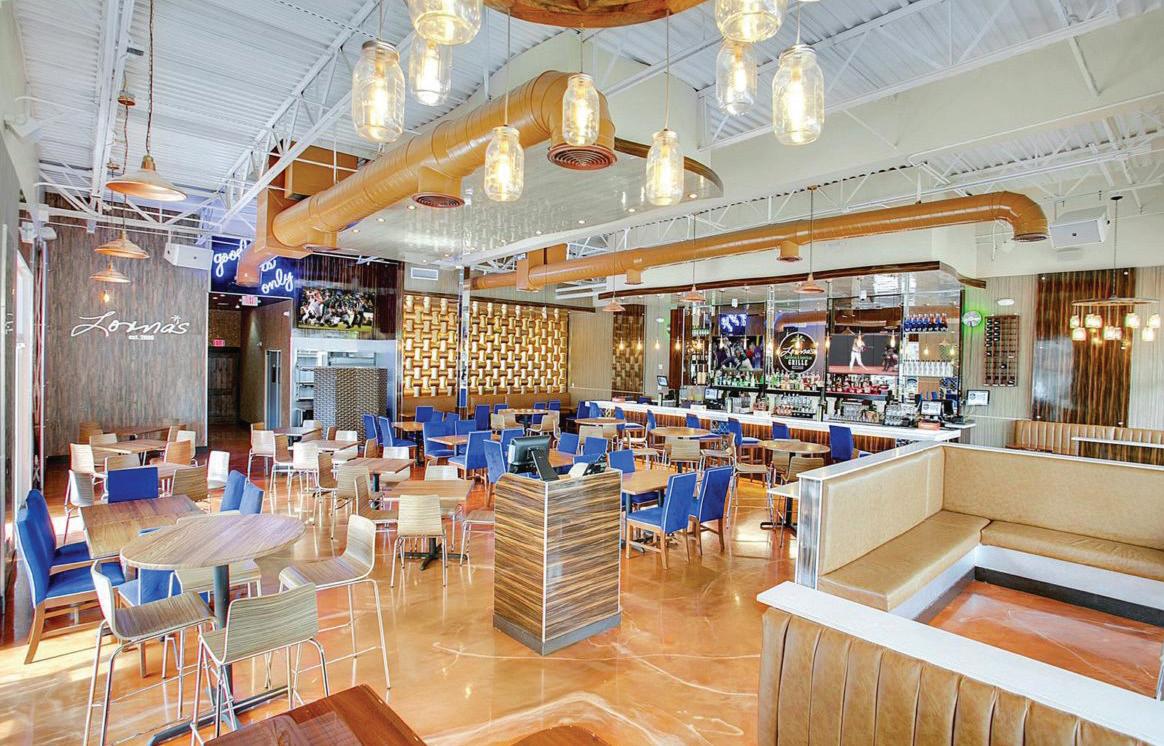
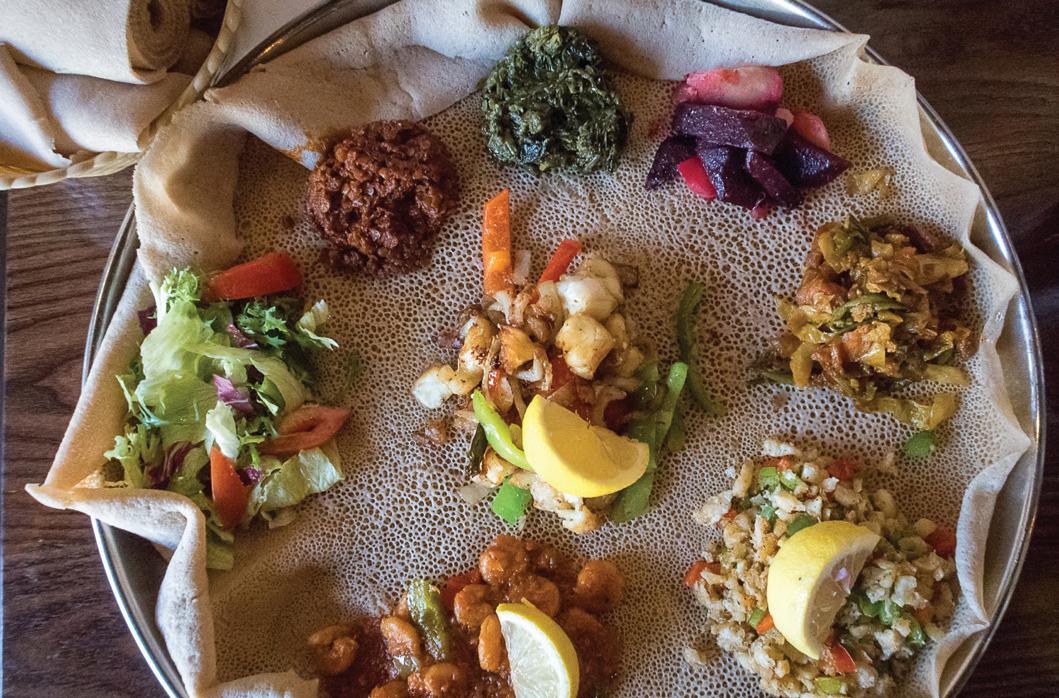
You’ll find Ethiopian food at Awash and traditional Trinidadian dishes at LC Roti Shop. Famed Miami rapper Trick Daddy’s Sunday’s Eatery dishes up traditional soul food, including ribs and catfish. Swing by family-owned Hammond’s Bakery for your fill of Jamaican patties and freshly baked Caribbean pastries.
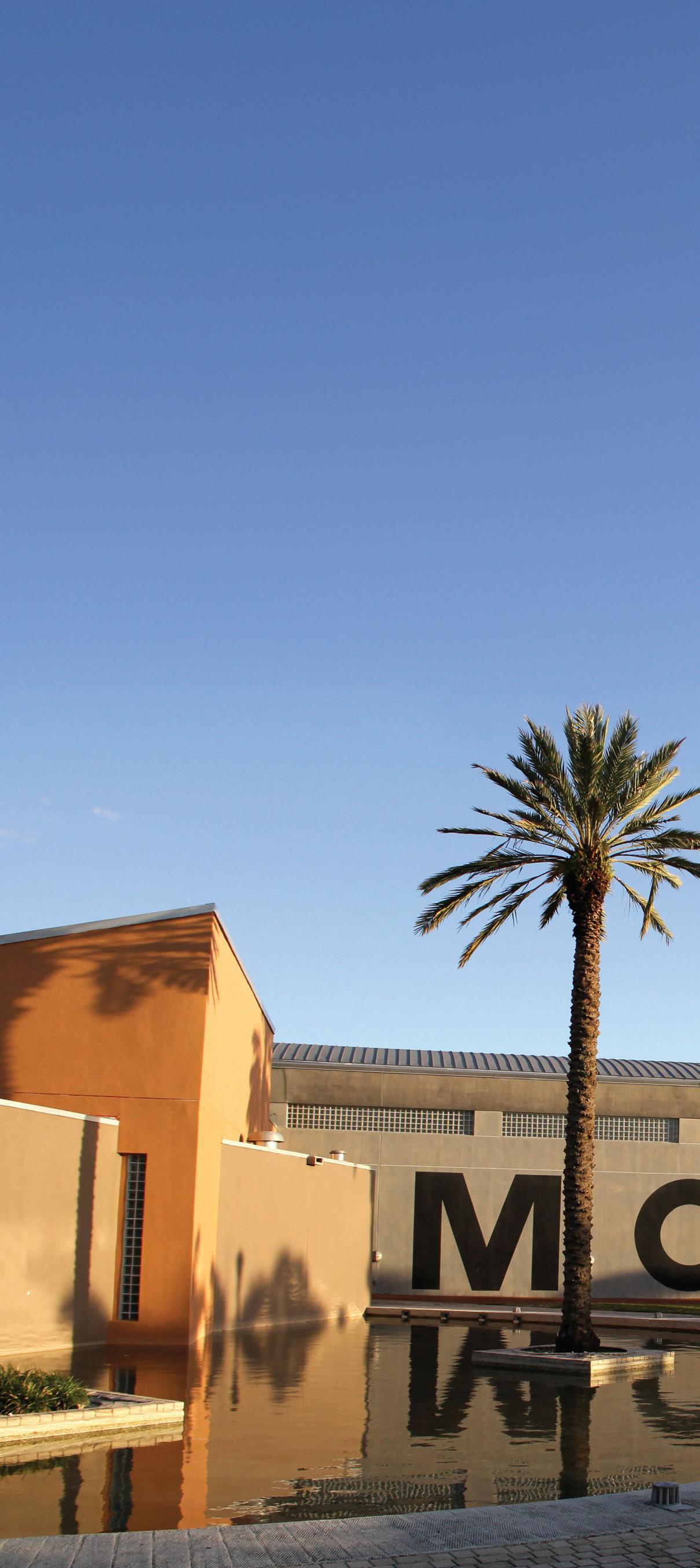
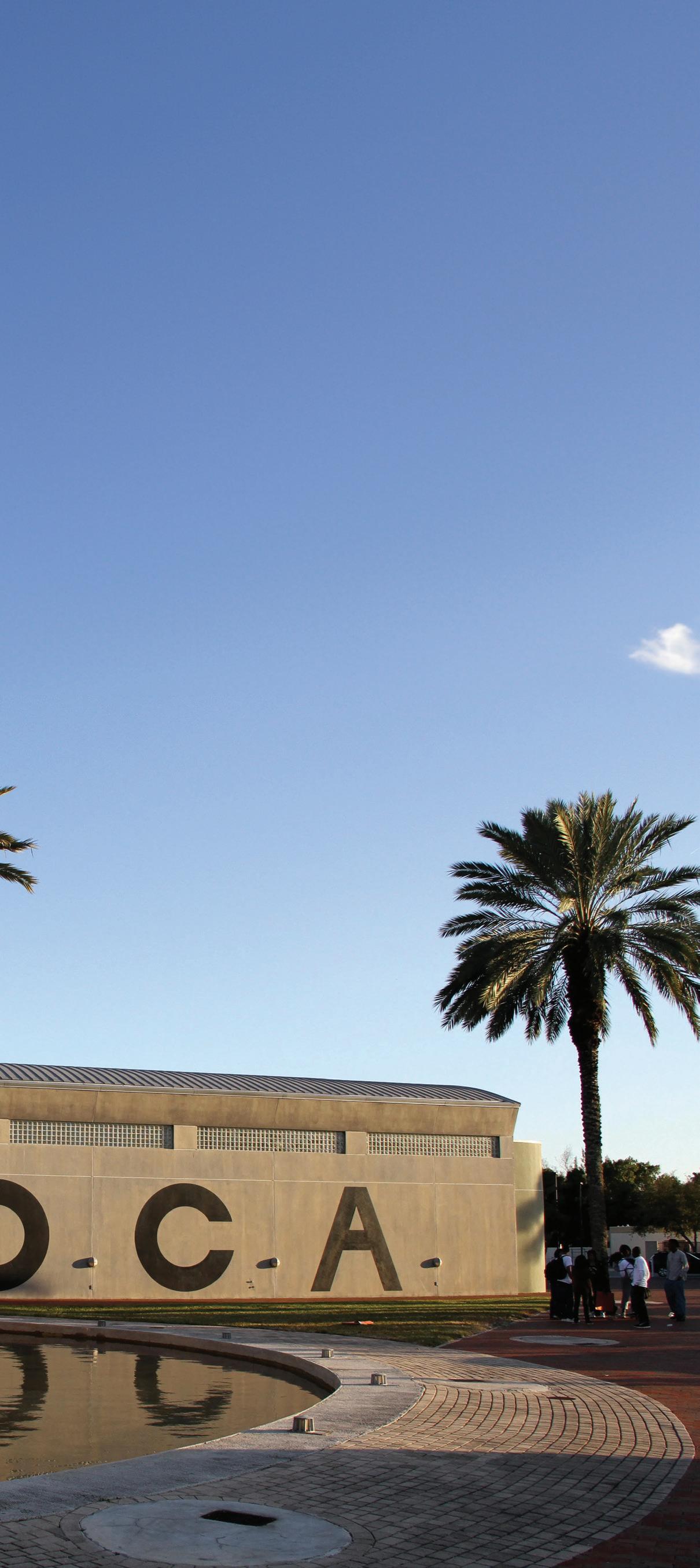
The city of North Miami is adjacent to Biscayne Bay and is home to the Biscayne Bay campus of Florida International University. This residential community offers cultural attractions, beautiful public parks and a wealth of authentic Caribbean and Latin American restaurants.
Visit the acclaimed Museum of Contemporary Art North Miami, in the heart of the downtown area. It was founded in 1981 as a gallery space, and it has evolved into the museum it is today with a permanent collection of 400 works by local, national and international contemporary artists. Known for its provocative and innovative exhibitions, the museum has eight to 10 installations on display each year. MOCA offers a variety of programs, including the Jazz at MOCA concert series that takes place the last Friday of every month.
The annual NoMi Music Festival is a highlight of North Miami’s cultural calendar. Locals and visitors gather under the stars for an evening of R&B featuring chart-topping contemporary and legacy artists. In addition to live performances, a DJ spins old-school classics, and there are plenty of food vendors to make sure nobody goes hungry at this all-ages festival.
North Miami is also home to Dezerland Park, offering 250,000 square feet of family entertainment for all ages. Don’t miss Dezerland’s 10,000-square-foot trampoline park or the 380-foot ninja course.
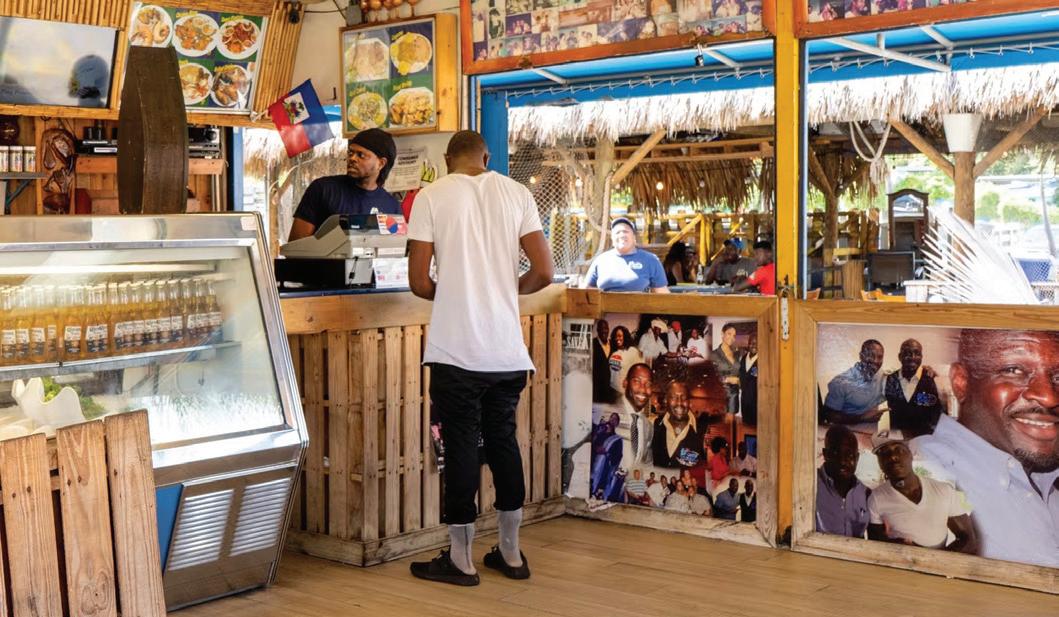
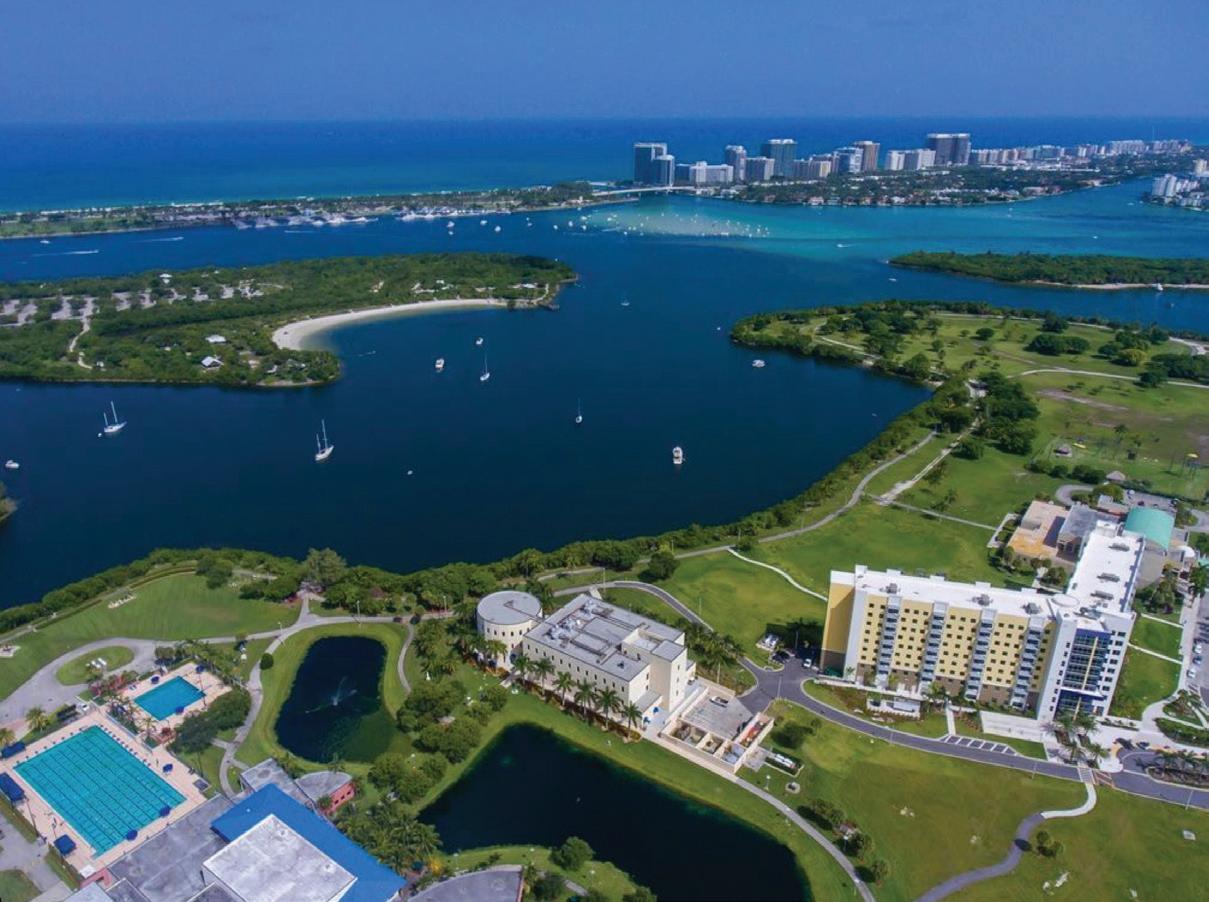
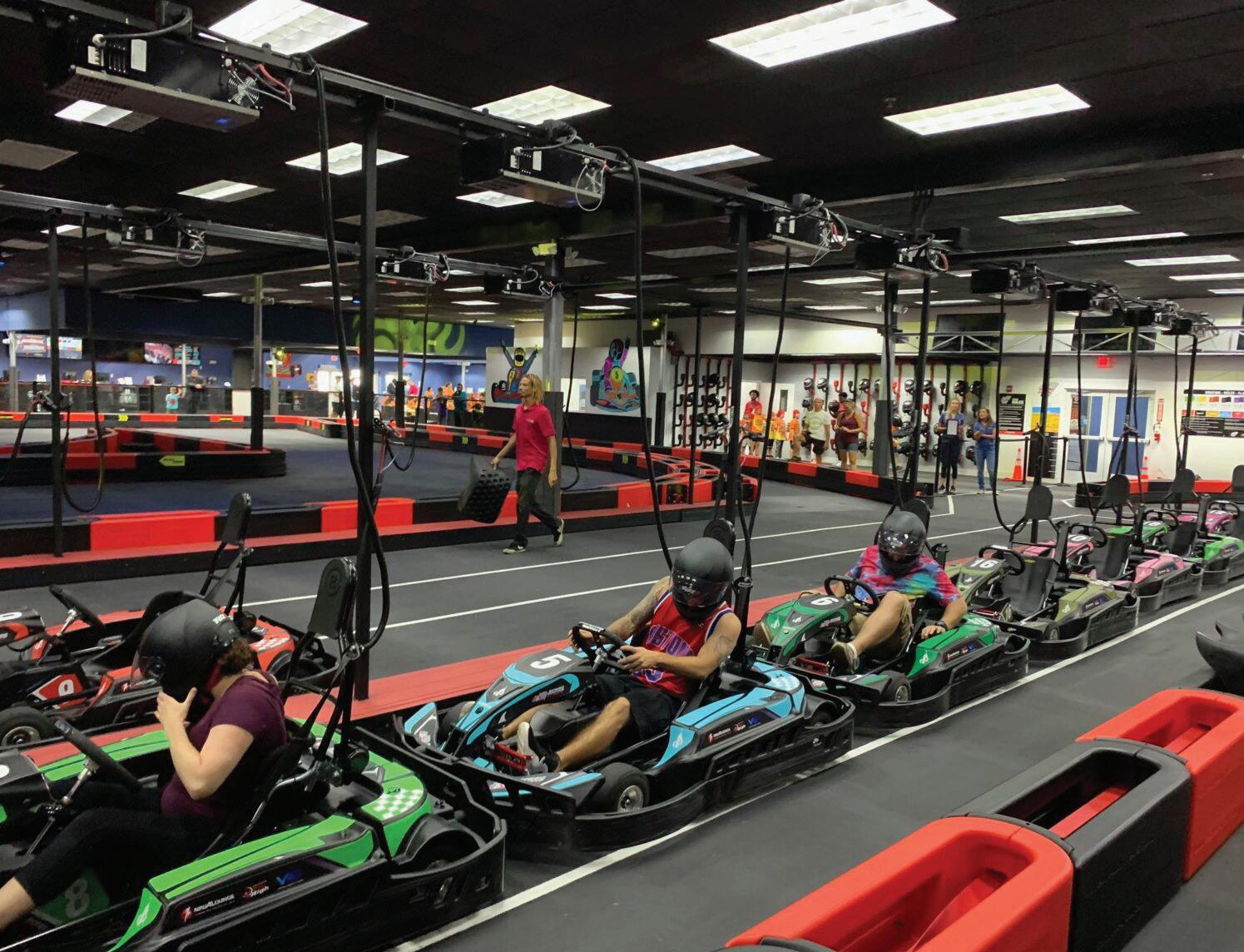
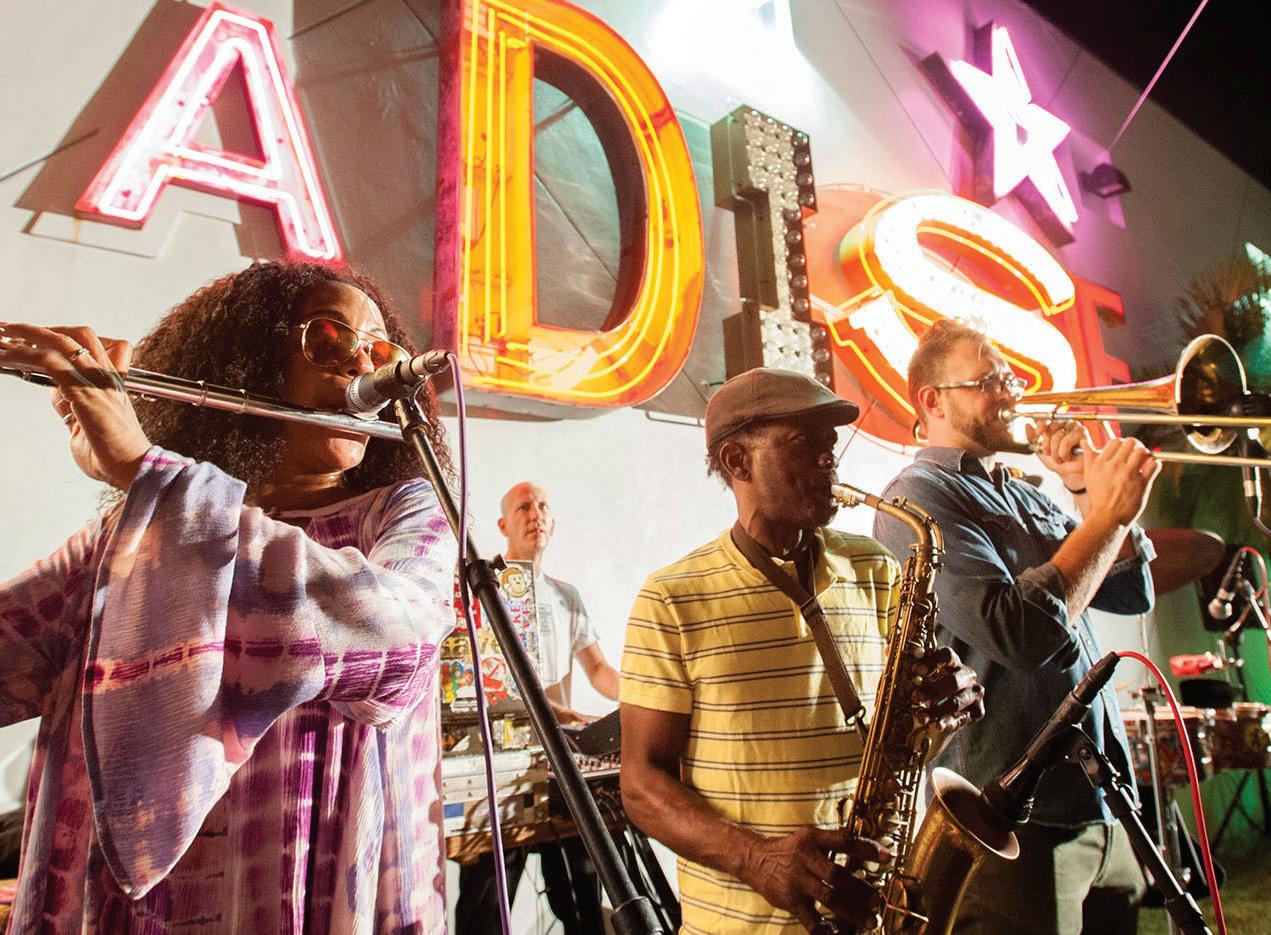
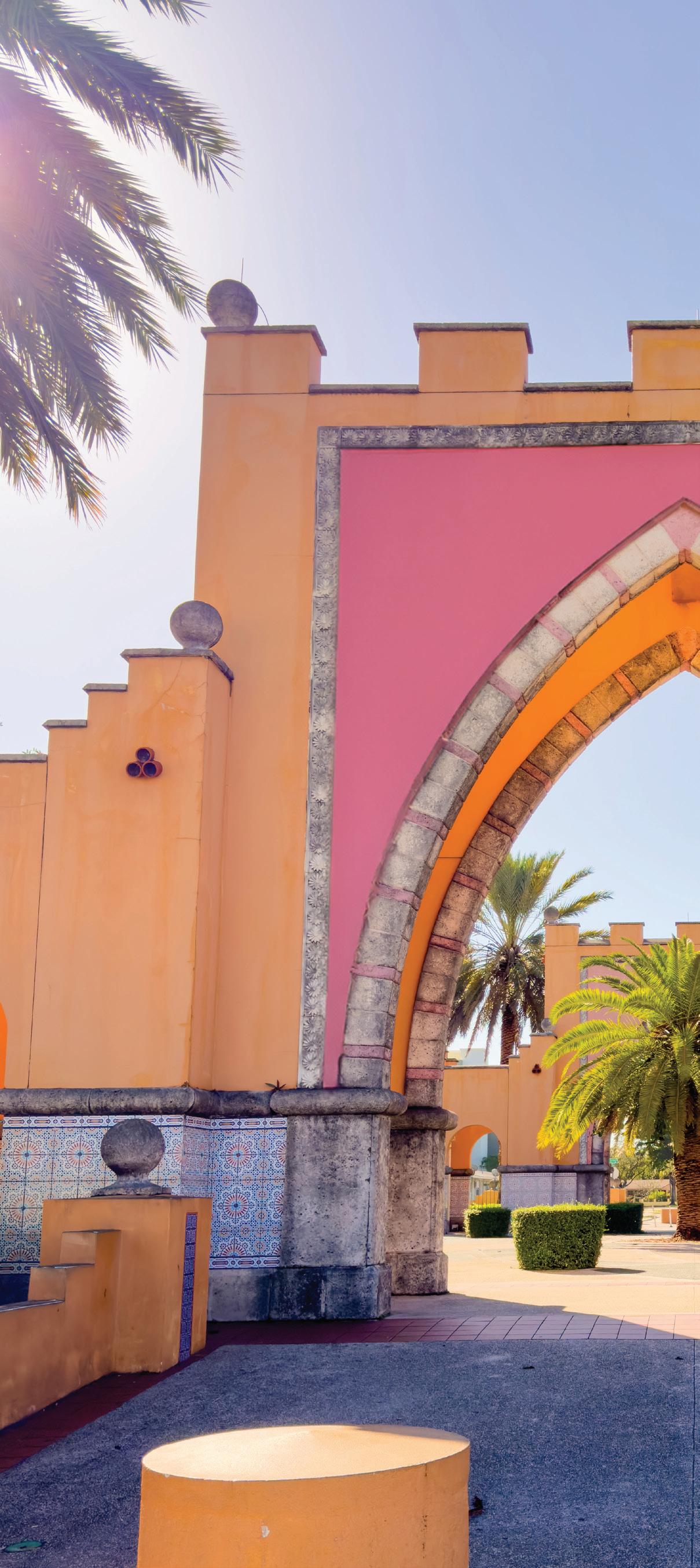
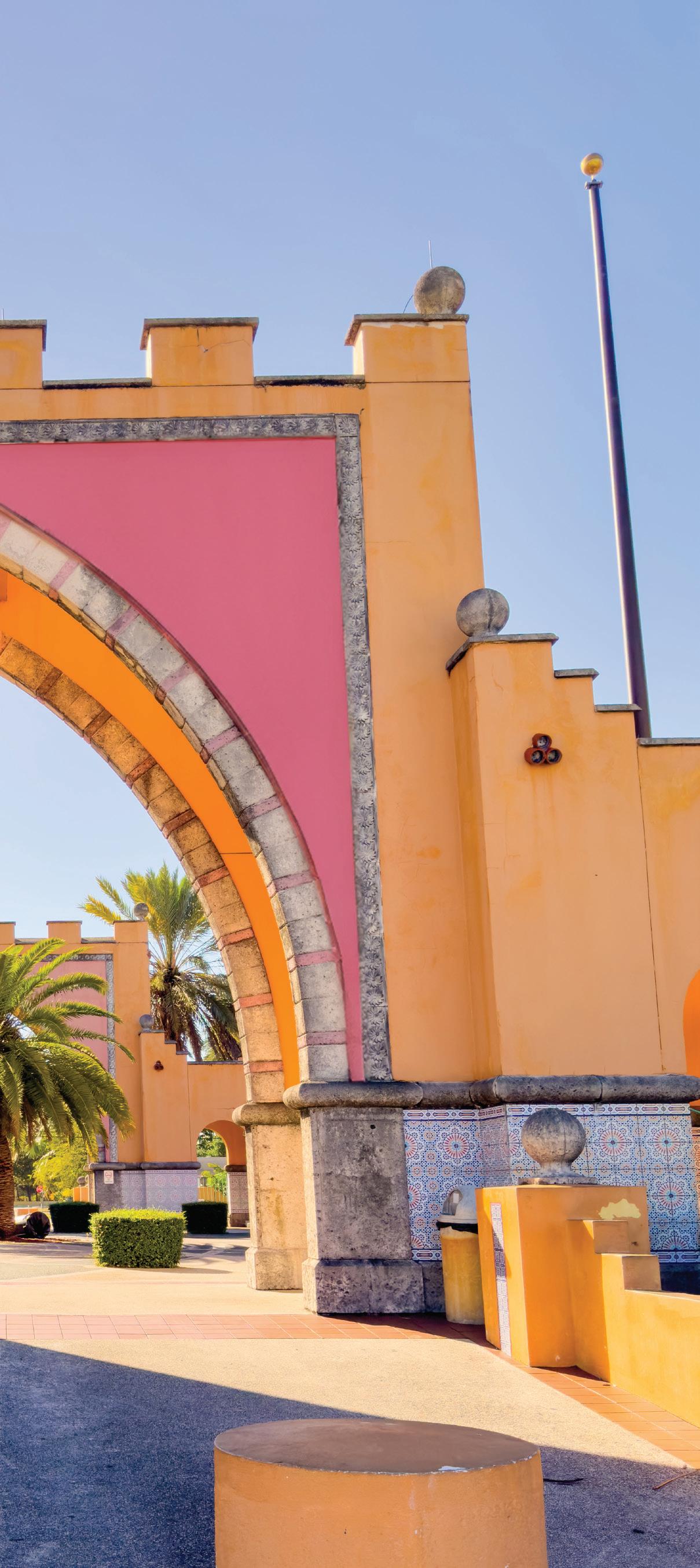
The city of Opa-locka was established in 1926 by aviation pioneer Glenn H. Curtiss. He hired architect Bernhardt Muller to design the buildings in Moorish Revival style, inspired by the stories in “1001 Arabian Nights.” Today, Opa-locka is predominantly a Black municipality with mainly Black political leadership and city administration.
Although many of Opa-locka’s original buildings have been altered or have fallen into disrepair, several outstanding structures have been recently restored. Opa-locka holds the distinction of having the largest collection of Moorish Revival architecture in the Western Hemisphere, including a City Hall complete with minarets and elaborately painted domes. The city is home to 20 buildings that are listed on the National Register of Historic Places.
The Ten North Group (formerly the Opa-Locka Community Development Corporation) is a community organization that’s dedicated to increasing opportunities for local residents. Its Ten North Arts Foundation presents art exhibitions, displays its permanent art collection and acts as a hub for reviving the community by advancing the arts of the African Diaspora.
An annual highlight every April is MENA Fest Opa-locka. This multicultural festival celebrates the unique connection between Opa-locka and the Middle East and North Africa (MENA) regions. Against the backdrop of the historic fire station and city hall buildings, MENA Fest offers an array of authentic experiences, including food from local vendors, live music and belly dance performances. During the inaugural edition in 2024, the Opa-locka Heritage Trail was unveiled. This 15-station outdoor installation tells the story of the city’s founding through images and narratives. Another great way to explore Opa-locka’s history is on a free walking or bike tour organized by the Opa-locka Preservation Association and led by a local.
Between the warm, welcoming atmosphere and the delectable dishes at Jackson Soul Food, devotees just can’t get enough. The yellowtail snapper, shrimp or “any boiled fish” with grits is a local favorite, and the smothered fried chicken served over white rice with string beans, yams and cornbread is a soul food classic. For takeout seafood dishes, check out Crabman 305
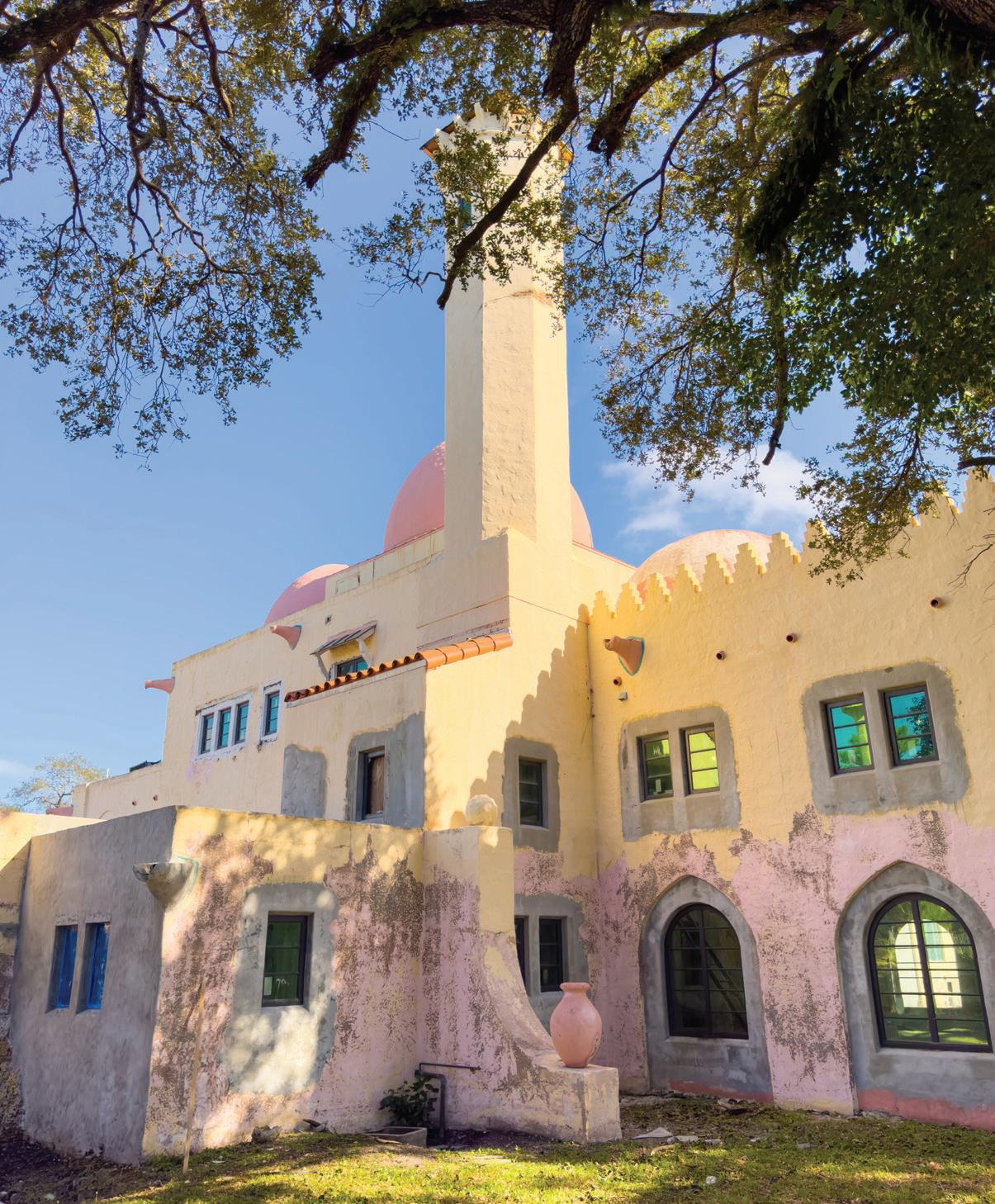
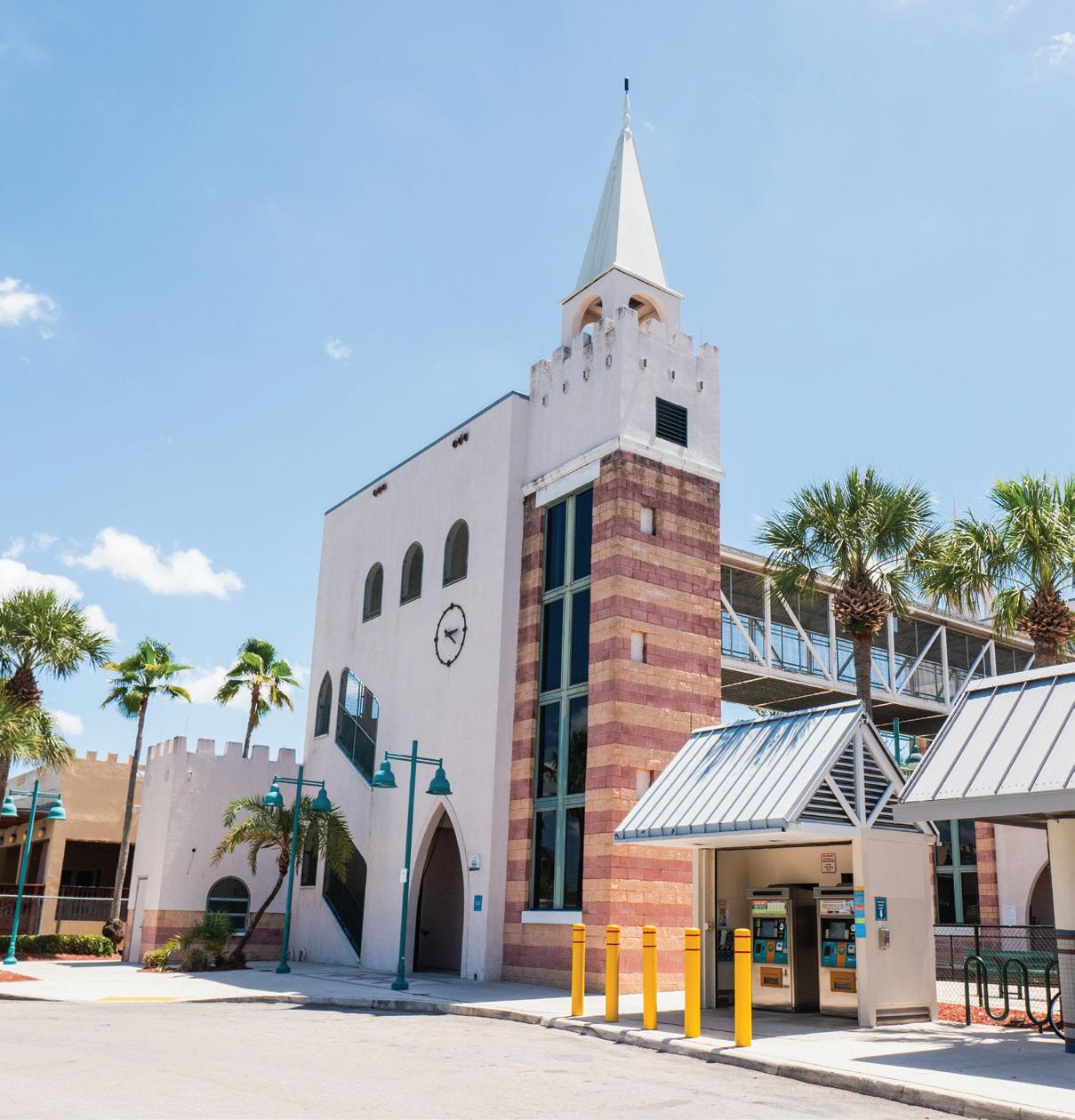
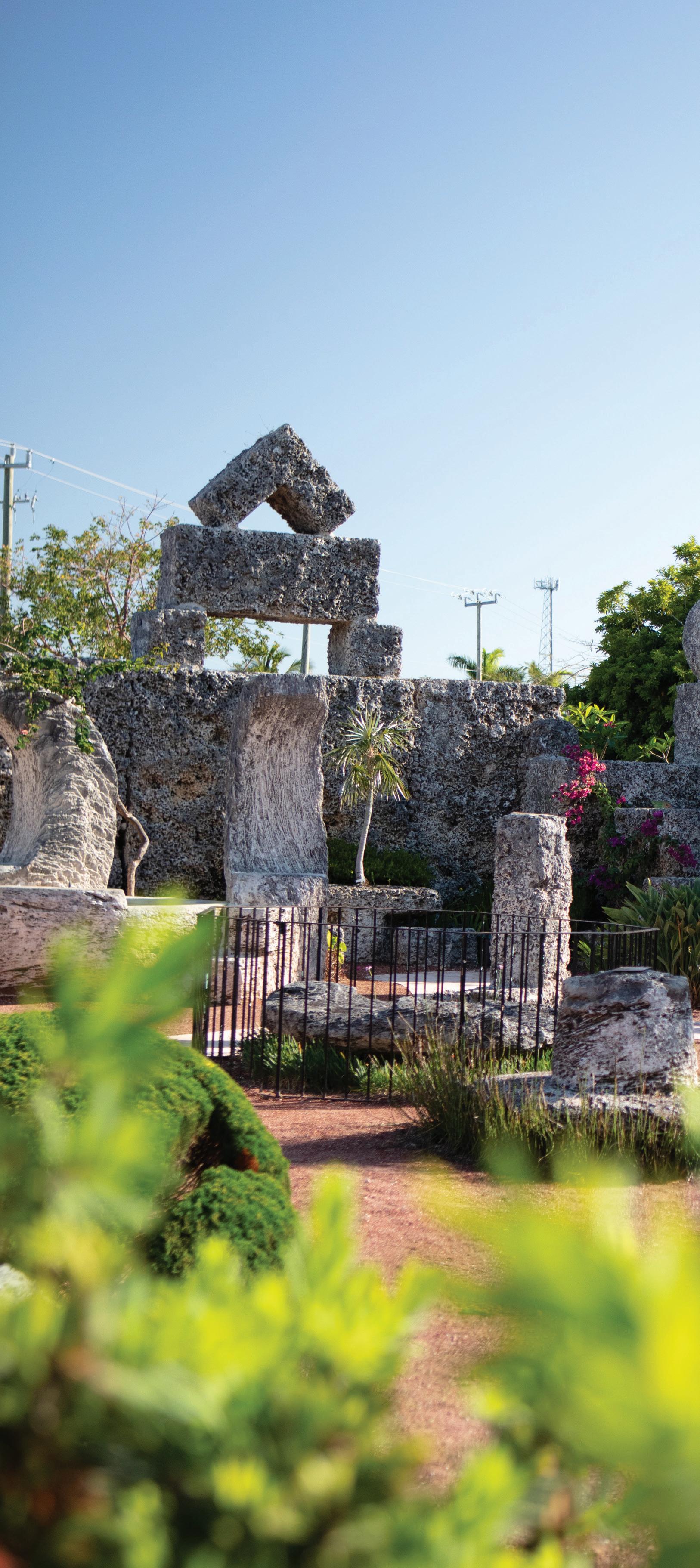
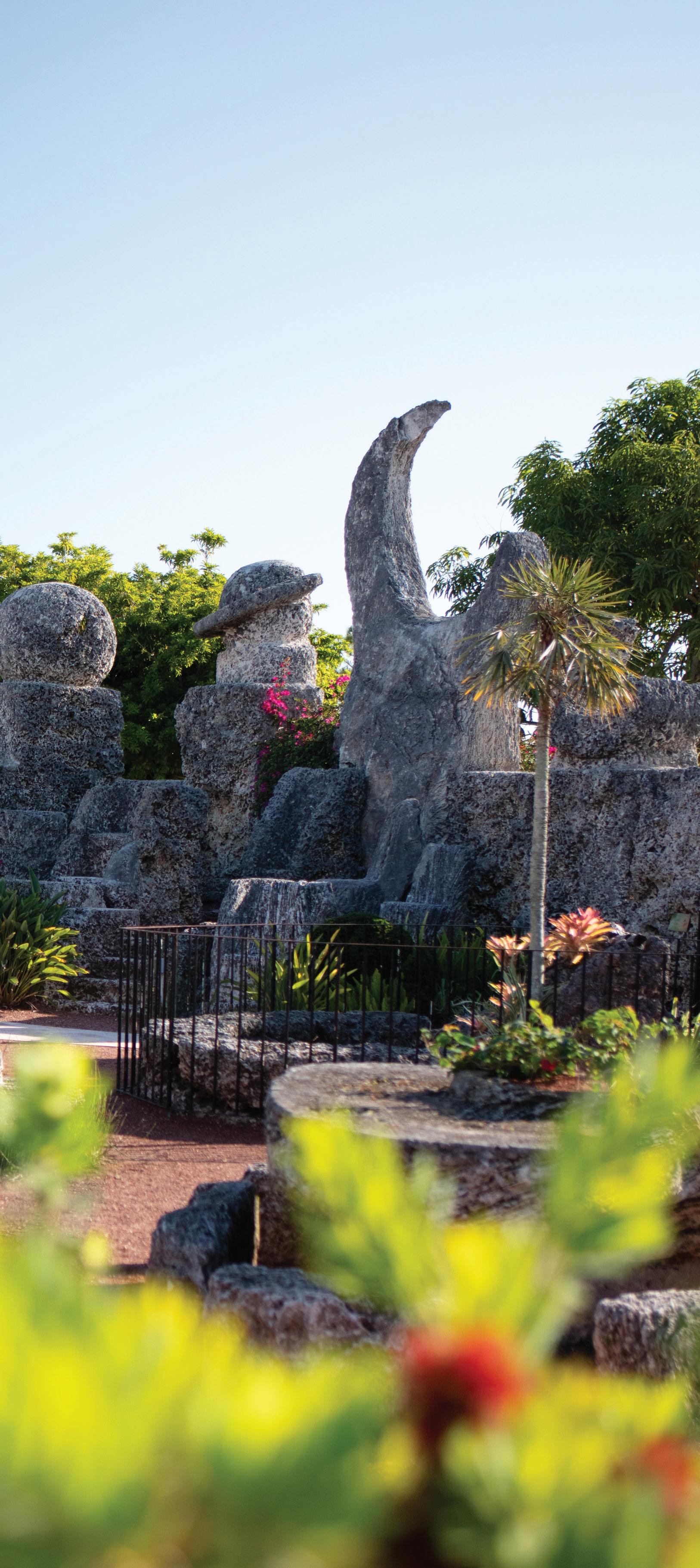
Cushioned by the Everglades to the west and Biscayne Bay to the east, South Dade is where Miami unfurls into sprawling farmland, delicious fruit stands and the unique ecosystems of two national parks. Here’s an outline of the area’s attractions, roughly heading from north to south.
The northernmost part of the South Dade area begins in the suburban village of Pinecrest. In the 1930s, the area’s growth began to evolve around one of Miami’s first tourist attractions, Parrot Jungle and Gardens. Today, the former wildlife attraction has been turned into a community park, Pinecrest Gardens, where concerts, art shows and other special events are held year-round.
The thriving community of Richmond Heights was originally conceived as a community for African American veterans returning home from World War II and facing difficulty finding quality affordable housing. Captain Frank C. Martin, a white Pan American pilot, purchased the land and intended to develop it into a papaya grove. A hurricane wiped out the crops in 1945, however, and he decided to look for another use for the land. Martin had served with Black soldiers in World War II and was sympathetic to their struggles to find housing when they returned from the war. He consulted with community leaders and developed Richmond Heights as a model community for Black homeownership.
Veterans with an honorable discharge could buy a brand new three-bedroom, two-bathroom house in the community with a down payment as low as $25. Since it was in an undeveloped area of South Dade, there were no neighbors to protest against Black families moving in.
More than 450 homes were built by 1951, when Martin died in an accident. He never got to see the completion of Richmond Heights, but construction continued and the development flourished. The Richmond Heights Pioneers Monument was dedicated on Memorial Day in 2014 to honor the first 26 families who moved into the neighborhood and helped establish it. The MiamiDade Historic Preservation Board designated Richmond Heights as a historic district in 2016. The neighborhood’s legacy as a pioneering Black community endures to this day.
The music scene has also grown in the Richmond Heights area, with Jazz in the Heights music events throughout the year.
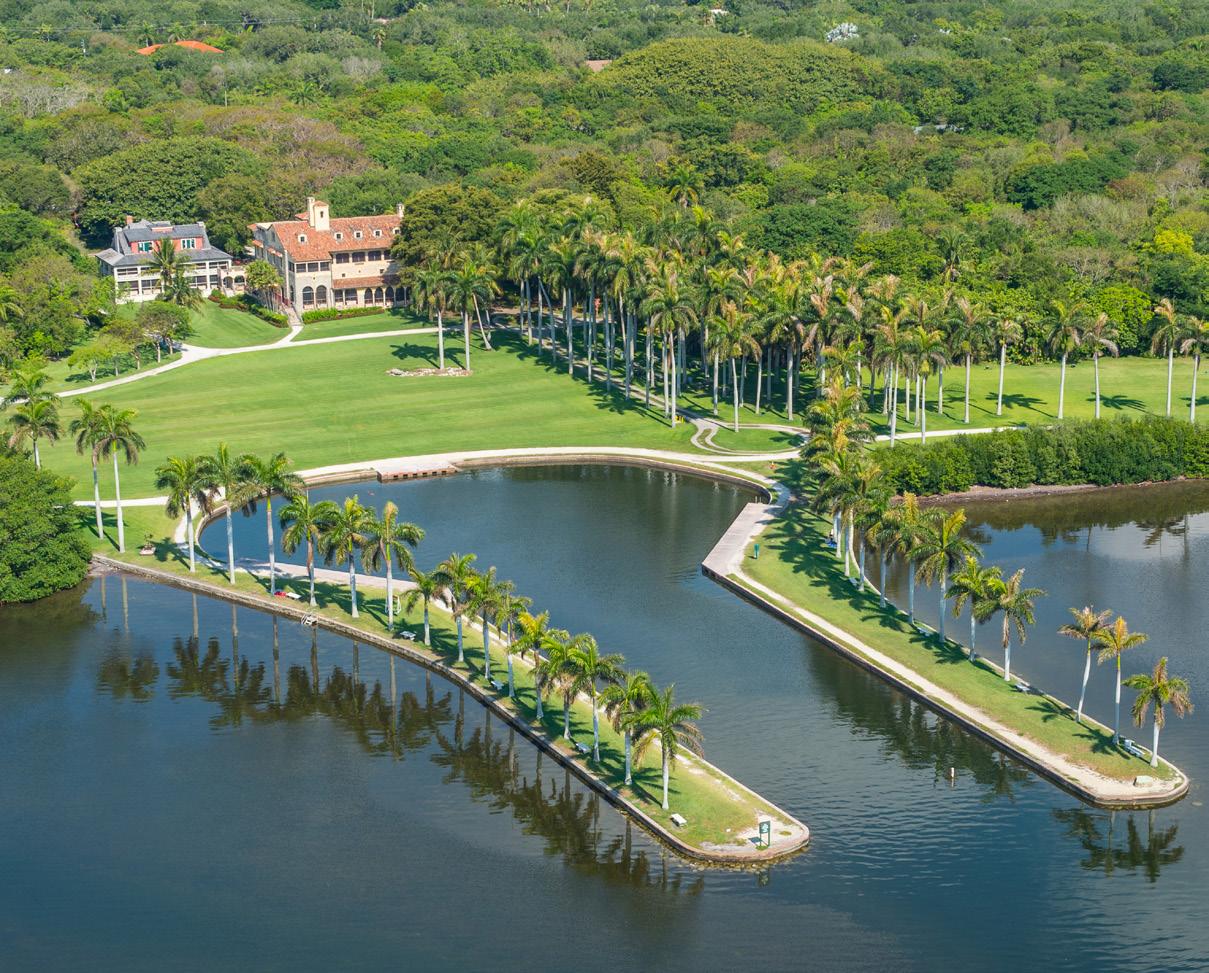
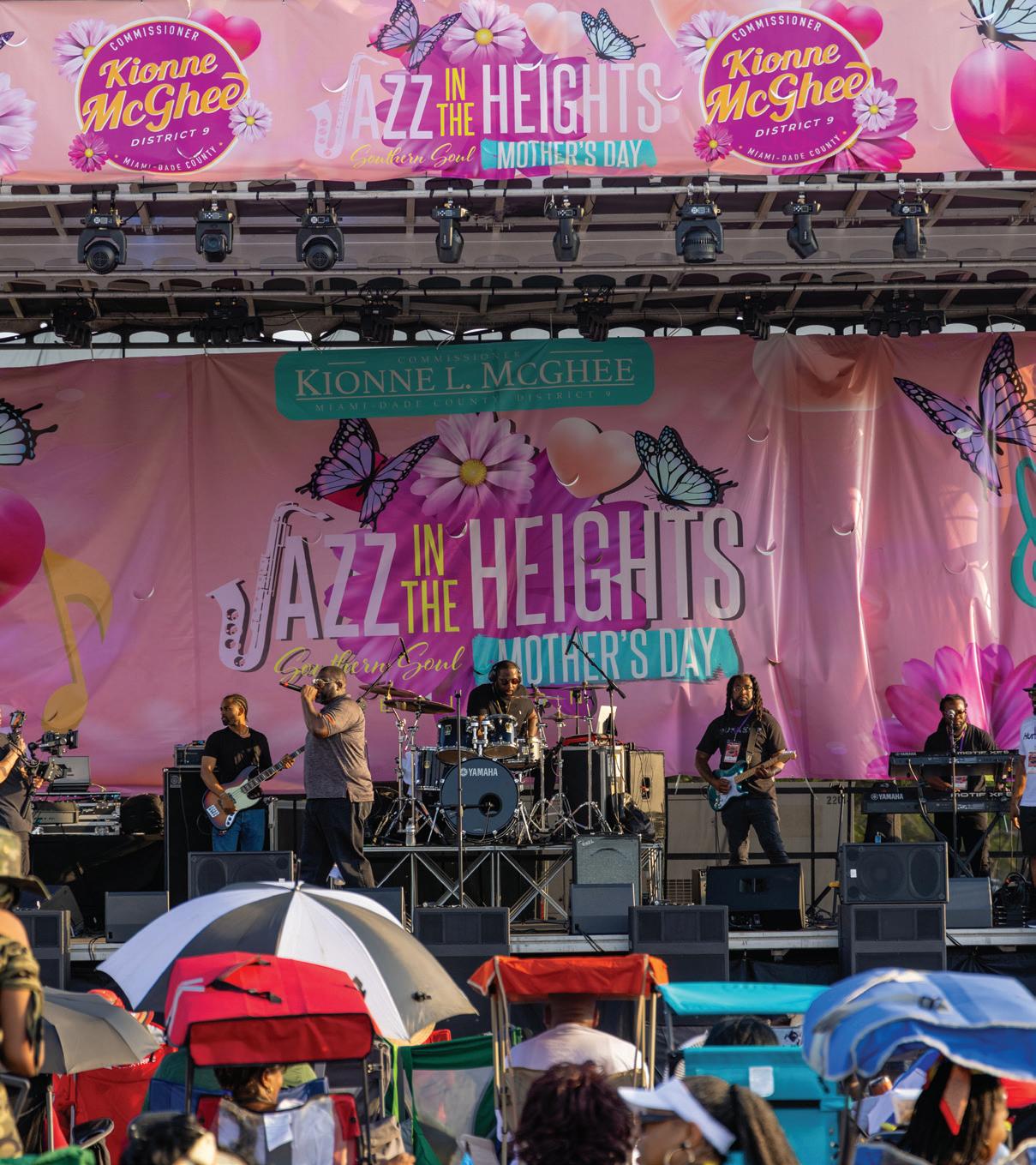
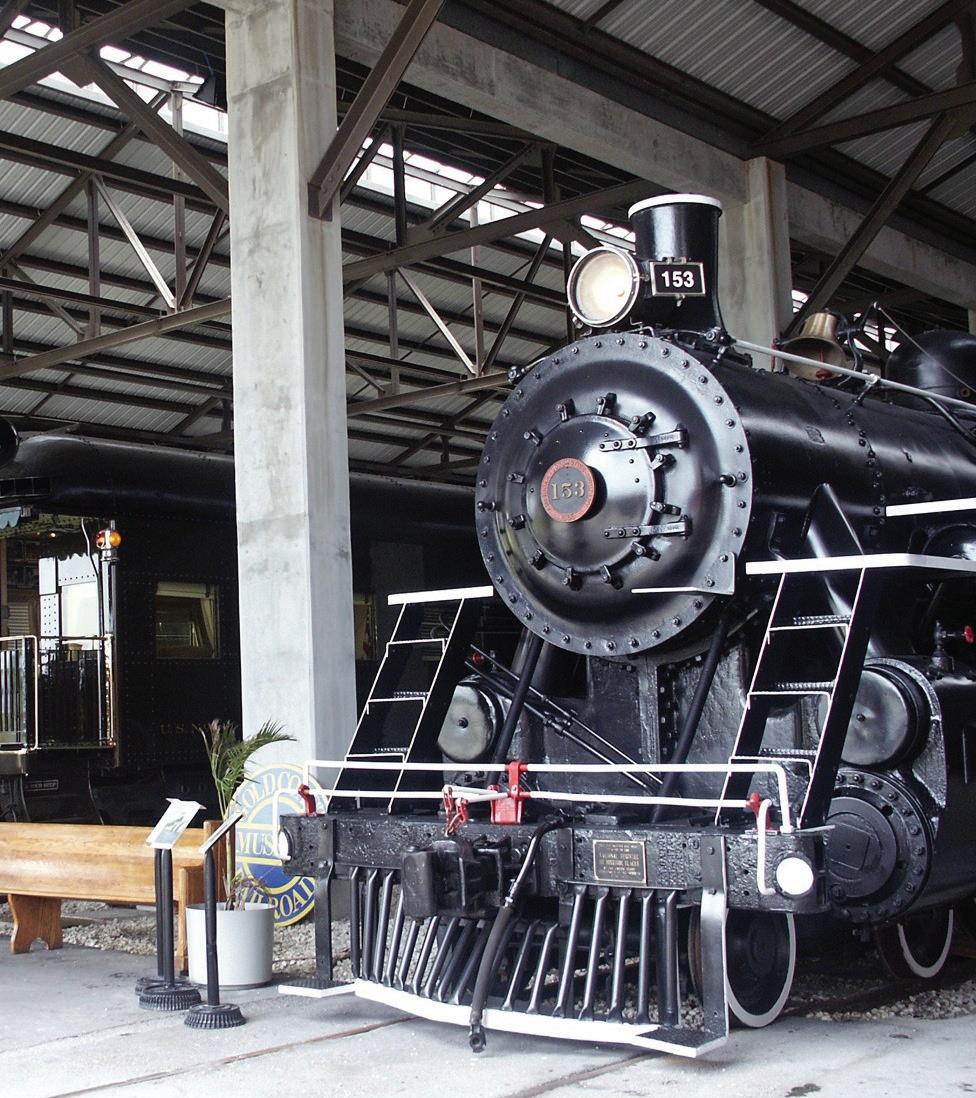
Just west of Richmond Heights, you’ll find Zoo Miami. Consistently ranked among the country’s top 10 zoos, this 750-acre gem showcases more than 3,000 animals, including koalas, tigers and elephants, in large, open-air exhibits. At the entrance to the zoo, Gold Coast Railroad Museum houses a collection of historic railroad cars and memorabilia, plus Thomas the Tank Engine tables for kids.
The historic Deering Estate in Palmetto Bay is a preserved example of Miami in the 1920s. This former home of Charles Deering – an industrialist, environmentalist, art collector, philanthropist and brother of James Deering, who built the Vizcaya estate in Coconut Grove – is both a museum and an ecological gem.
The Moss Center in Cutler Bay has transformed South Dade into a premier destination for the performing arts. The state-of-the-art venue stages everything from opera to film, musicals, bands, dance and stand-up comedy while also acting as a community gathering place.
Originally named the South Miami-Dade Cultural Arts Center when it opened in 2011, it was renamed in 2022 in honor of Dennis C. Moss, who served as Miami-Dade County District 9 Commissioner from 1993 to 2020. A lifelong resident of the area, Moss served on boards including the South Dade Alliance for Black Neighborhood and as Executive Director of the Richmond Perrine Optimist Club for at-risk youth and families in need.
Goulds and Perrine flourished during the early days of Henry Flagler’s Florida East Coast Railway at the turn of the 20th century. Today, these areas are ripe for exploration. To get a glimpse into South Dade’s pioneering history, visit Cauley Square Historic Railroad Village
This 10-acre parcel of land once housed a warehouse, packing house and office for shipping produce from local farms, as well as housing for railroad employees. Today, the quaint pine cottages offer an eclectic collection of antique shops, galleries and New Age emporiums.
Homestead is the heart and soul of South Dade.
Once you’re here, you may feel like you’ve stepped back in time or discovered a hidden oasis. As Miami-Dade County’s second-oldest city (it was incorporated in 1913), it has the perfect blend of historic sites, natural beauty, attractions and entertainment.
Local farms, such as The Berry Farm, grow fruits and vegetables in the Redland area in and around Homestead. This sprawling farmland is named for the color of the agricultural region’s rich soil. You can sample
a variety of unique fruits at the Fruit & Spice Park. Bursting with more than 500 varieties of exotic fruits, herbs, spices and nuts, this park has winding pathways and offers a popular tram tour.
The Wat Buddharangsi of Miami is a Theravada Buddhist temple built in the heart of the Redland area that welcomes visitors and locals for a quiet moment of meditation.
History buffs can take a walking tour of the Homestead Historic Downtown District. The charming streets are known for historic architecture. The Seminole Theatre is a go-to place for entertainment in downtown Homestead.
Just to the south, in Florida City, the Tropical Everglades Visitor Association is a great place to stop by to learn about things to do in South Dade, particularly Everglades National Park and Biscayne National Park. Homestead is the gateway to these amazing parks. The free Homestead Trolley takes visitors from downtown Homestead to both parks on weekends during the winter and early spring.
Berry Farm
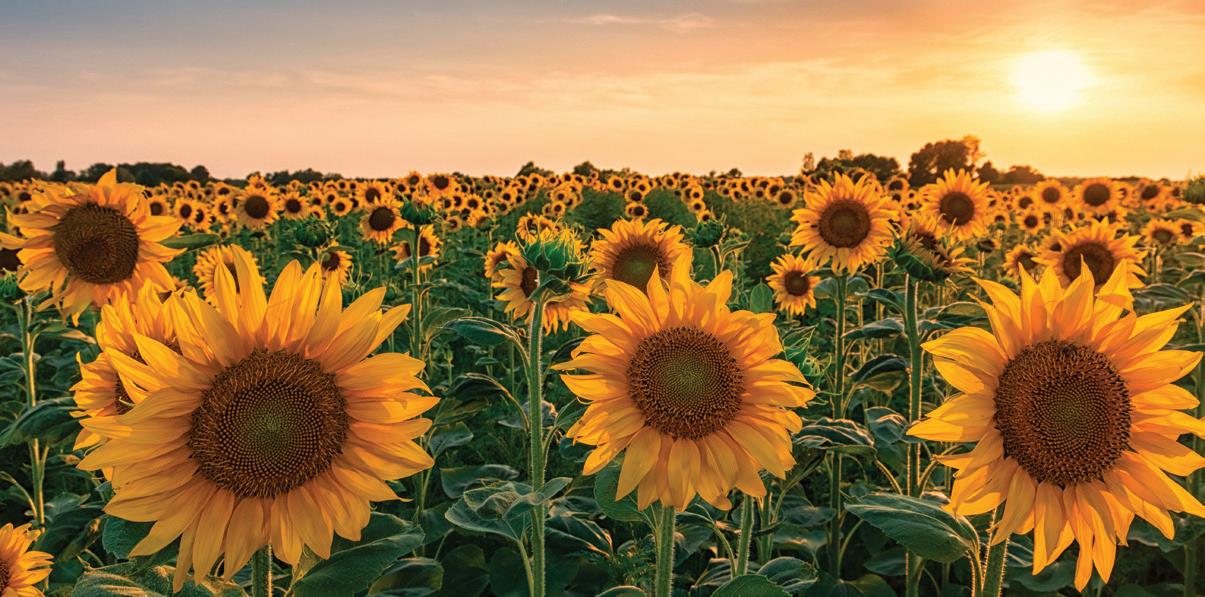
When it comes to food, South Dade is known for two things – fresh fruit milkshakes and Mexican eateries. Robert Is Here is a unique fruit stand and farm that has been around since 1959. Since then, the business has expanded into quite the attraction, selling a range of fruits and vegetables along with its popular milkshakes. Famous for gooey cinnamon rolls and delicious strawberry milkshakes, Knaus Berry Farm is a Miami staple. It’s open from November through April.
Family-owned Taqueria Morelia – with locations in Homestead and Florida City – specializes in authentic Mexican Michoacán fare, including fresh-made tortillas served warm from the griddle. Rosita’s Mexican Restaurant in Florida City is a good place for a casual lunch or dinner in a warm, family-friendly atmosphere.
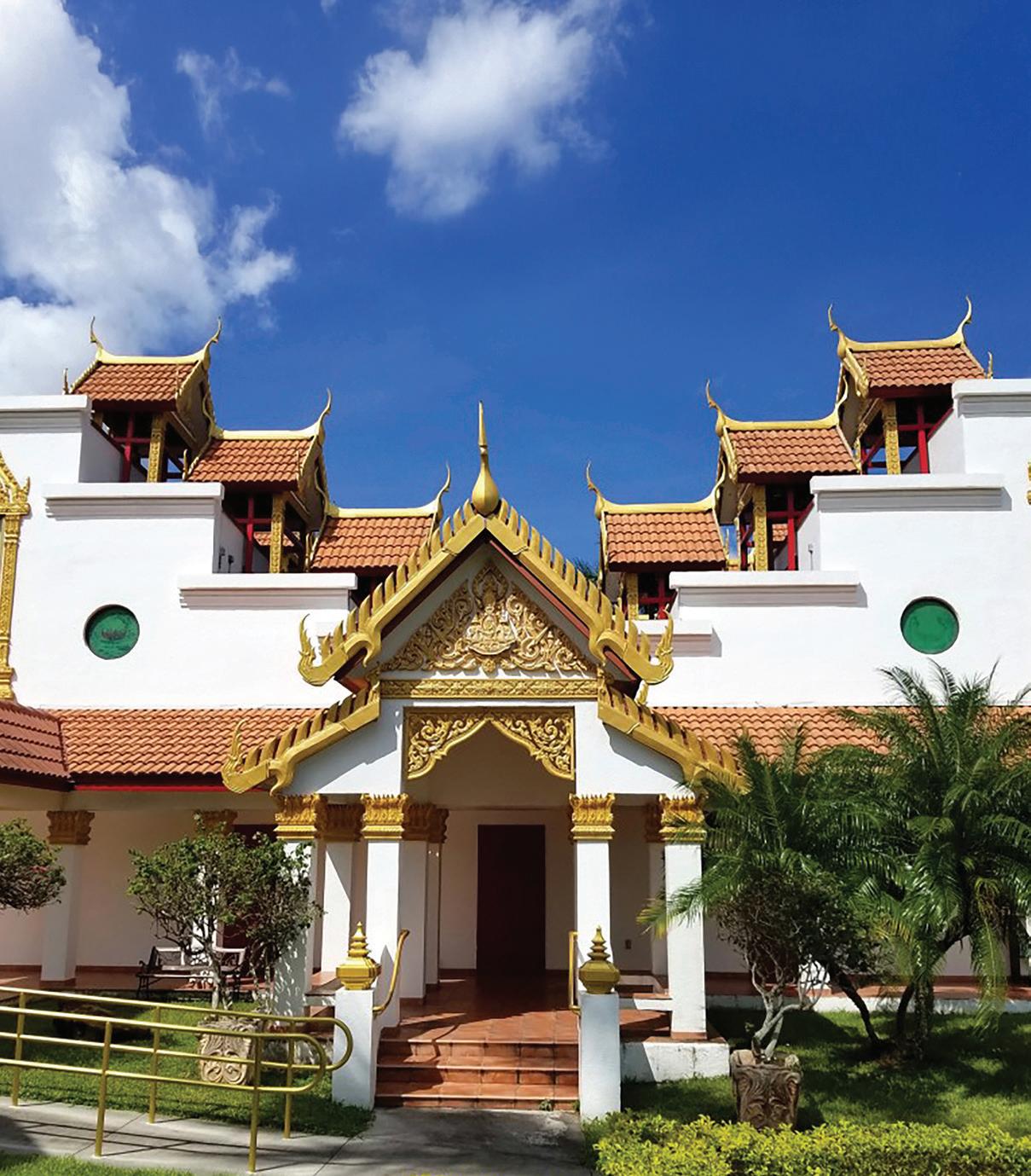
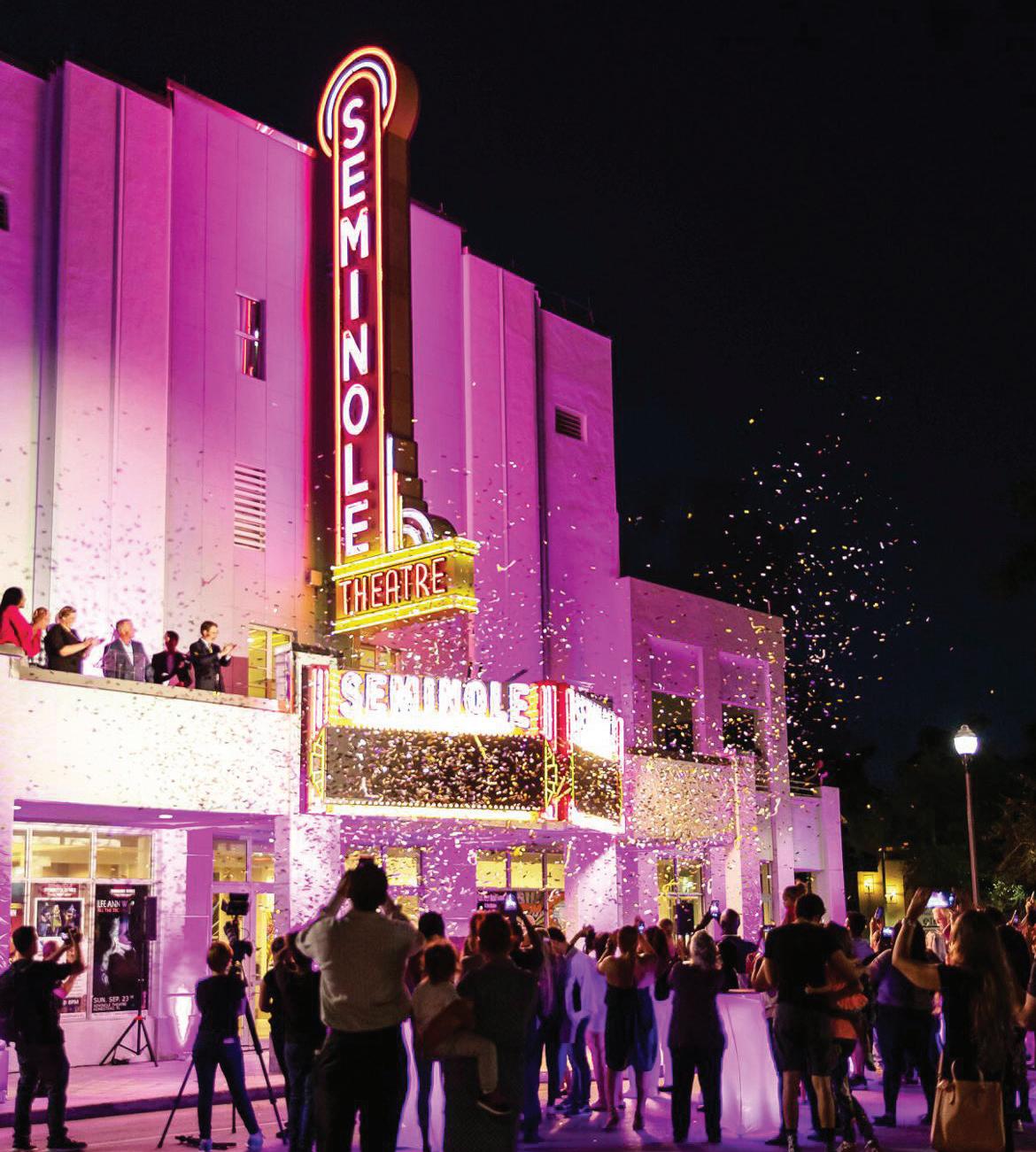
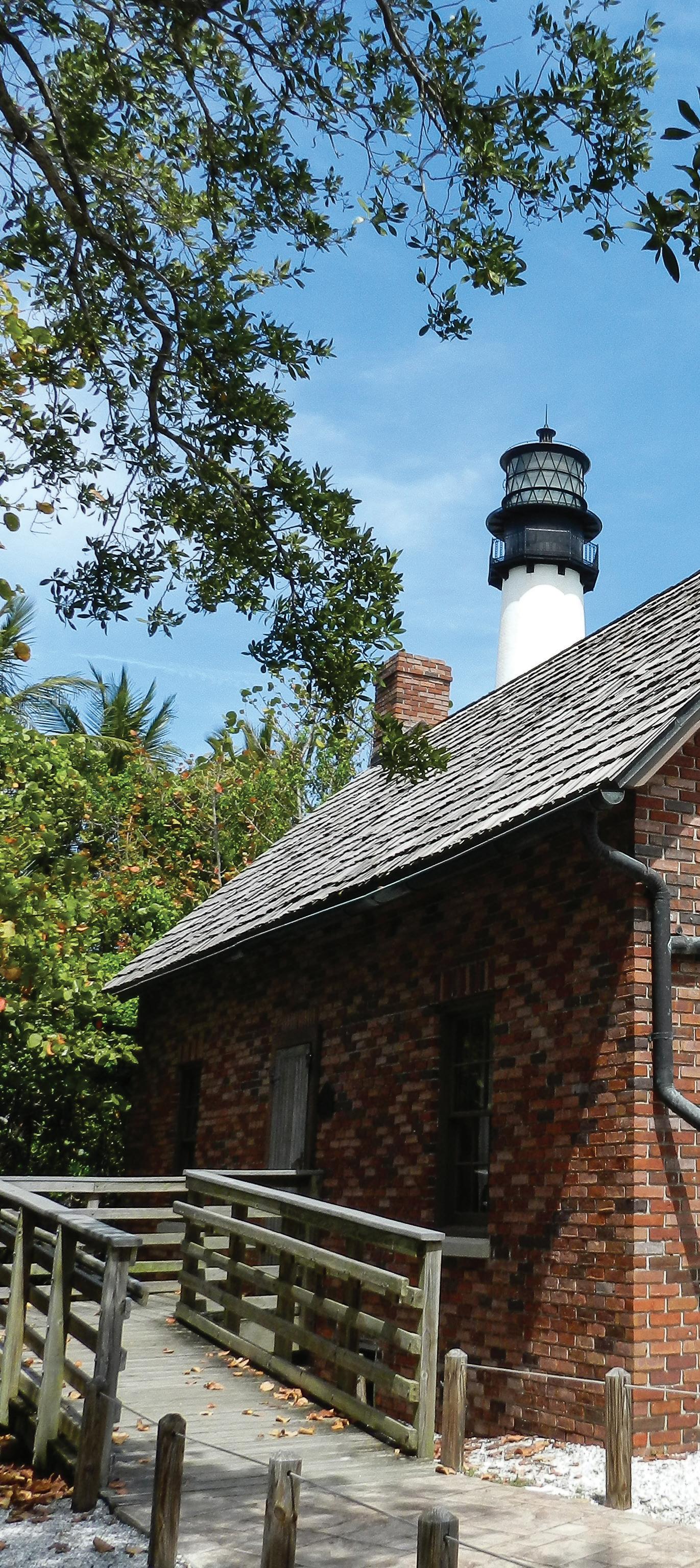
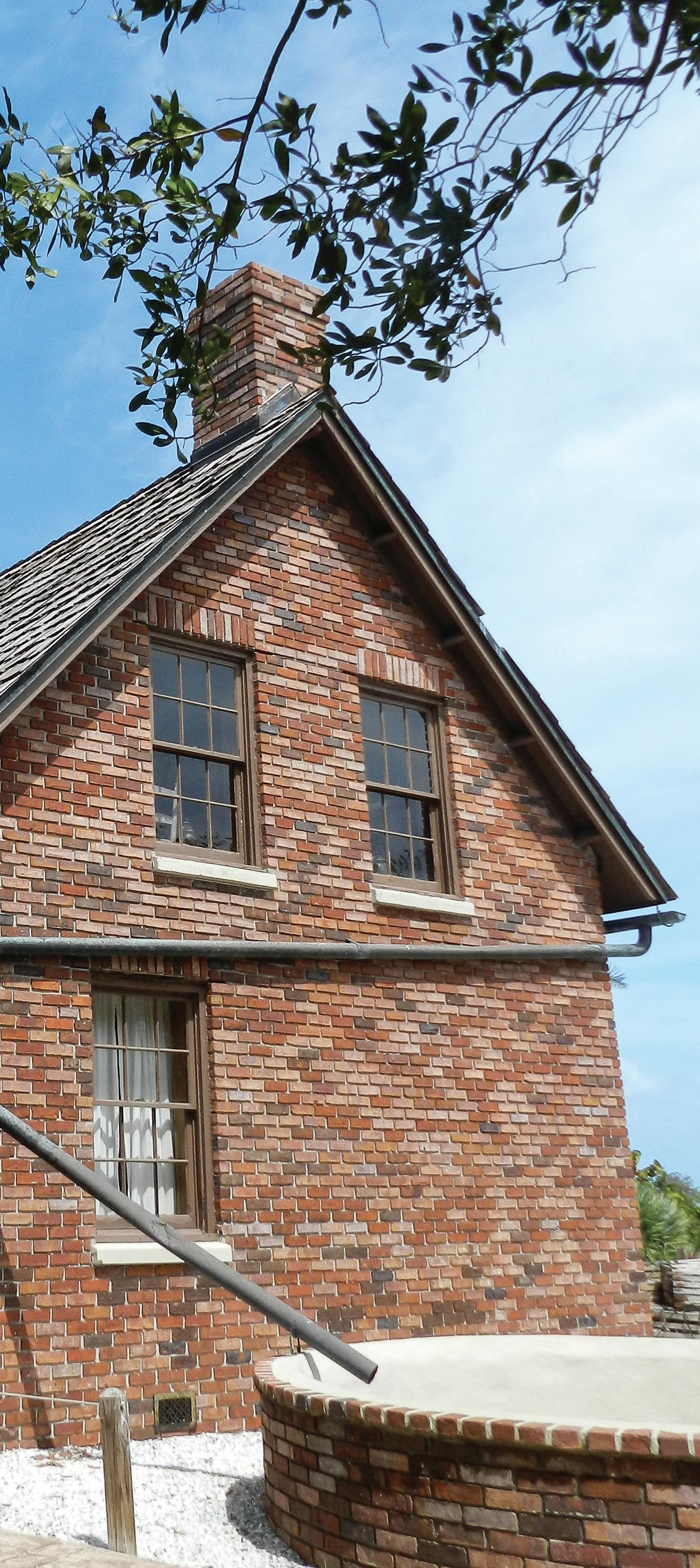
When you drive across the scenic Rickenbacker Causeway to Key Biscayne and Virginia Key, you’ll leave the mainland behind and arrive at a subtropical paradise just offshore. Spend time on beautiful beaches and learn important stories about Black history and the struggle for freedom.
As you leave the mainland and drive along the Rickenbacker Causeway, you’ll pass through the barrier island of Virginia Key. During segregation, Virginia Key was one of the only places where Black people could access the beach. In 1945, Virginia Key became an “official colored only” site as a result of a protest led by the late Judge Thomas. He and a group of Black men daringly entered the water at exclusively white Haulover Beach, with the intention of being arrested to bring attention to their cause. Rather than facing embarrassment, county officials did not take legal action but instead agreed to the protesters’ demands and opened an official swimming area for African Americans at “Miami’s Colored-Only Beach” on Virginia Key on August 1, 1945.
Virginia Key Beach quickly became a popular gathering place for Miami’s African American community and was an often-used site for religious services. Although the
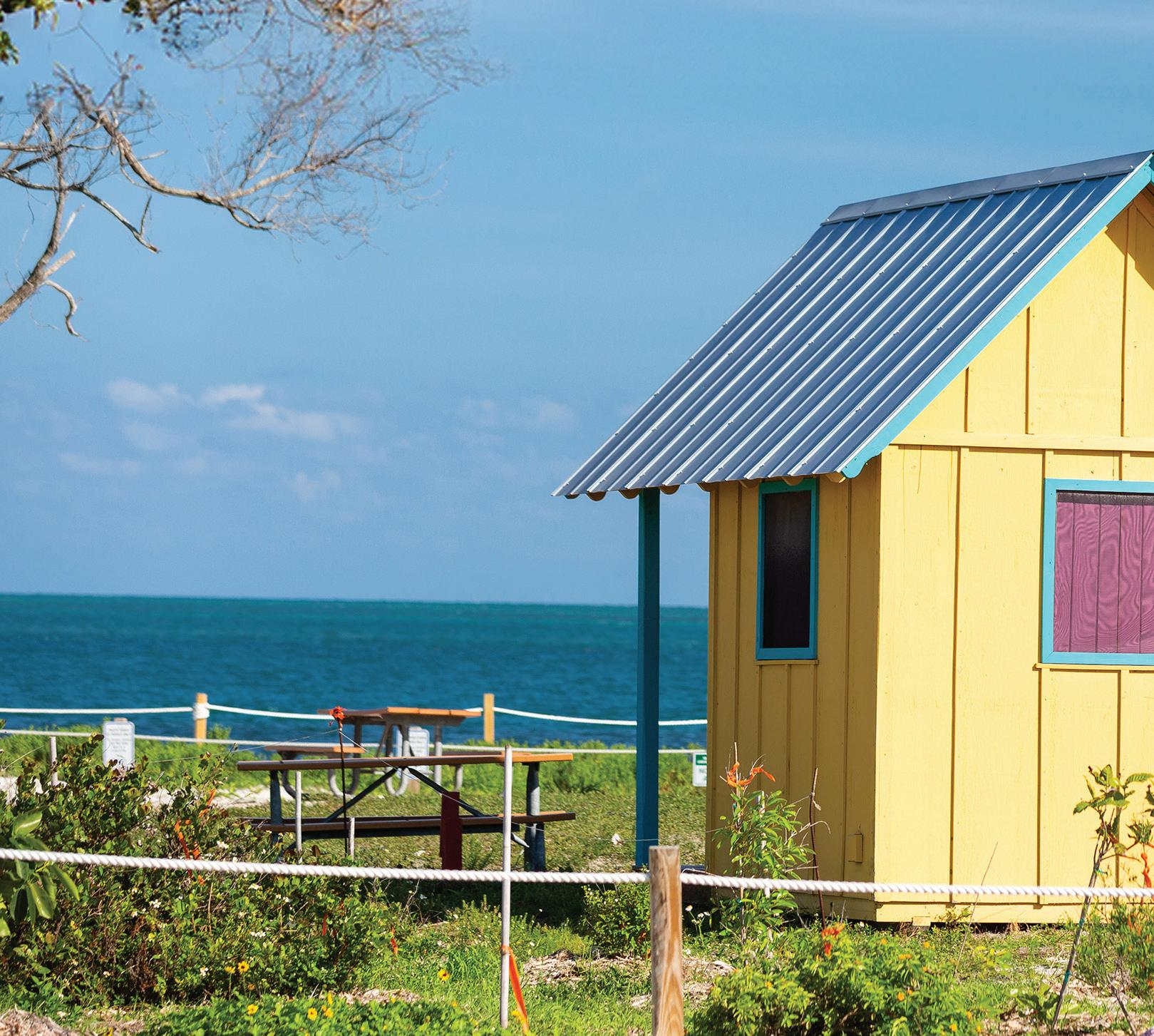
beach remained segregated throughout the 1950s, that didn’t keep it from being the go-to beach for many new immigrants coming from Cuba, the Caribbean and South America.
Due to high operation and maintenance costs, the City of Miami closed Virginia Key Beach Park to the public in 1982. In 1999, a group of citizens established the Virginia Key Beach Park Civil Rights Task Force after plans were announced for a private development to be built on the site. In response, the Miami City Commission established the Virginia Key Beach Park Trust to oversee the development of the historic property. In 2002, the park was placed on the National Register of Historic Places.
Historic Virginia Key Beach Park reopened to the public in February 2008, featuring many of the amenities of its past. You can take a ride through its history aboard the Biscayne Virginia Rickenbacker Central, a historic miniature train that transports you through a wetland excursion. And no matter your age, you’ll delight in riding the historic antique carousel by the sea. Other landmarks, such as the bathhouse and concession stand, have also been renovated and are open to the public.
This stretch of paradise has picnic tables and shaded pavilions, and it is vast enough to offer secluded areas for beachgoers who enjoy privacy and sunshine. Among visitor favorites are six pastel-colored beachfront cabins that can be rented for the day. Each cabin includes Adirondack chairs, a grill and a picnic table.
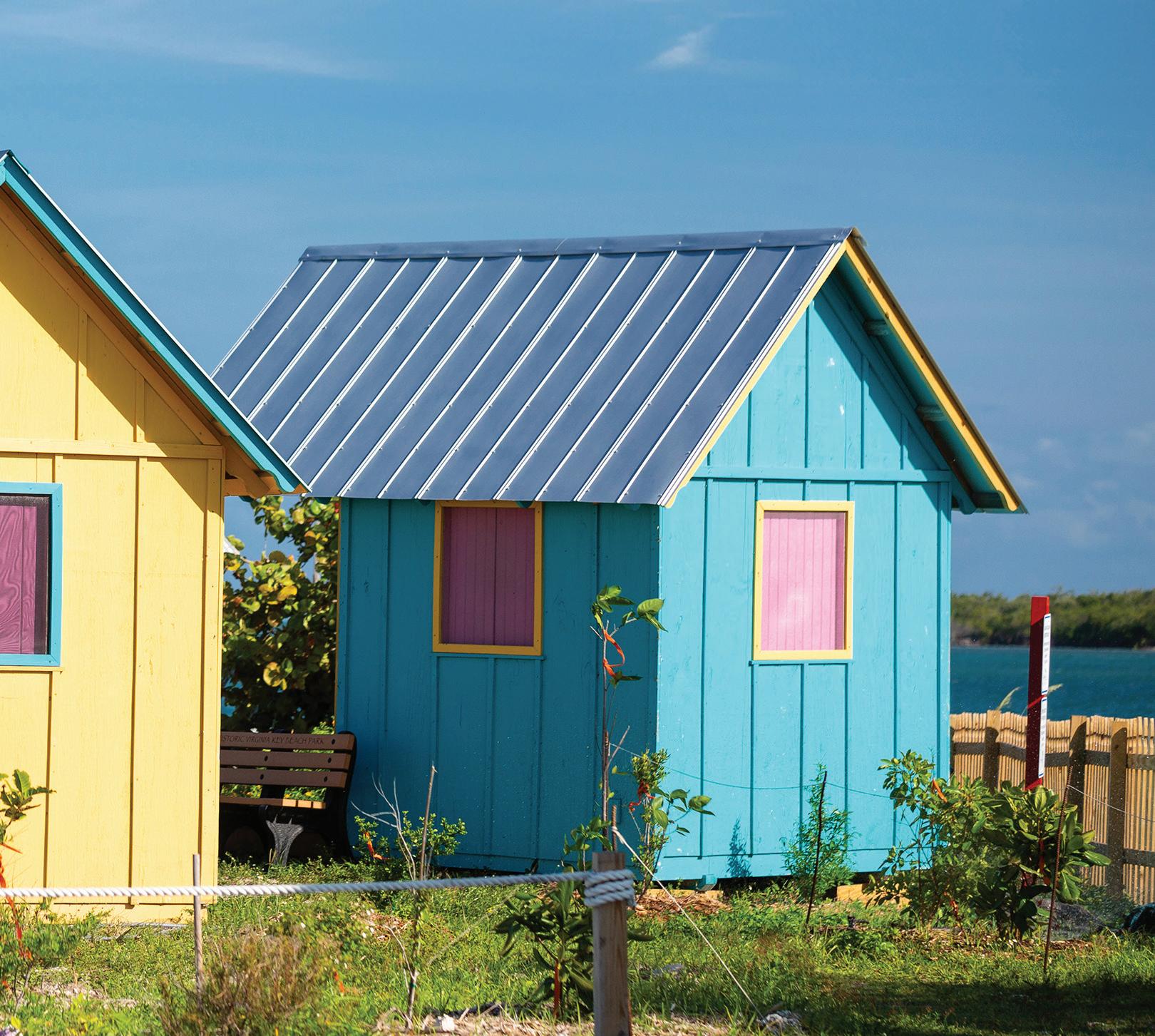
You’ll arrive in Key Biscayne after crossing through Virginia Key. Crandon Park Beach stretches two miles in length at the northern end of the island. In addition to its white sand and calm waters, there are picnic tables and grills. Stand up paddleboards, kayaks and kite boards are available to rent.
Ponce de Leon named the southernmost tip of Key Biscayne the Cape of Florida when he led the first Spanish expedition in 1513. Today, Bill Baggs Cape Florida State Park is home to the oldest standing structure in Miami-Dade County – a historic lighthouse built in 1825. Equal parts quiet and quaint, the park’s natural beach stretches 1.25 miles in length and has been recognized as one of the best beaches in the country.
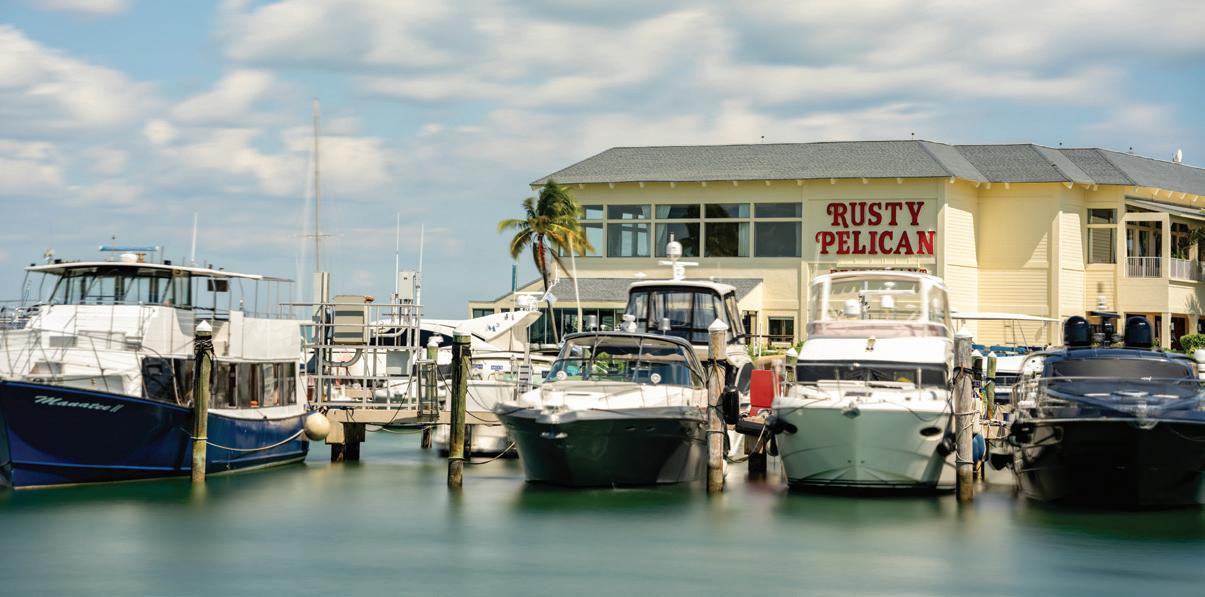
The park is also part of the National Underground Railroad Network to Freedom heritage preservation program, commemorating the journey of escaped slaves to the British Bahamas. Beginning in the 1820s, the area that is now Bill Baggs Cape Florida State Park was the southern terminus of the Saltwater Underground Railroad. Florida was under Spanish rule at the time, and escaped slaves made the trek from other states to this point, where they would look for Bahamian ship captains to take them to Andros Island in the Bahamas – and freedom. At least hundreds – and possibly thousands –of escaped slaves managed to find their way to freedom through this route. A plaque in the park celebrates their brave journeys.
Two dining options are available in the park. Boater’s Grill and the Lighthouse Cafe both offer delicious food with beautiful views of the water. On the ride back to the mainland, along the Rickenbacker Causeway, the Rusty Pelican is an iconic restaurant perched above a marina with an elegant waterfront setting and floor-to-ceiling windows.
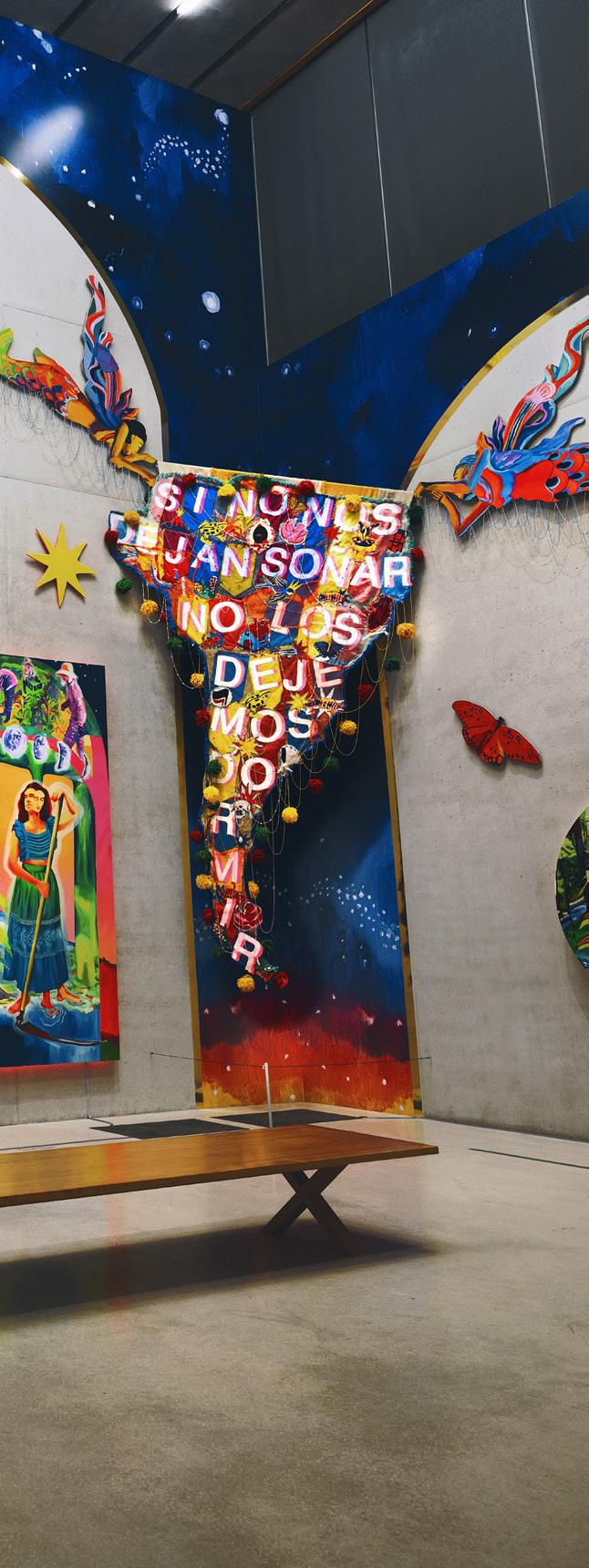

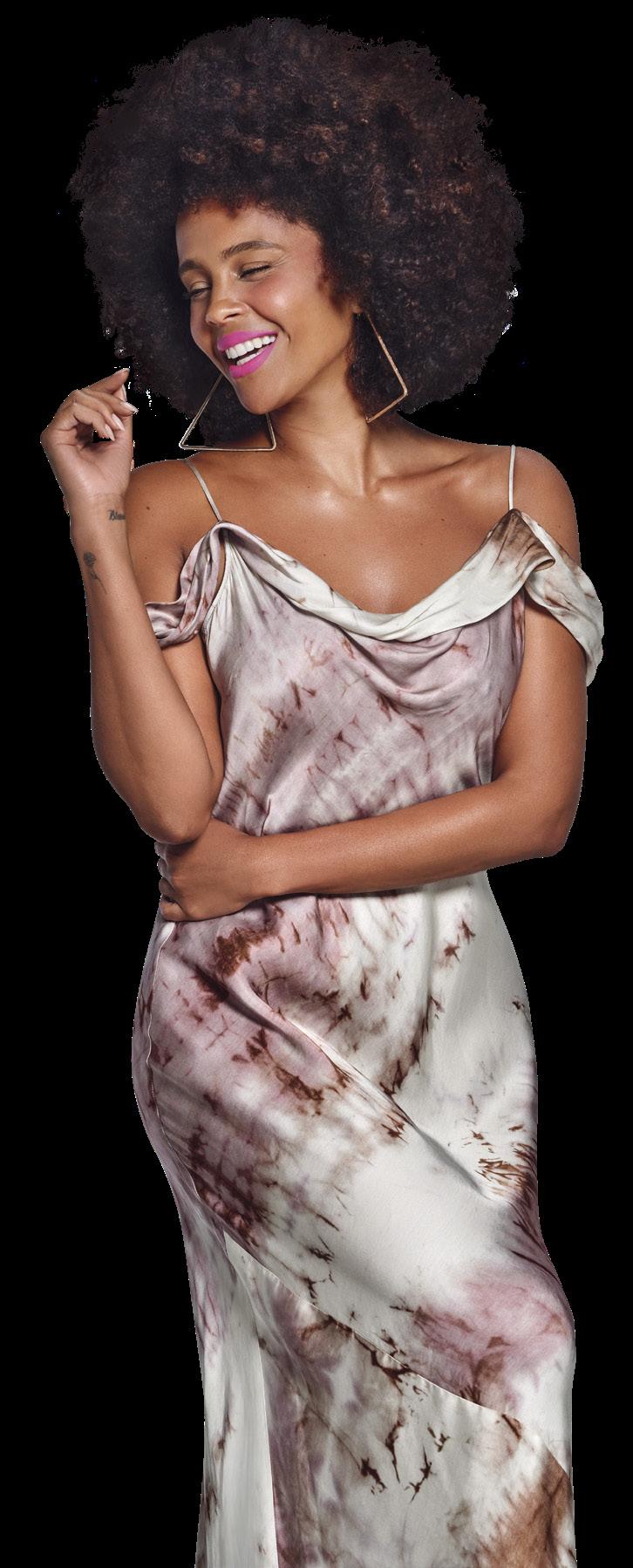
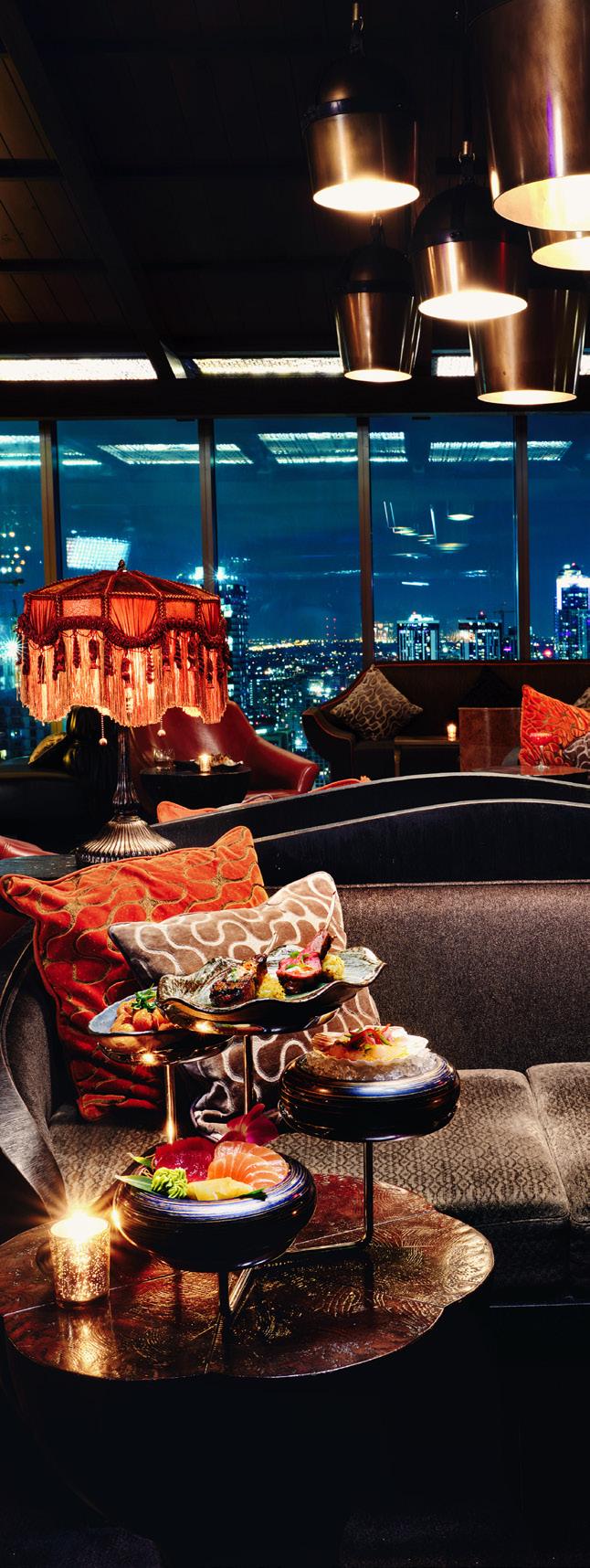
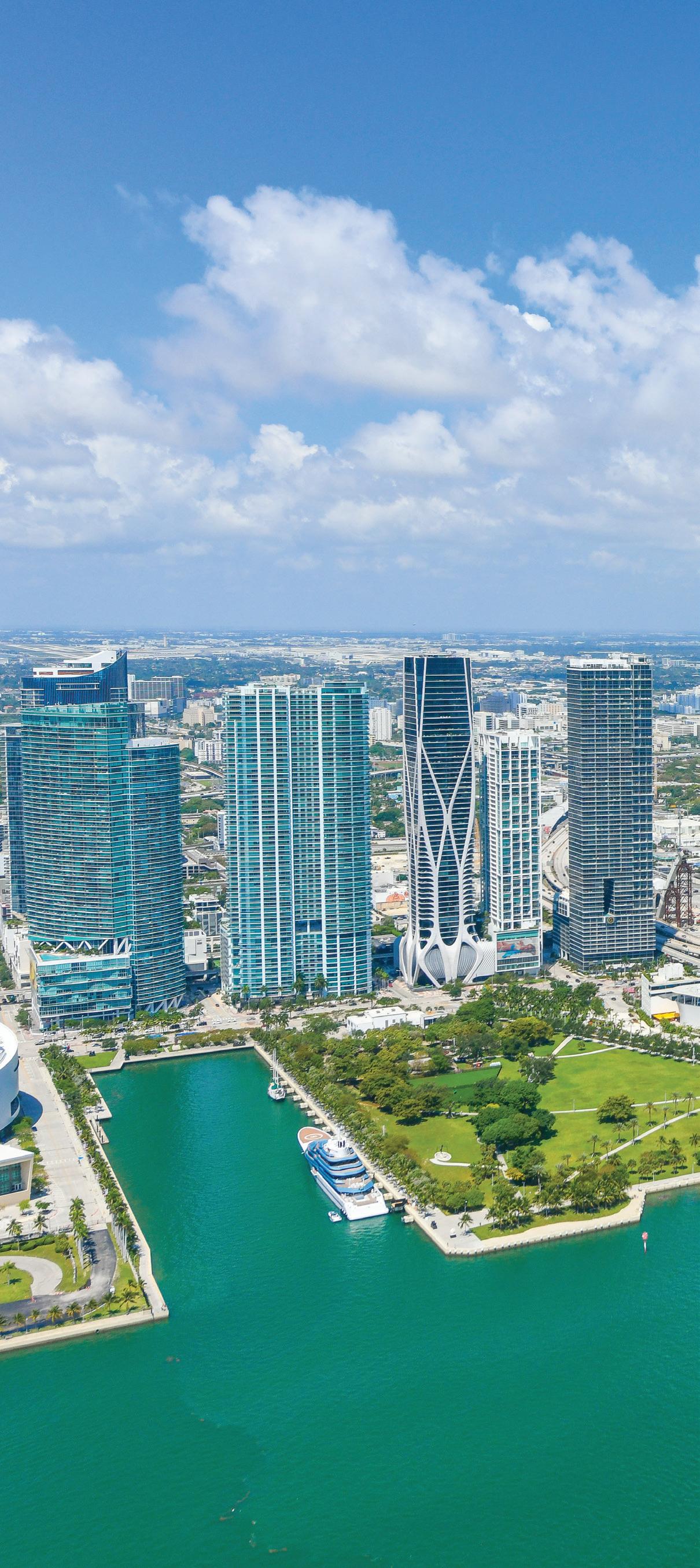
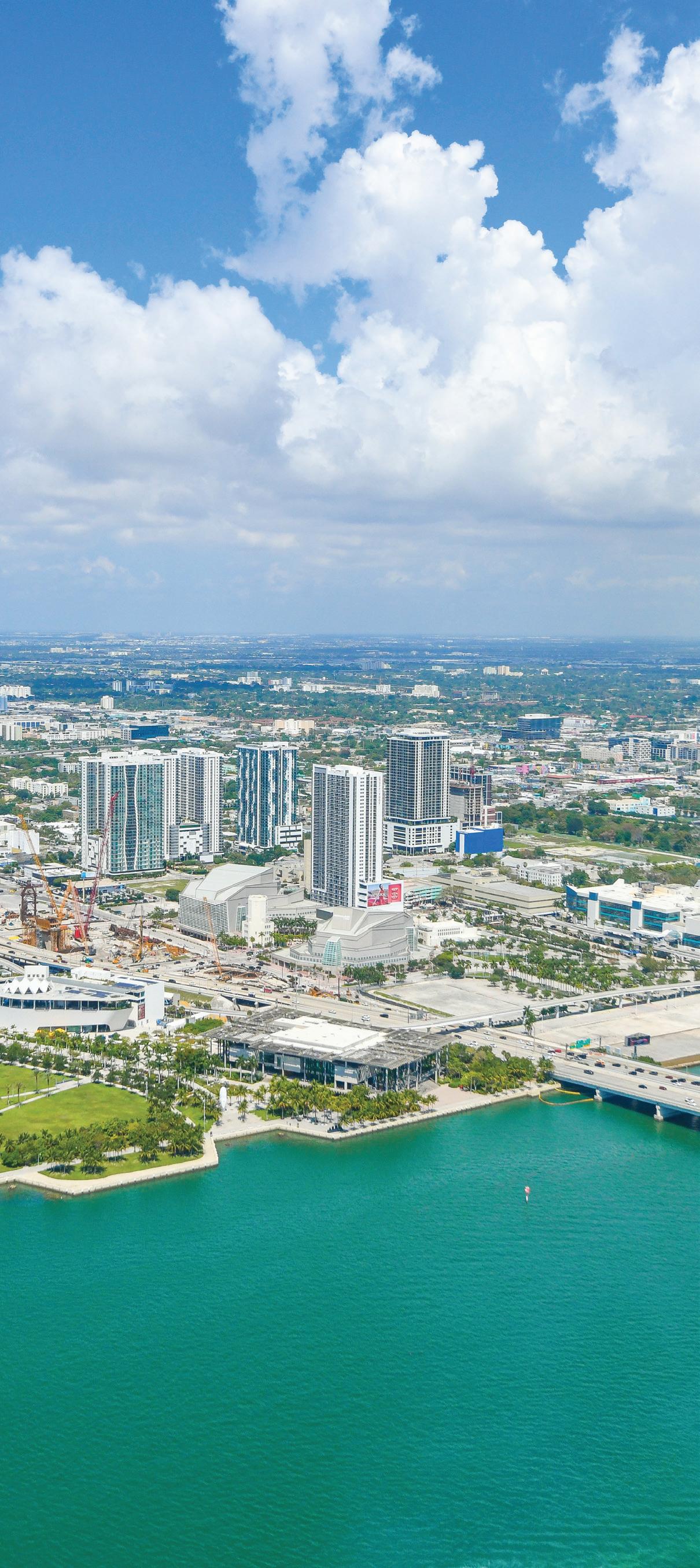
Greater Miami & Miami Beach is a paradise of interconnected communities with unique attractions and must-see experiences. In addition to the multicultural neighborhoods featured earlier in these pages, this section highlights more places to visit with heritage, culture or general visitor appeal.
There’s more to Miami’s airport area than just flying in and out of Miami International Airport (MIA). While the hub is considered the gateway to Latin America and the Caribbean, it’s also the gateway to Greater Miami & Miami Beach. You’ll get a feel for the flavor of Miami before you even leave the airport. MIA Shops offer a range of local goods and restaurants with a Miami twist. Visitors can find everything from Miami-themed gifts and souvenirs at Miami To Go to delectable Cuban specialties at Café Versailles. Many visitors are surprised to discover the airport’s museum-quality public art, site-specific installations and galleries.
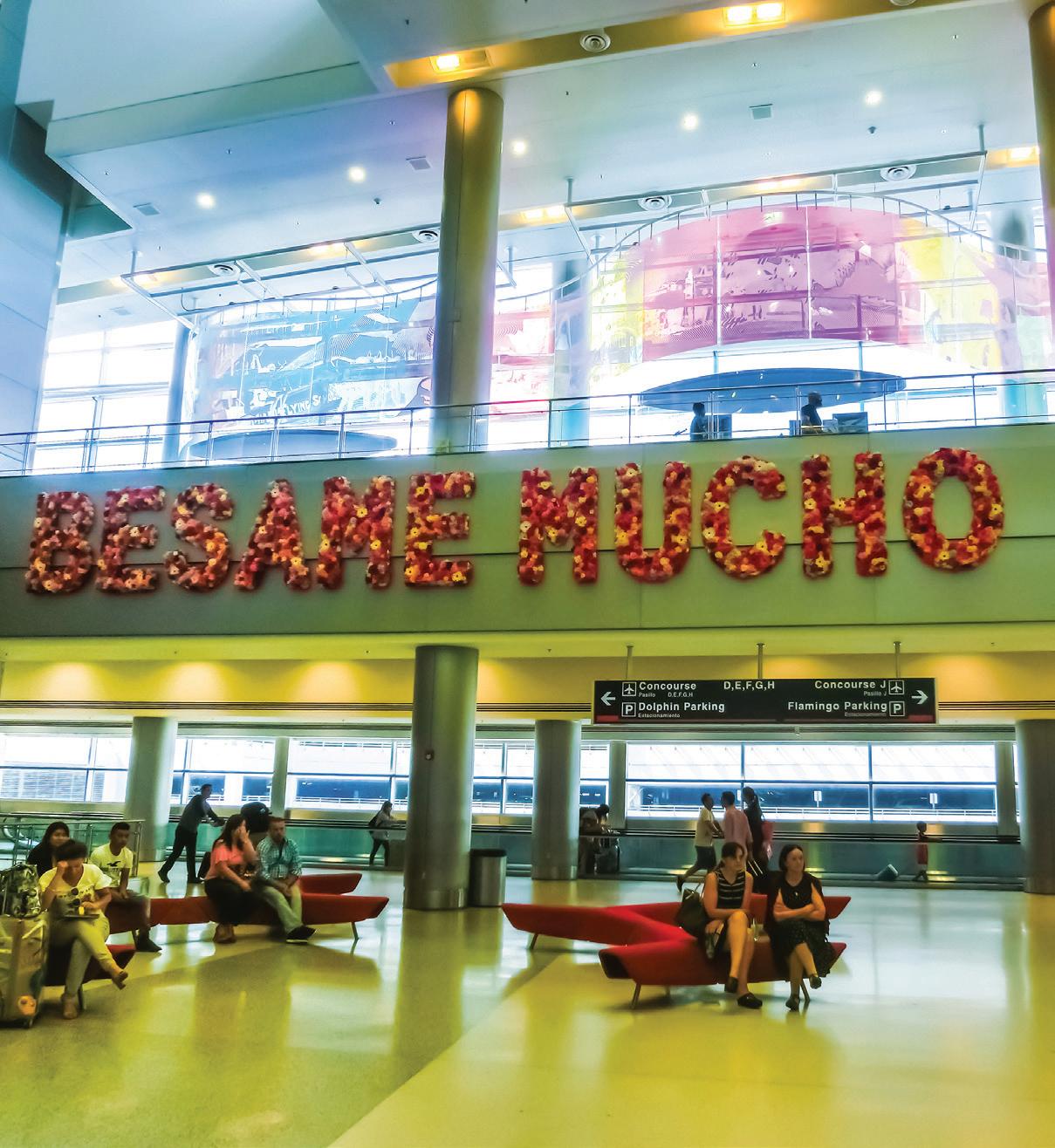
Aventura’s striking residential towers, lush parks and golf courses hug the Intracoastal Waterway. Aventura Mall, with more than 300 stores, a tempting food hall, varied entertainment options and captivating public art installations, is one of Greater Miami & Miami Beach’s top destinations for shopping and family fun. The JW Marriott Miami Turnberry Resort & Spa is another major draw. You’ll find Tidal Cove Waterpark here with seven water slides, a lazy river and a FlowRider® surf simulator. The heart of the city’s cultural rhythm is the Aventura Arts & Cultural Center, an elegant waterfront venue.
Fashionably fun and casually elegant, Bal Harbour is a quiet and luxurious beachside oasis. It’s a pedestrianfriendly slice of paradise with world-renowned resorts and upscale shops. For many, Bal Harbour Shops serves as an introduction to the area. The alfresco mall opened in 1965, and its mid-century modern cool is retained today through landscaped breezeways with lush palm trees, tropical flowers, koi ponds and limestone fountains.
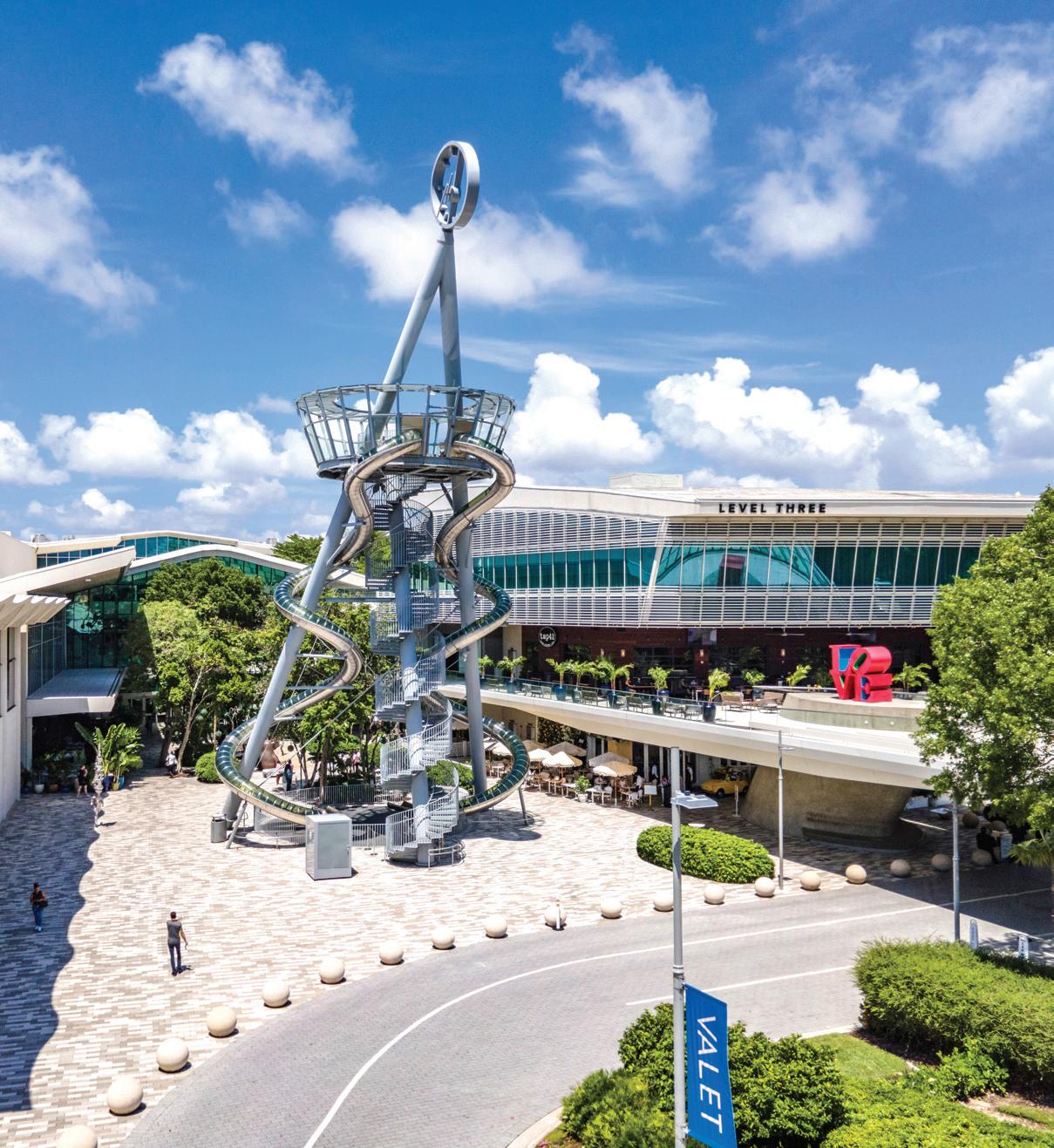
Bay Harbor Islands is a small, quaint community tucked between Bal Harbour and the Miami mainland. There are plenty of great shopping and fine dining options in the center of town to enjoy as well as two public art sculptures – Romero Britto’s “Heart” and Robert Indiana’s “Love.”
From beautiful buildings to a thriving cultural scene, Coral Gables is truly the City Beautiful. Coral Gables was planned and developed in the 1920s. Situated a few miles southwest of Downtown Miami, the area is filled with wide, tree-lined avenues named after Spanish and Italian towns. It features stunning Mediterranean Revival architecture complemented by plazas, parks and fountains.
The Coral Gables Museum is housed in the city’s original police and fire station buildings. The museum celebrates the civic arts of architecture, urban design and planning, sustainable development and preservation. The city celebrates Hispanic culture with Carnaval on the Mile every March. The MacFarlane Homestead Historic District, adjacent to Coconut Grove, is of special interest because it was developed in the 1920s for Black residents during segregation.
Diverse, dynamic and densely populated, Downtown Miami and the adjoining Brickell area is a hub of international finance, dining, arts and entertainment. You can get around Downtown Miami (north of the Miami River) and Brickell (south of the Miami River) on the Metromover, a free, air-conditioned elevated train. Despite its modern façade, this neighborhood has its roots planted in the past, when it sprung up along the banks of the Miami River. Miami’s first development boom started here in the early 1900s, and iconic buildings were erected in the following years.
The Freedom Tower is a striking Mediterranean-style structure built in 1925 as the home of the “Miami Times” newspaper. From 1962 to 1974, the building served as a center to assist hundreds of thousands of Cuban refugees entering the United States. That’s when it was named the Freedom Tower. The Pérez Art Museum Miami (PAMM) presents contemporary art in a stunning setting beside Biscayne Bay. It houses an impressive collection of 20thand 21st-century art with an emphasis on works that relate to Miami’s ethnically rich community as well as Latin America, the Caribbean and the African diaspora.
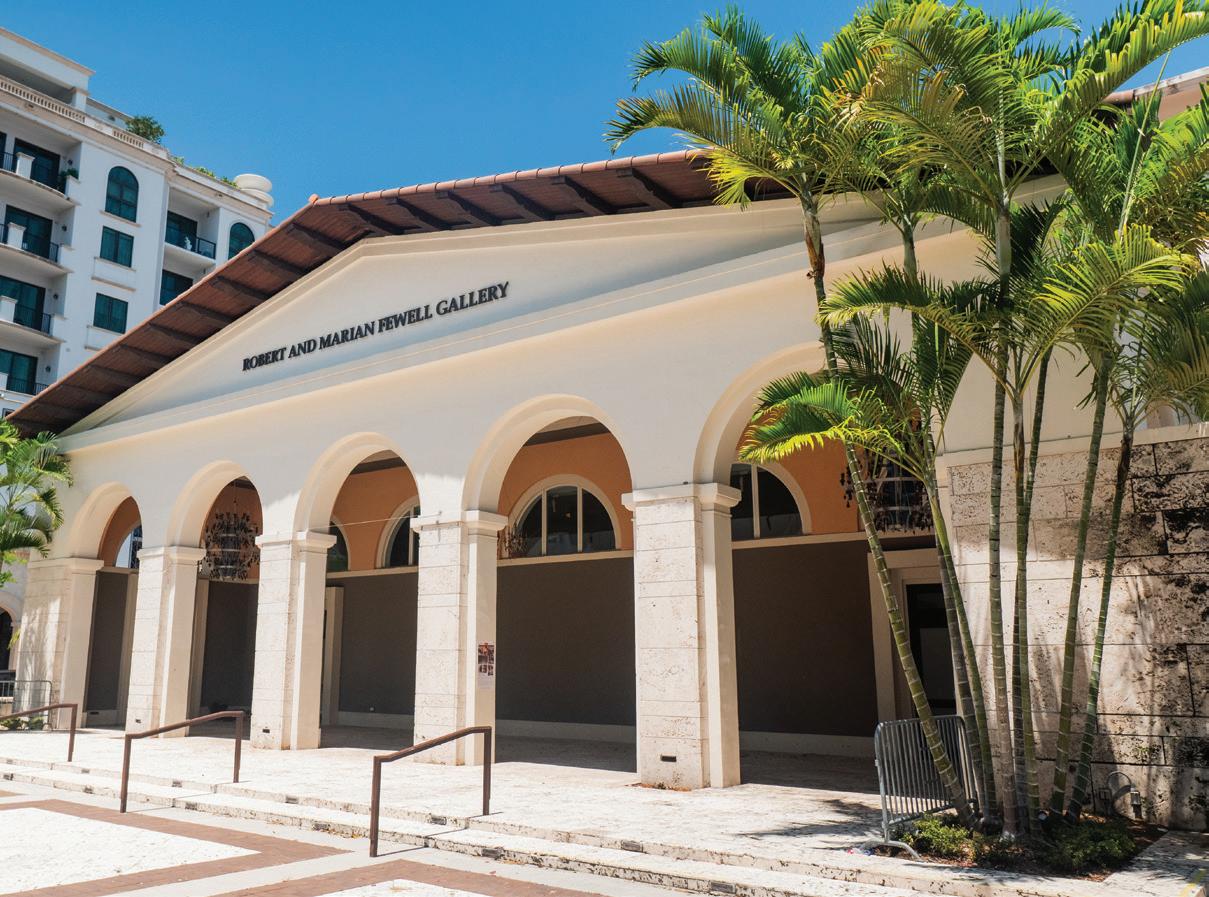
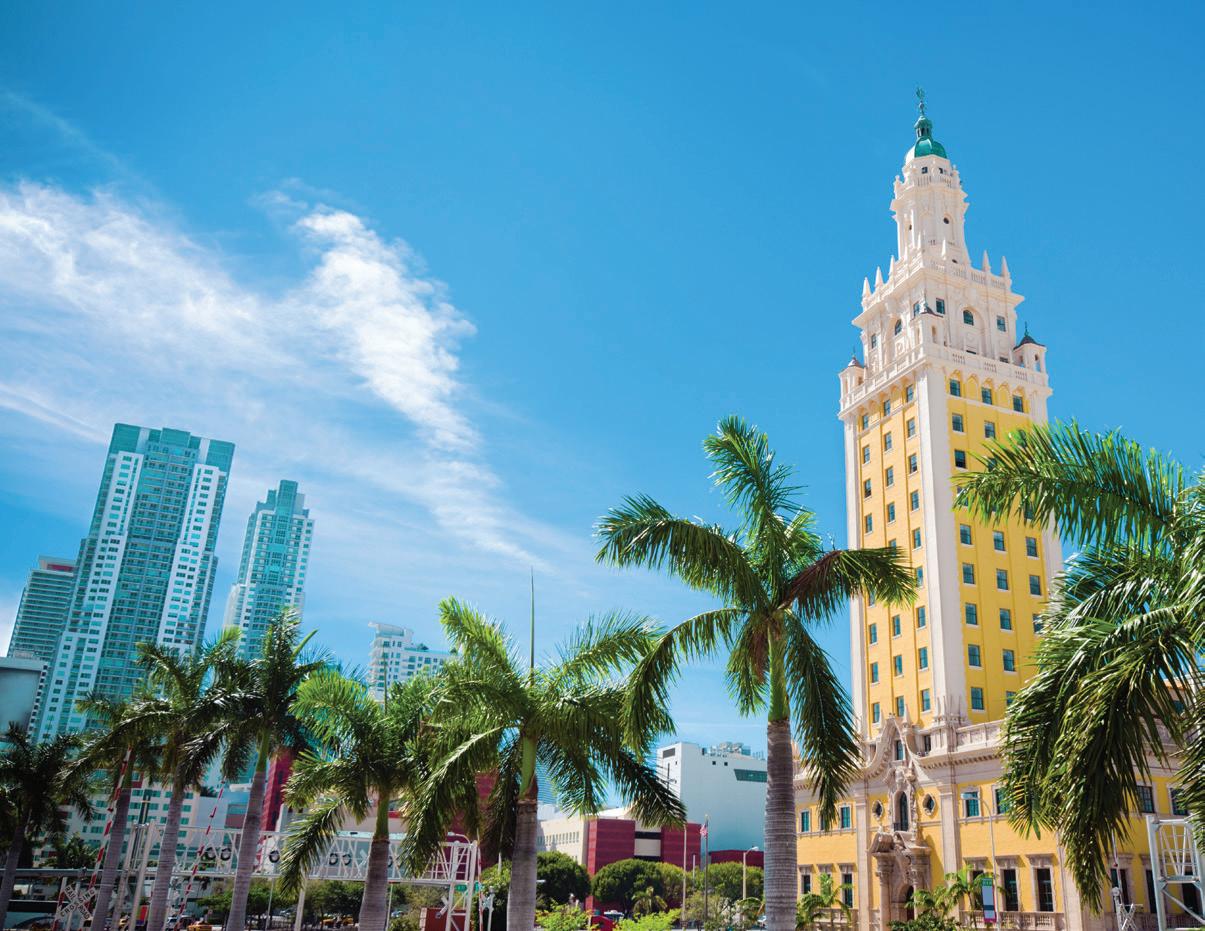
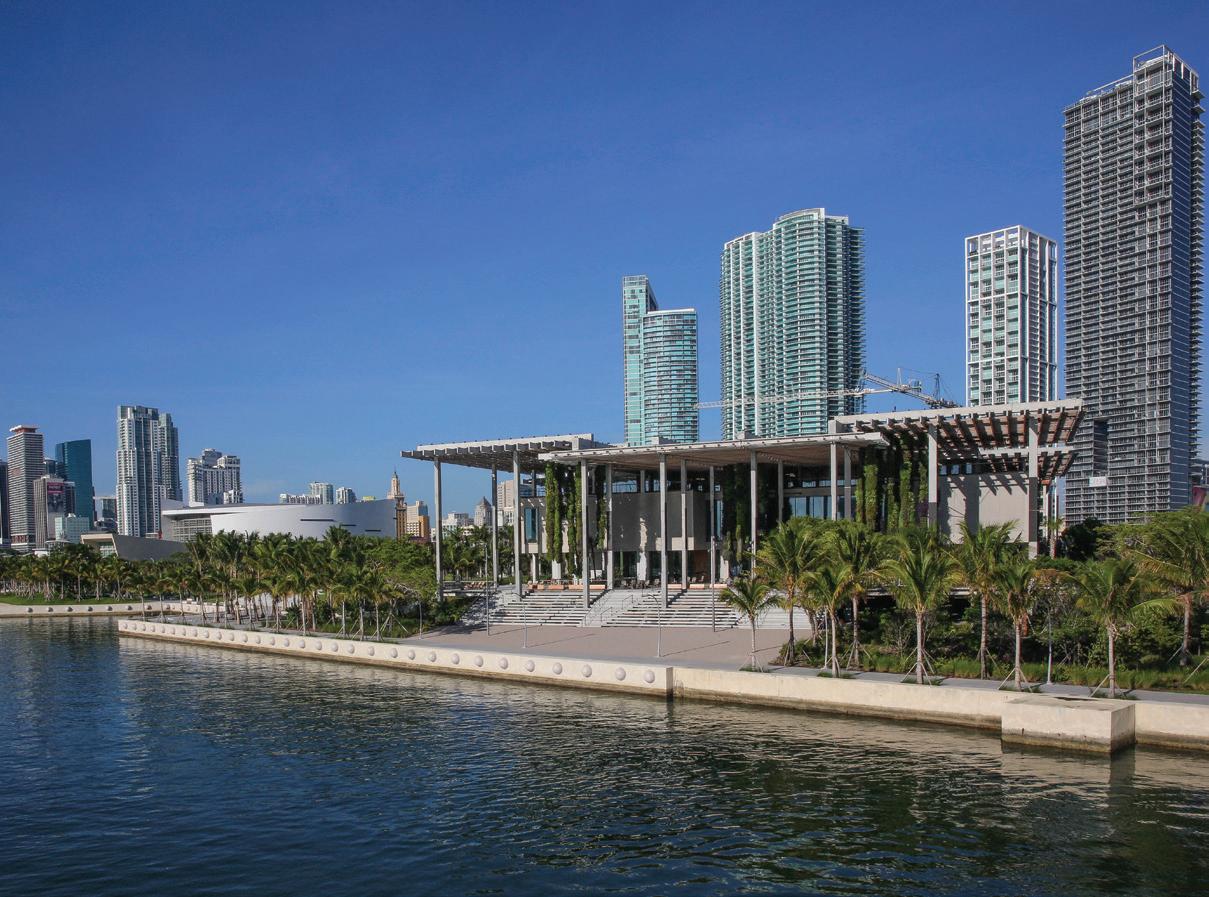
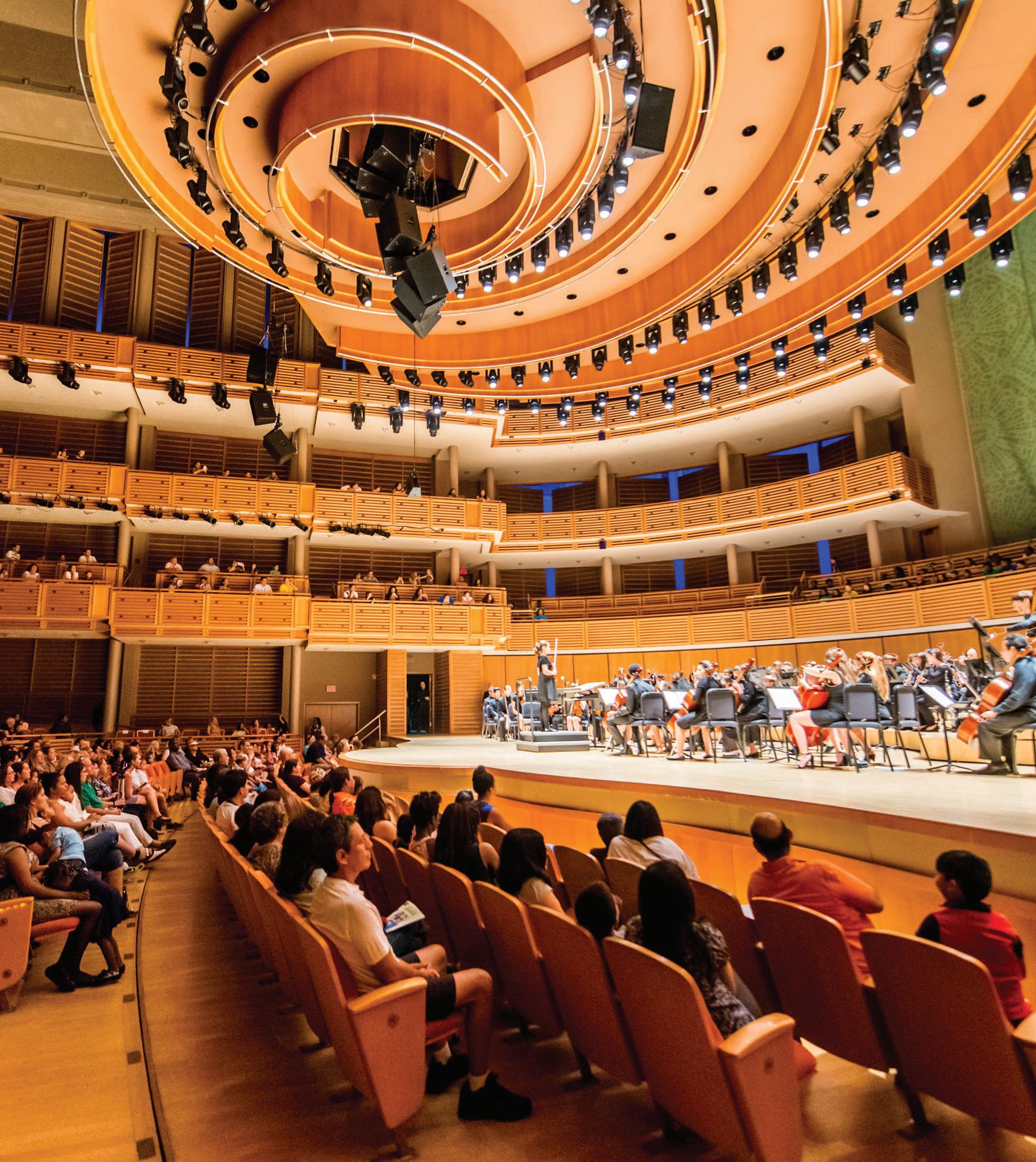
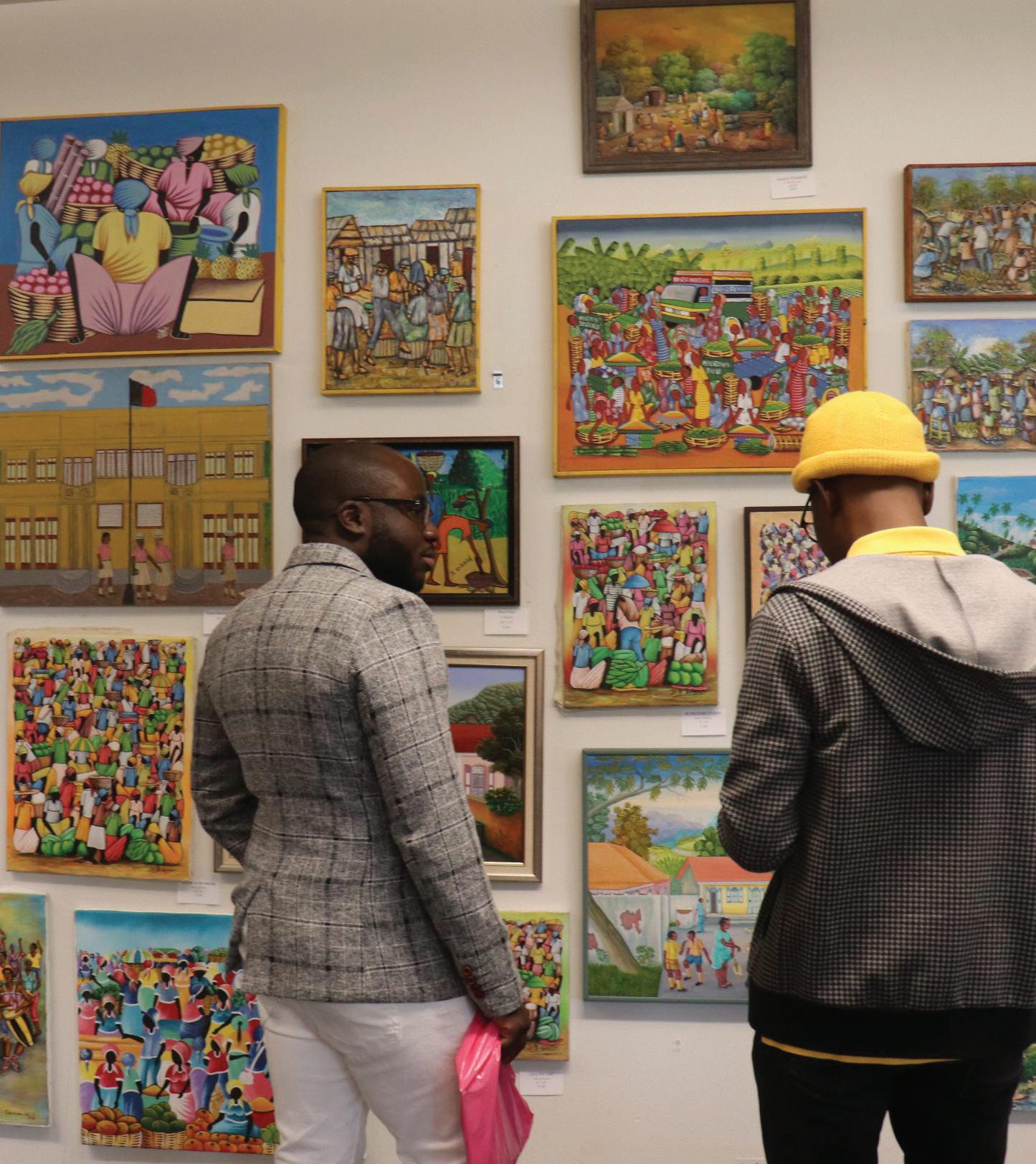
The Adrienne Arsht Center for the Performing Arts plays home to Broadway shows, ballet, concerts, dance, opera and more. With three performance spaces, the stunning venue anchors Downtown Miami’s cultural corridor. Some of gospel music’s biggest stars grace the Arsht Center’s stage in the Free Gospel Sundays concert series.
If you want to learn more about local history (going back 10,000 years), head to HistoryMiami Museum
This Smithsonian Affiliate institution celebrates Miami’s unique position at the crossroads of the Americas. The pre-European history of Miami was literally laid bare in 1998, when an archaeological site was found amid Brickell’s high-rises at the mouth of the Miami River. The Brickell Point site of the 38-foot Miami Circle is now a public park adjacent to the W Miami hotel. The limestone platform, listed as a National Historic Landmark in 2009, is thought to have been important to the Tequesta people who lived in the area before European contact.
Located near Downtown Miami, the American Museum of the Cuban Diaspora showcases Cuban-Americans’ contributions to the arts and humanities.
Kendall is an area with hotels, shopping, dining and entertainment to suit every taste. One of Kendall’s landmarks is Dadeland Mall, Miami’s original and iconic shopping center. Wings Over Miami Air Museum honors veterans and aviators who pioneered military and civilian aviation. This area is also home to the Miccosukee Golf & Country Club, which is owned and operated by the Miccosukee Tribe of Indians and has hosted many professional golf events.
Creativity flourishes in the Miami Design District. This shopping and arts area is a treasure trove of luxury fashion boutiques, edgy art galleries, engaging public art and trendy restaurants. The Institute of Contemporary Art, Miami (ICA), where admission is always free, showcases cutting-edge art by local, emerging and under-recognized artists. Set aside some time to visit the Haitian Heritage Museum, which highlights and preserves Haiti’s rich cultural heritage through art, historical artifacts, music, film and literary works. Designed as a mecca for those both inside and outside the Haitian diaspora, the museum is a hub for educational and community programming.
The meticulously planned city of Miami Lakes is a tranquil suburban neighborhood. As the name suggests, this area is full of lakes – 23 to be exact, giving many homes lakefront views. Enjoy fine dining and shopping on Main Street in the quaint ambience created by old-fashioned lamps, colorful, striped awnings and brick sidewalks. The Main Street Playhouse is set right in the city center.
Aviation pioneer, inventor and land developer Glenn H. Curtiss founded Miami Springs in 1926. It has a wonderful small-town flavor. Miami Springs was built as one of the first planned communities in Florida. Homes and buildings were constructed in a style of architecture called Pueblo Revival. The restored Curtiss Mansion is one of the city’s most revered representations of this architectural style. The mansion is an important landmark as well as a popular event venue.
To learn more about Curtiss, the development of Miami Springs and the community’s important role in aviation history, head to the Miami Springs Historical Society and Museum
North Miami Beach is home to the oldest building in the Western Hemisphere: a 12th-century Spanish monastery originally built in Segovia, Spain, and brought here by publishing magnate William Randolph Hearst. It was then reassembled stone by stone, renamed the Ancient Spanish Monastery and opened to the public as a tourist attraction. At the entrance to the property, there’s a museum with historic Spanish artifacts.
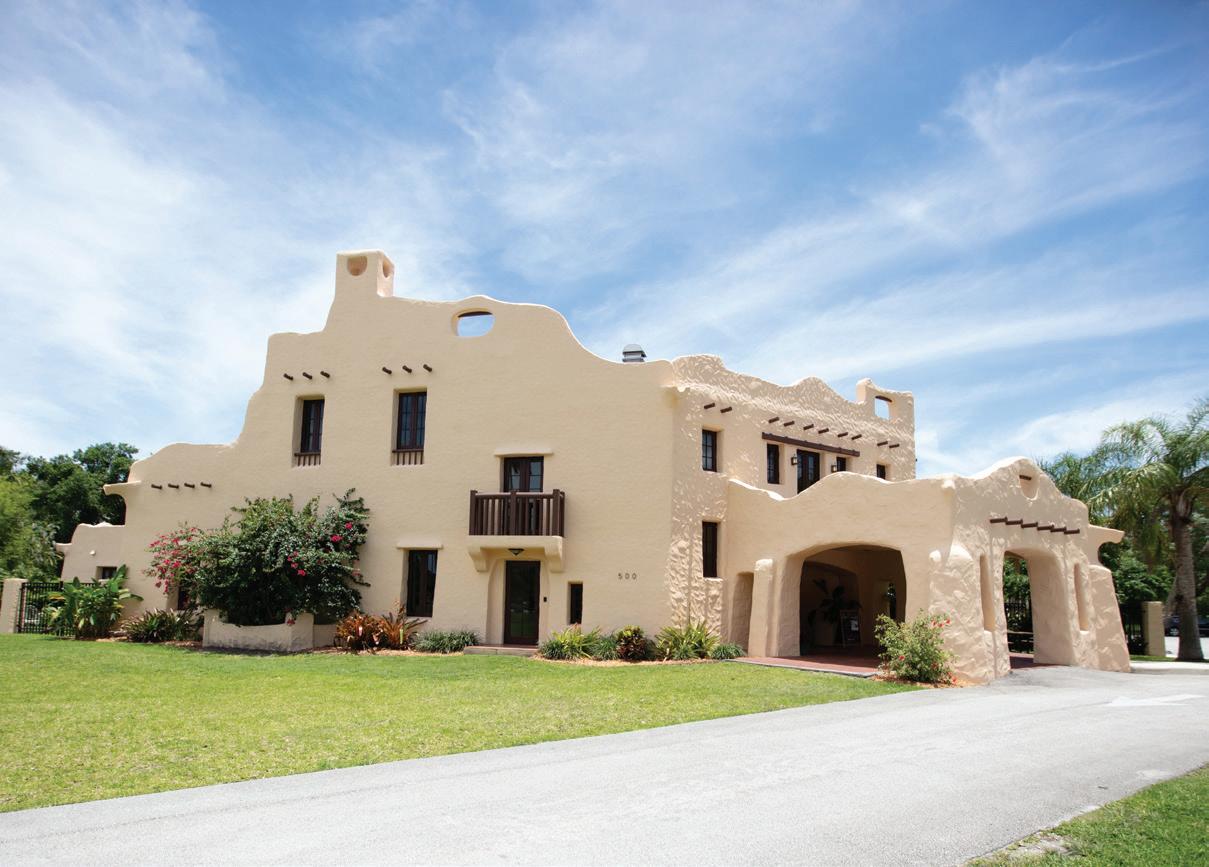
Nature lovers can venture to Oleta River State Park, where Miami’s glittering high-rises give way to a peaceful world of tidal mangroves and wading birds in this protected river estuary. Arch Creek Park & Nature Center captures a fascinating aspect of Miami’s Native American history. The area was the native habitat of Tequesta Indians. A bridge played a vital role in the tribe’s ability to maneuver across the creek in the 19th century. A replica gives visitors a window into the past.
South Miami, often called “The City of Pleasant Living,” offers a vibrant blend of cultural, recreational and touristfriendly events. Known for its charming downtown area, South Miami hosts a variety of activities that attract visitors, such as the annual South Miami Art Festival, where artists display their work in an outdoor setting accompanied by live music and gourmet food. The city is also known for its farmers market, annual July 4th fireworks event and Second Saturdays night market. Stop by Old Lisbon Restaurant on Sunset Drive for delicious Portuguese cuisine. With its close proximity to iconic attractions and numerous events at the nearby University of Miami, South Miami provides a rich tapestry of experiences.
Sweetwater got its start in a rather unique way – by a troupe of Russian-born circus performers. The troupe arrived in the U.S. in the 1930s and traveled with different circuses across the country. After a performance in Miami, they purchased a 100-acre plot and made it their home. Sweetwater has evolved into a small city where about 95% of the population is Hispanic, with a large Nicaraguan community. It is home to several excellent Nicaraguan restaurants and steakhouses. Shopaholics can find plenty of deals at Dolphin Mall.
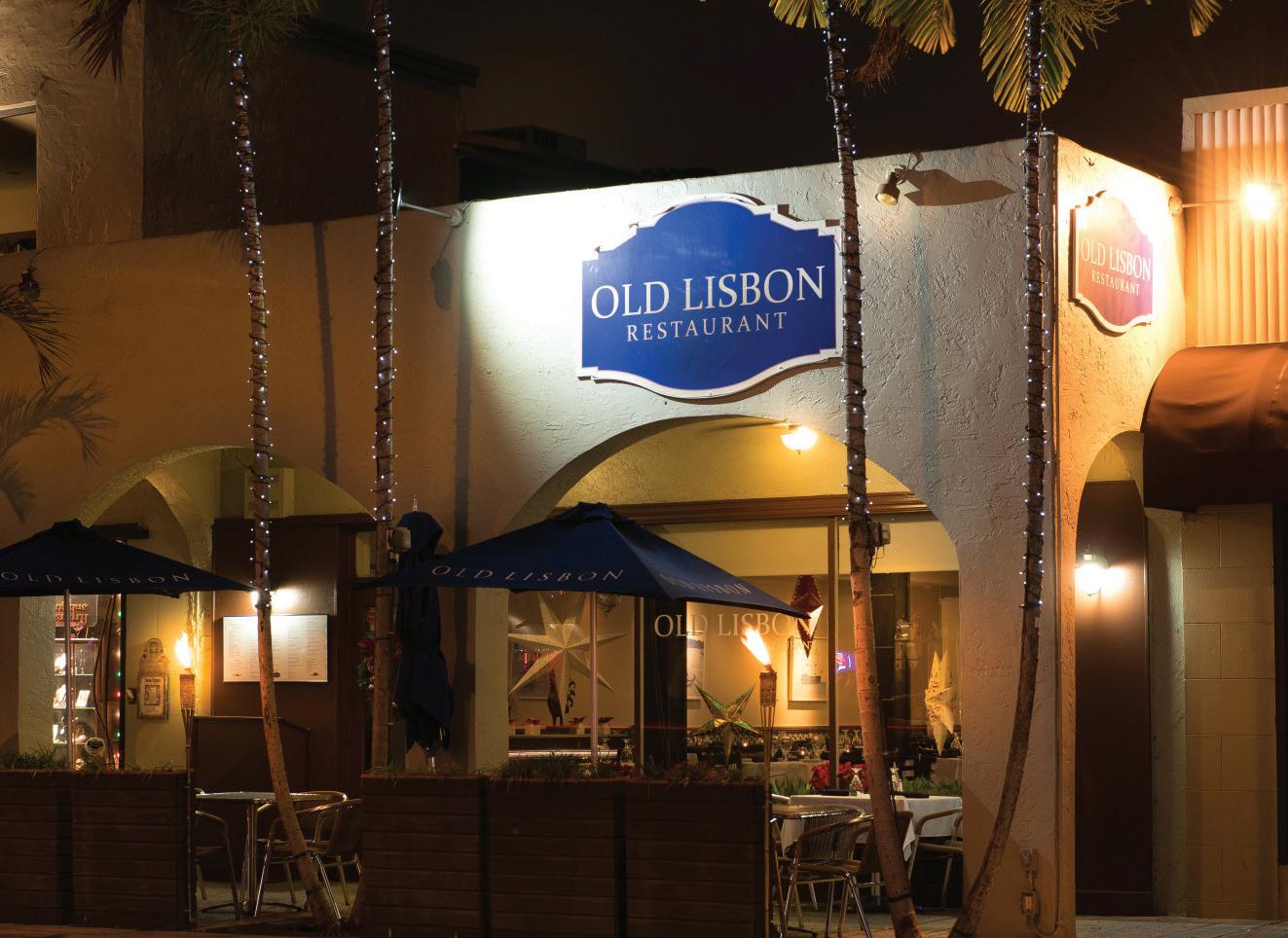
Surfside is a tight-knit town spanning just one square mile, nestled between Miami Beach and Bal Harbour. Surfside is a bastion of Jewish culture in Miami. Grab a stool at the counter at Josh’s Deli for an updated take on traditional Jewish delicatessen fare. Kosh is a classic kosher steakhouse with a twist: along with traditional steakhouse offerings, it also has tapas and an extensive sushi menu. With its white, sandy beaches offering plenty of space to spread out, Surfside is a favorite destination for families looking for a relaxing day in the sun.
The Upper East Side encompasses several architecturally unique areas. Listed on the National Register of Historic Places, the residential Morningside neighborhood is a virtual who’s who of early architects who designed its beautiful homes mainly in Mediterranean Revival style. Short for “Miami Modern,” the MiMo style of architecture thrived after World War II and became part of Miami’s architectural boom. Forgotten architectural gems are being restored to their former glory in the MiMo Biscayne Boulevard Historic District, between 50th and 77th streets on Biscayne Boulevard. The Little River area has become a hip neighborhood full of innovative bars and restaurants. In El Portal, skateboarding meets food, music and entertainment at the Skatebird Miami complex. A bit farther north, the residential village of Miami Shores was developed in the 1920s. Bayfront vistas, quaint churches and wide, tree-lined streets are all part of its small-town charm.
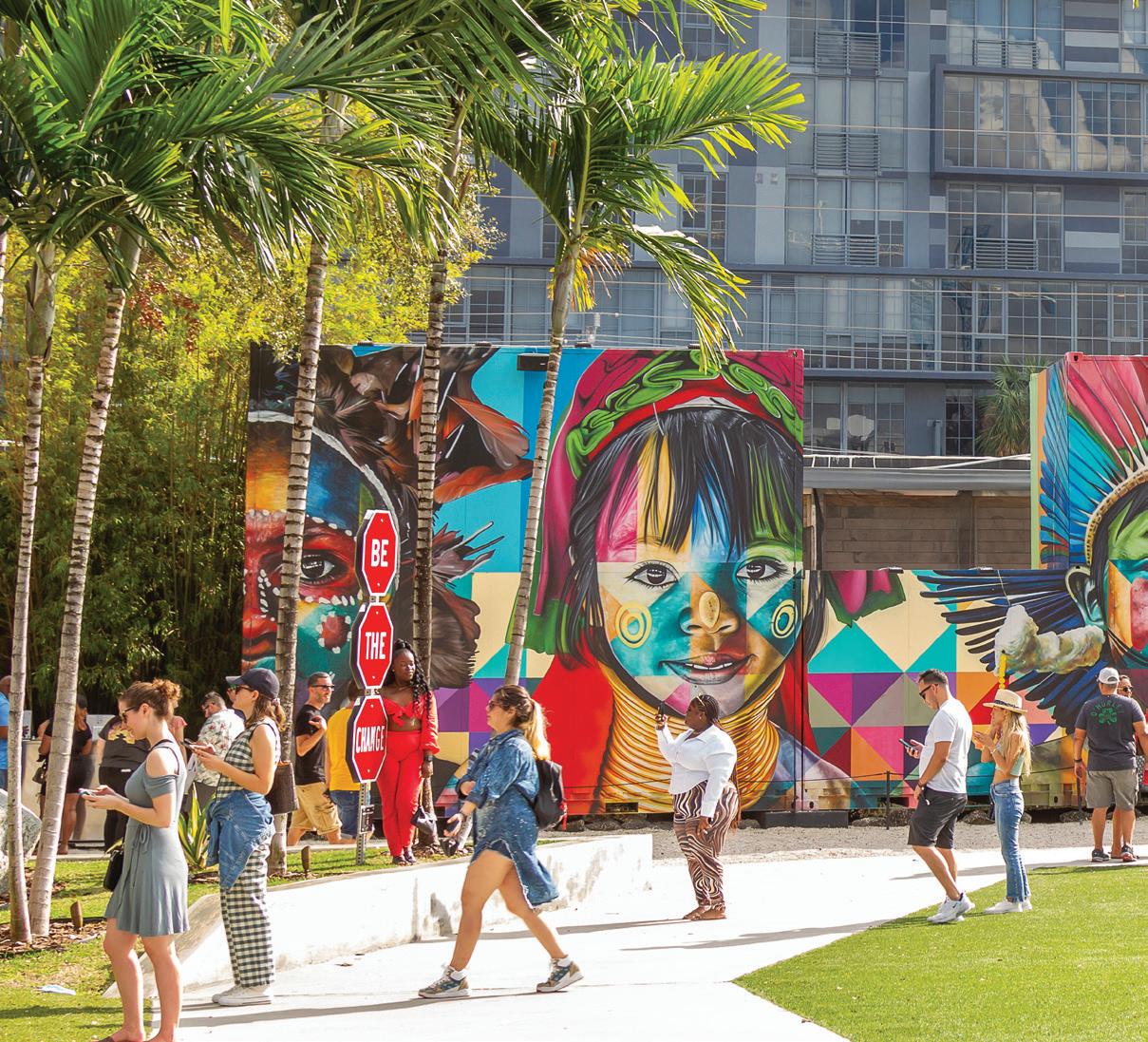
Culinary options, arts and culture, and recreational and outdoor activities abound in Westchester. You’ll find an array of restaurants offering Latin American cuisines, including Cuban, Colombian, Chilean and more. Florida International University is home to the Patricia & Phillip Frost Art Museum, set in a state-of-the-art building. Admission is always free at this AAM-accredited museum and Smithsonian affiliate. Tropical Park is a 275-acre oasis that’s home to the Muhammad Ali Boxing Center and the Westchester Cultural Arts Center
Originally known as Little San Juan because it was home to many Puerto Rican residents, this neighborhood is now famed for the Wynwood Walls, an enormous collection of outdoor murals created by artists from around the world. Wynwood is also home to dozens of art galleries, museums and art collections, including the Bakehouse Art Complex, an artists’ collective housed in a former bakery warehouse. With Wynwood’s ever-evolving murals and street art, it’s no surprise that the Museum of Graffiti, a museum that presents the colorful history of the global graffiti art movement, calls the artsy neighborhood home. Wynwood is home to many restaurants offering cuisine from all over the world. A highlight is Dukunoo Jamaican Kitchen, which features traditional Jamaican dishes prepared with a twist.
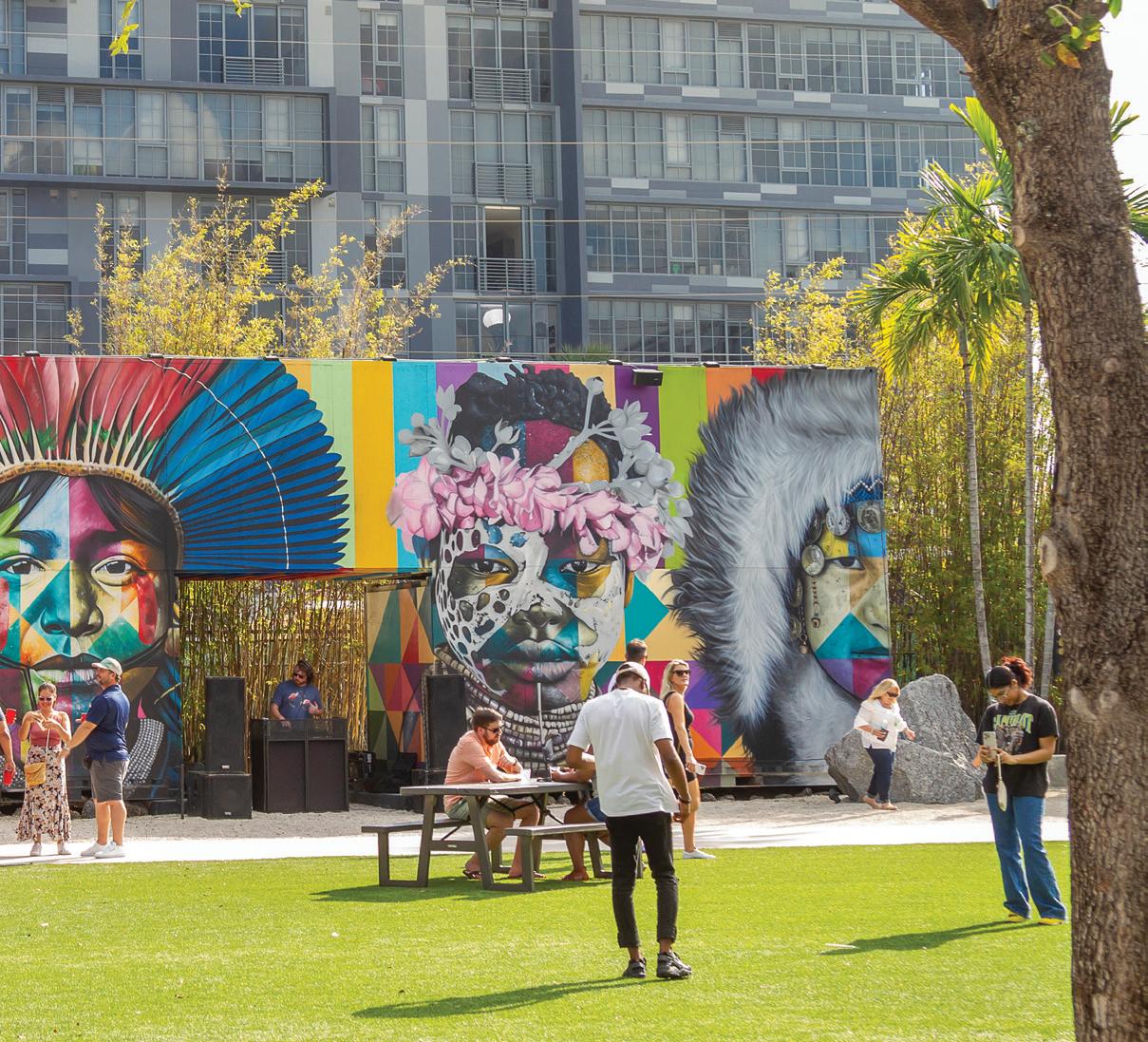

Clear
Estiatorio Milos • estiatoriomilos.com
Faena District • faena.com
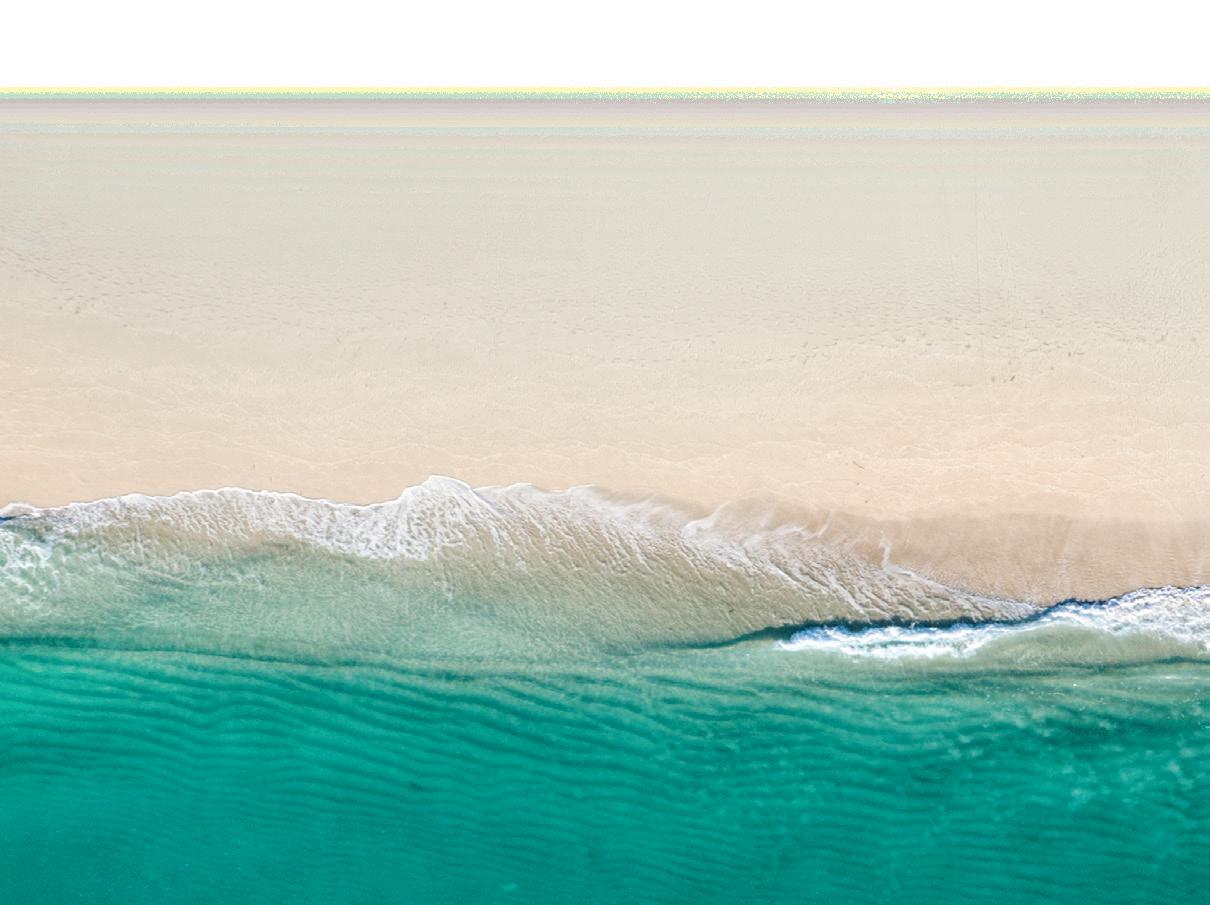

Miami Design District • miamidesigndistrict.net
Miami Herald Media Co. / El Nuevo Herald • miamiherald.com
Miami International Airport • miami-airport.com
Miami Marlins • mlb.com/marlins
Miami New Times • miaminewtimes.com
The Miami-Dade Beacon Council • beaconcouncil.com
Miami’s Community Newspapers • communitynewspapers.com
Miccosukee Tribe of Indians of Florida • miccosukee.com
MSC Cruises • msccruisesusa.com
Norwegian Cruise Line • ncl.com
Oceania Cruises, Inc. • oceaniacruises.com
OpenTable • opentable.com
Outfront Media • outfrontmedia.com
Phillip and Patricia Frost Museum of Science • frostscience.org
PortMiami • miamidade.gov/portmiami
RBB Communications • rbbcommunications.com
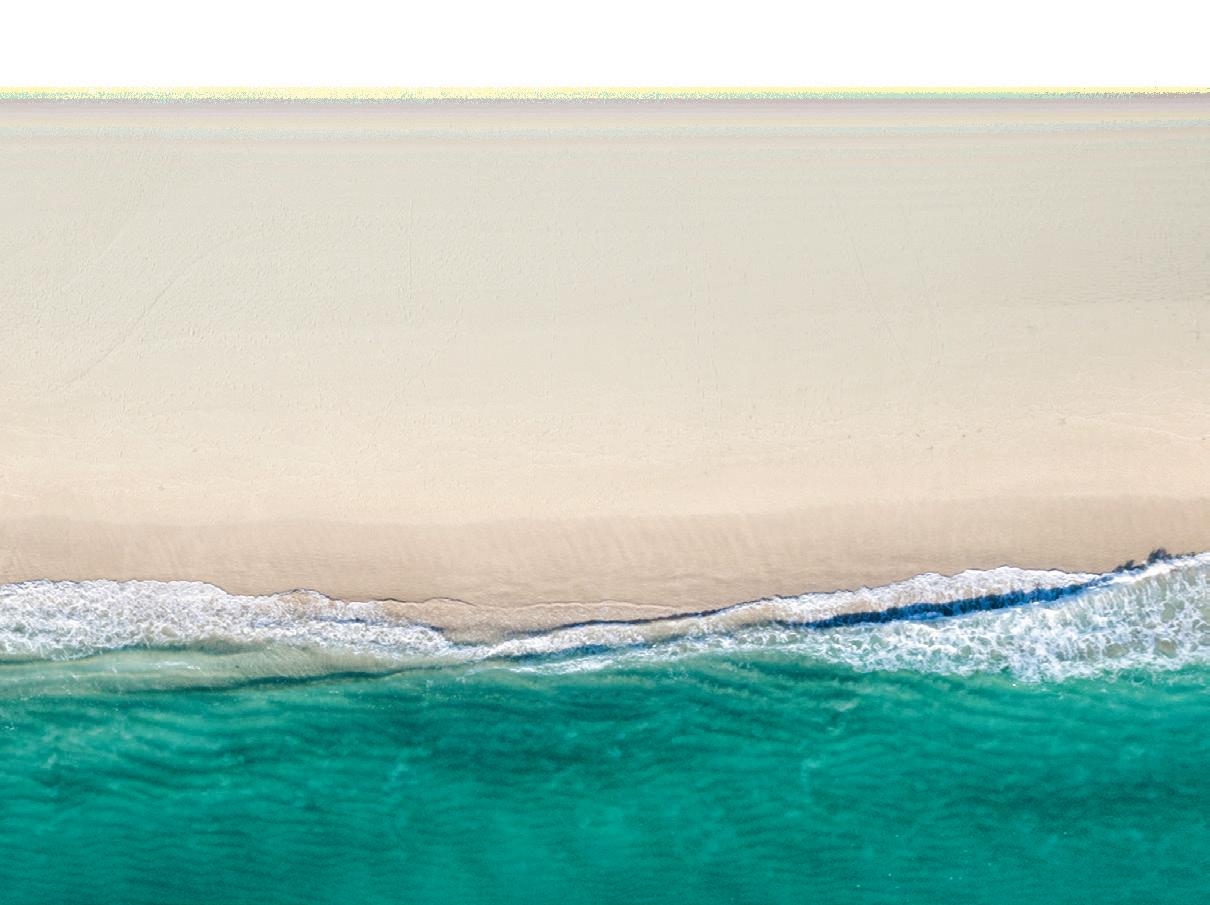
Regent Seven Seas Cruises • rssc.com
Royal Caribbean Group • royalcaribbean.com
RSMUS • rsmus.com
Vida & Estilo Hospitality Group • vehospitality.com
Virgin Voyages • virginvoyages.com VMLY&R • vmlyr.com


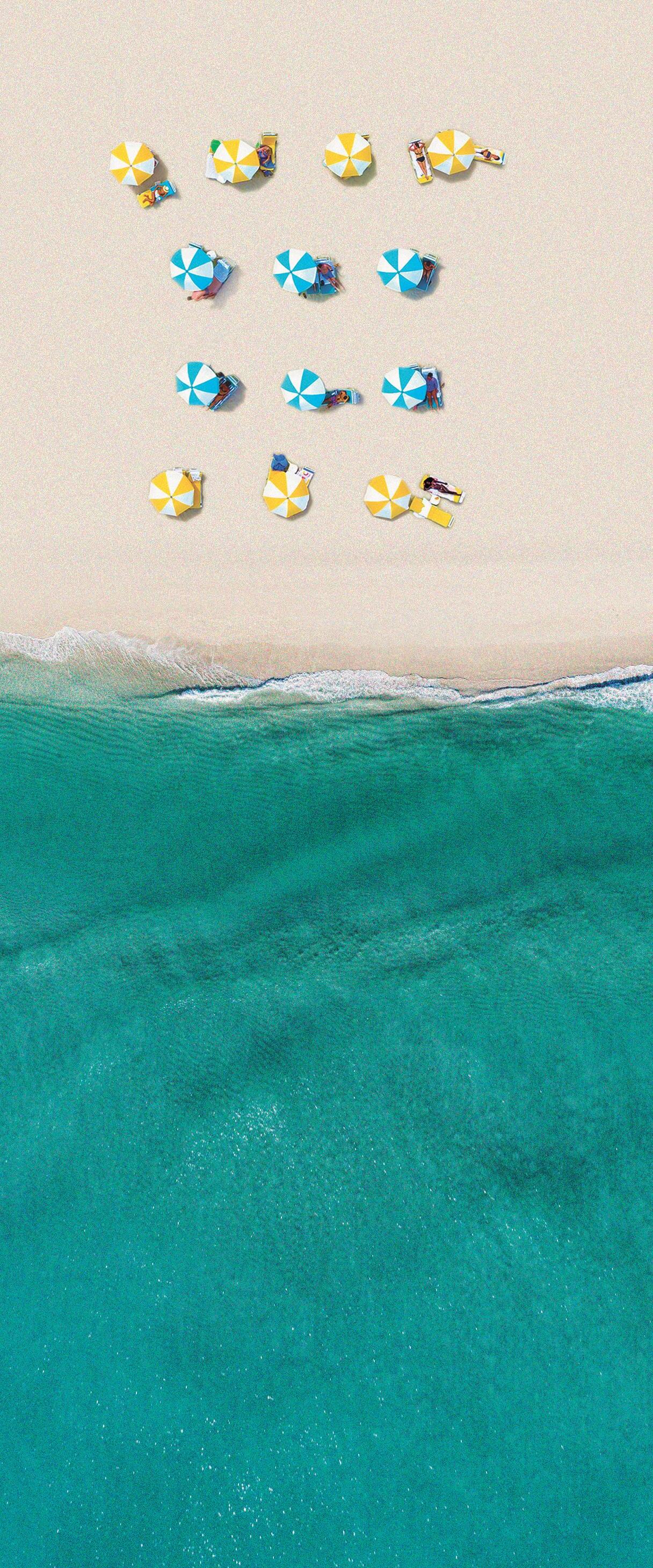
2100 NW 42nd Ave., Miami, FL 33142
305-876-7000
miami-airport.com
More international passengers fly into MIA than any other U.S. airport.
There are several economic methods of public transportation available throughout Greater Miami & Miami Beach. Metrorail is a 25-mile elevated rail system that serves Downtown Miami and extends west to Miami International Airport and Hialeah, and south to Kendall, with stops approximately every mile. Metromover features individual motorized cars that run atop a 4.4-mile elevated track looping around Downtown Miami and to the Brickell and Omni business districts. It is free to ride. Metrobus offers dozens of routes on its Better Bus Network. Visit miamidade.gov/transit and download the GO Miami-Dade Transit Tracker app or call 305-891-3131 to learn more about public transportation.
Tri-Rail is a commuter rail system with 18 stations throughout Miami-Dade, Broward and Palm Beach counties, including service to Miami International Airport and a new connection in Downtown Miami. For more information, visit tri-rail.com or call 800-874-7245
Metrorail’s Orange Line service provides millions of residents and visitors a reliable and seamless Metrorail connection to and from Miami International Airport’s MIA Mover, which takes riders directly into the airport. Visit miamidade.gov/transit or call 305-891-3131 for more information.
Brightline offers express train service between Downtown Miami, Aventura, Fort Lauderdale, Boca Raton, West Palm Beach and Orlando. It also offers fixed-route shuttles and Hard Rock Stadium Connect shuttle service between the Aventura station and Hard Rock Stadium before and after select events. Visit gobrightline.com for details.
Free trolleys operate in Coconut Grove, Coral Gables, Homestead, Doral, Wynwood, the City of Miami and Miami Beach. A free trolley also shuttles visitors back and forth from downtown Homestead to Everglades and Biscayne national parks every weekend in winter and early spring.
Freebee offers free rides on a fleet of electric vehicles in various neighborhoods throughout Greater Miami & Miami Beach. Visit ridefreebee.com and download the app.
Miami International Airport (MIA) passengers and Miami rental car customers have a convenient, one-stop shop for all their rental car needs. The MIA Rental Car Center, just east of MIA, consolidates the operations of rental car companies currently serving the area surrounding MIA. Visit miami-airport.com for more information.
Florida’s Turnpike and portions of some highways in Miami are toll roads. Tolls are automated and there is no need to stop at a toll booth. If you are renting a car, ask your car rental agency about options for paying tolls. Some rental cars are equipped with a SunPass, PlatePass® or Pass24® to pay tolls electronically. If your car does not have one of these devices, you can use Toll-By-Plate. Just drive through and the tolls will be added to your bill. An administrative fee will be added.
Visitors can use the Florida Department of Transportation’s (FDOT) 511 Traveler Information System to access information about crashes, congestion, construction and more. Call 511 or visit FL511.com for 24/7 live traffic information.
For information about taxi rates, call 305-375-3677 or visit miami-airport.com/taxicabs-shuttles.asp.
This bike sharing and rental program provides access to nearly 2,000 Citi Bikes at 160+ convenient locations. Service is available 24 hours a day. Visit citibikemiami.com or download the Citi Bike Miami app to find available bikes and stations.
Greater Miami & Miami Beach is spread over 2,431 square miles (6,296 square kilometers) of land and water at the southeastern tip of the Florida peninsula. The Intracoastal Waterway separates the Miami mainland and Miami Beach, located on the Atlantic Ocean. More than 2.7 million people reside here.
Annual average temperature (high/low): 83/69 (Fahrenheit), 28/21 (Celsius)
Dial 911 to get help quickly in an emergency situation. Dial 311 for Miami-Dade County information. Dial *347 for roadside assistance.
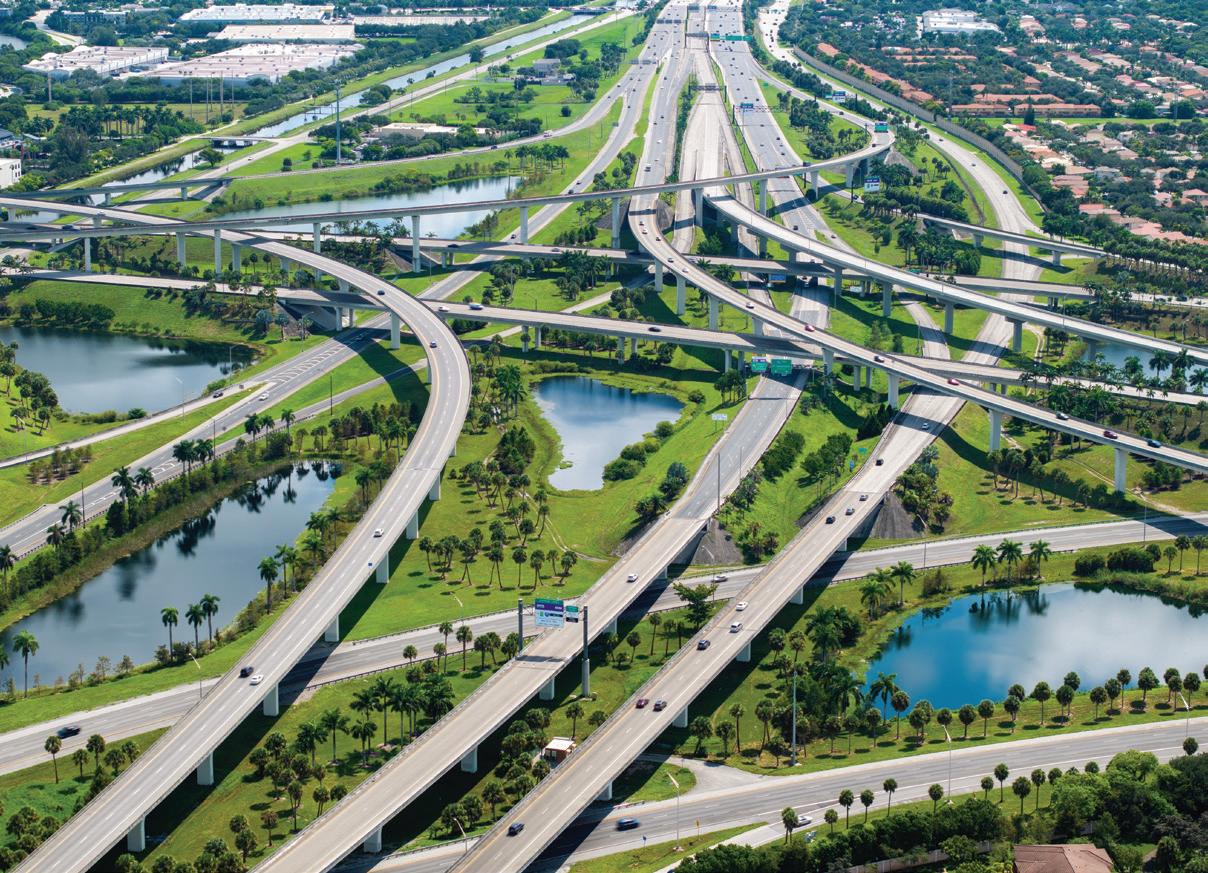

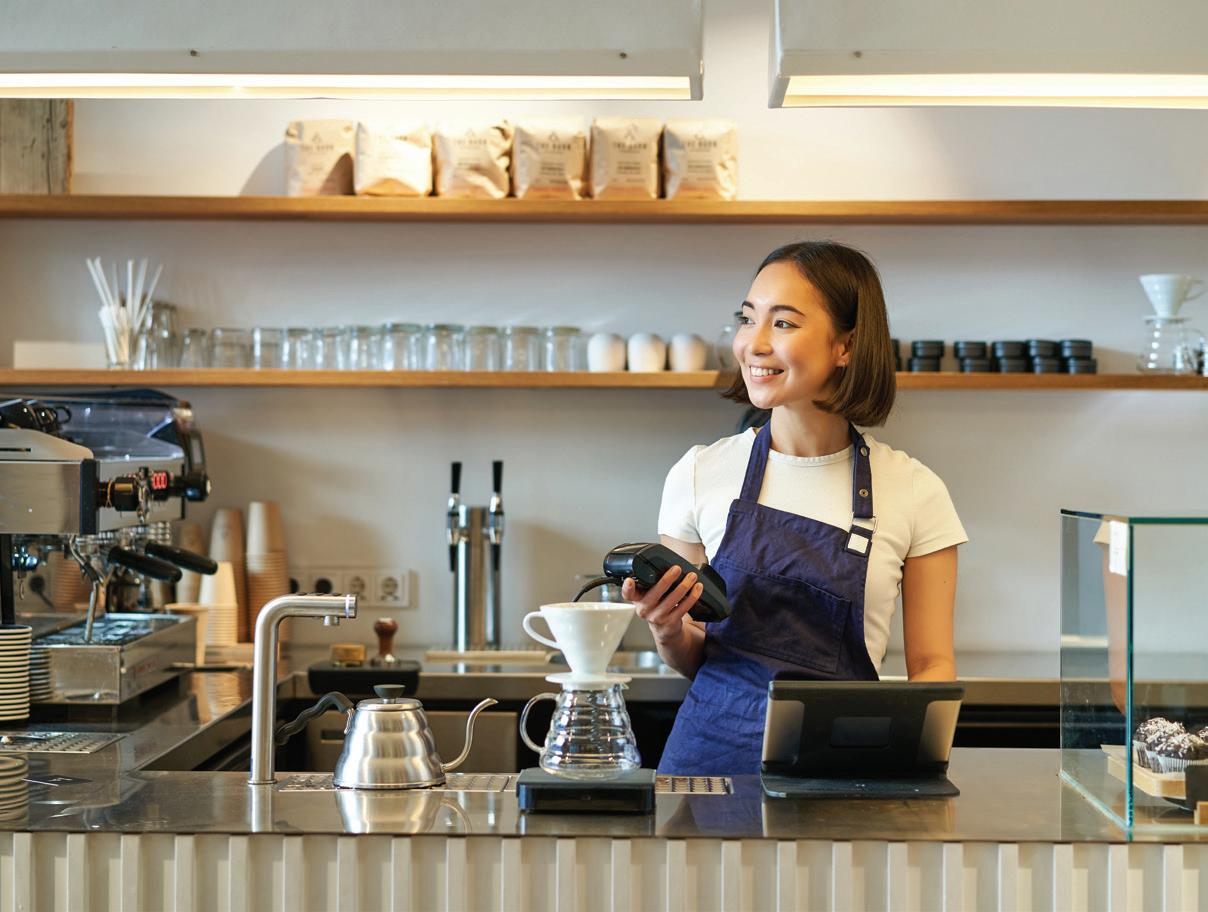
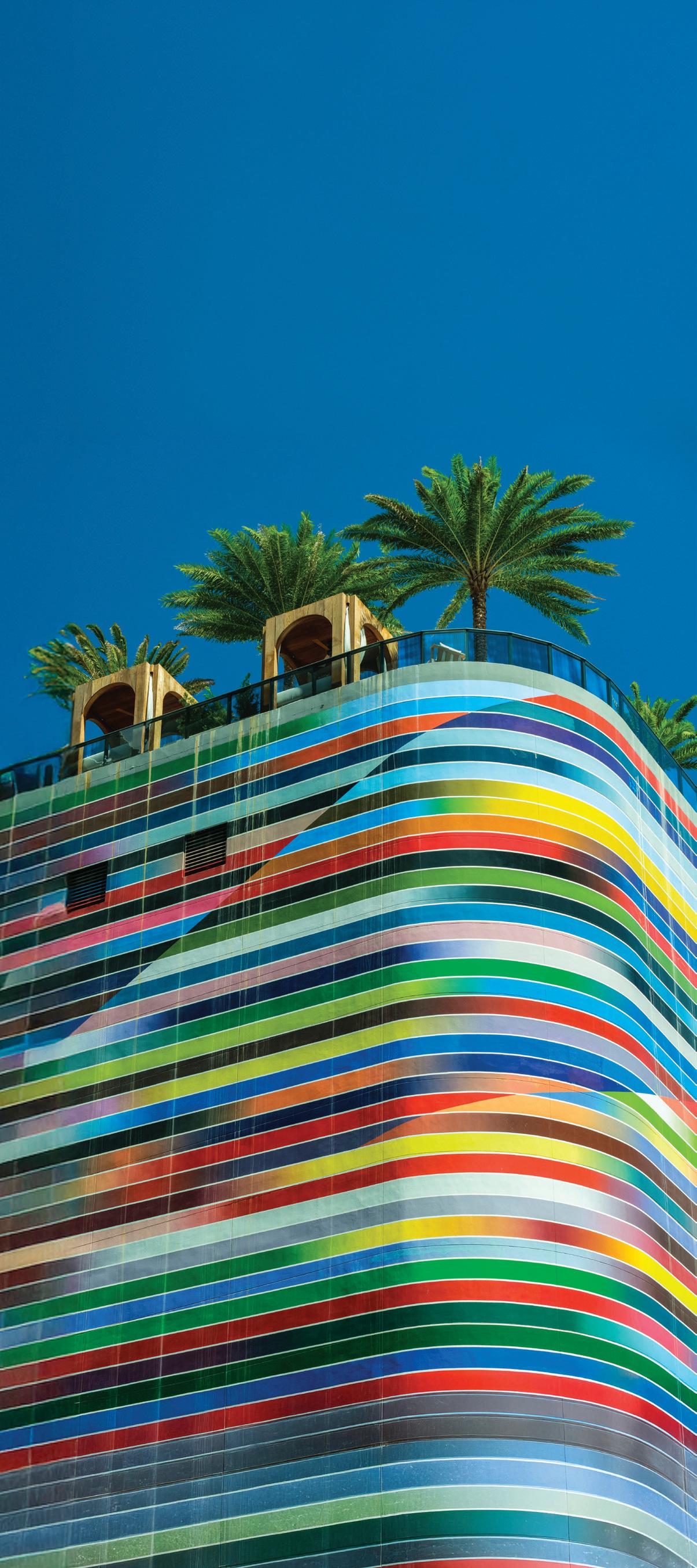
Customarily, gratuities of 18 to 20 percent are paid to hospitality industry personnel who render personal services. You may find a restaurant has already added the gratuity to the bill.
Sales tax in Miami-Dade County is 7 percent. Hotel taxes (including sales tax) range from 11 to 14 percent, depending on the location of the property.
Texting while driving is prohibited. U.S. law stipulates driving on the right side of the road and passing on the left. Right turns after a full stop are permitted at red lights unless otherwise indicated. Everyone riding in an automobile is required to wear a seat belt. Children under five must be fastened securely in government-approved car seats.
Division of Driver Licenses: 305-229-6333. The state of Florida recognizes valid U.S. driver licenses, international driver licenses and valid licenses issued in other countries.
Parking in Greater Miami & Miami Beach is simple and affordable. Hourly parking options in the City of Miami, the City of Miami Beach, Bal Harbour, Bay Harbor Islands, Coral Gables, North Bay Village, Sunny Isles Beach and Surfside, as well as Miami-Dade County Parks, Dadeland and Florida International University, can be found and paid for using the PayByPhone app (paybyphone.com)
In addition to the PayByPhone app, parking in City of Miami and City of Miami Beach garages and parking lots can be reserved and paid for using the ParkMobile app (parkmobile.io). For day-to-day needs, you can pay for on-street parking or reserve a space in a garage ahead of time. For concerts or sporting events, you can easily book your spot before heading out.
Special event, overnight, long-term and cruise parking can be reserved and paid for on the Miami Parking Authority website: miamiparking.com/vacation-parking/
There are also a variety of privately operated garages and parking lots in the area with varying rates and options.
The legal drinking age is 21. Smoking and vaping are prohibited inside restaurants. Cigarette smoking and other tobacco products are banned at all Miami Beach municipal parks and beaches.
Tobias Rehberger / @studio_tobias_rehberger / “obstinate lighthouse”
